|
THEME: Me/Myself Dear Parents! Greetings As we embark on the journey of education, let us remember that every child holds the key to infinite possibilities.” - Oprah Winfrey In EYP 2, the younglings were warmly embraced as they began their educational journey filled with excitement and endless opportunities. Whether returning or new, we were thrilled to welcome them into our vibrant community. Throughout Awesome April and Miraculous May, children delved into new subjects, forged friendships, and joyfully participated in enriching activities, fostering their growth and development. During this time, they crafted welcome cards and had fun at the school photo booth. They confidently introduced themselves, learned about different body parts and their functions, explored the five senses, discovered various types of families, and distinguished between healthy and junk food. These lessons were interwoven with beloved stories like Goldilocks and the Three Bears, Jack and the Beanstalk, and Satya, Watch Out! By connecting concepts with story characters, children grasped the material more easily, eagerly participating in short quizzes to reinforce their understanding. Naturalistic intelligence Children have gained an understanding of various aspects of Good health and well-being, including the significance of healthy habits like proper nutrition, hydration, and regular exercise, as emphasized in the video. They have also learned about the importance of safeguarding their sense organs and maintaining a healthy diet, promoting overall physical and mental well-being. Through hands-on activities such as the Pepper & Soap Experiment, children experienced firsthand the importance of proper hand hygiene in preventing the spread of germs. Additionally, discussions on good and bad touch, coupled with the "My Safe Circle" craft activity, have empowered children to recognize and address uncomfortable situations, fostering a sense of safety and autonomy. Finally, children participated in a fireless cooking activity, learning creative ways to incorporate fruits into their diet, further reinforcing the importance of nutritious eating habits. Verbal Linguistic English Children in our care express themselves in myriad ways, each unique and beautiful. Engaging with them is a joy, as we listen, interact, and help shape their thoughts. They delighted us with rhymes like; “I am so happy” while learning pre-writing skills through standing, sleeping, slanting lines, and curves, integrated with the story of Goldilocks and the Three Bears. From 'a' to 'e', the children delighted in listening to engaging short stories and singing along to lively phonics songs. They eagerly absorbed vocabulary words, primarily drawn from the captivating tales of Jack and the Beanstalk and Goldilocks and the Three Bears. Additionally, they broadened their vocabulary by brainstorming words starting with corresponding initial sounds. Alongside crafting letters, tracing sand, and completing workbook exercises, they refined fine motor skills and strengthened their ability to recognize letters. Verbal Linguistic Hindi अप्रैल और मई के महीने में छात्रों को कुछ नए शब्दों का परिचय करवाया गया जैसे सुप्रभात, महोदया जी, तिथि। साथ ही साथ हिंदी की कविताएँ सिखाई गई जैसे आहा टमाटर बड़ा मज़ेदार, आलू कचालू बेटा, ऊपर पंखा चलता है, मम्मी की रोटी गोल गोल, लालजी ने केला खाया, मछली जल की रानी , लकड़ी की काठी। Logical-Mathematical Teaching our children about number recognition is important, as it helps them develop the fundamental skills of problem-solving ability, and critical, and logical thinking. During the months, children learned recognition of numbers 1, 2, 3, and 4. They were engaged in various multisensorial activities including audio-visual, rhymes, tracing activities, quantifying concrete objects available around them, counting their body parts, etc. They also explored a few Pre-number concepts such as Big and Small & heavy and light and & tall and short through concrete objects. All the learning was intertwined with the stories of the month. For instance, through the proportions of bowls, chairs, and beds within the tale of Goldilocks and the Three Bears, children grasped the concept of big and small. Furthermore, they vividly imagined disparities in height between characters like Jack and the giant, and even conjured mental images of the towering beanstalk, thus fostering comprehension of concepts related to height and comprehending the concept of tall and short. Children were familiarized with different shapes that they see around such as a circle, a square, a rectangle, and a triangle. These shapes were introduced with the help of real objects and games. The review of shapes seamlessly intertwined with the ongoing narrative of 'Satya Watch Out.' For example, to reinforce understanding of circles and triangles, the children collaborated to create a centipede craft using circular cut-outs and pasted triangular patterns on the snake featured in the story. Visual-Spatial Intelligence Visual-spatial learning involves perceiving and understanding visual information, often through images rather than words. During Baisakhi festivities, children created scarecrows from earbuds, learning about the spatial arrangement as they arranged the materials. Engaging in storytelling with Goldilocks and the Three Bears, children used crayons to explore colors, shapes, and spatial concepts. Inspired by the letter "C," young learners crafted caterpillars with paper and googly eyes, enhancing their spatial understanding as they arranged segments. For Mother's Day, children repurposed tissue rolls to create bracelets, showcasing their artistic skills and creativity. Additionally, they crafted paper eggs in a pan, practicing symmetry and arrangement while expressing their creativity. Water Play ‘Splash, splash everywhere puddles of water here and there.’ Water play is an inevitable part of the preschool curriculum as it helps in gross motor development, and eye-hand coordination and also helps in vocabulary development. The little ones in EYP 2 had a wonderful time during their water play in the summer months. Western Music Music may expose the child to challenges and multi-sensory experiences which enhance learning abilities and encourage cognitive development. In particular, music can also engage cognitive functions, such as planning, working memory, inhibition, and flexibility. Children enjoyed singing the song ‘I Like Me’ it seamlessly incorporated the theme of the month Me, Myself nurturing a sense of self-love and boosting their self-confidence. Children enjoyed singing the song 'I Love My Mommy' to express their love for their mother. Indian Music Music helps in activating neural pathways responsible for many skills in the child. It even boosts creativity and spatial intelligence. This month they were introduced to the concept of Sangeet 4 all. They took pleasure in singing the songs, ‘‘हम जंगल में गए’, ‘नटखट चूहा’. and also learned a Welcome song. They also learned to sing ‘सरगम ‘. Interpersonal Intelligence Birthday celebration: Show and Tell Birthdays are special occasions that every child eagerly anticipates, looking forward to a unique celebration. The theme for this particular birthday was 'Healthy and Junk Food'. The children demonstrated their oral skills through a Show and Tell activity, where they enthusiastically discussed the topic using various props. Moreover, the children also reinforced basic birthday party etiquette, emphasizing how to behave appropriately during the celebration. Montessori Montessori education emphasizes hands-on learning and individualized exploration, nurturing young learners' independence and curiosity. Through self-directed activities and multi-sensory experiences, children develop a deep understanding of concepts and a lifelong love for learning. Spooning Activity: Children learned practical life skills such as spooning, and developing concentration, patience, and independence through hands-on activities. By mimicking Goldilocks' actions, they engaged in a fun and interactive learning experience while refining their fine motor skills and understanding of spatial relationships. Sandpaper letter Children learned to recognize and trace the letter 'a' through the tactile experience of sandpaper cards, enhancing their hand-eye coordination and verbal-linguistic skills. By using muscular and visual memory, they developed the ability to identify the letter accurately, laying the foundation for early literacy skills. Geometric Cabinet Children learned about various geometric shapes and observed the differences between circles and squares by tracing them on the Geometric cabinet. They developed their stereognosis sense, muscle memory, and hand-eye coordination, which indirectly prepares them for handwriting. Additionally, by engaging a pincer grip to grasp the knobs, they strengthened their fine motor skills necessary for holding a pencil and writing. Sound Boxes The child learned to identify and match red and blue cylinders based on sound, improving auditory discrimination skills. Through hands-on practice, they also developed fine motor skills and concentration while engaging with the material. Drama Drama is essential for children's learning of empathy and self-control. Children learn to empathize as they view the world from other people’s perspectives including those of peers, adults, and people in stories.” This is critical in helping children understand the feelings of others in a variety of contexts and acting in ways that are compassionate in response. During April and May, the EYP 2 children explored and enacted various emotions. They were delighted to perform a range of body movements focused on "Me/Myself." Engaging in activities like jumping left and right, moving their bodies in and out, and raising and lowering their hands, they worked on enhancing their concentration. They enjoyed attempting pattern clapping and movements based on opposite action words such as in-out and up-down. Additionally, they had a great time playing the 'Fire in the Mountain' game. Dance Dancing is the rhythm of the soul expressed in movement, beauty, art, and creativity. Whether seen as an expression of joy or as an art form that little ones often understand, dancing has the power to bring people together. kids say it all by moving their feet to the rhythm. When you dance, your purpose is not to get to a certain place on the floor. It’s to enjoy each step along the way. During April and May, EYP 2 children attempted to learn dance steps on the song “I am better when I am dancing”. They enthusiastically practiced dance steps on a special song, “Hugs and Kisses” for Mother's Day. Bodily-Kinesthetic Intelligence Bodily-kinesthetic intelligence refers to the ability to control movement and handle physical objects. Children who exhibit this kind of intelligence learn best through hands-on activities and movement. Therefore, children must engage in such activities regularly to enhance their overall development. Bodily-kinesthetic activities have numerous benefits for children. Firstly, they improve gross motor skills, balance, and coordination. During April and May, children attempted various Activities- Children enjoyed racing with their friends to reach the specified point and tap the cone. They also managed the props as per the given instructions during a drill. Skating Skating provides both enjoyment and valuable exercise, enhancing a child’s balance and coordination. Despite the occasional wobble, their determination remains steadfast. Our young learners are mastering the art of balance on skates, ensuring their safety with helmets and pads. Storytelling Suncity embraces the theory of multiple intelligences, recognizing its role in developing diverse mental strengths and abilities in children. One effective method to foster these intelligences is through storytelling. Listening to stories equips children with essential lifelong skills while providing them with hours of fun and enjoyment. Storytelling, an ancient art, uses interactive words and tonal variations to reveal different elements of a tale, captivating listeners. This practice significantly contributes to a child's overall development by enhancing imagination and creatively promoting language learning. It not only stimulates curiosity but also helps children become familiar with sounds, words, and language, thereby developing literacy skills, particularly in their early years. To encourage literacy, the children listened to the story of ‘How Kind’, 'Mimi's Dream' and ‘The Selfish Crocodile’ and answered questions related to the stories posed by their educator. Clay Modelling Believe it or not, pottery can help improve toddler's motor skills, problem-solving abilities, and spatial awareness. The educator explained the basics of clay modeling. They created a smiley face to kick-start their pottery sessions in school. The students were delighted to see their creations. Children practiced making different things related to the vocabulary of the letters, like apple, balloon, duck, and eggplant with clay and play dough. Imaginarium It is to be believed that imagination is one of the greatest gifts. At Imaginarium, our goal is for children to immerse themselves in a safe and clean environment to engage in imaginative play and active play. A child’s ability to imagine is limitless and has no bounds. Our little sun citizens had fun playing with a variety of equipment at different learning stations such as the kitchen station, supermarket station, and Lego station during the visit to the imaginarium. They also explored sensory tables wherein they sorted pom poms as per their colour. Also, they enjoyed the supermarket station and performed pretend play buying healthy food in the imaginarium lab. Children were delighted in crafting a majestic castle and tower using a combination of large and small building blocks. EYP Playtime Play builds the foundation for a lifetime of learning. Free play makes learning fun, natural, and self-driven. With this aim in mind, children indulge in and rejuvenate themselves during free play. Events First day of school Puppet Show: Puppet shows are a delightful form of entertainment cherished by small kids. Watching colorful puppets come to life on stage ignites their imagination. It offered a magical experience for children, blending entertainment with valuable learning opportunities. Dance session: Children enthusiastically participated in the dance session. It helped in social interaction as kids danced together, forming bonds and learning to cooperate as a group. This activity not only enhanced physical fitness but also boosted confidence and self-esteem as children showcased their unique dance moves. Overall, dance sessions provided a dynamic and enjoyable way for kids to express themselves and connect with others. Project Upahaar Phase 1: Labour Day celebration Children celebrated Labor Day with great enthusiasm, generously gifting small treats like Chips, cookies, and juices to all the laborers, making them feel appreciated and valued on this special day. This gesture helped the children grasp the joy of giving and the importance of acknowledging hard work. Earth day assembly Earth Day pushes us towards achieving a greener economy. It aims to improve human well-being without putting an extra burden on the environment. In Suncity our little nurturers of EYP 3A showcased a wonderful assembly on Earth Day. They emphasized 'Make every day an Earth Day' by practicing sustainable actions in our daily lives. Children shared a few amazing facts about our mother Earth such as “Do you all know… Earth is not perfectly round”. They held everyone captive with their dance performance on, “Together we can change the world”. The aim was to encourage them to take small steps towards devising a better world because the very existence of life on this planet depends on the efforts made by us to protect it. Session on Safe/Unsafe Touch A thought-provoking session on the distinction between safe and unsafe touch was conducted. Children were educated on the concepts of positive and negative touch through engaging activities and discussions by the expert. Manner Development Visit Basic manners and etiquette in children show that they have been raised and taught well. Kids learn from their parents and teachers they imitate us. Therefore, it is important to be on your best behavior in front of kids so that they can watch and learn. Instilling good manners from an early age is very important to make your child an overall pleasant, polite, and kind person. Teaching manners isn’t rocket science, but your toddler needs to learn more than just “please” and “thank you”. In May, our little sun citizens visited Haldiram’s. It is a fine-dining restaurant. Children got the opportunity to learn social and table etiquette. The children had fun while learning and the whole trip was enjoyable and memorable. Top of Form Session on Dental Hygiene EYP held an engaging dental hygiene session. The children learned the correct way to brush their teeth through a hands-on demonstration. They also enjoyed the story "The Lion Who Wouldn't Brush His Teeth," which taught the importance of dental care in a fun and relatable manner. To encourage good habits at home, each child received a small tube of toothpaste to take with them. The session was both informative and enjoyable, sparking enthusiasm for dental health.
0 Comments
THEME -Tiger |
Teachers EYP 2 - A Archives
February 2024
Categories |

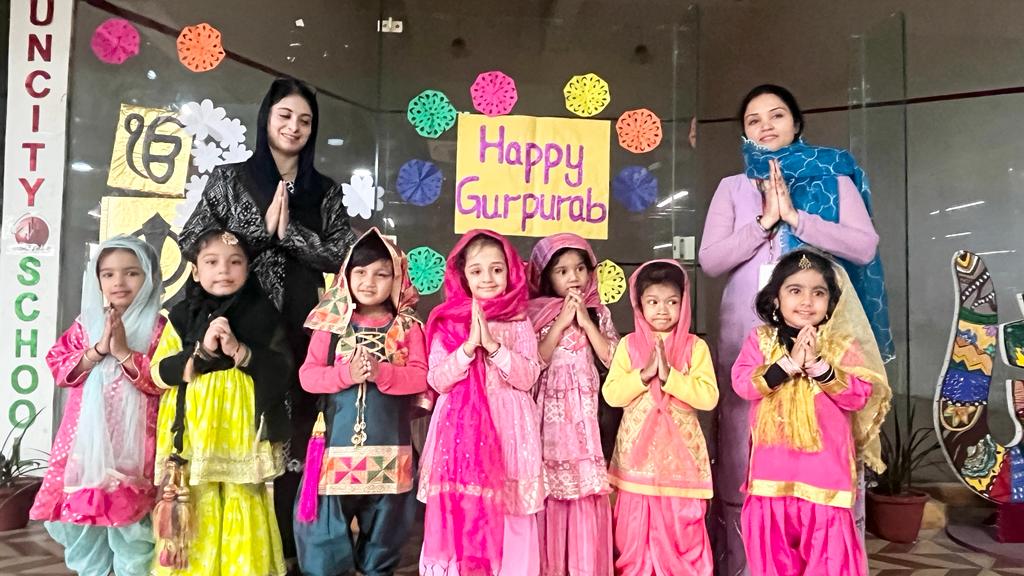
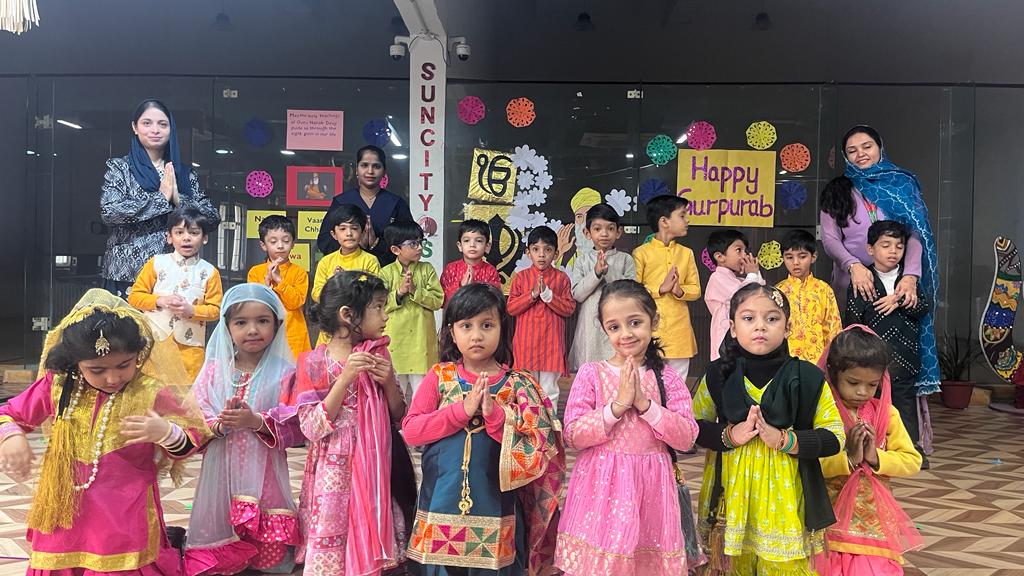
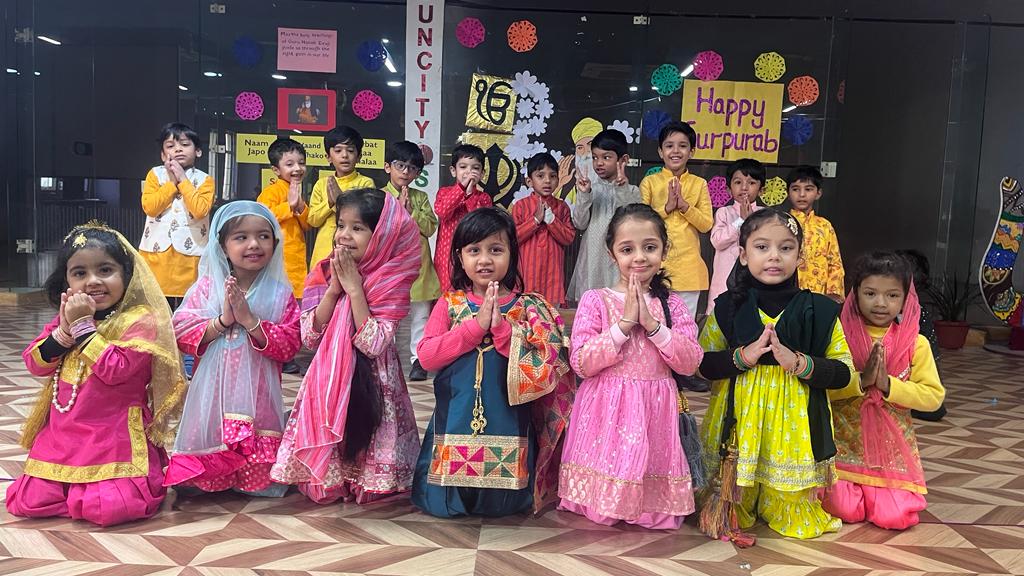
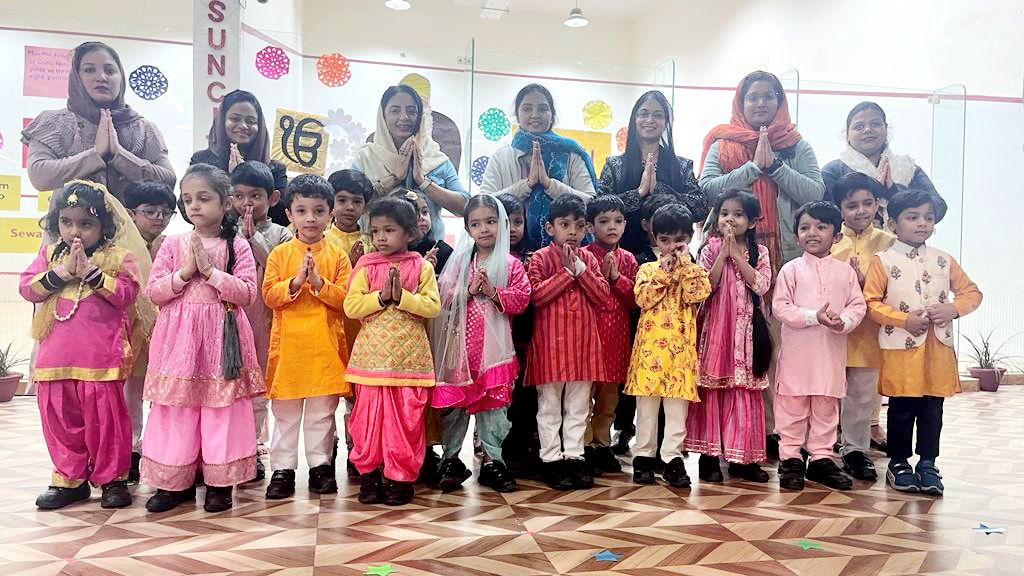

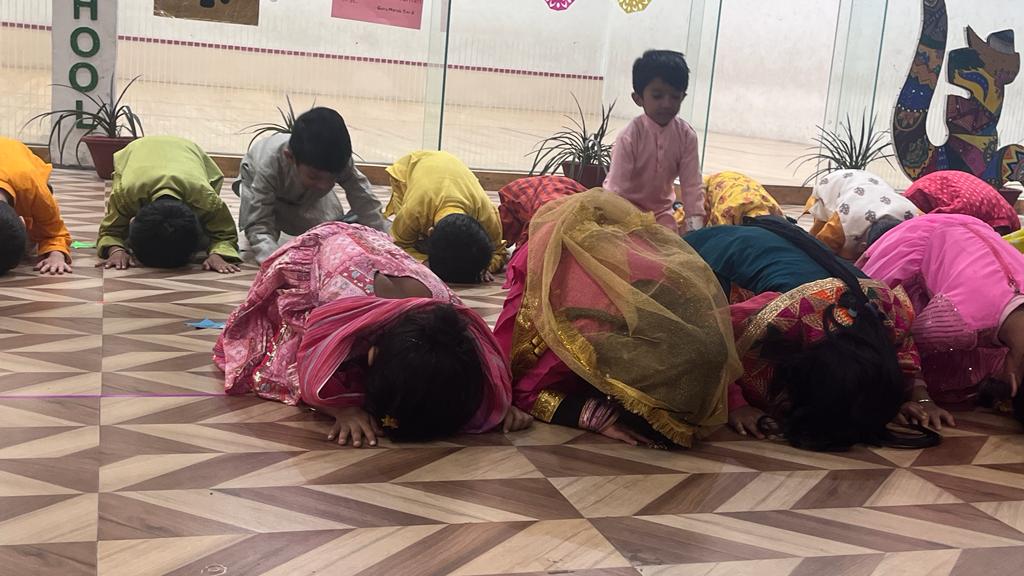
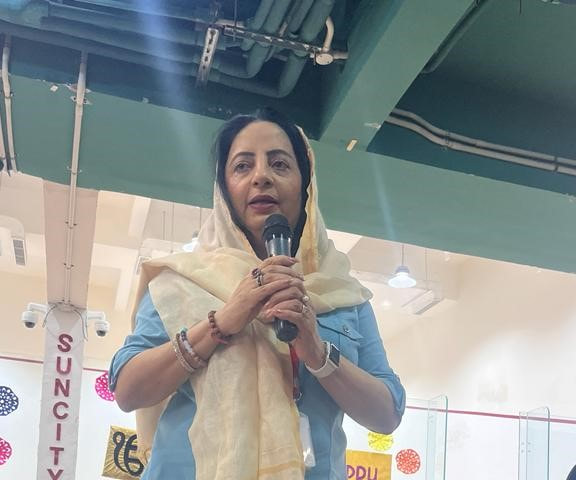
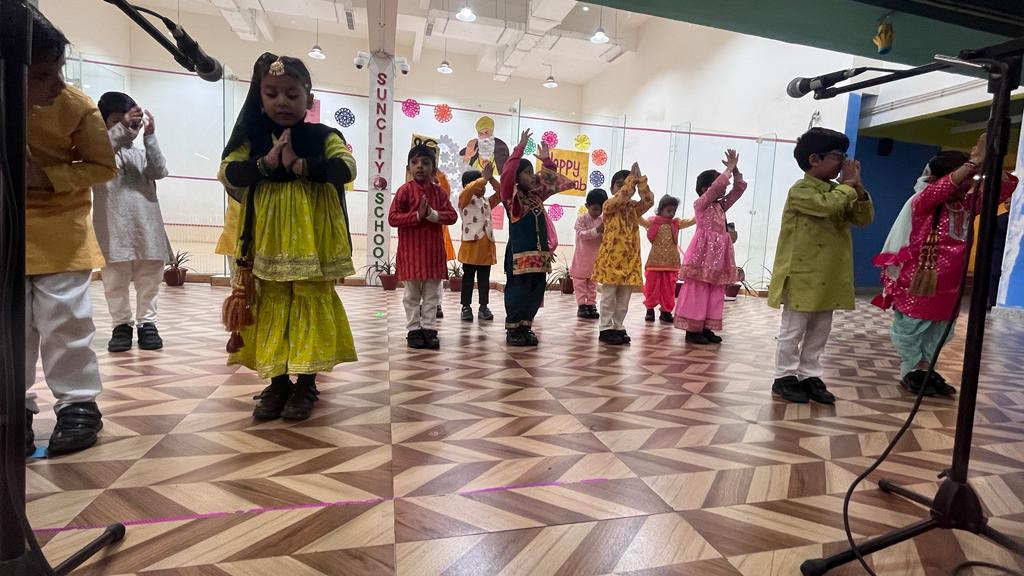
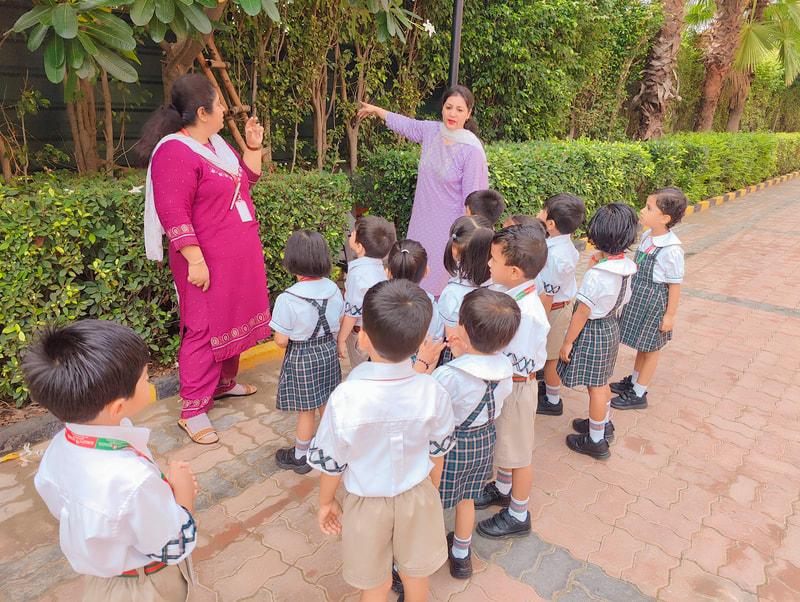
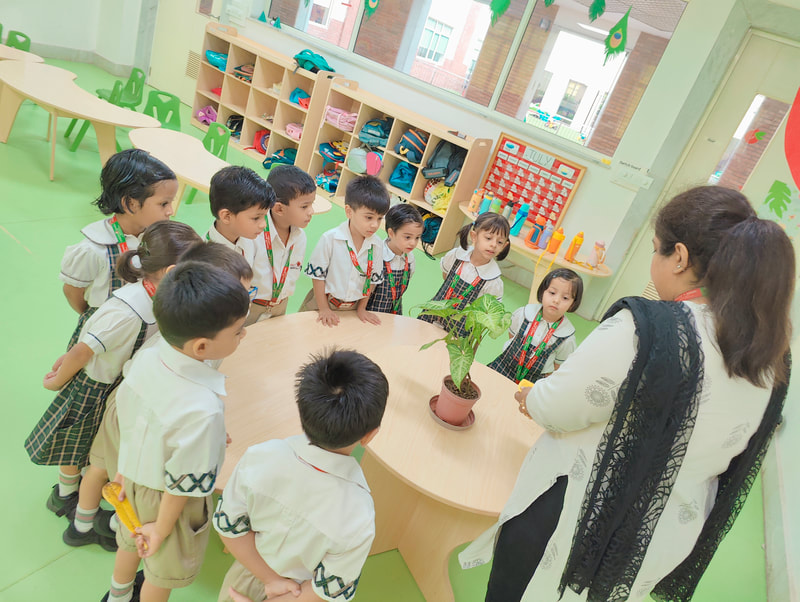
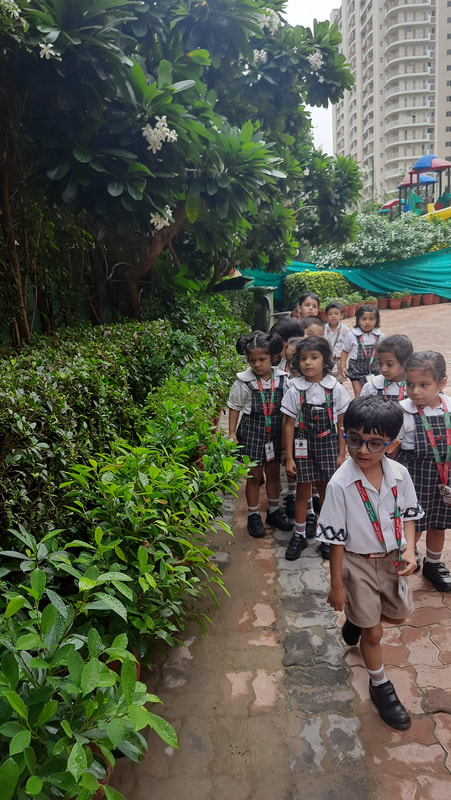
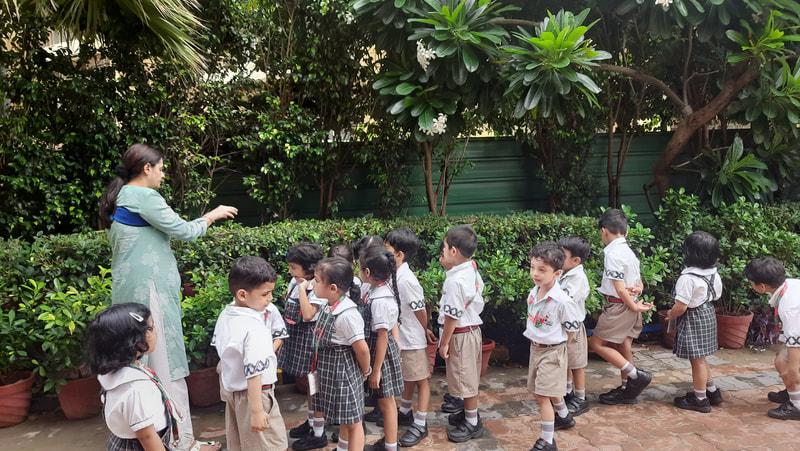
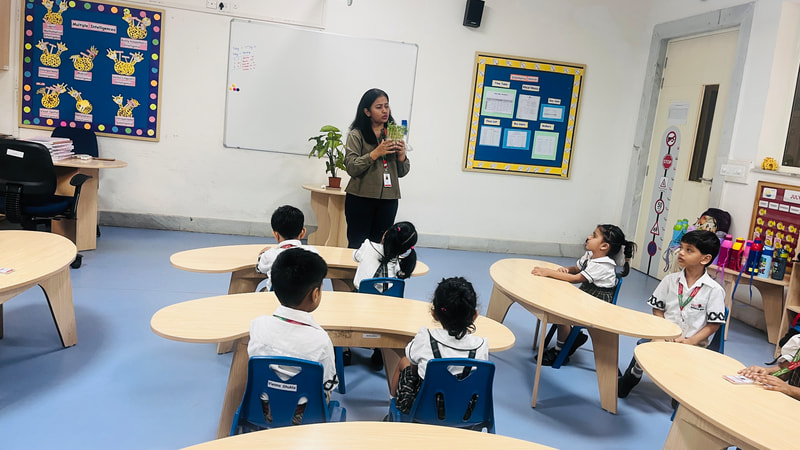
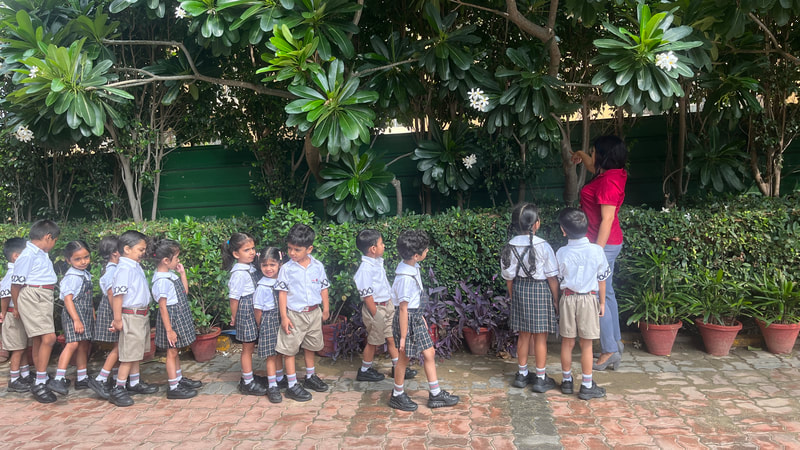

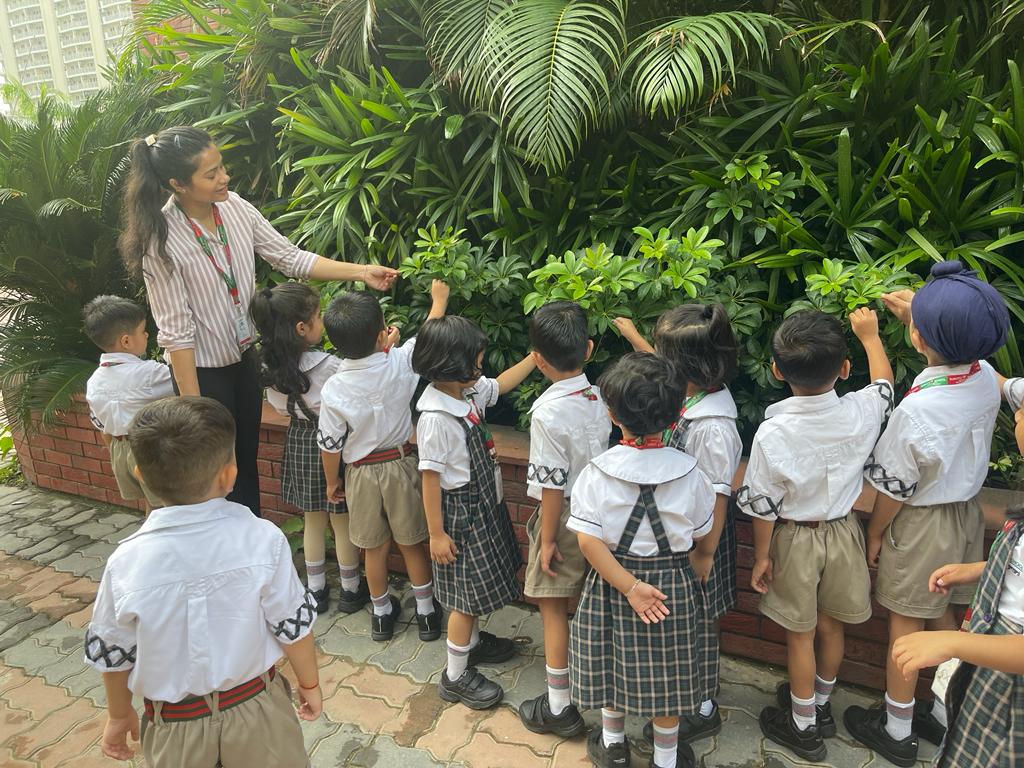
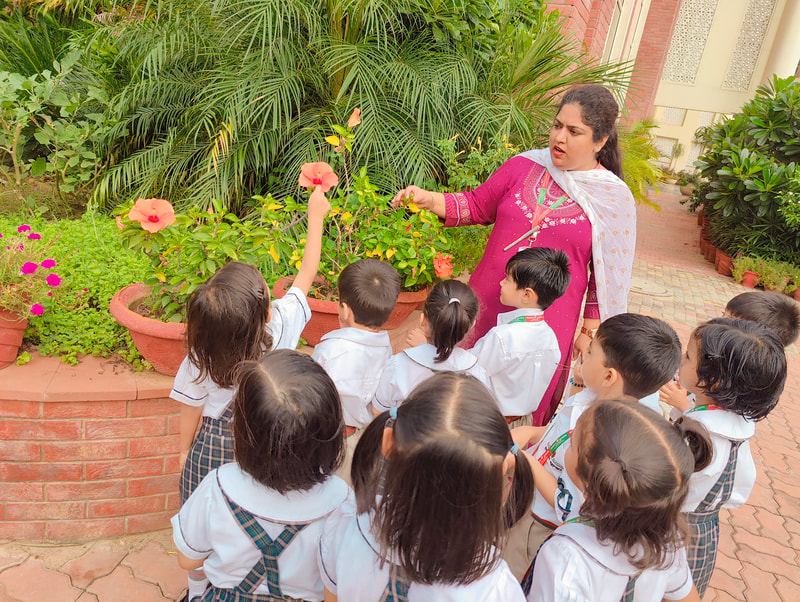
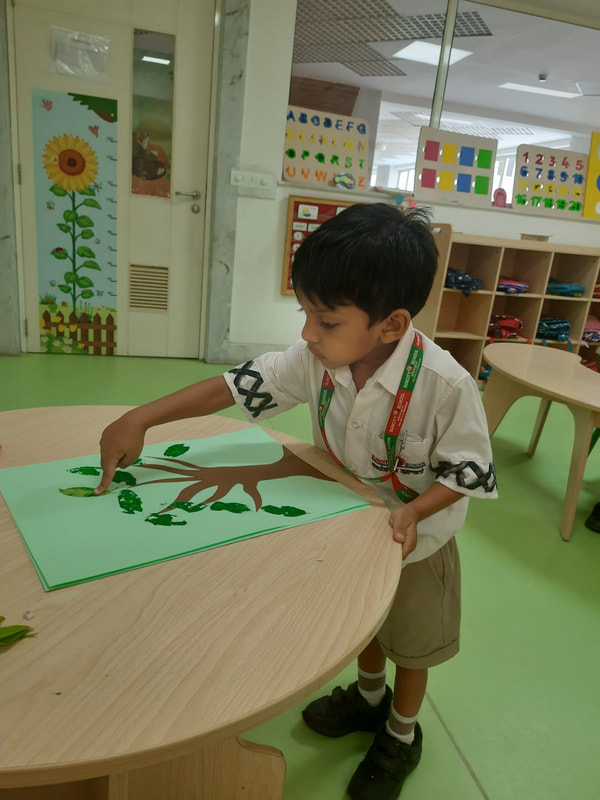
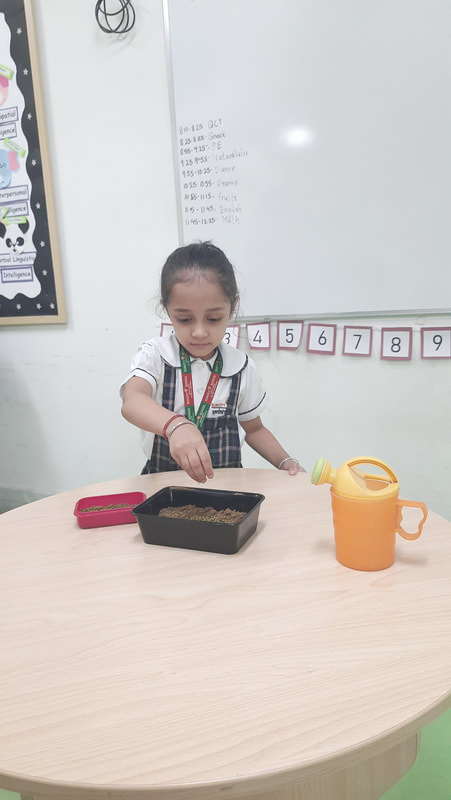
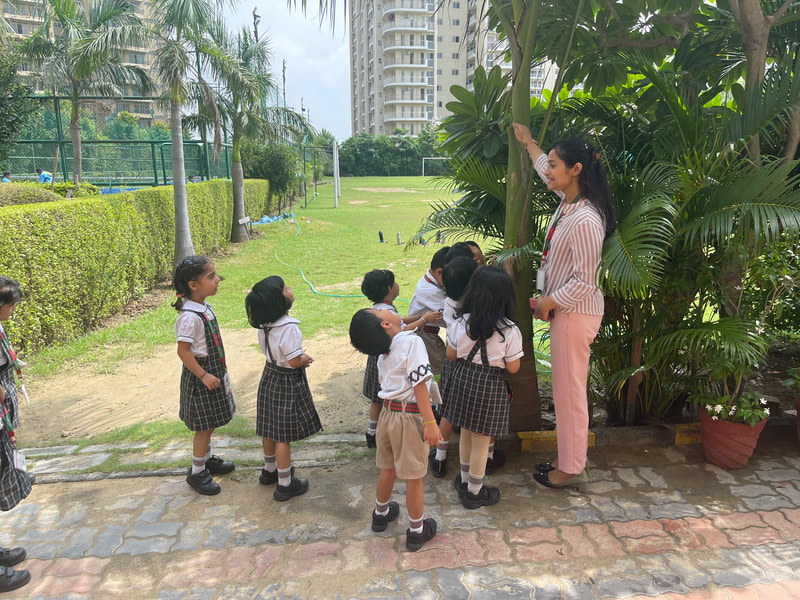
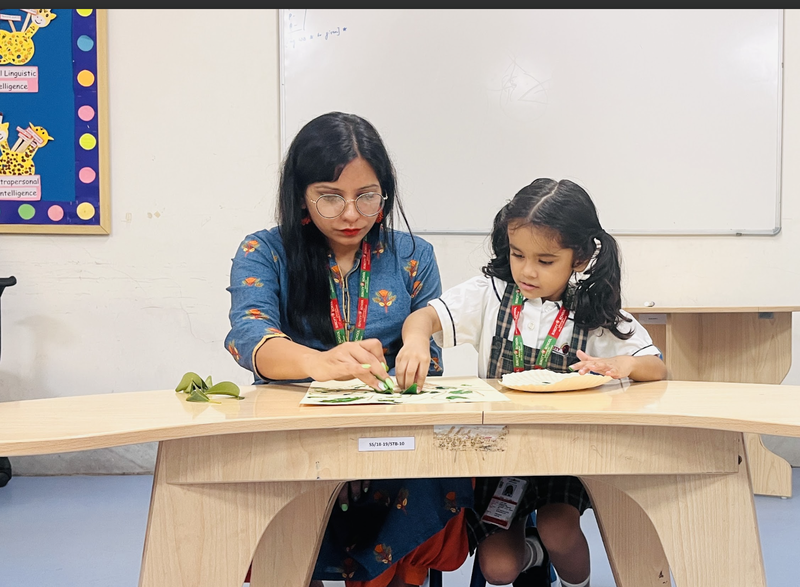
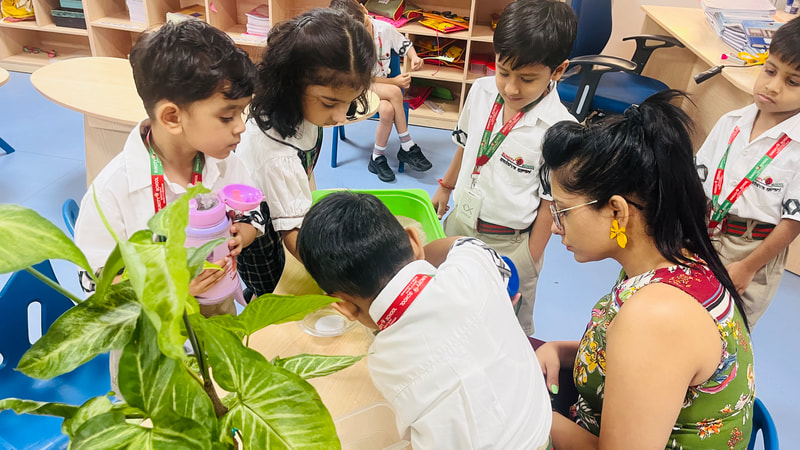
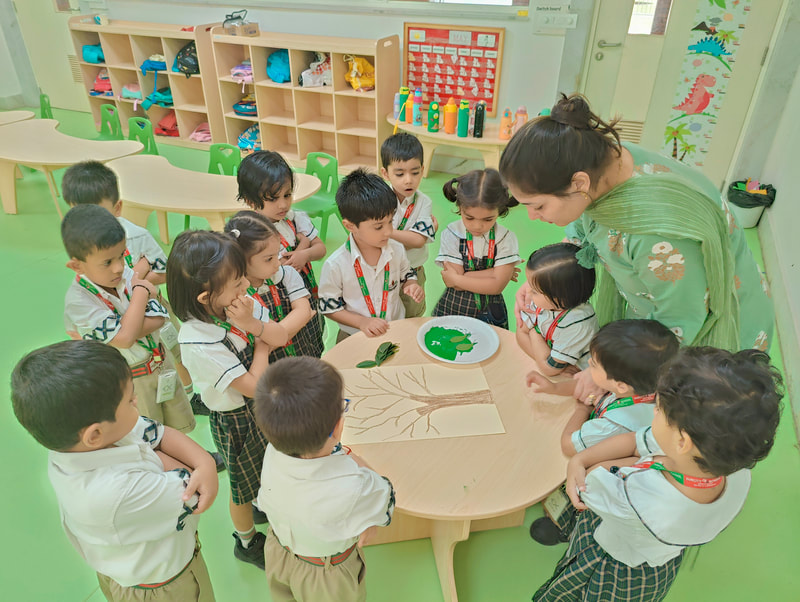
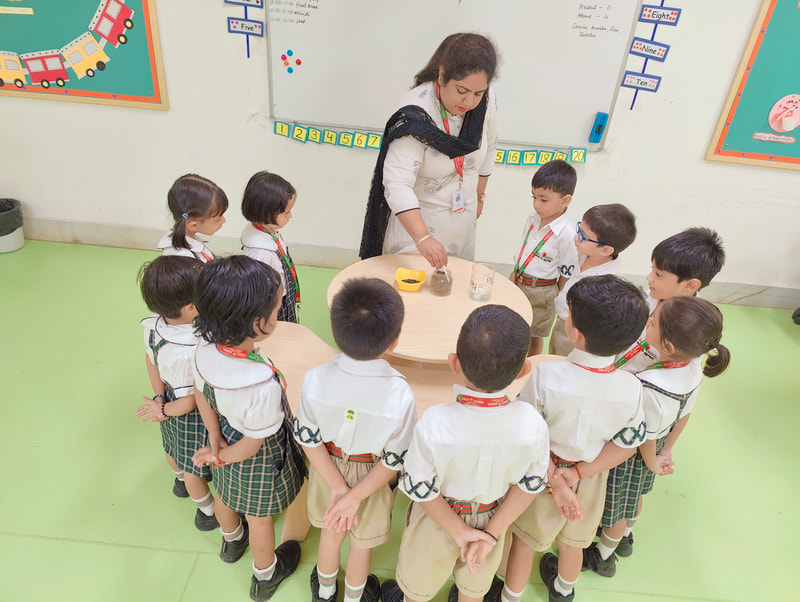
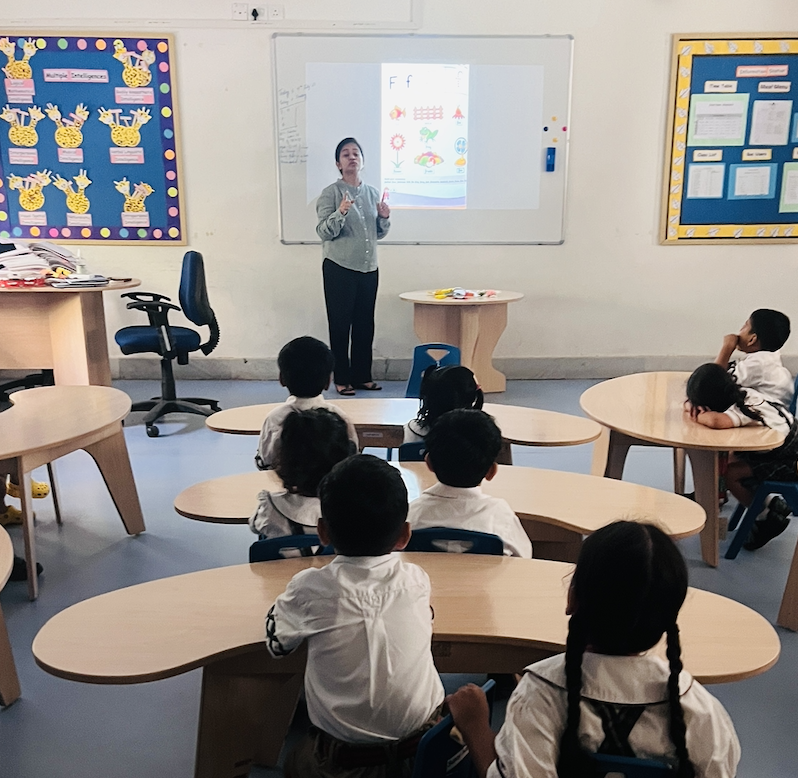
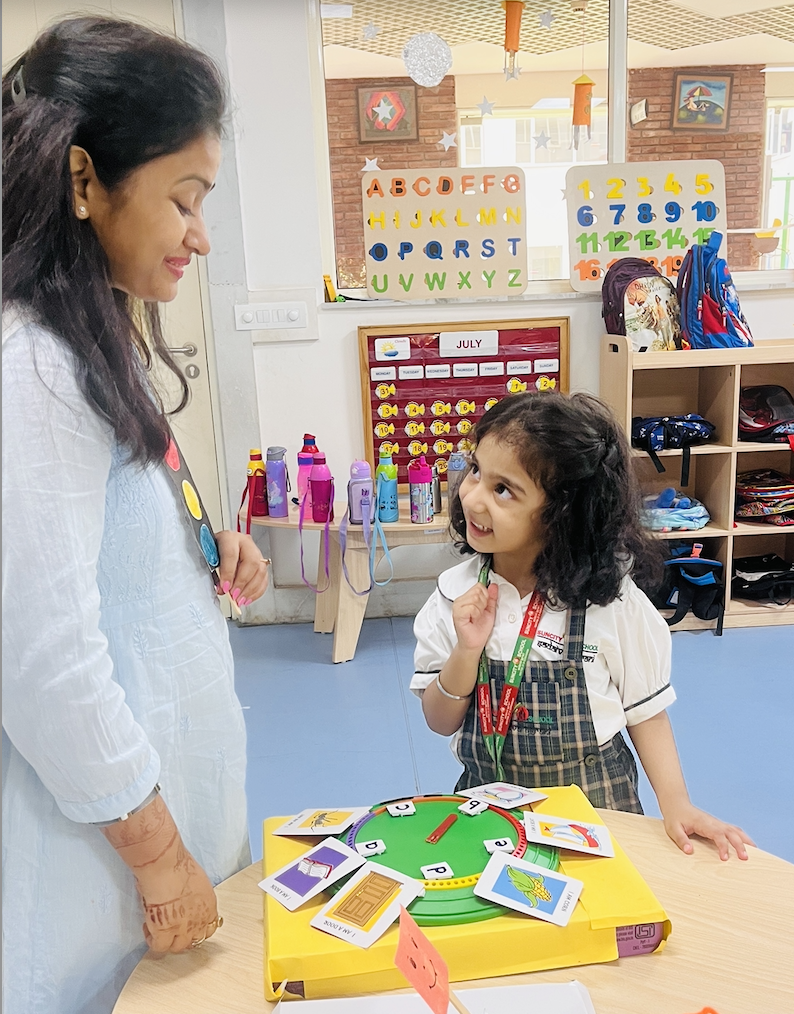
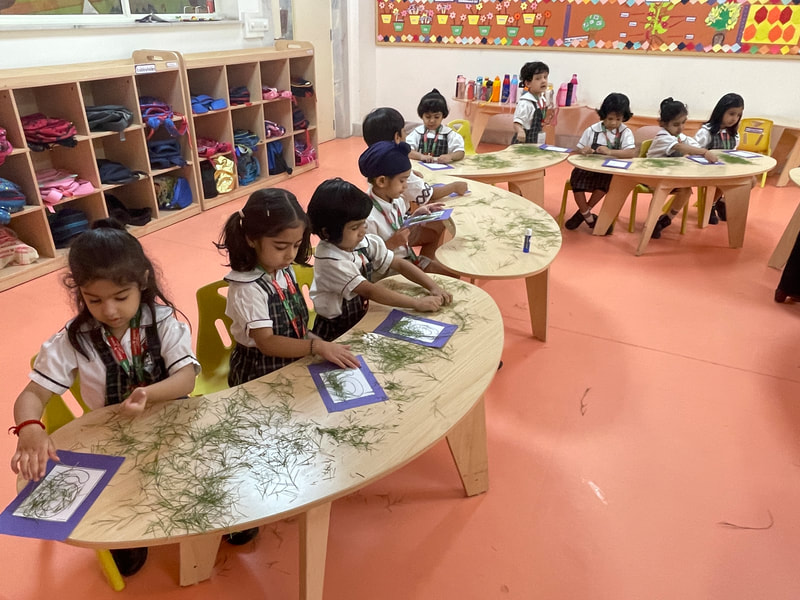
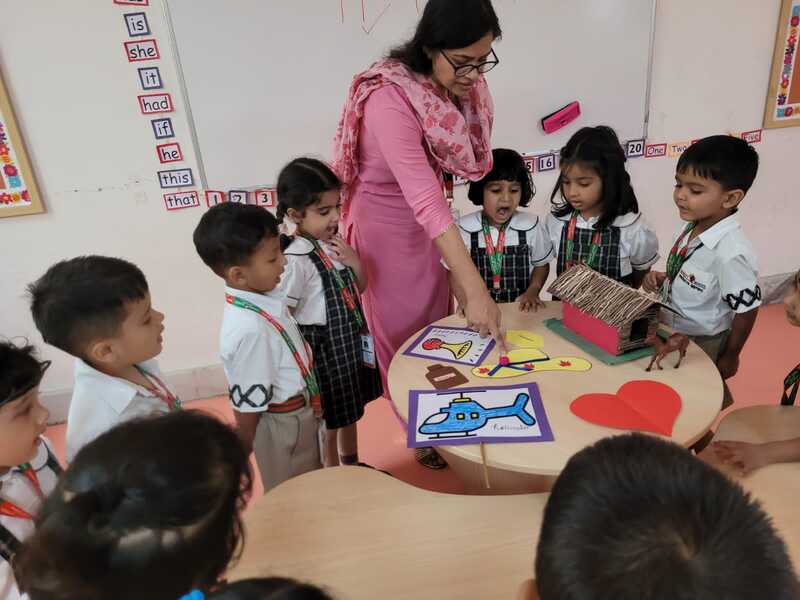
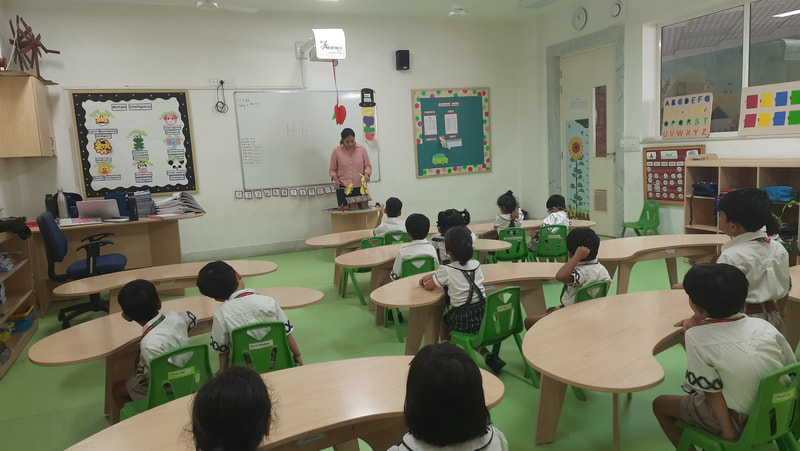
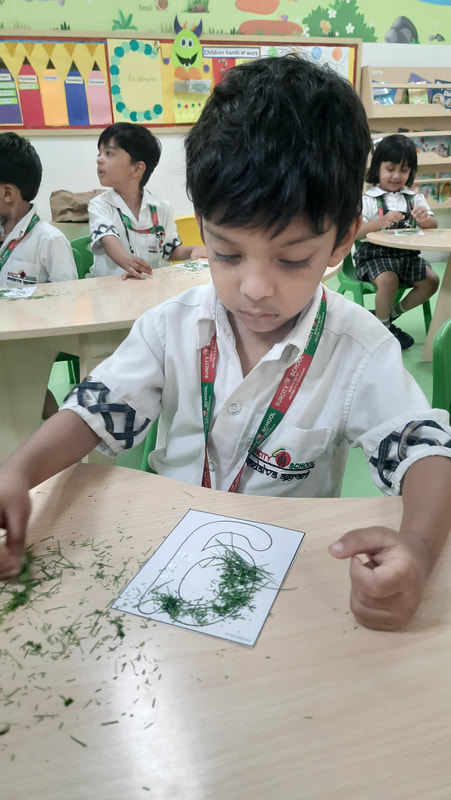

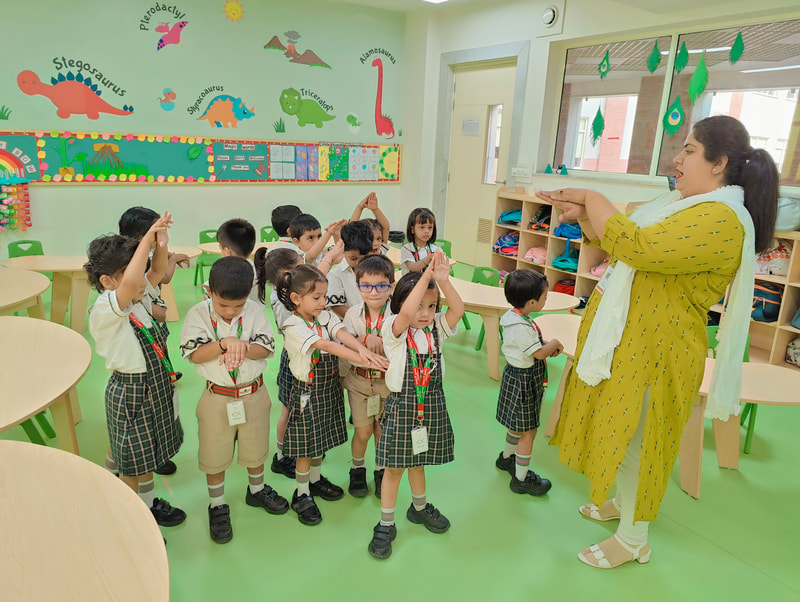
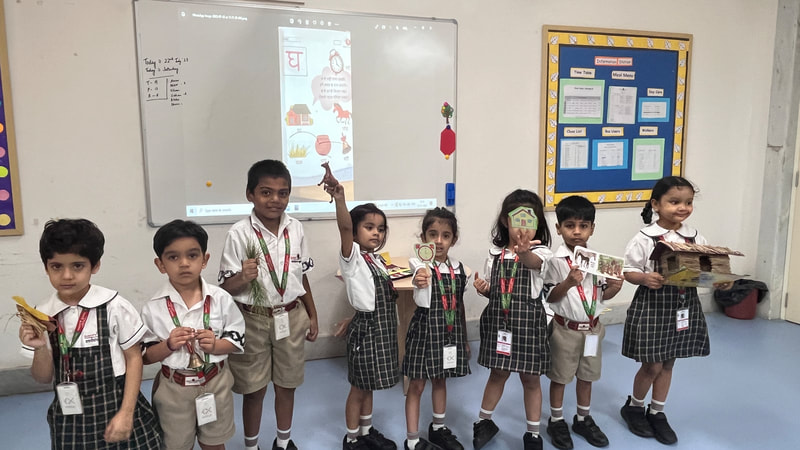
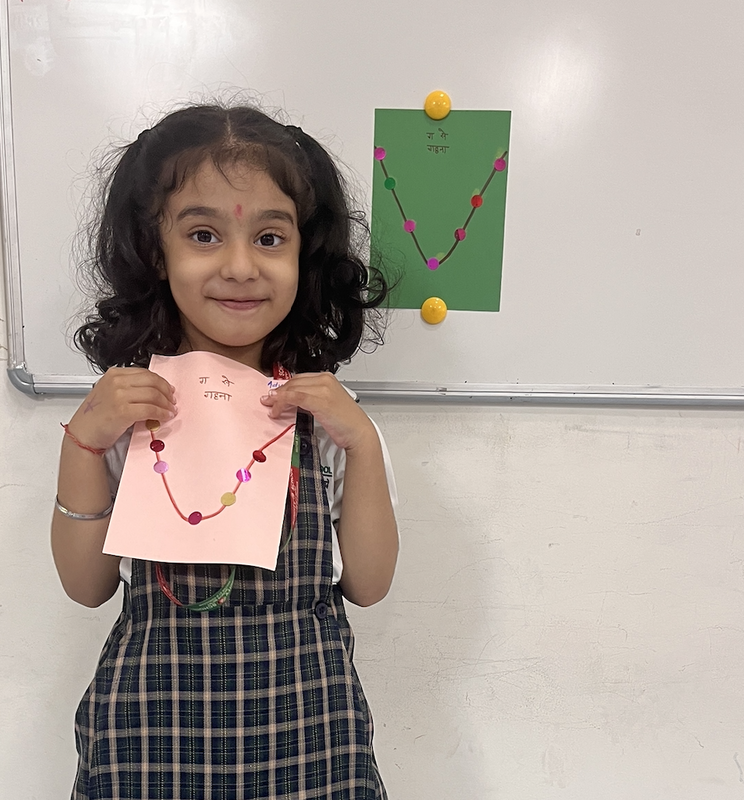
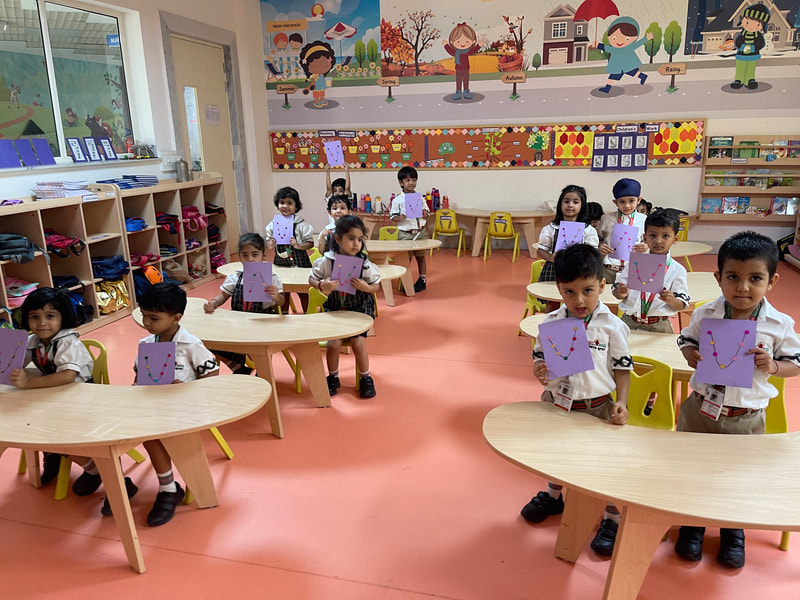
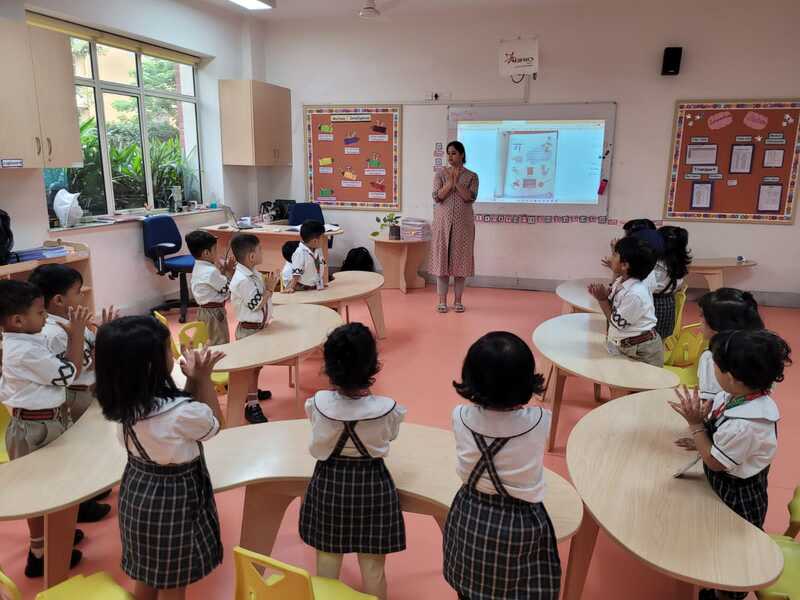
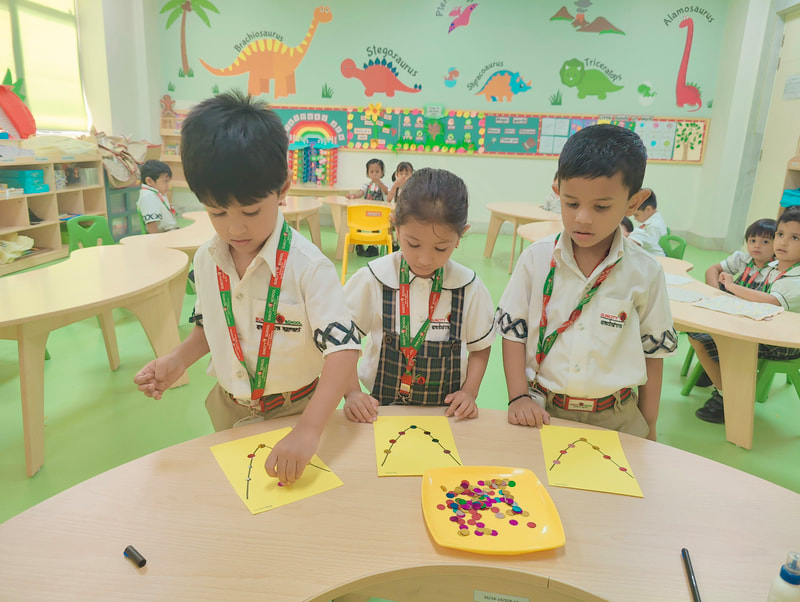
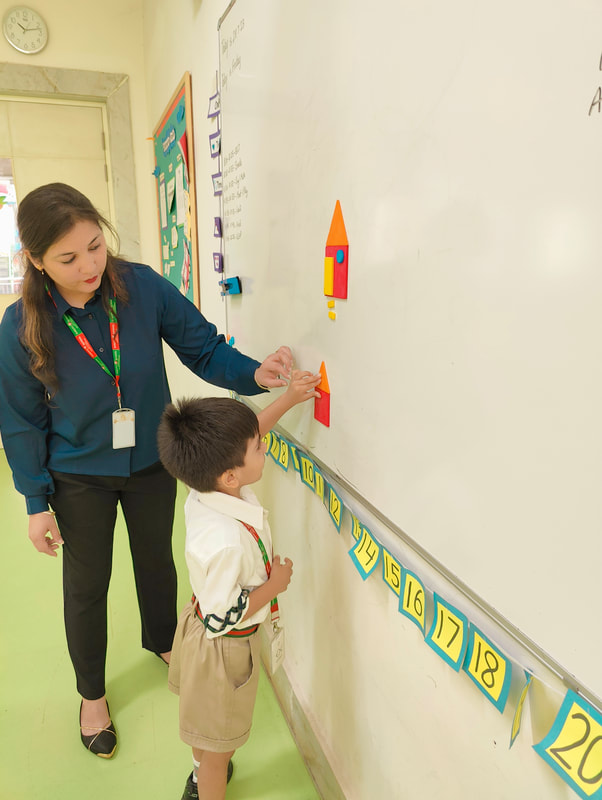
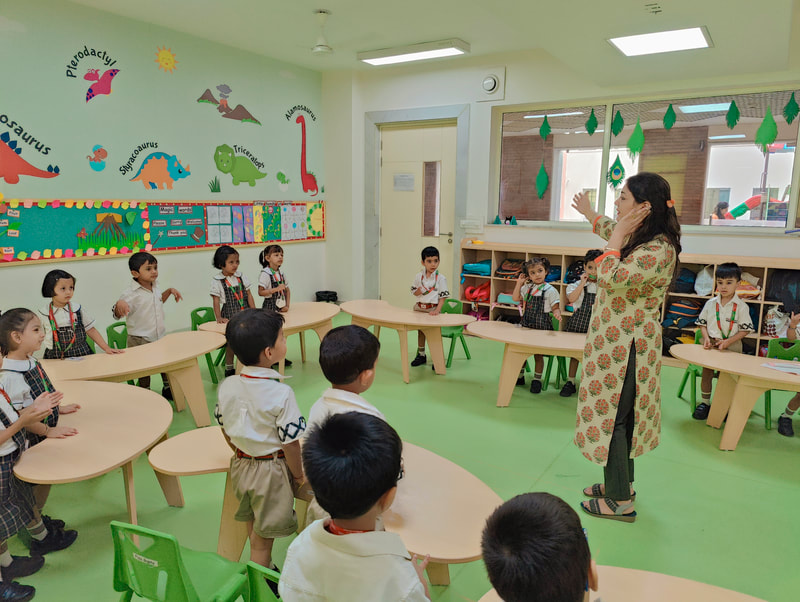
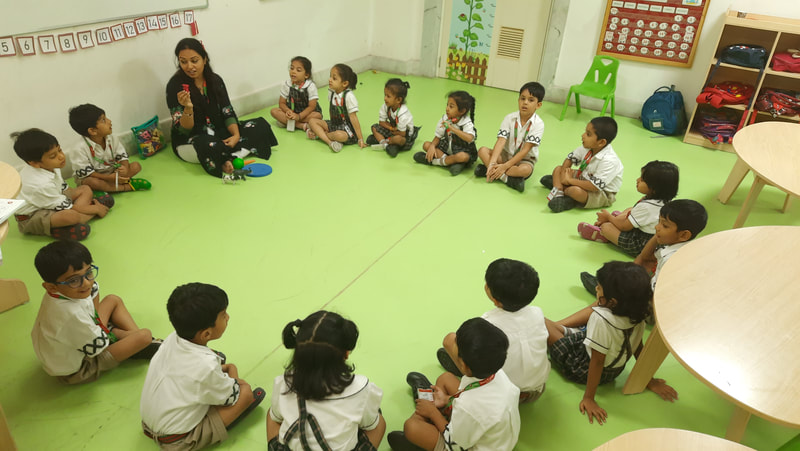
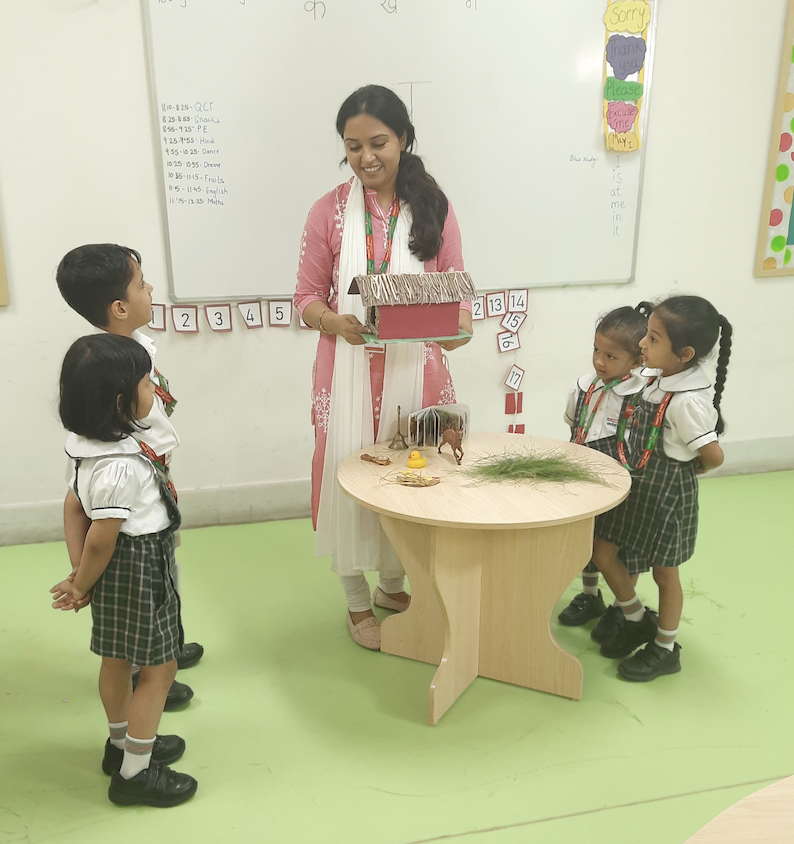
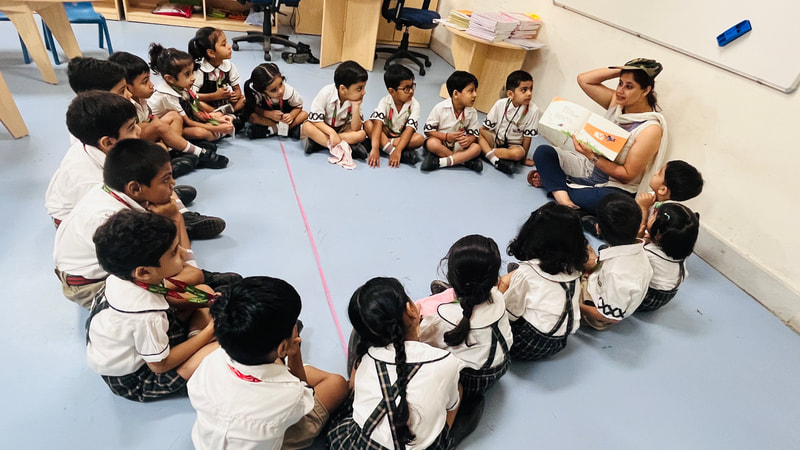
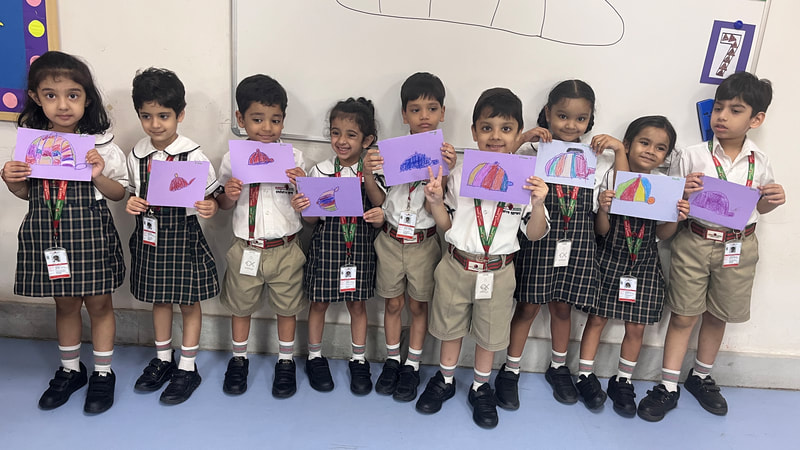
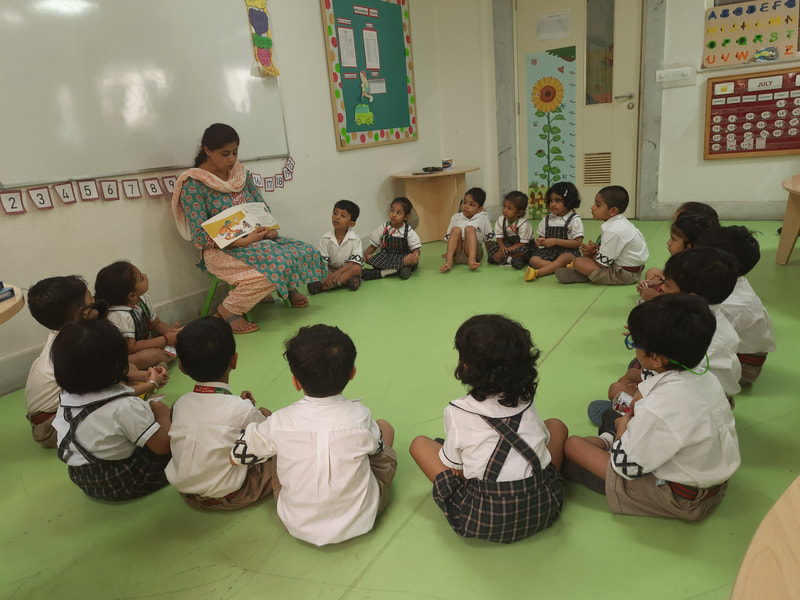
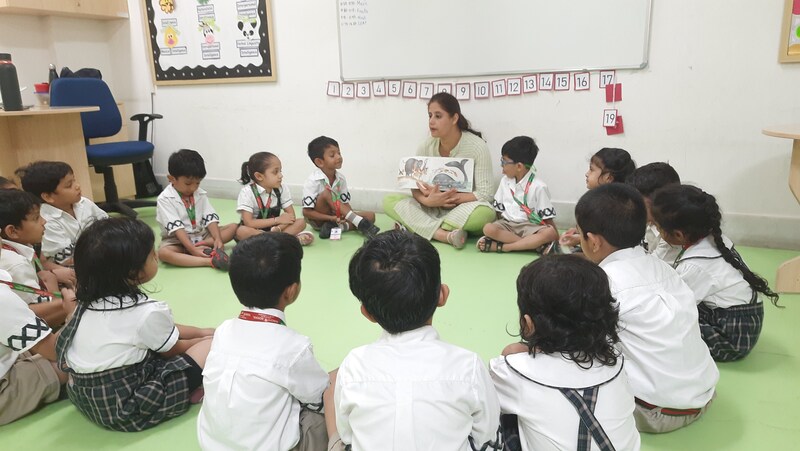
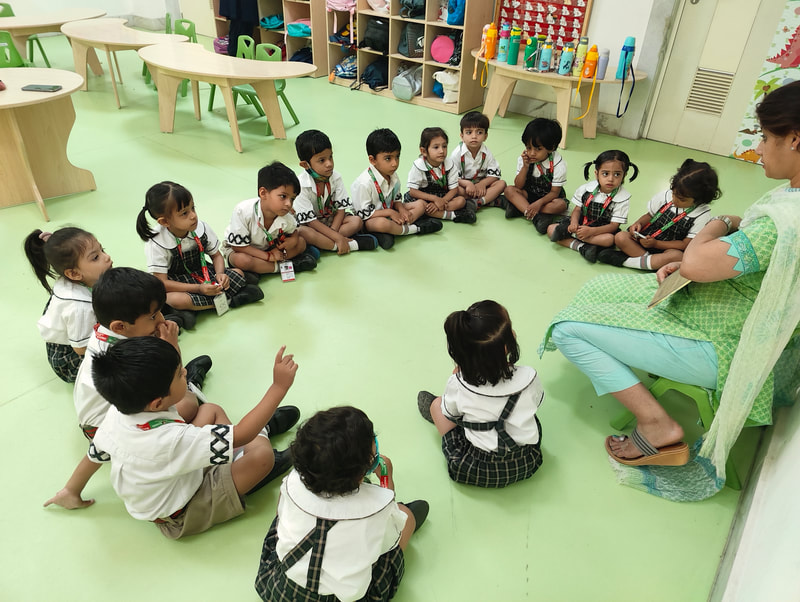

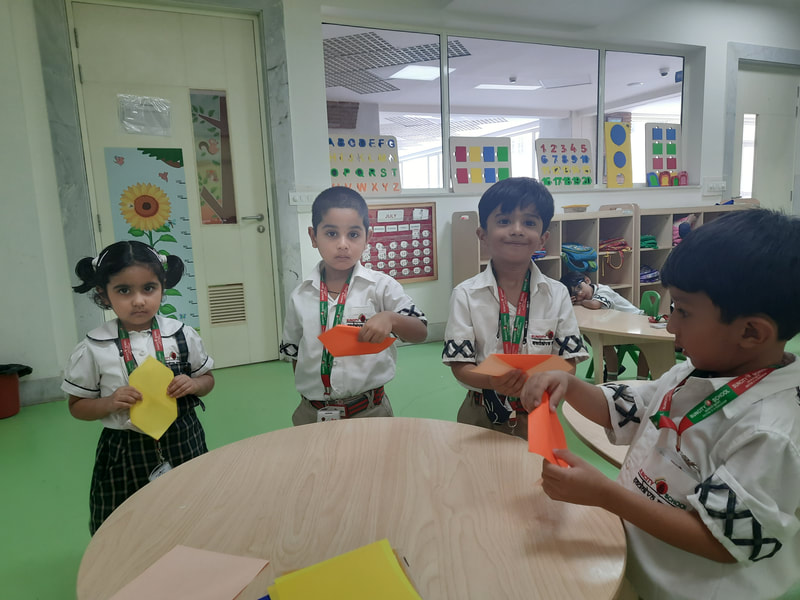
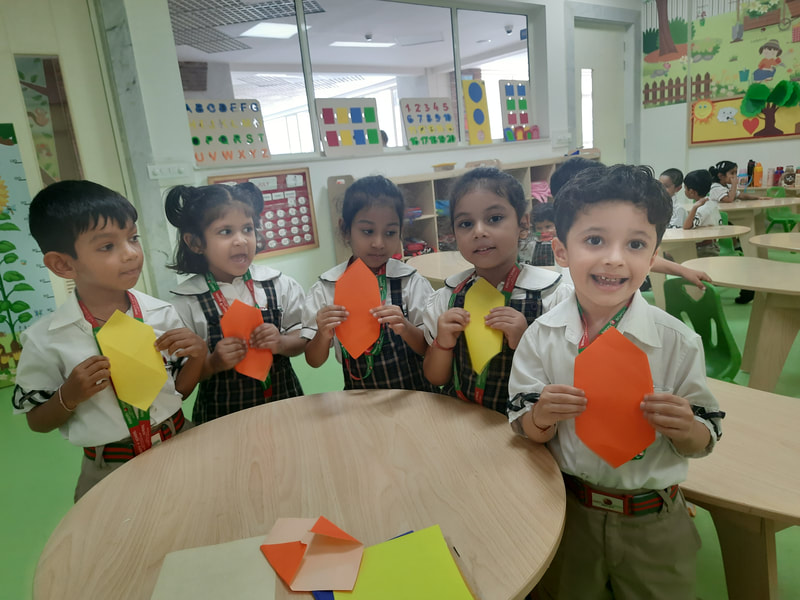
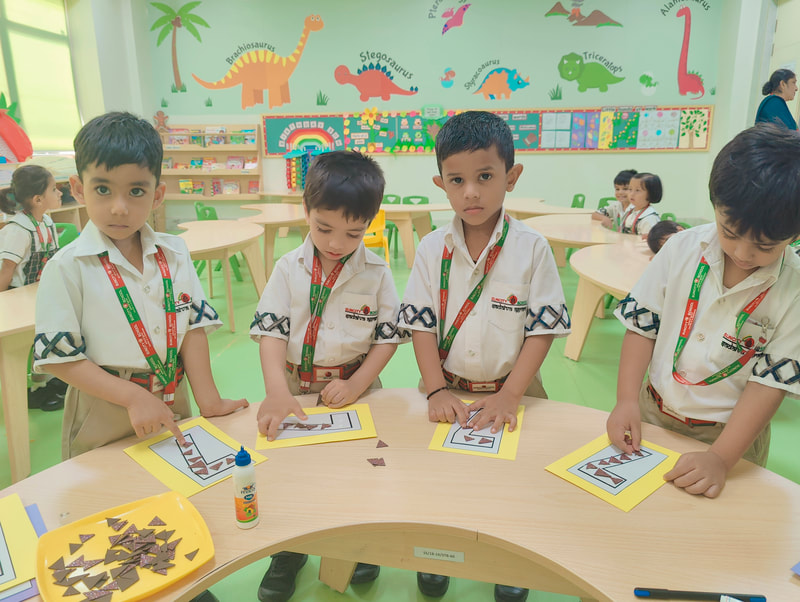
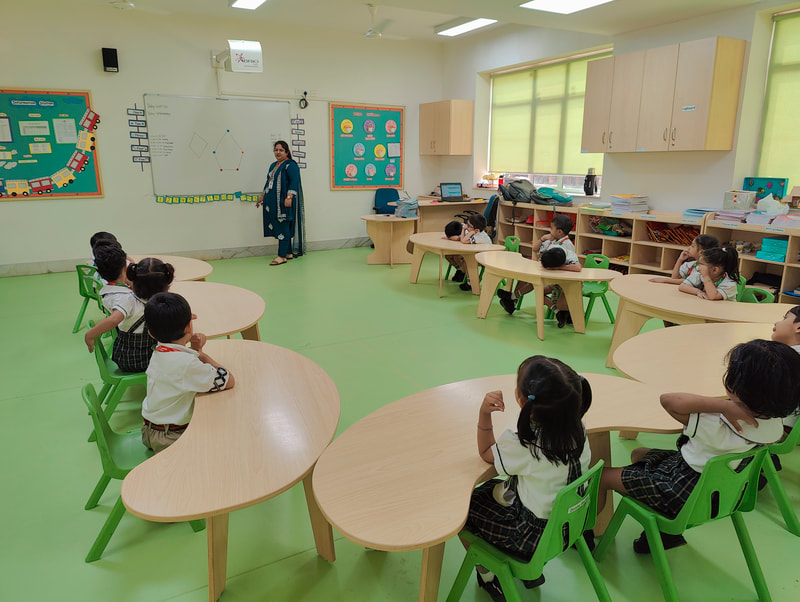

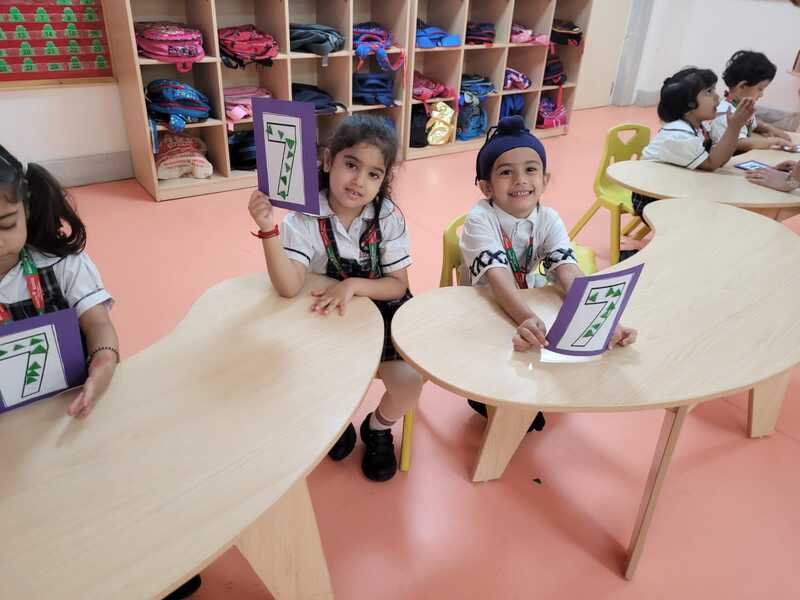
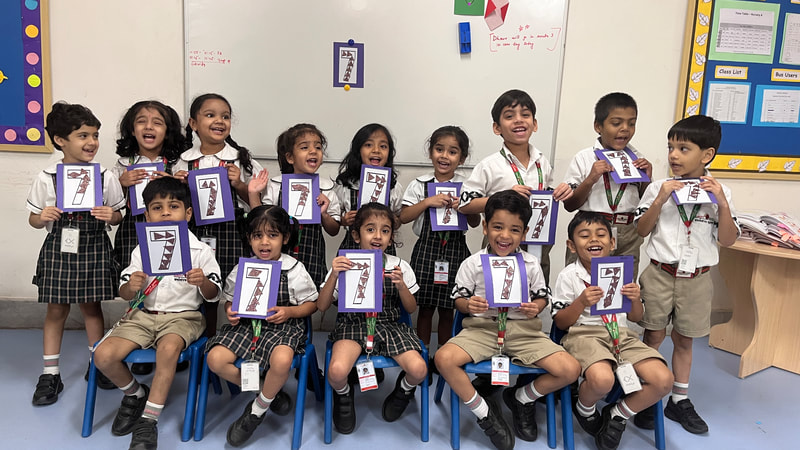
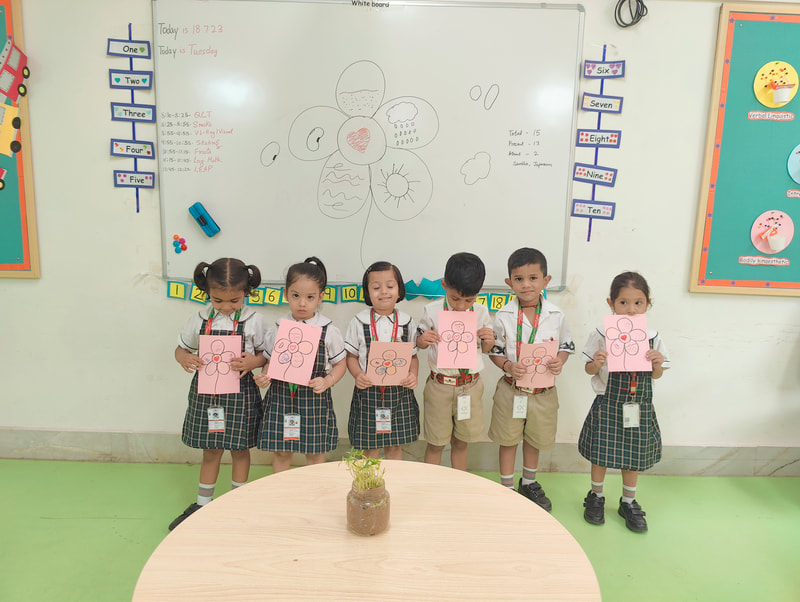
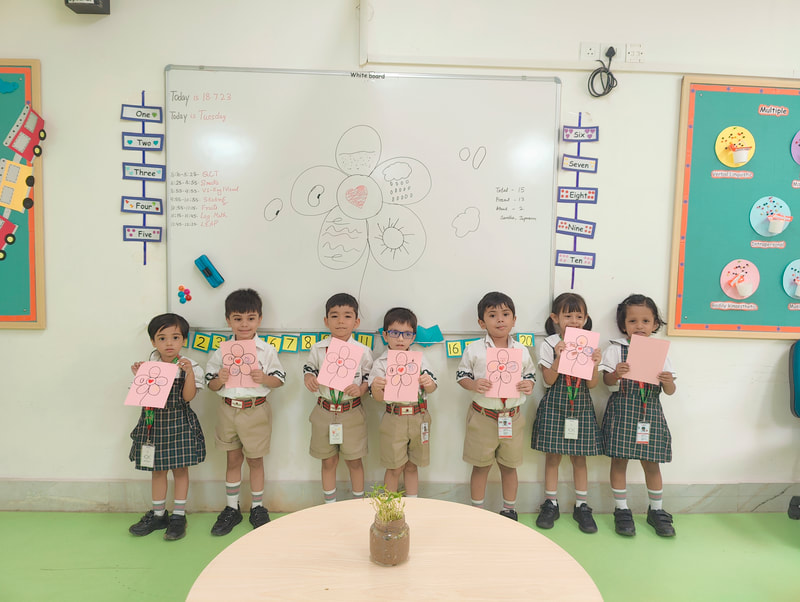
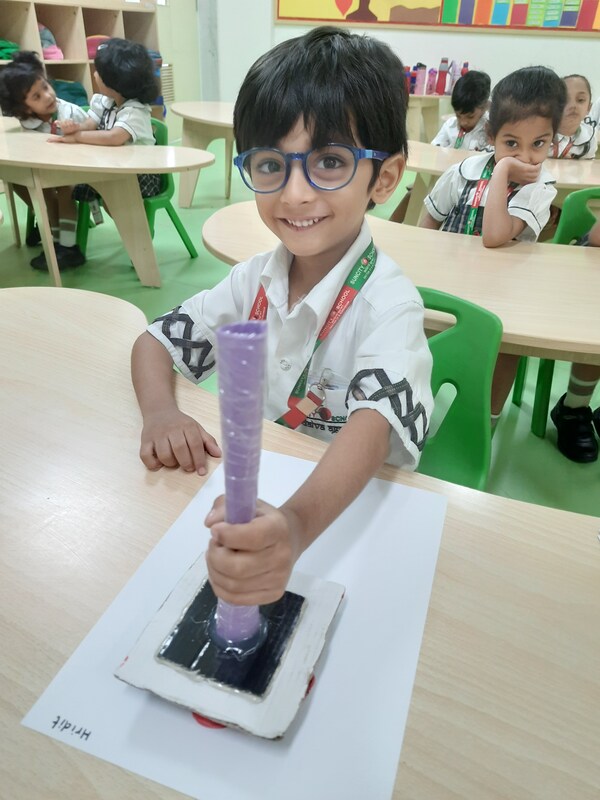
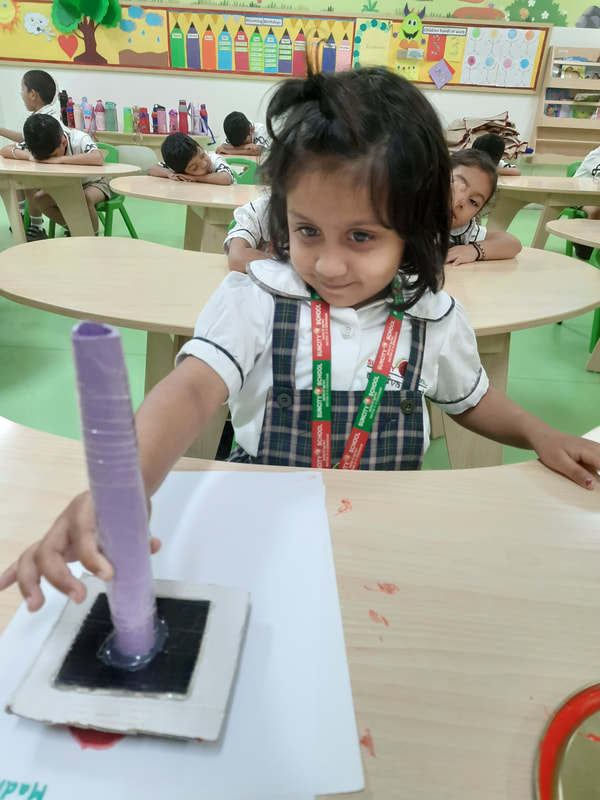
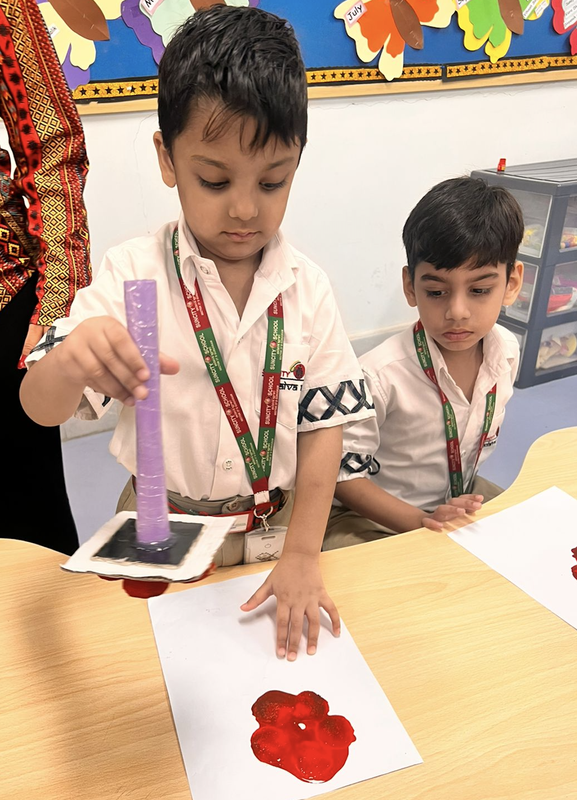
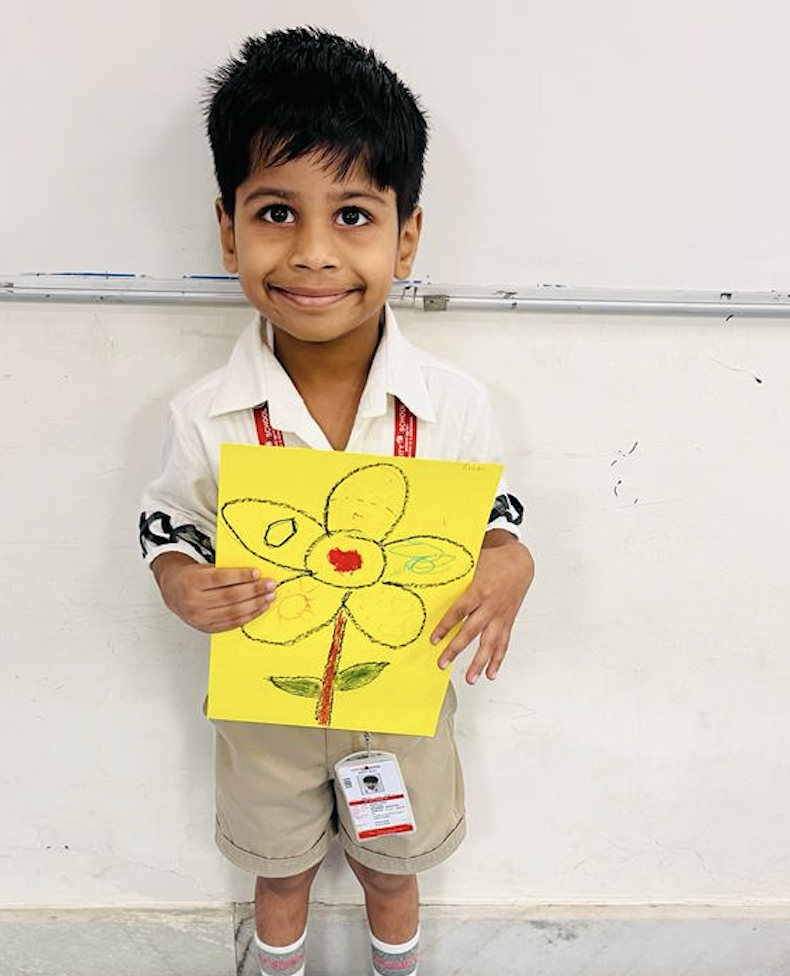
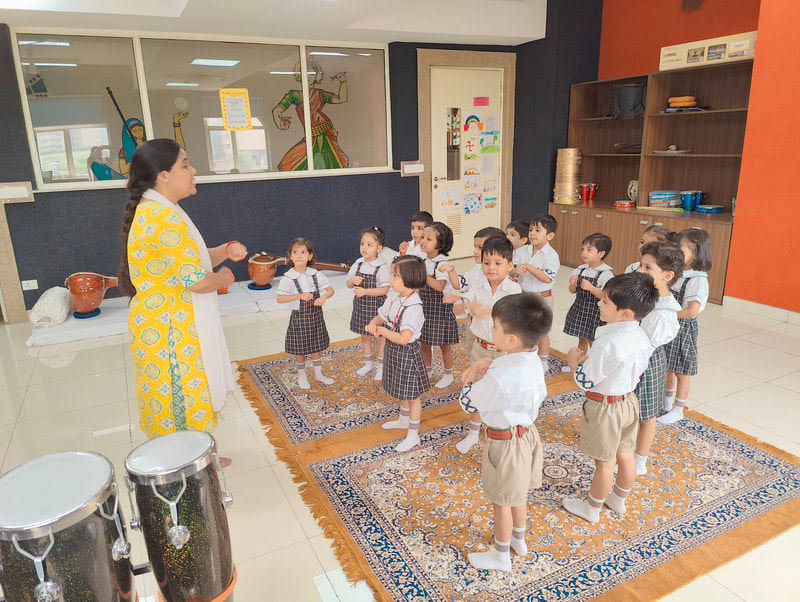

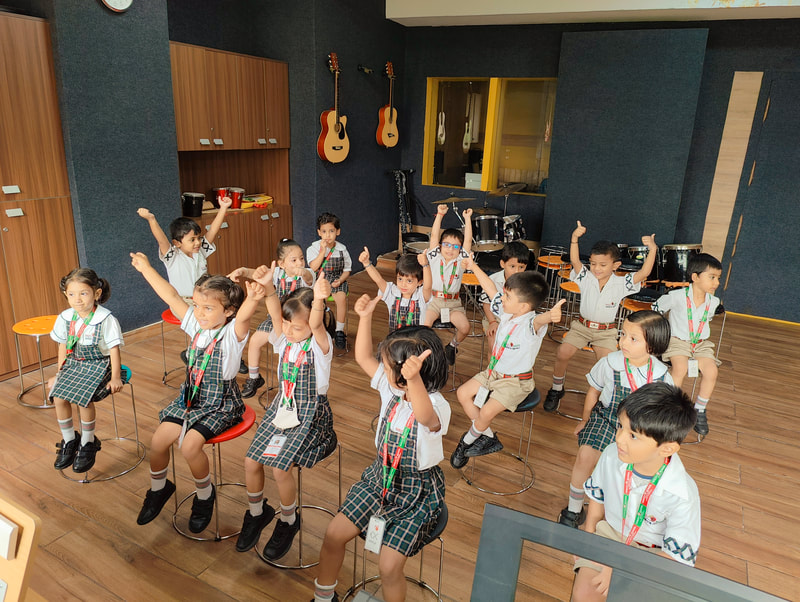
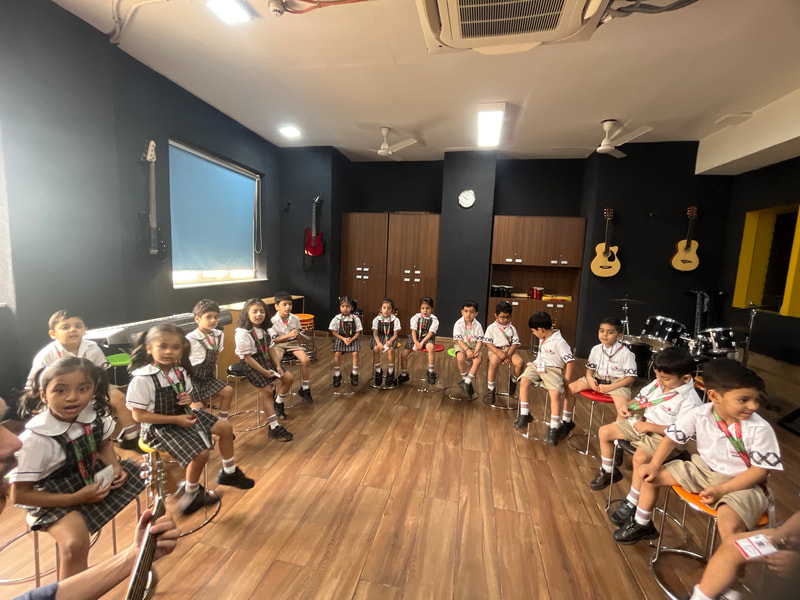
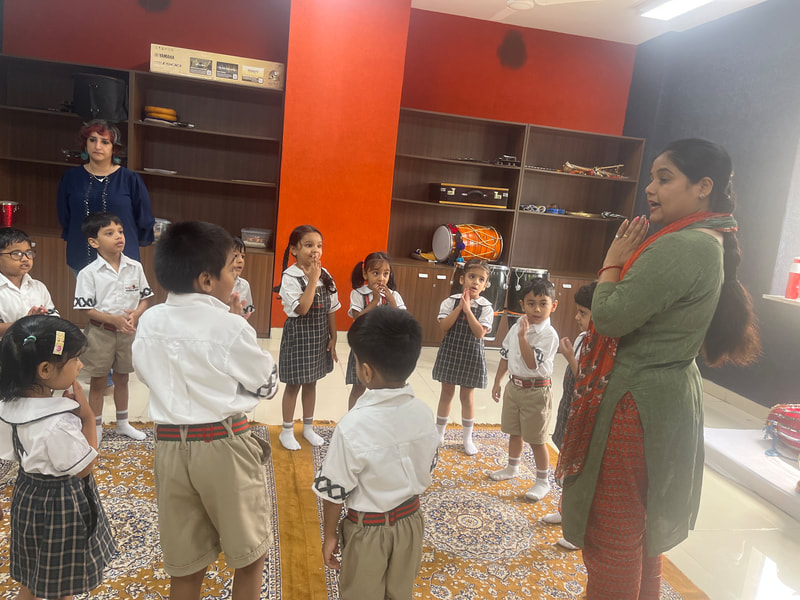
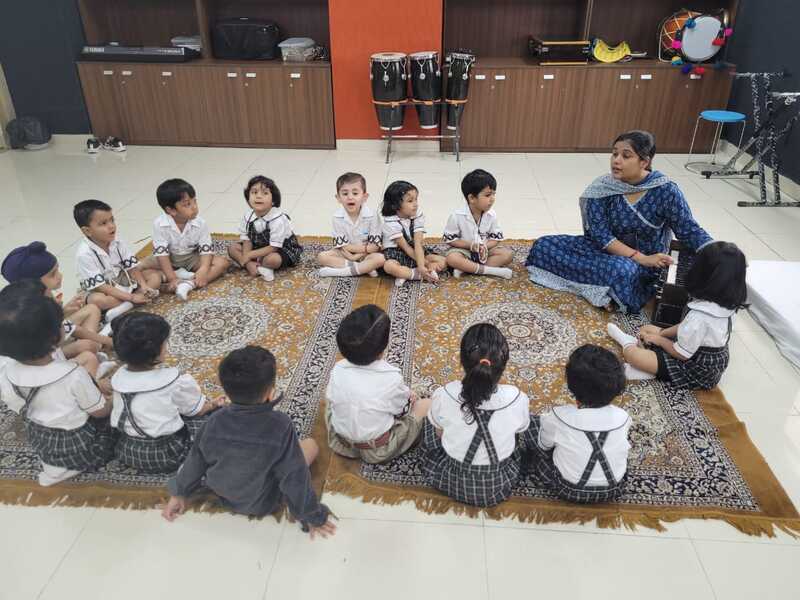
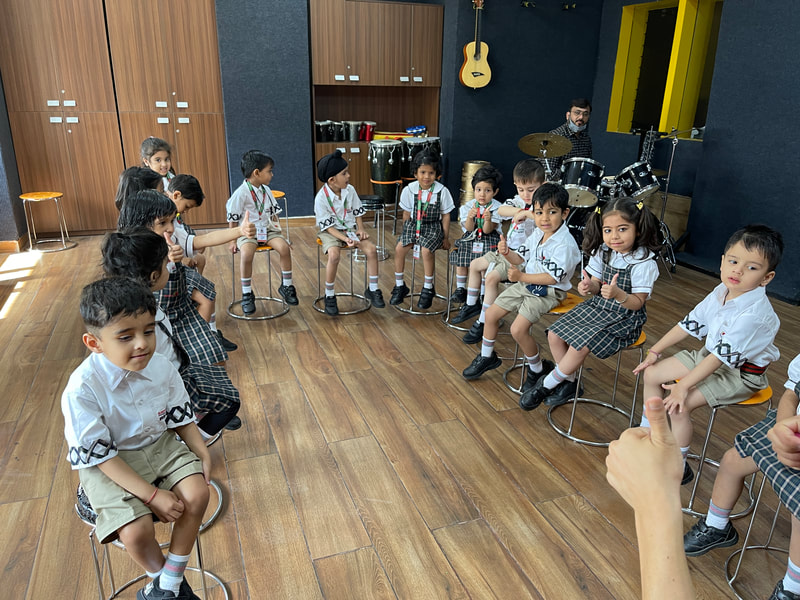
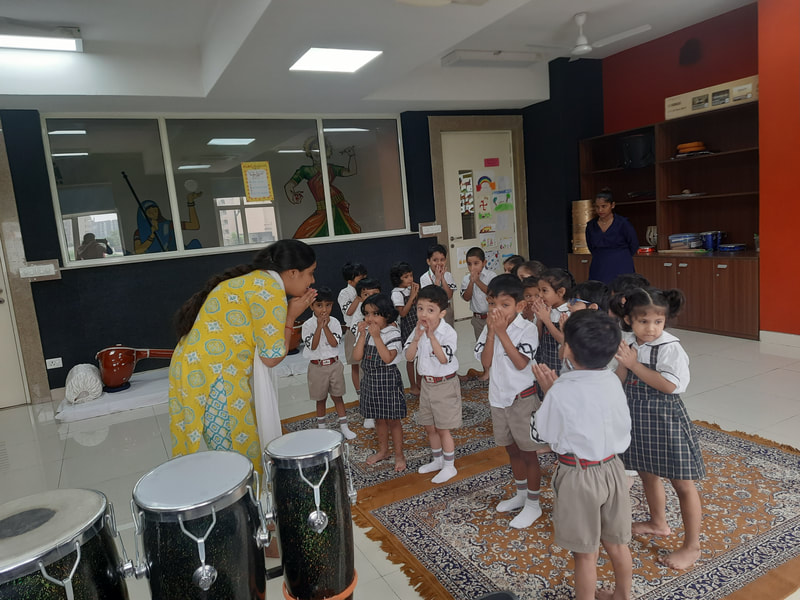





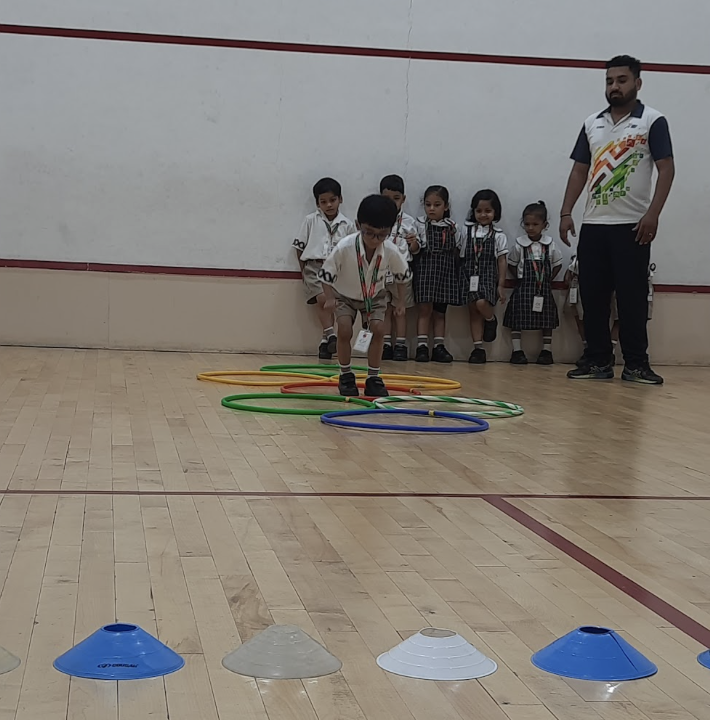

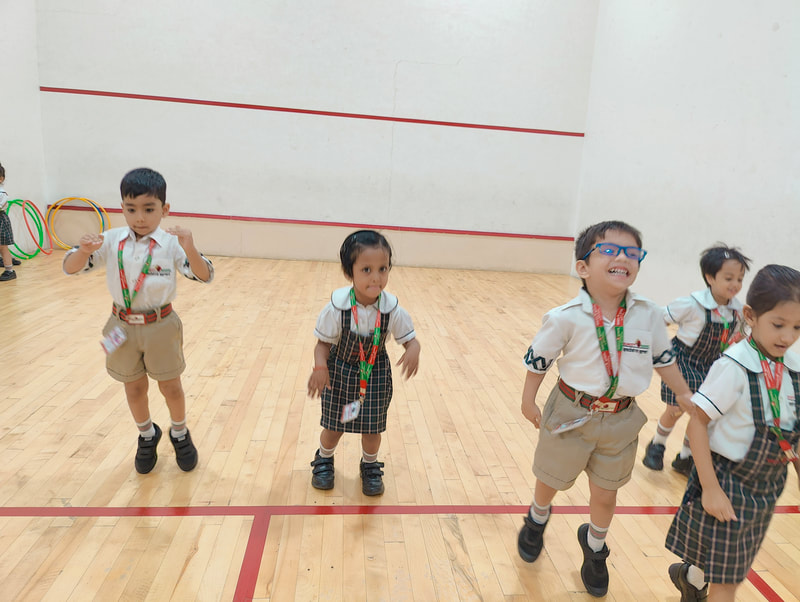
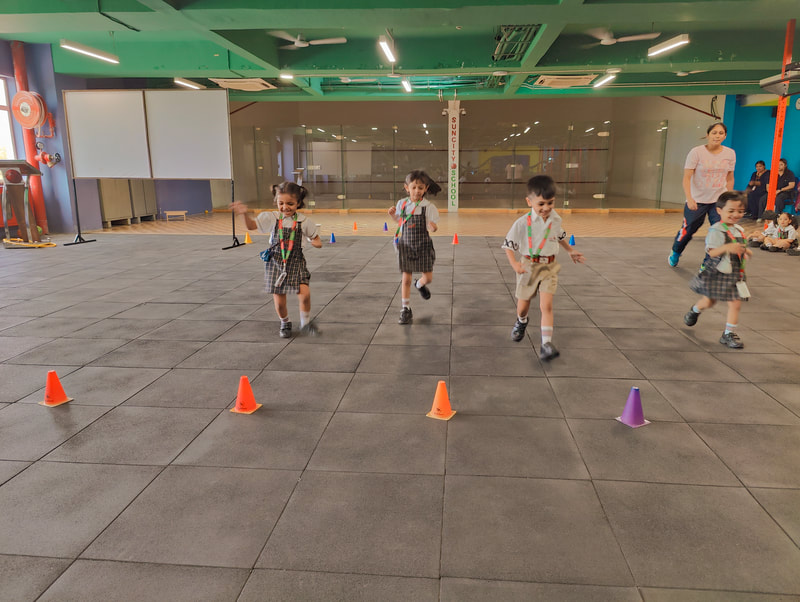


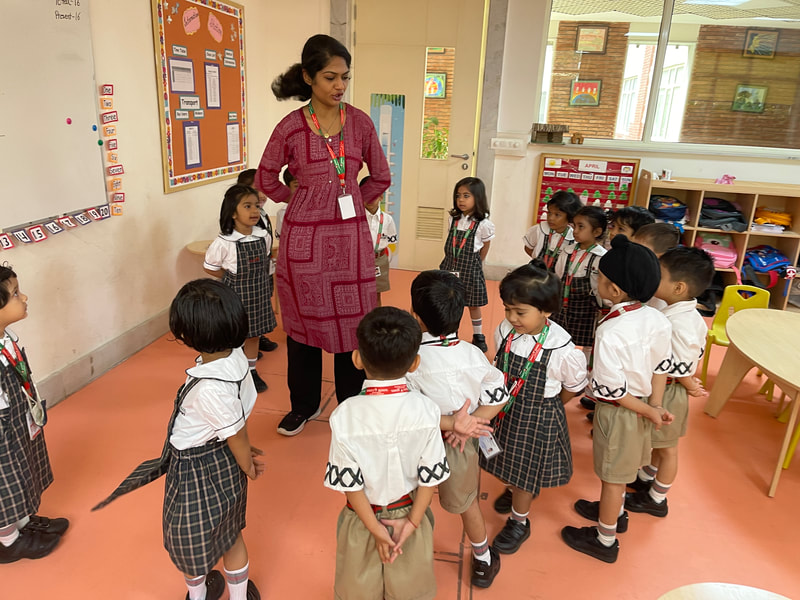
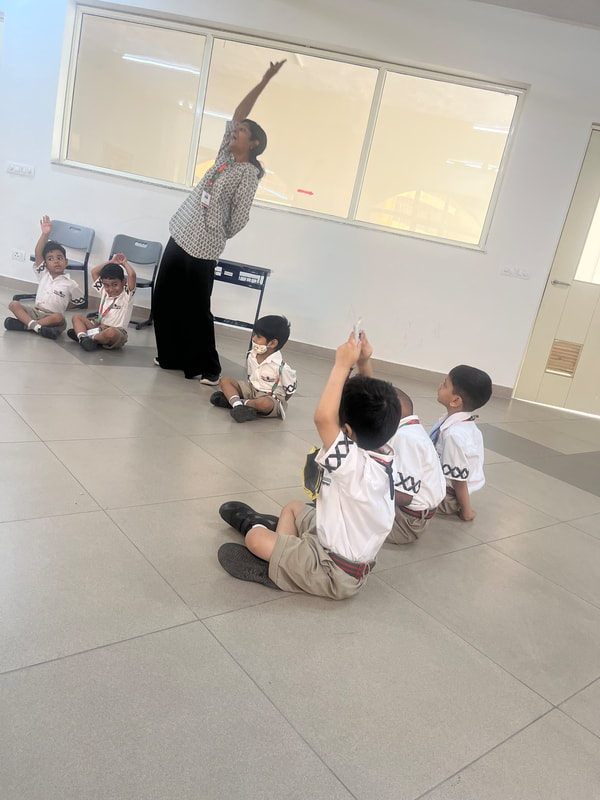
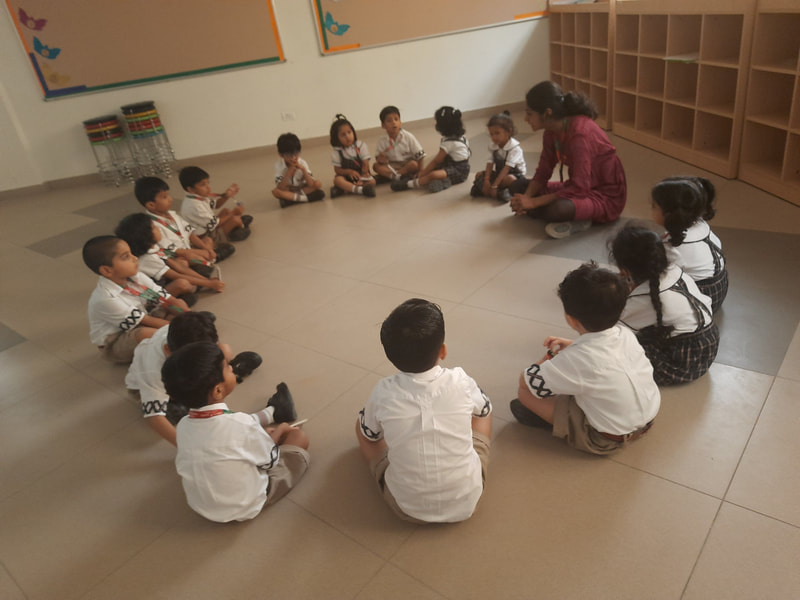
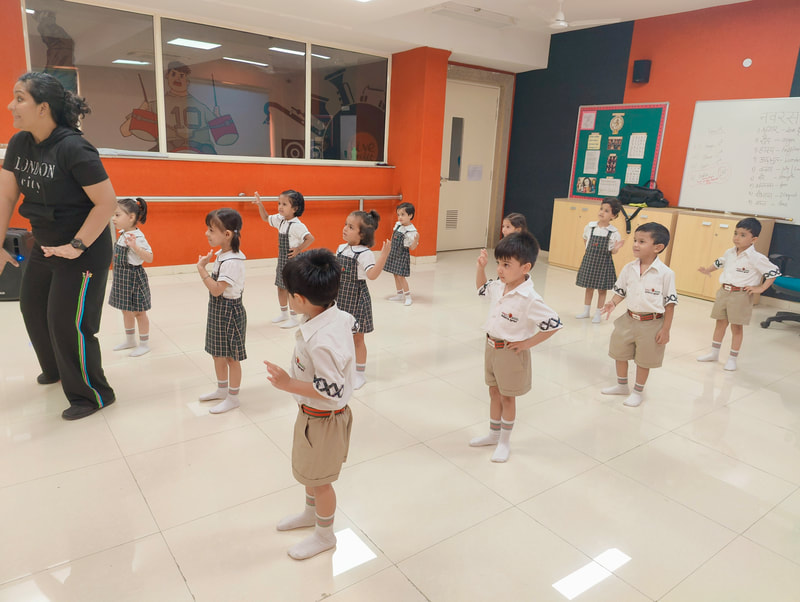
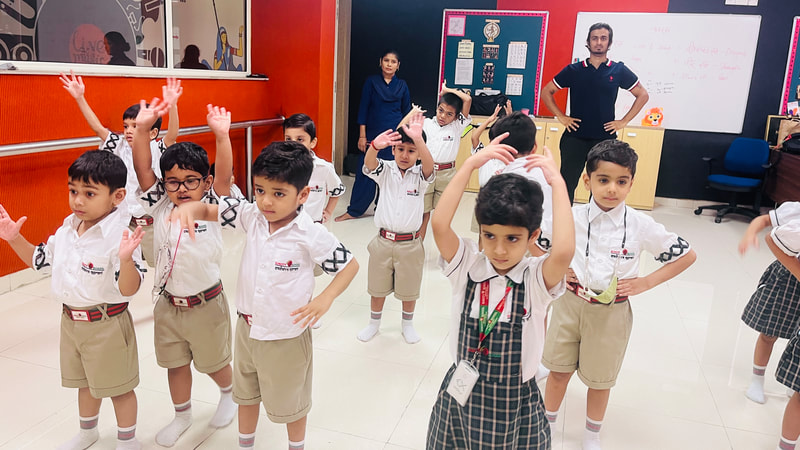

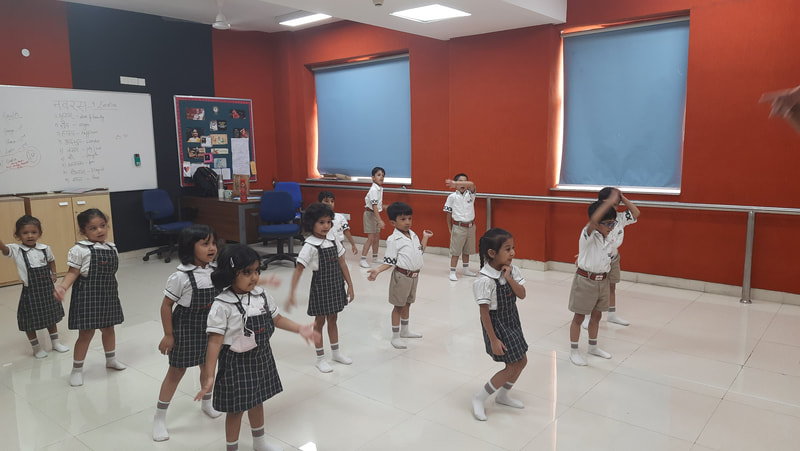
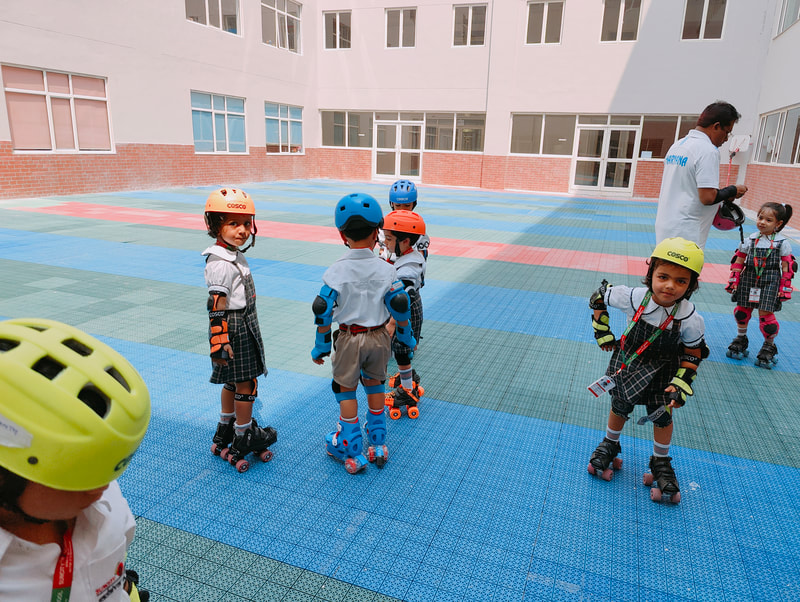
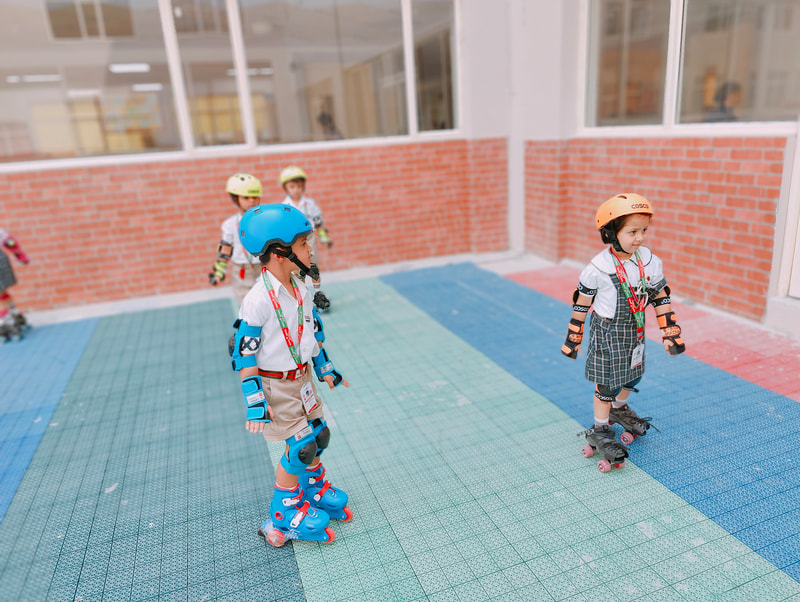
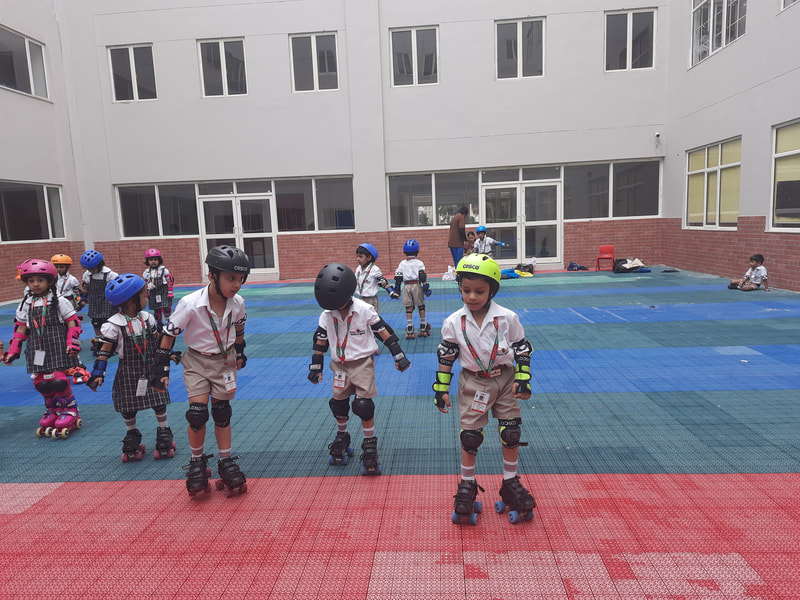
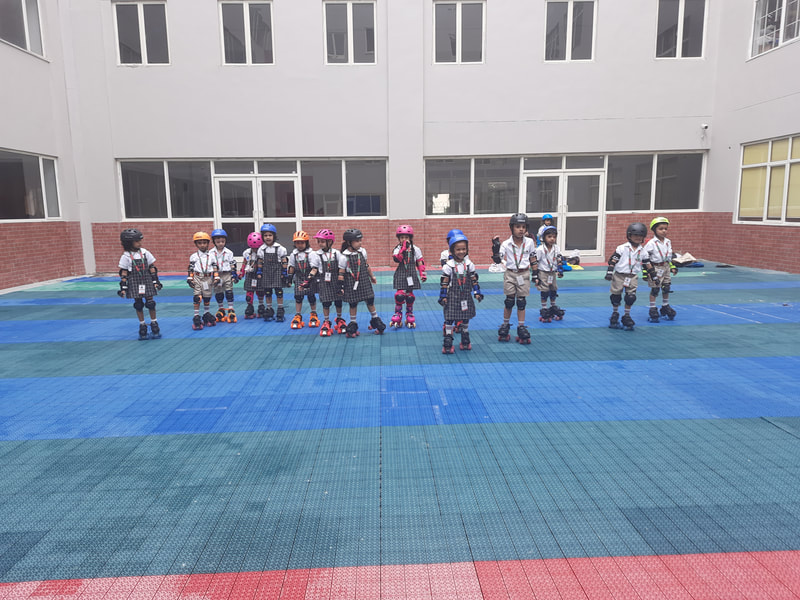
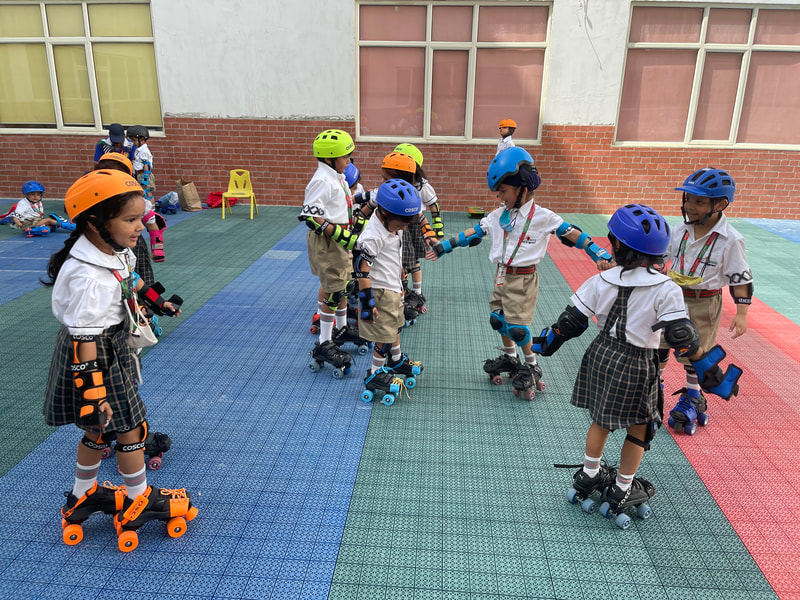
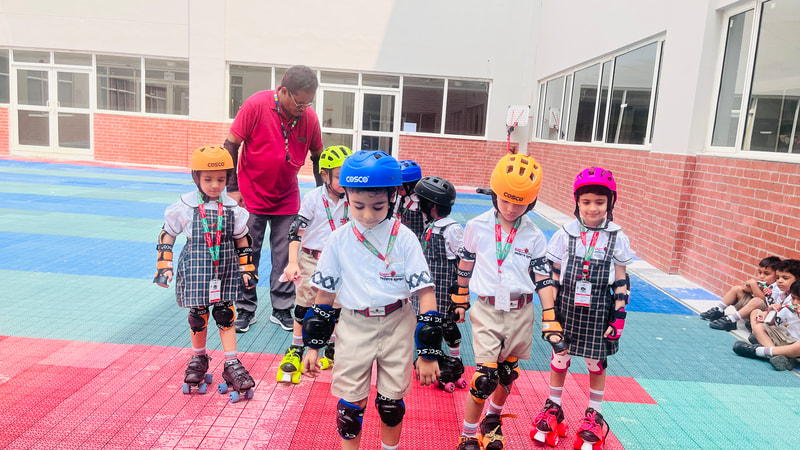
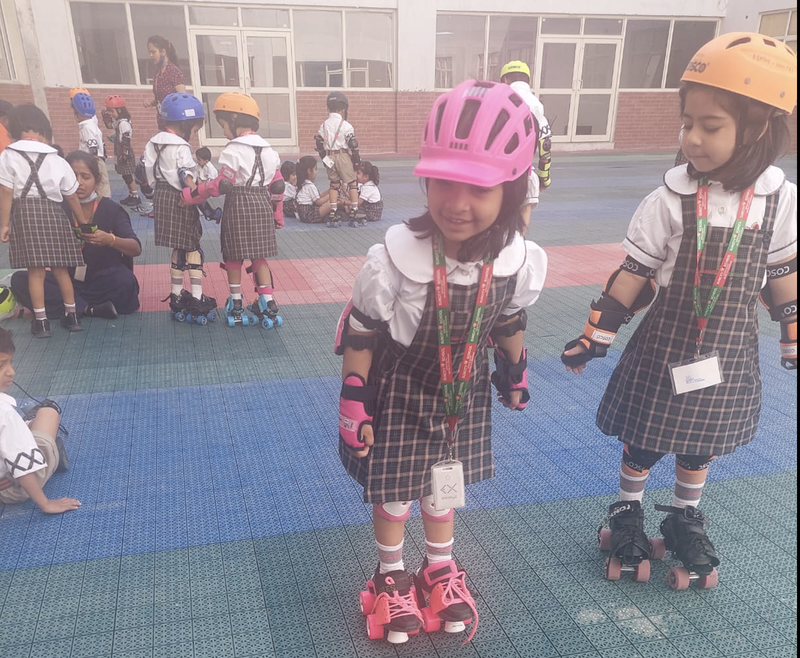
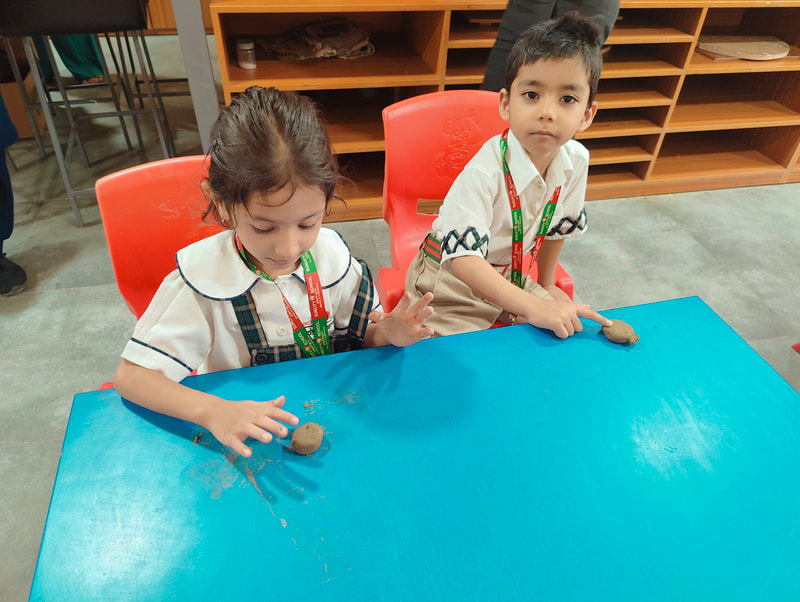
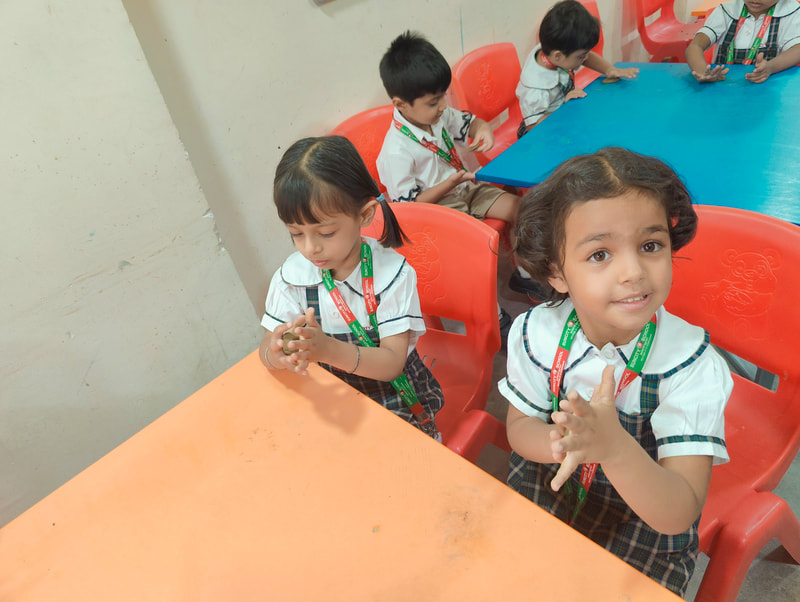
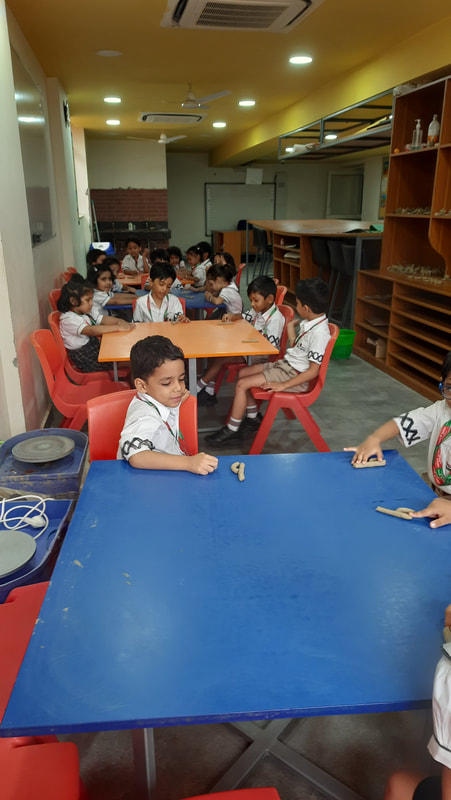



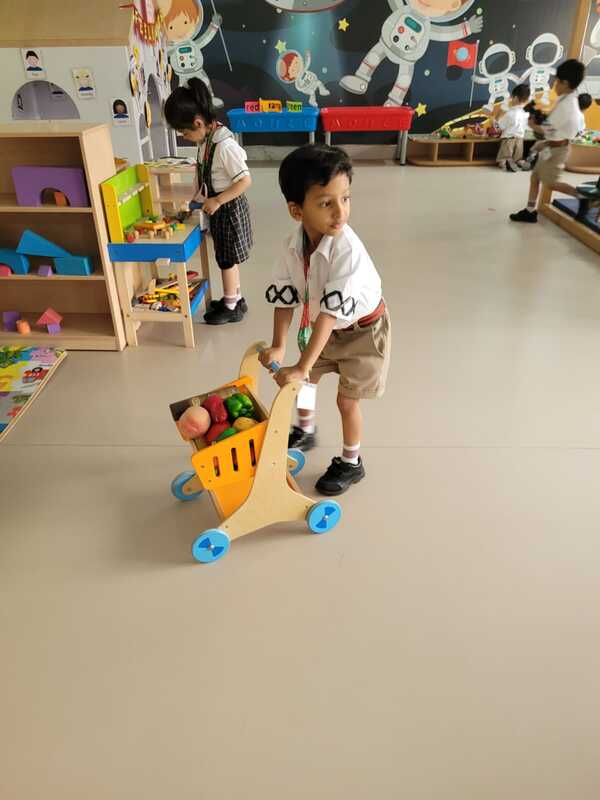

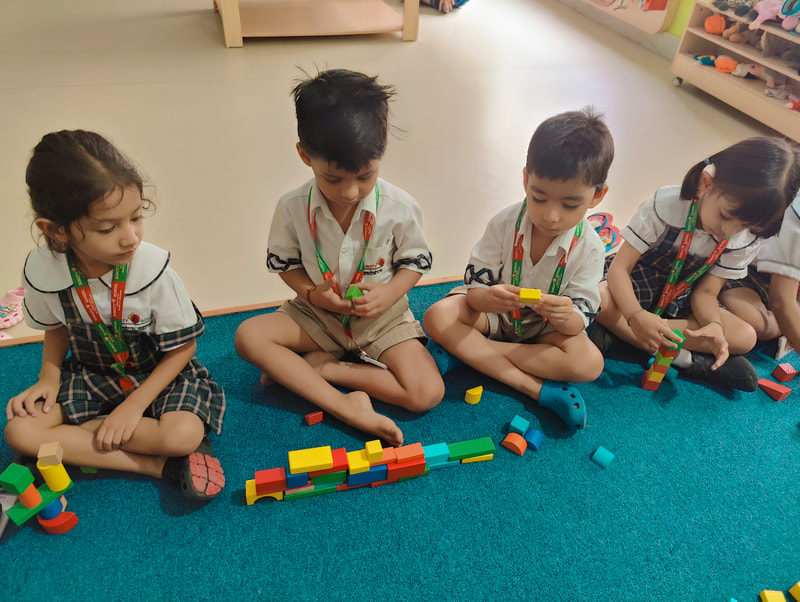
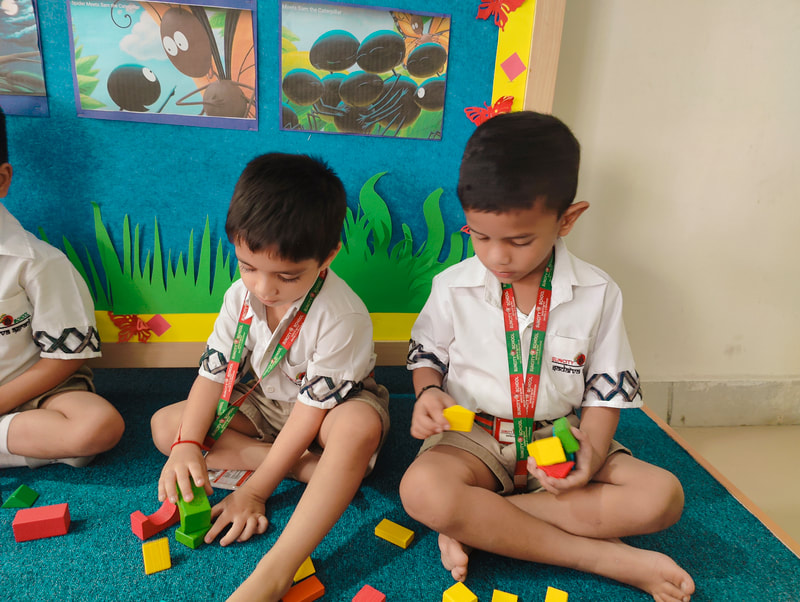
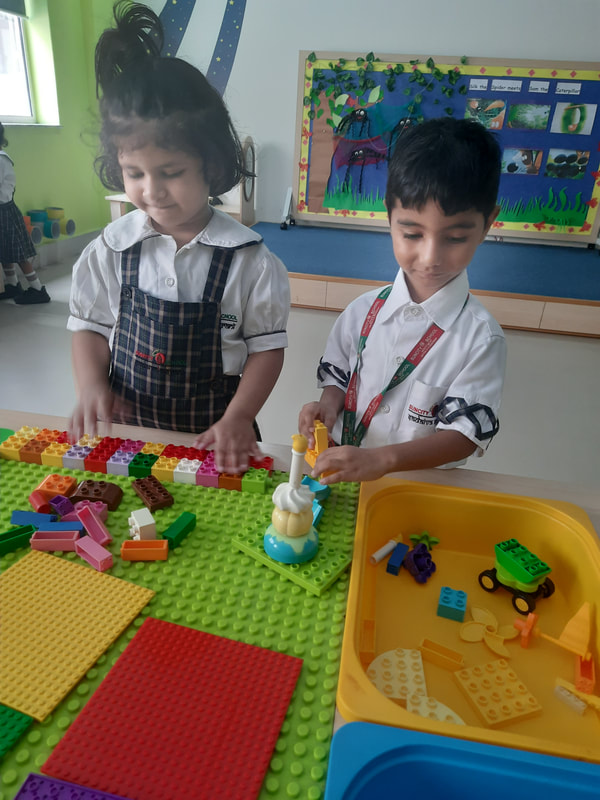
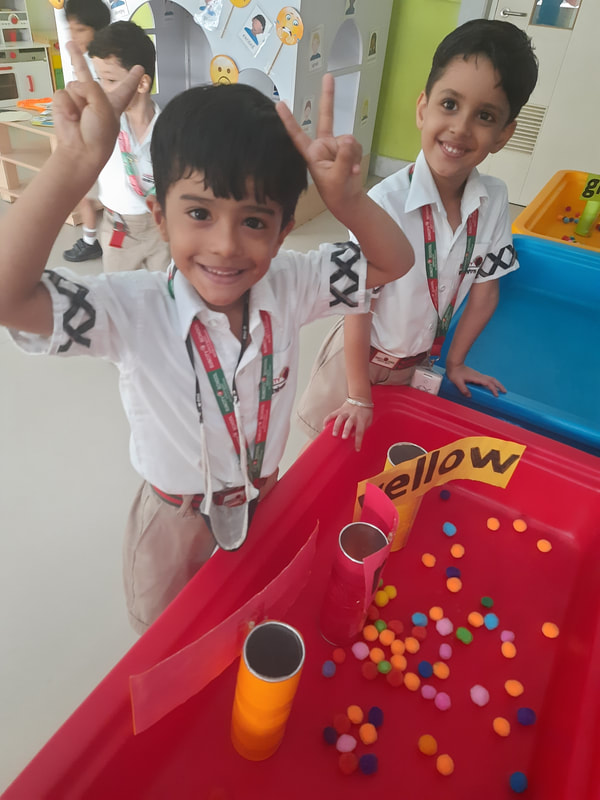
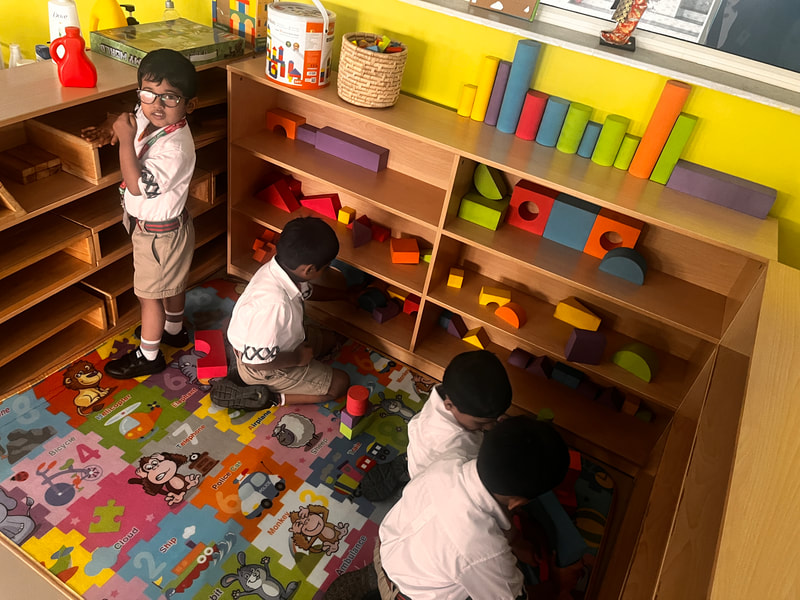
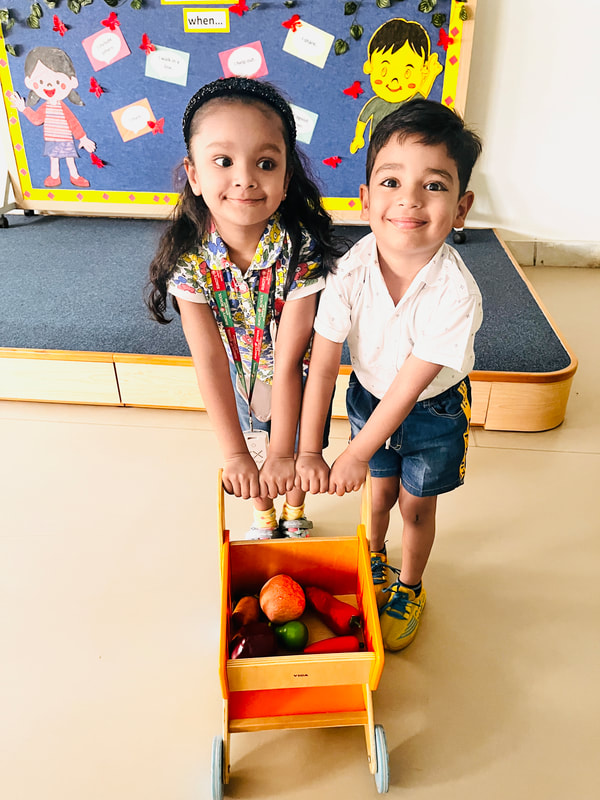
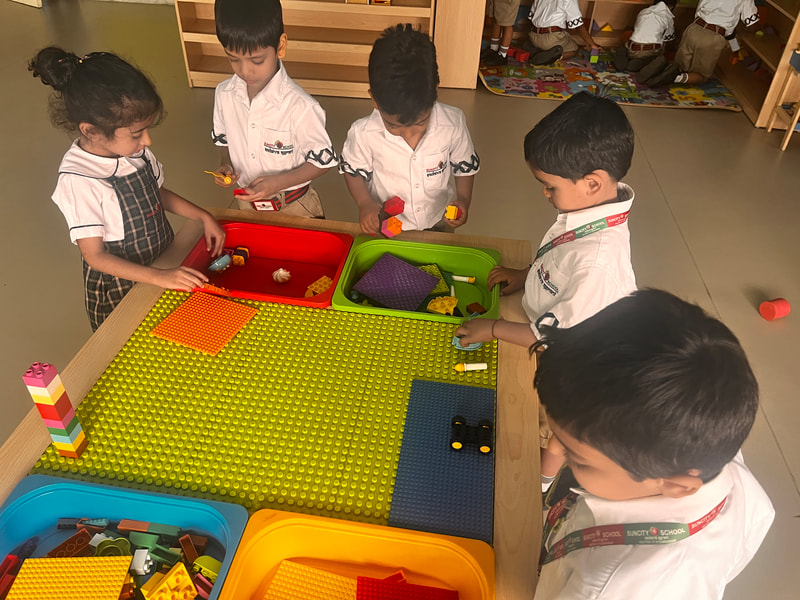
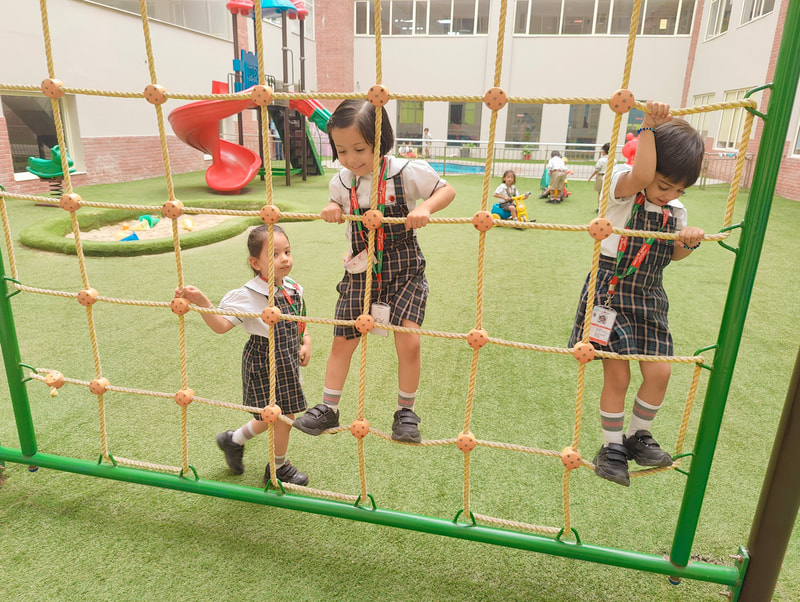
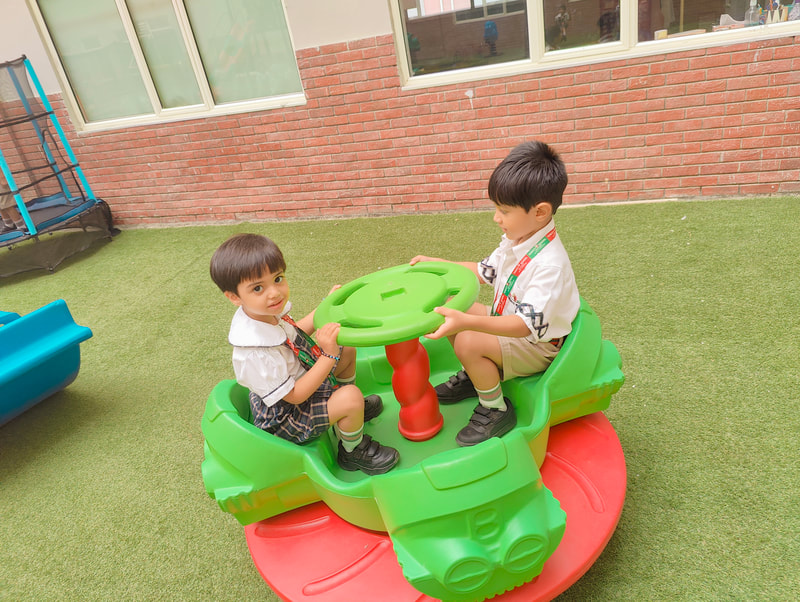
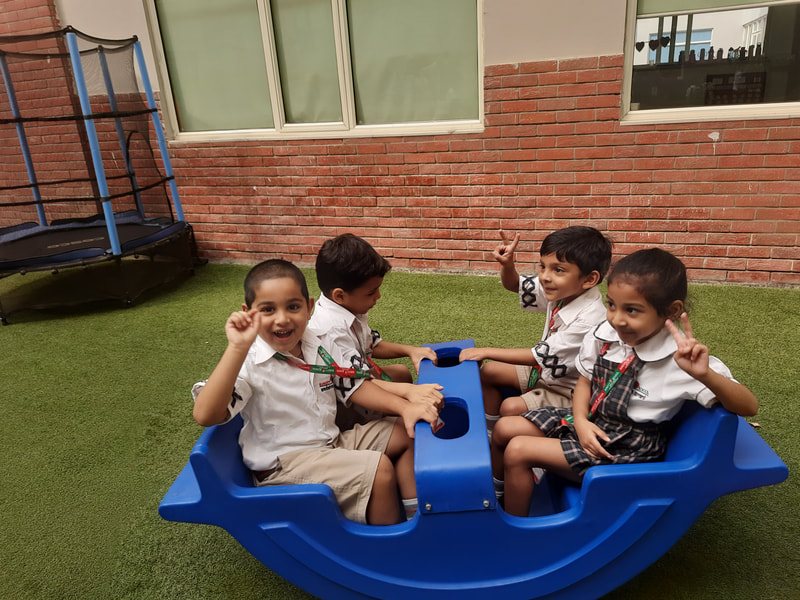
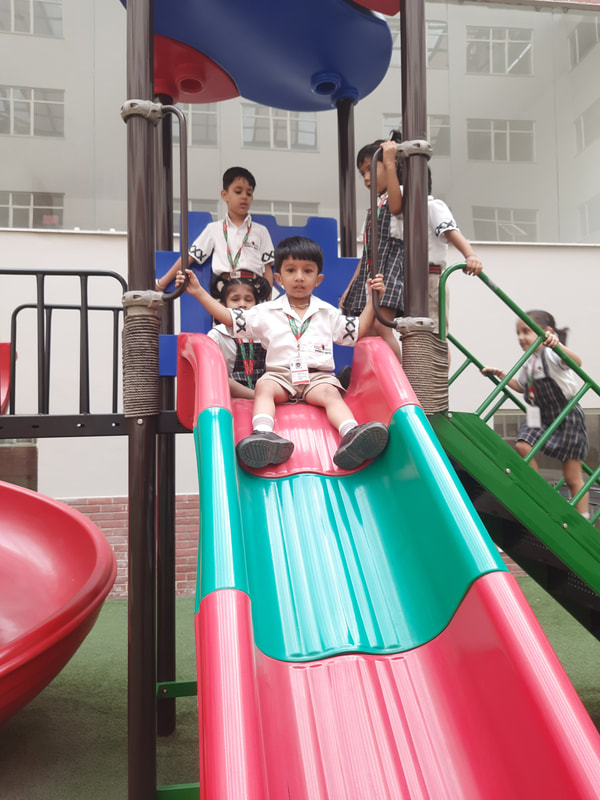
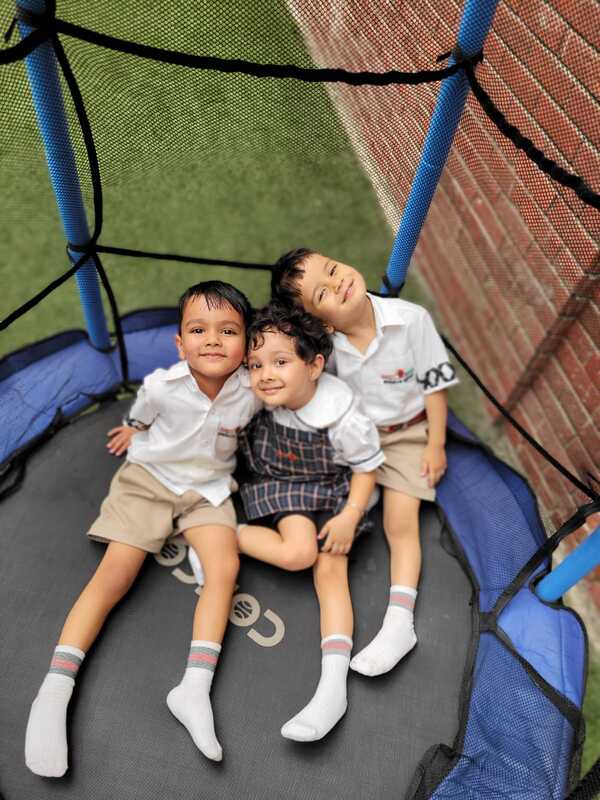
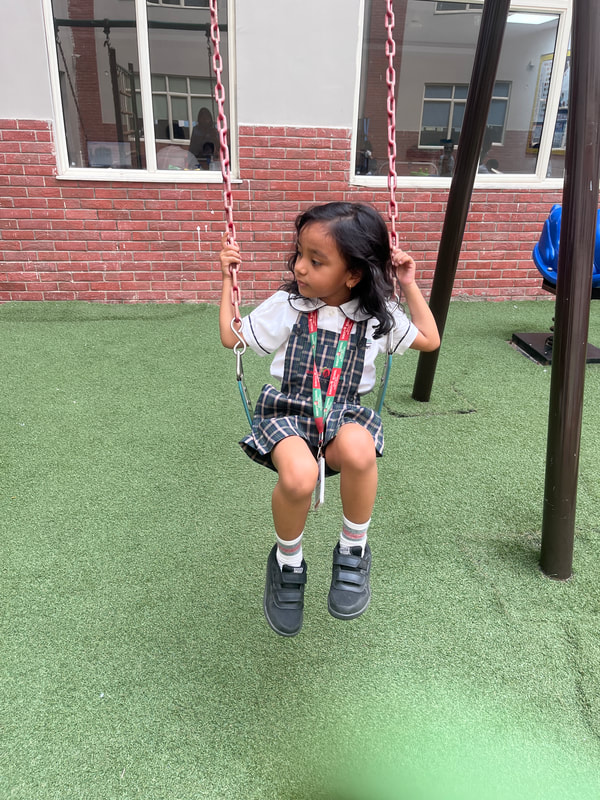
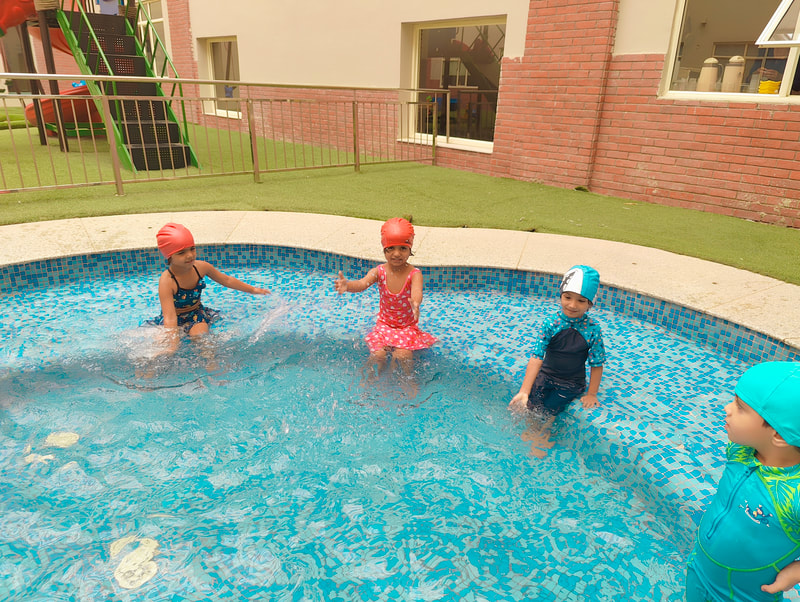

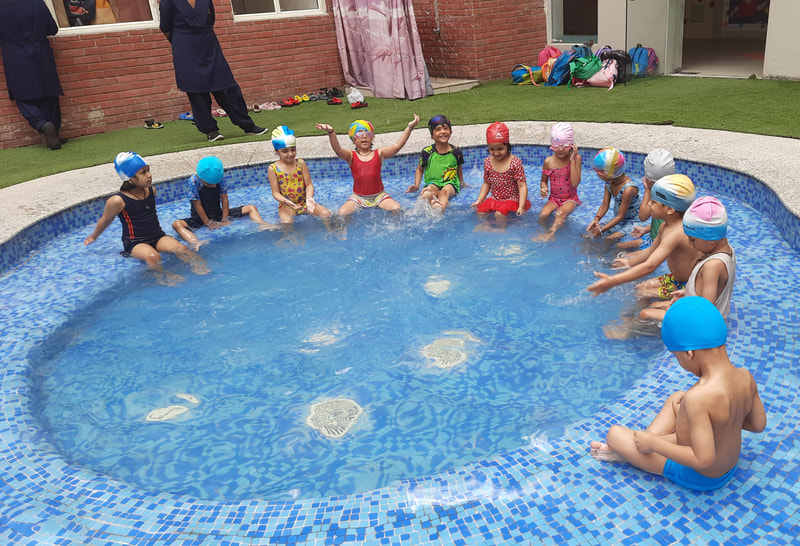
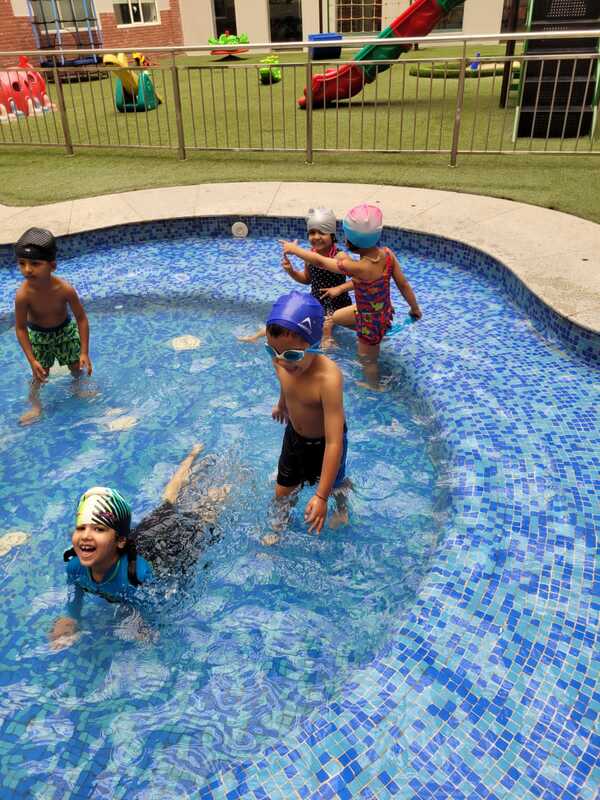
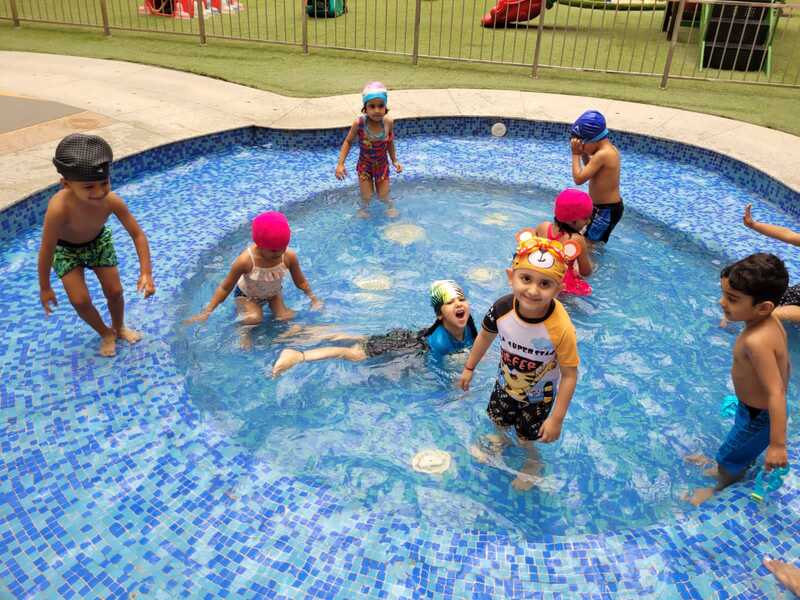

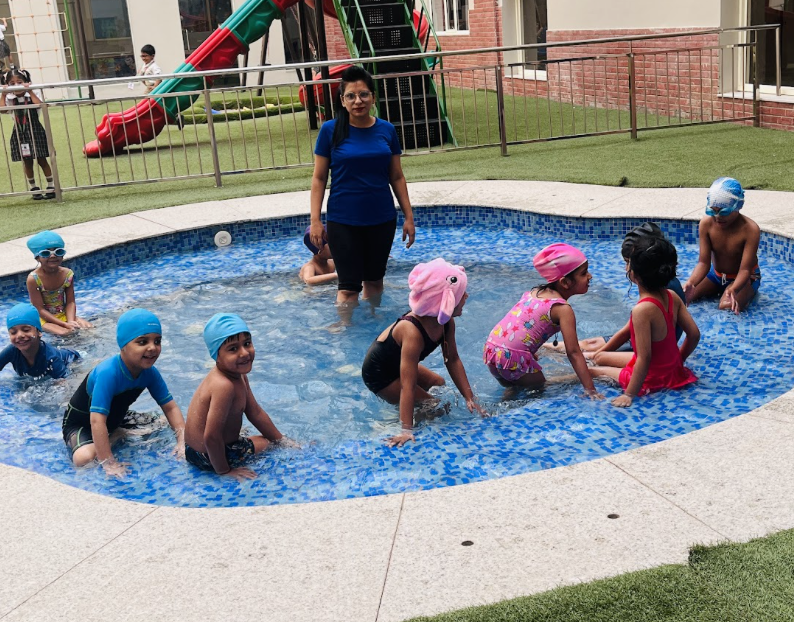
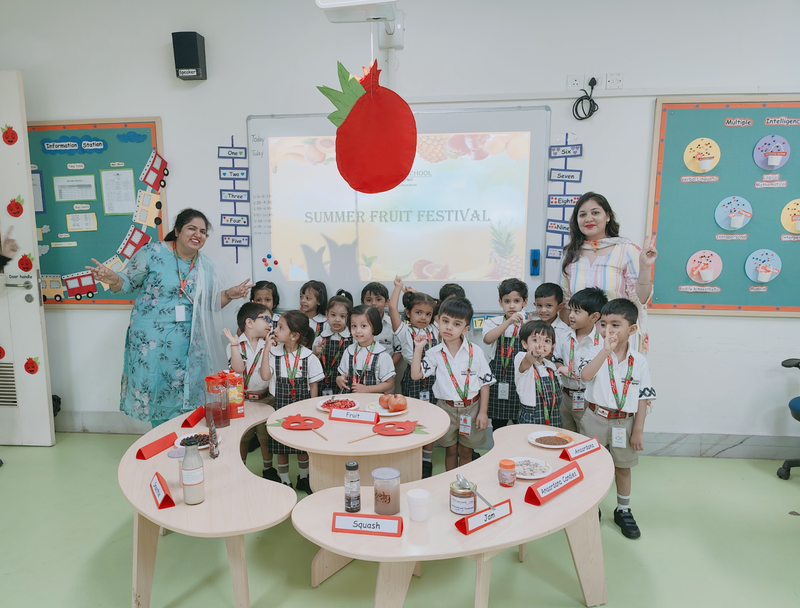
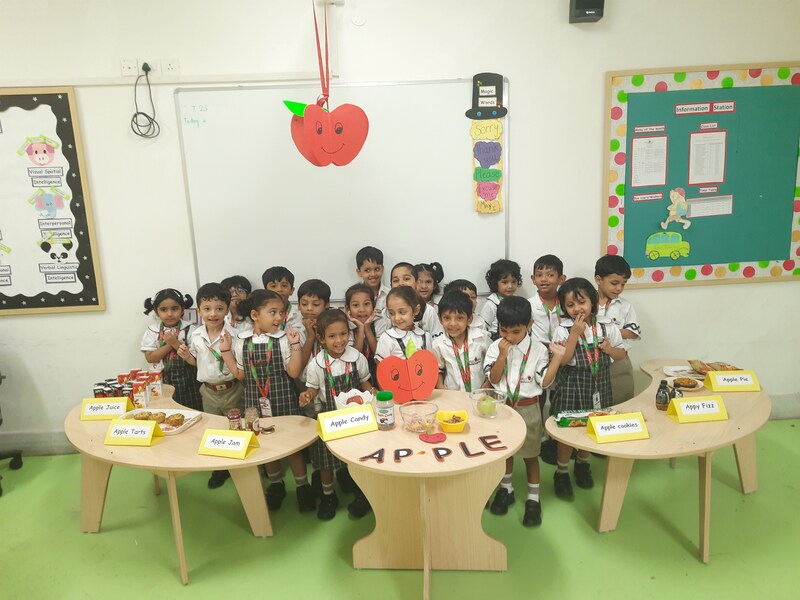
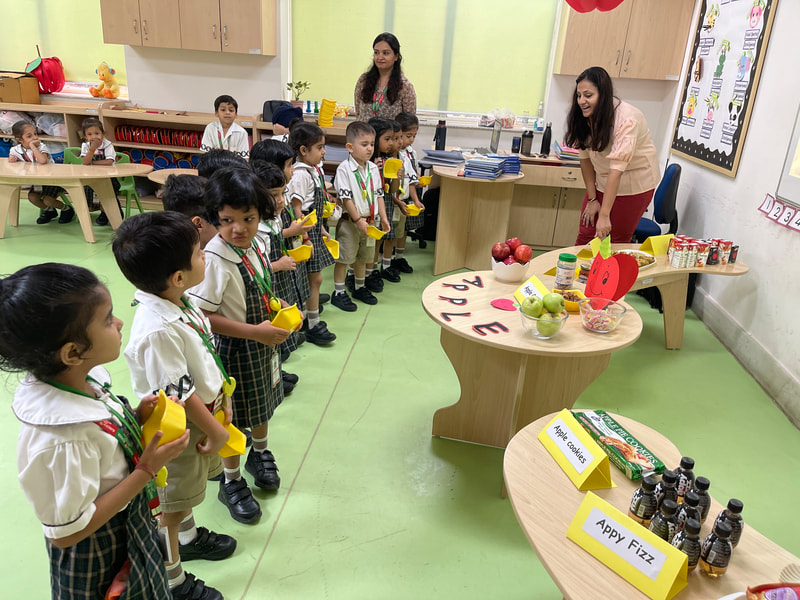
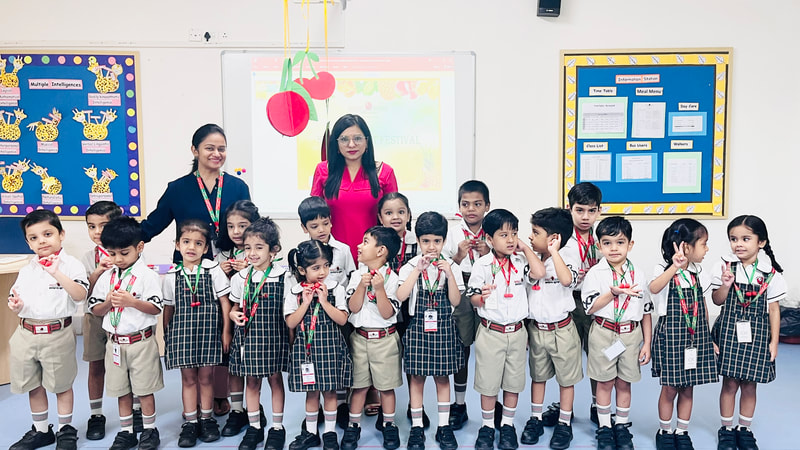
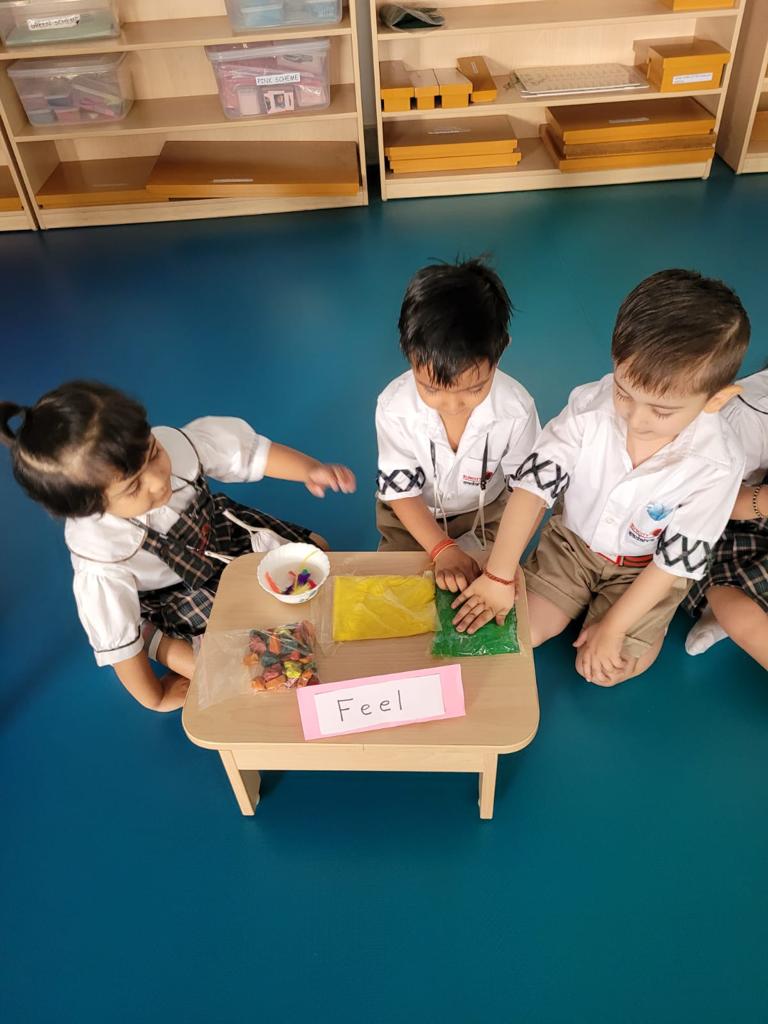
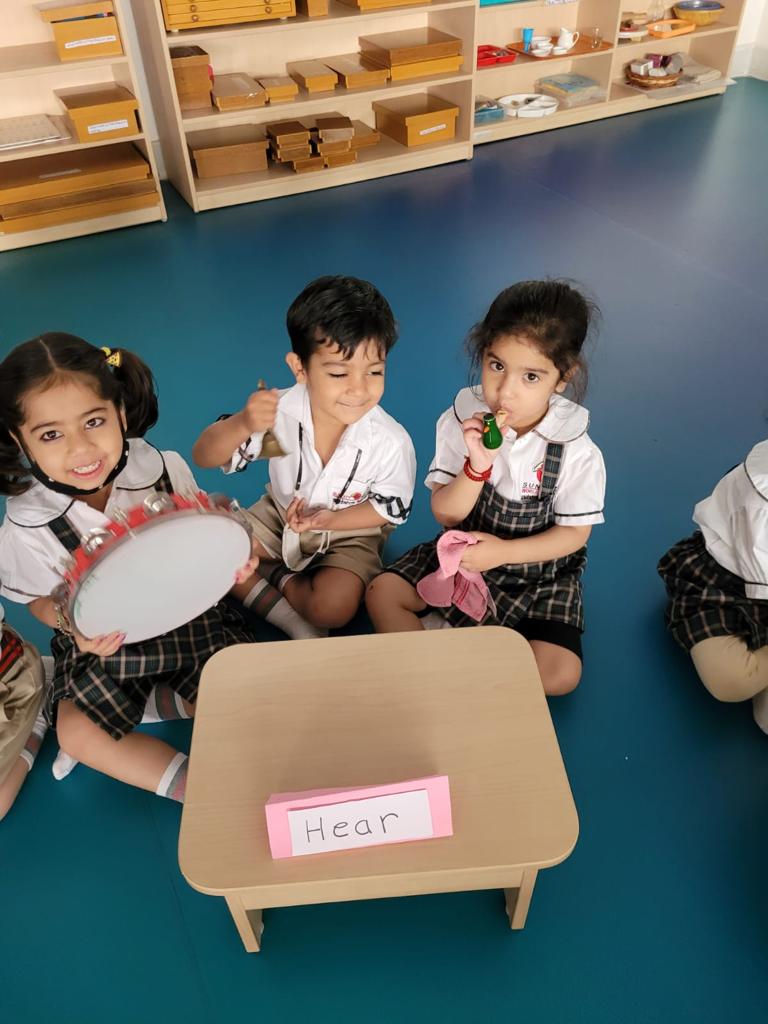
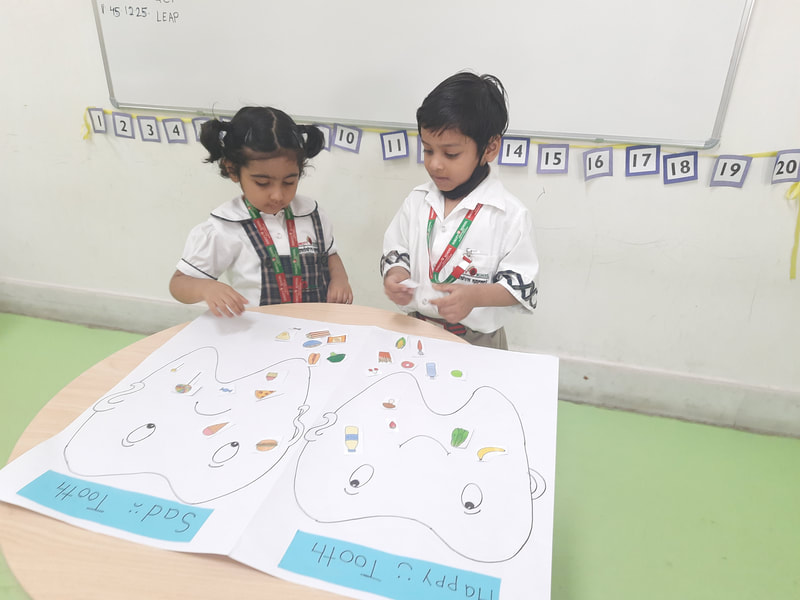
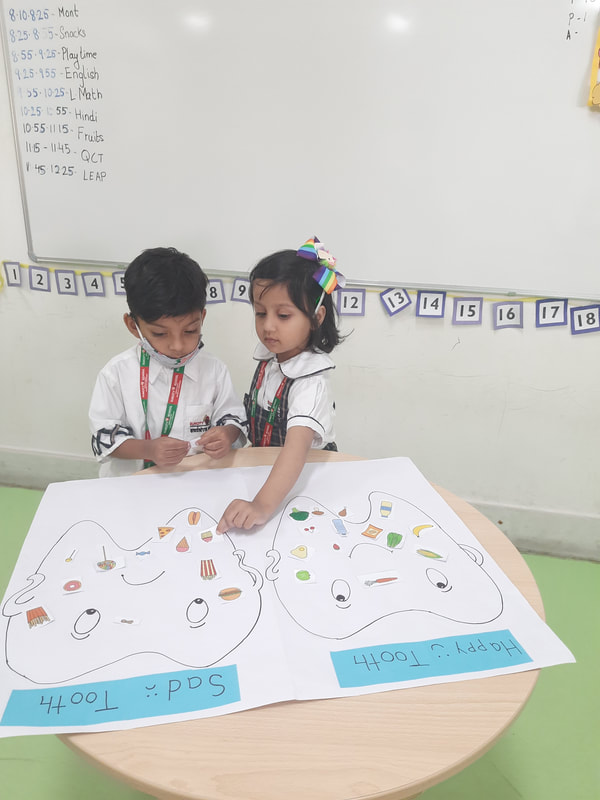
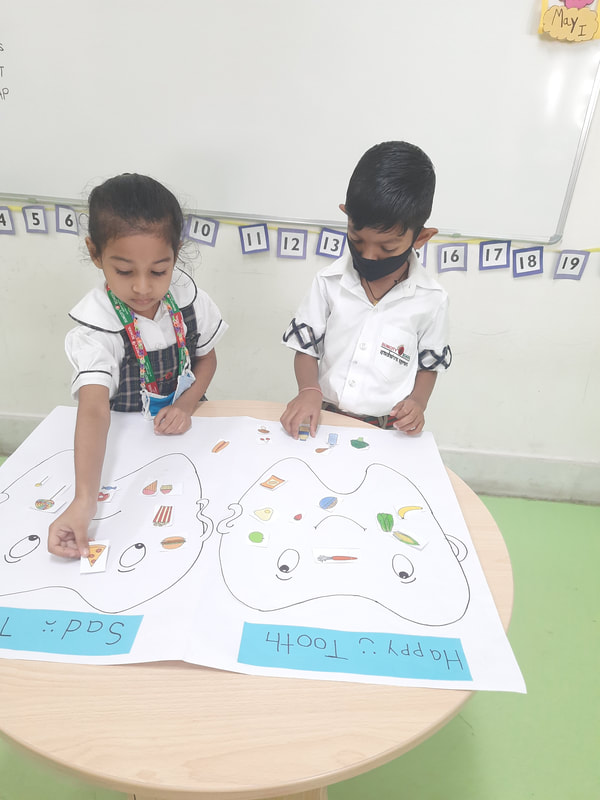
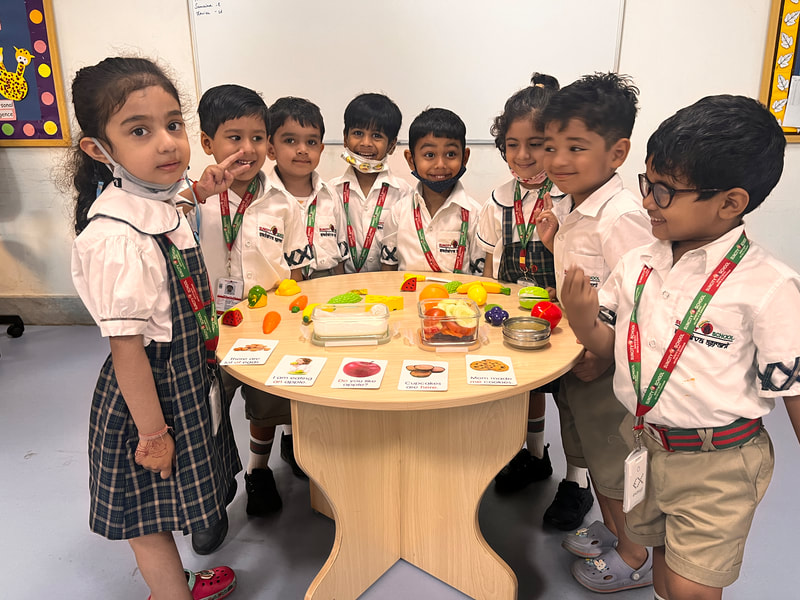
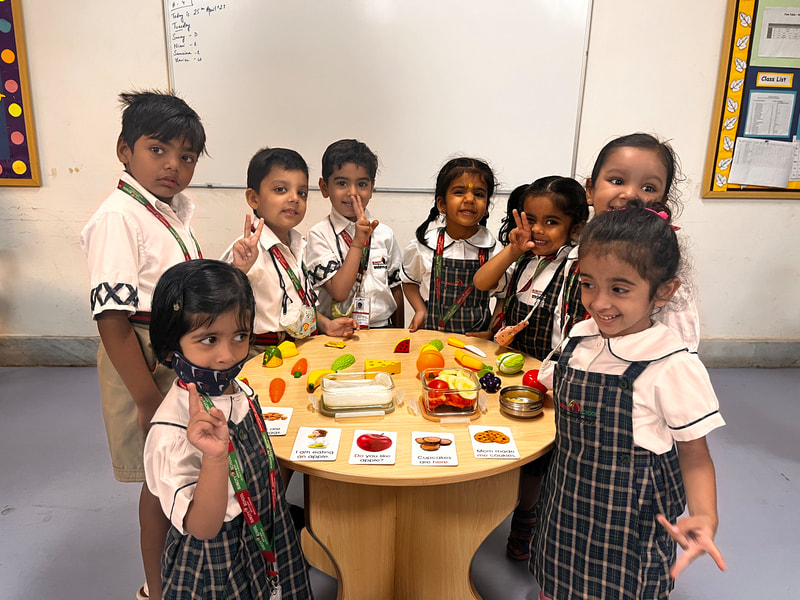
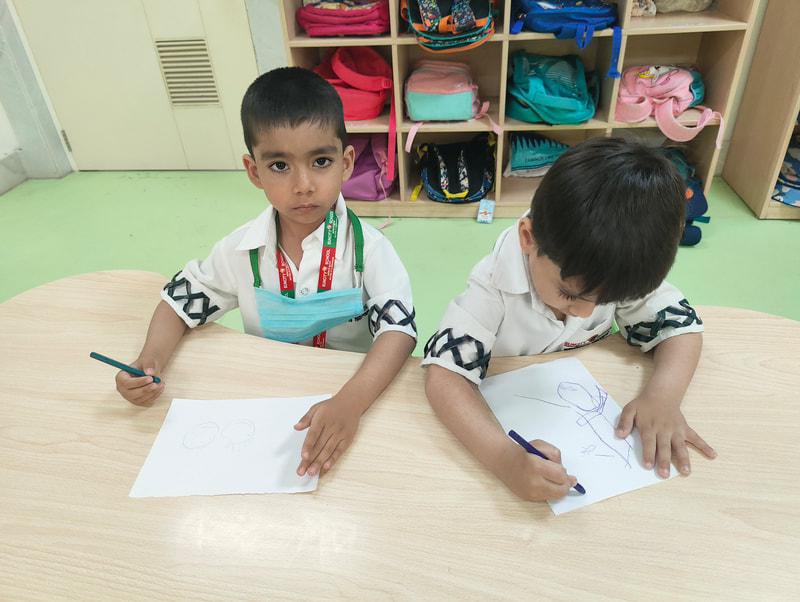
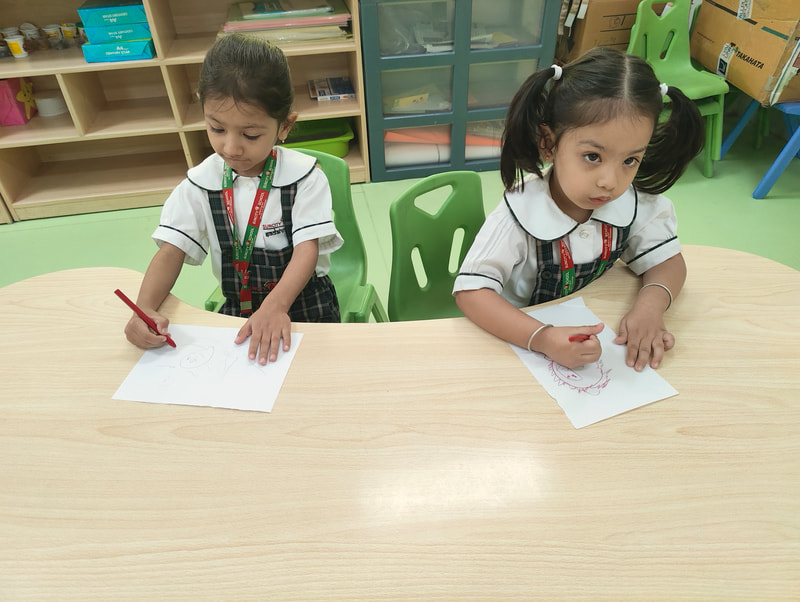
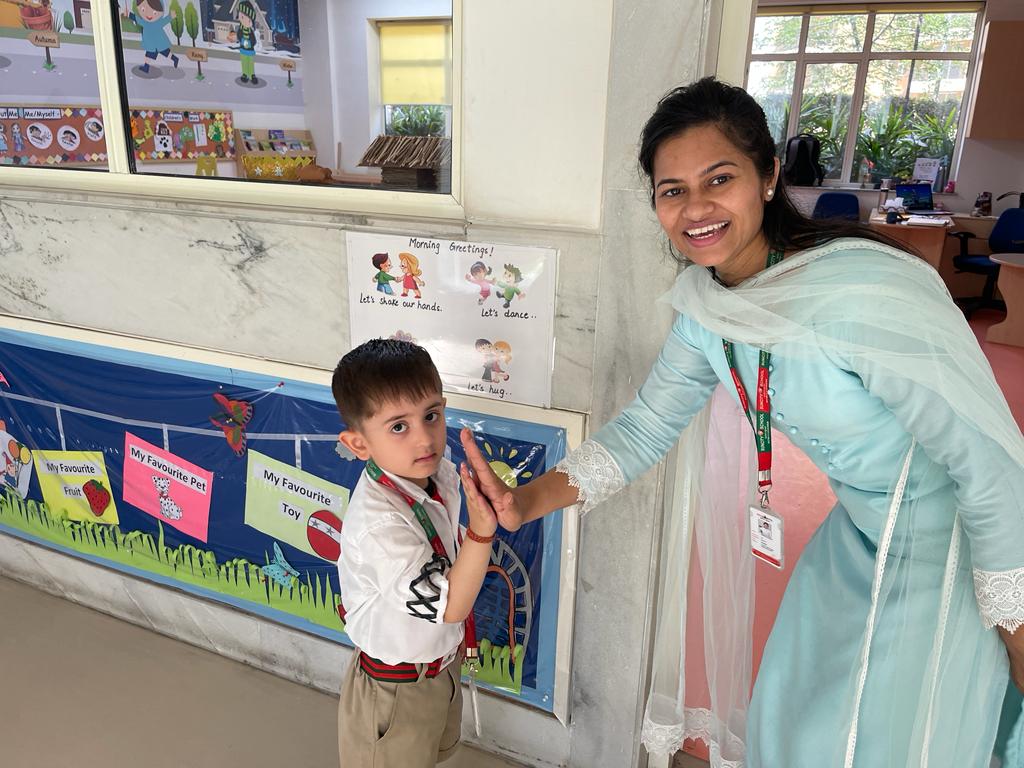
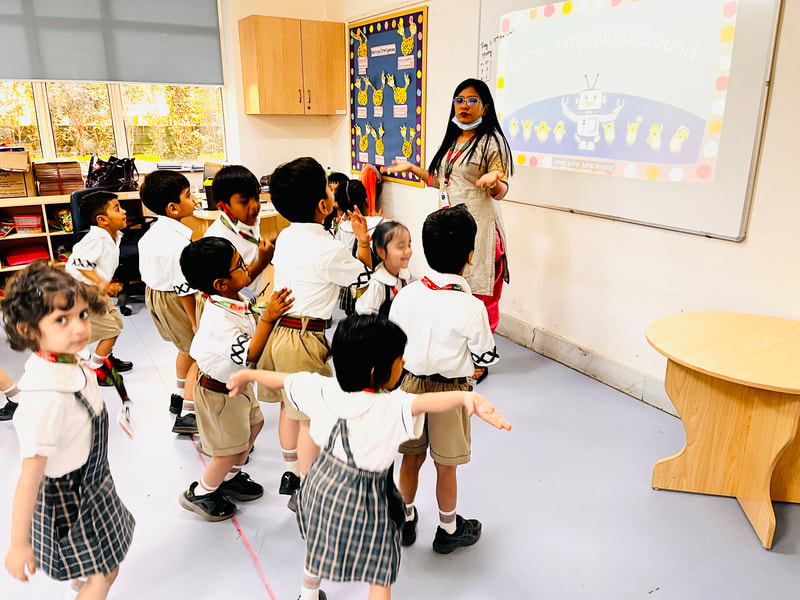
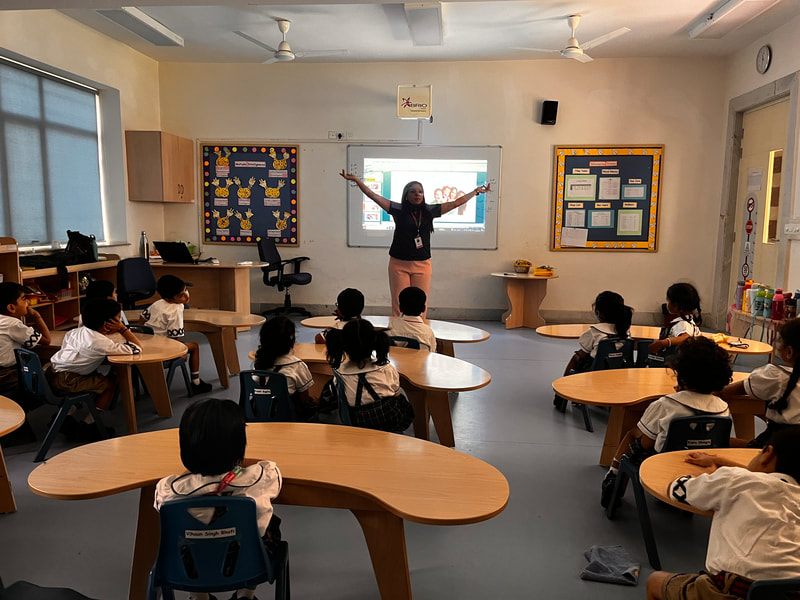
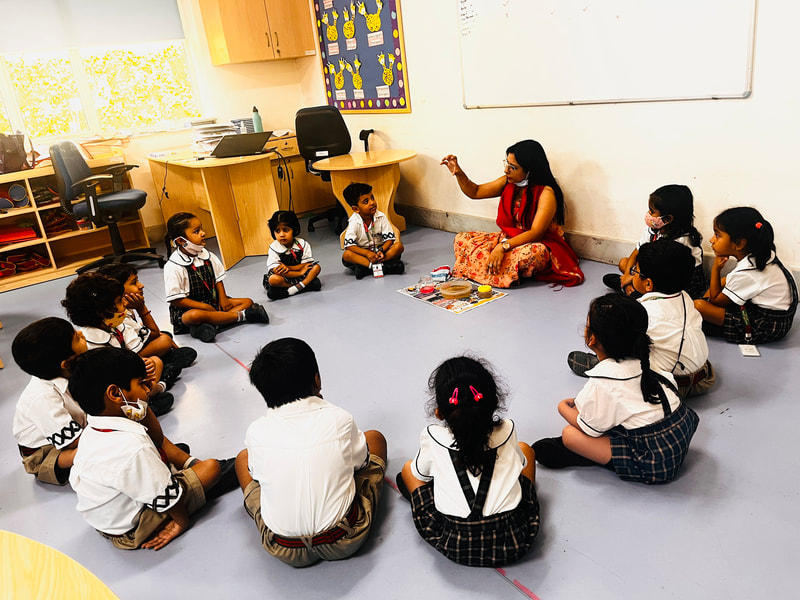
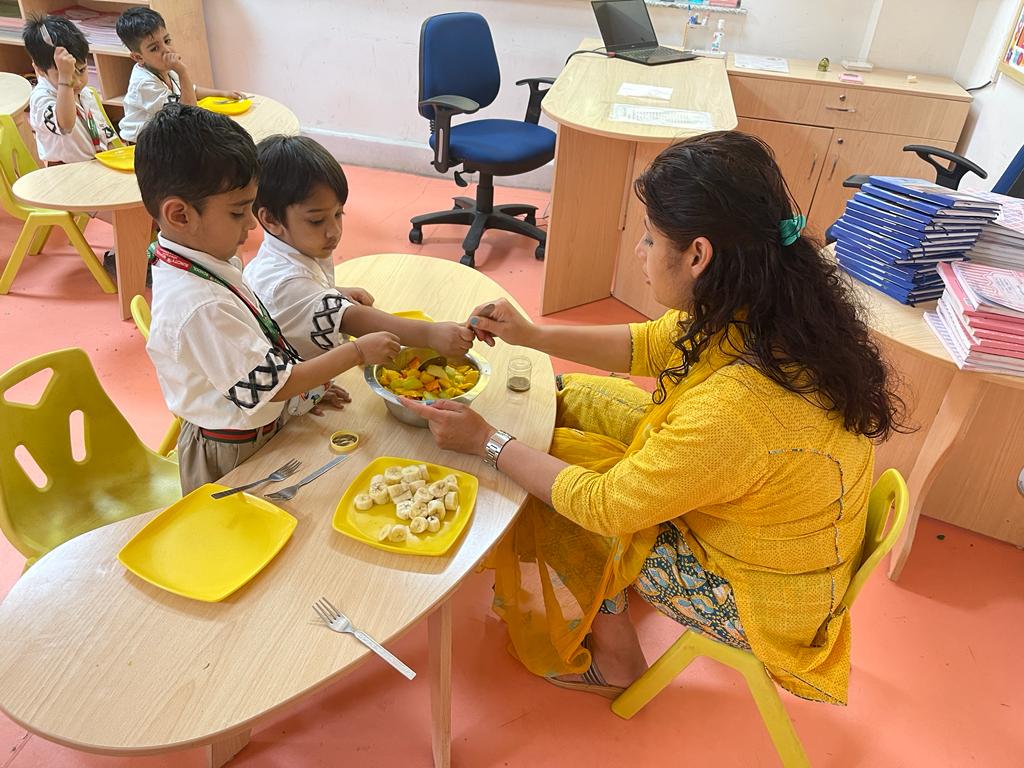
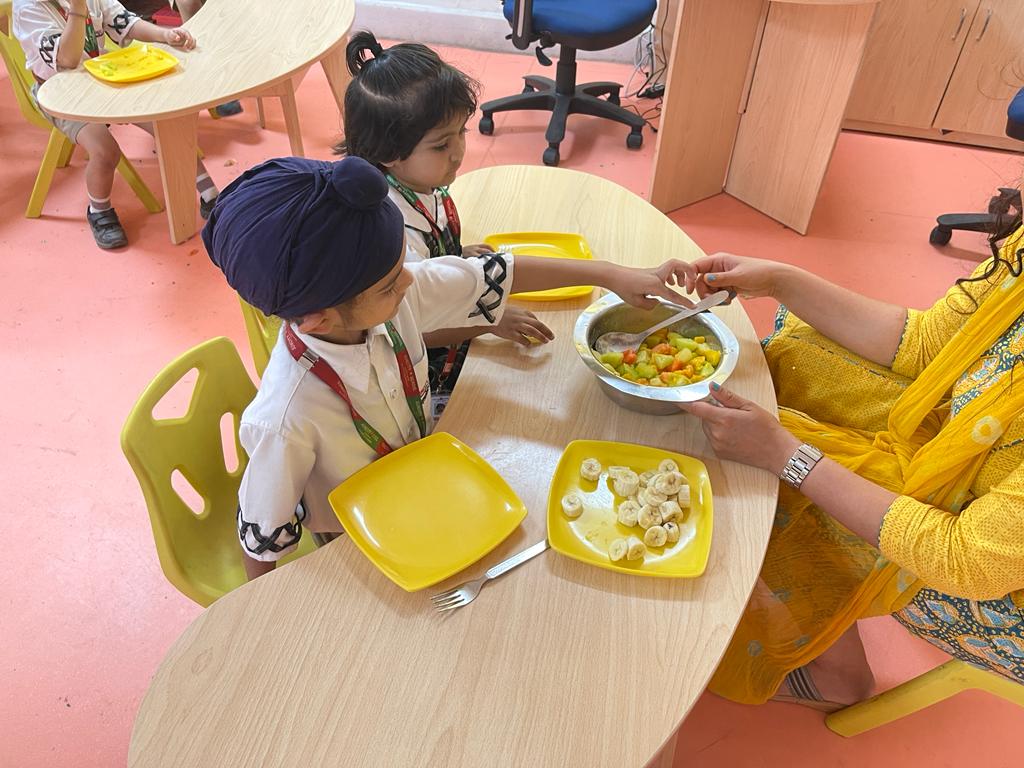

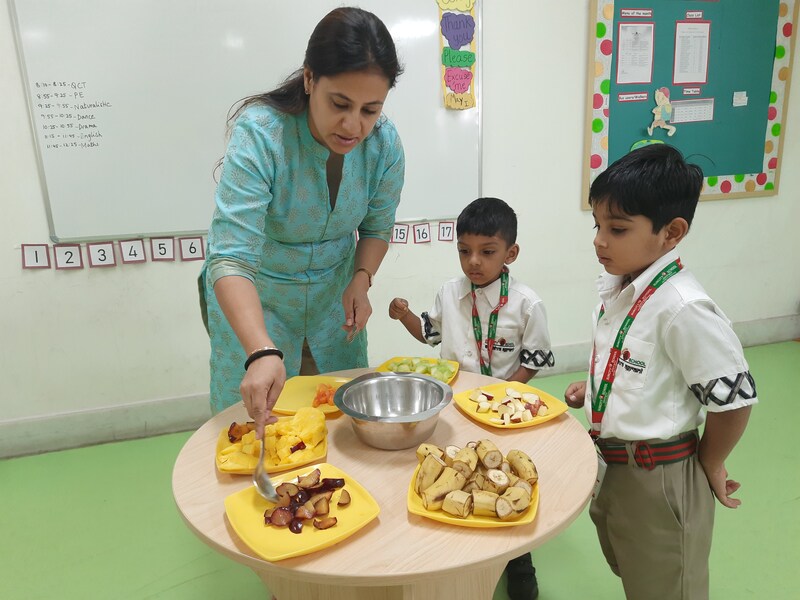
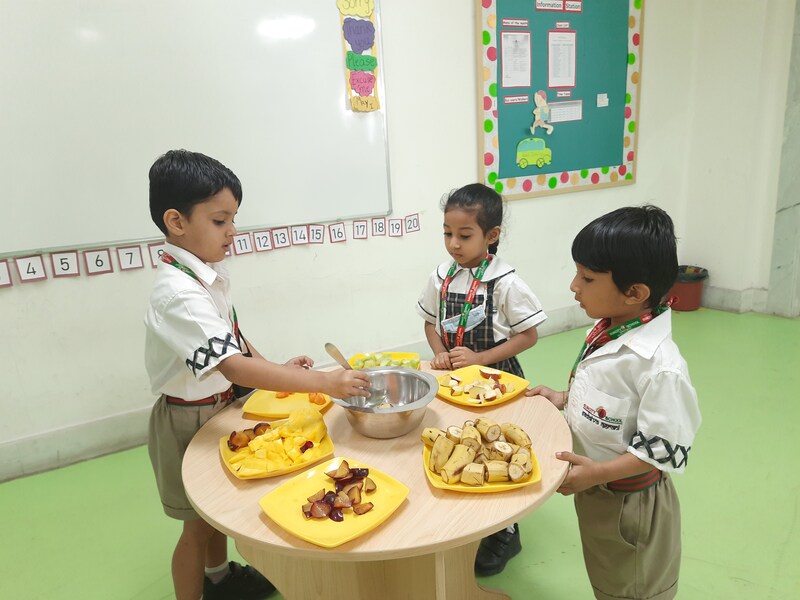
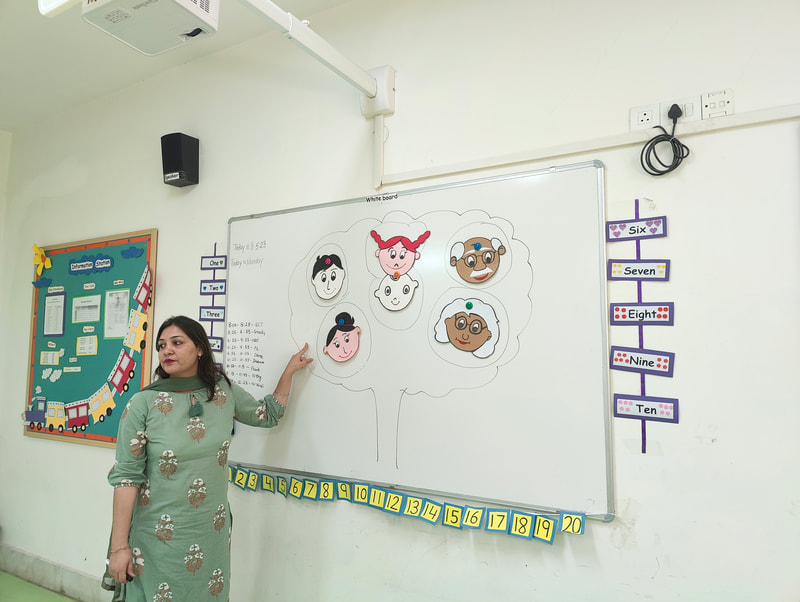
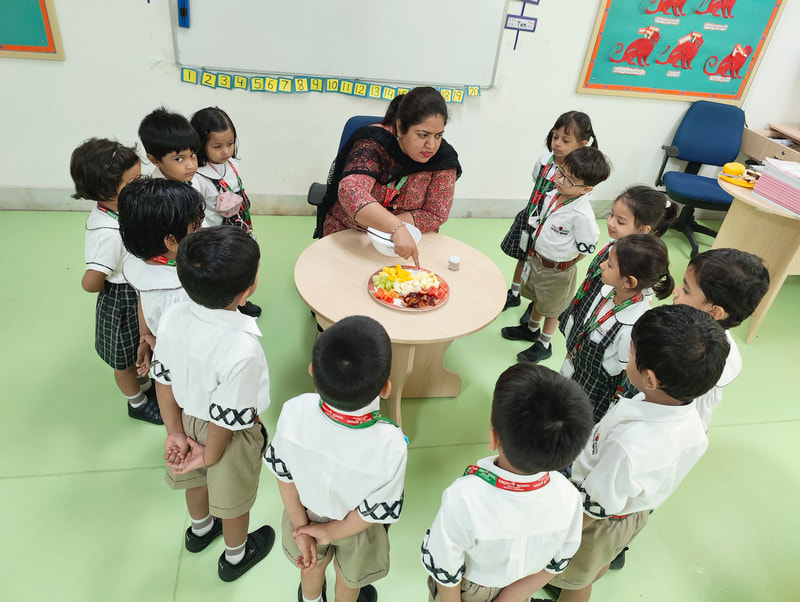
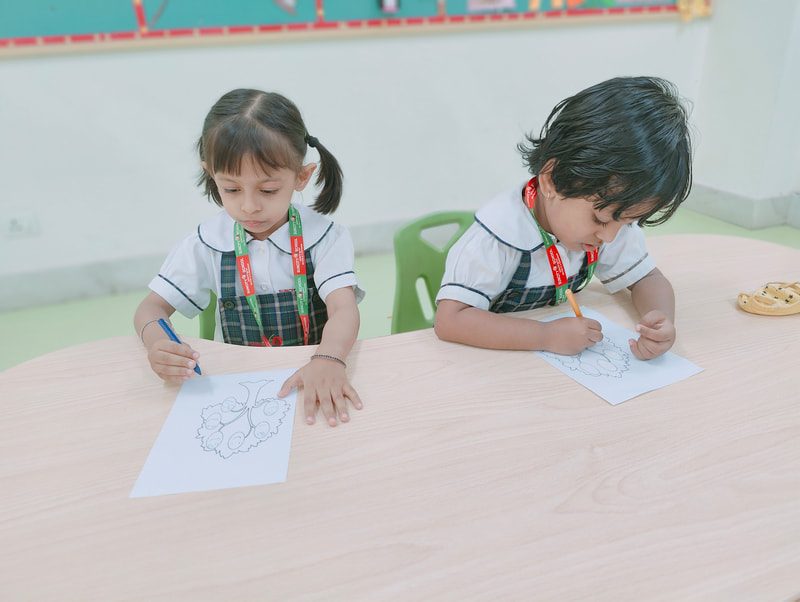
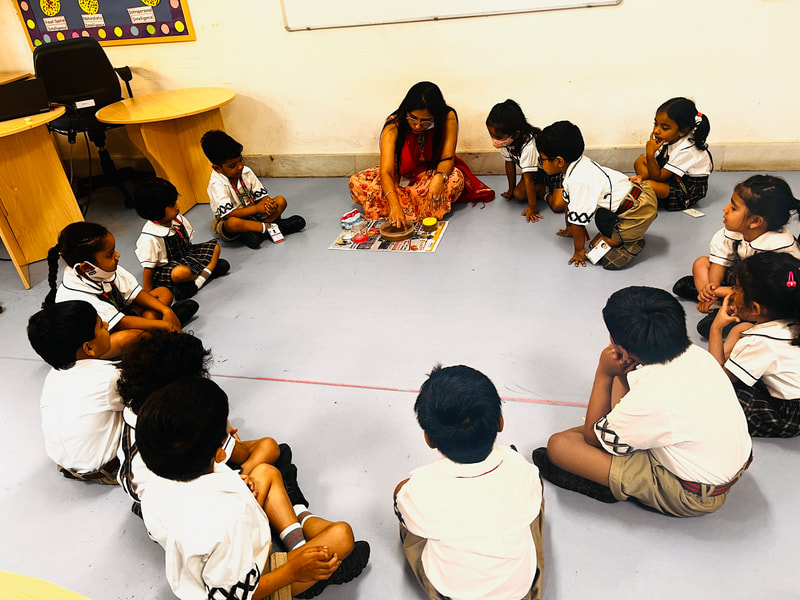
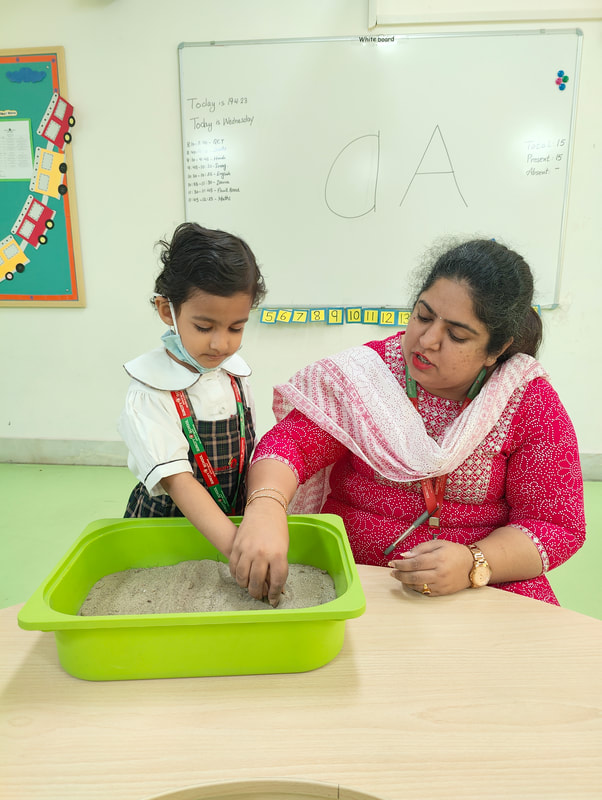
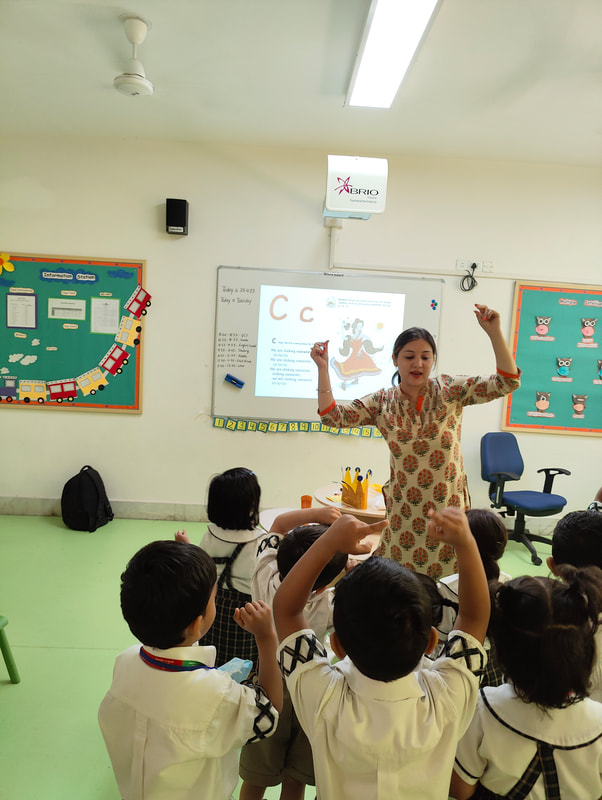
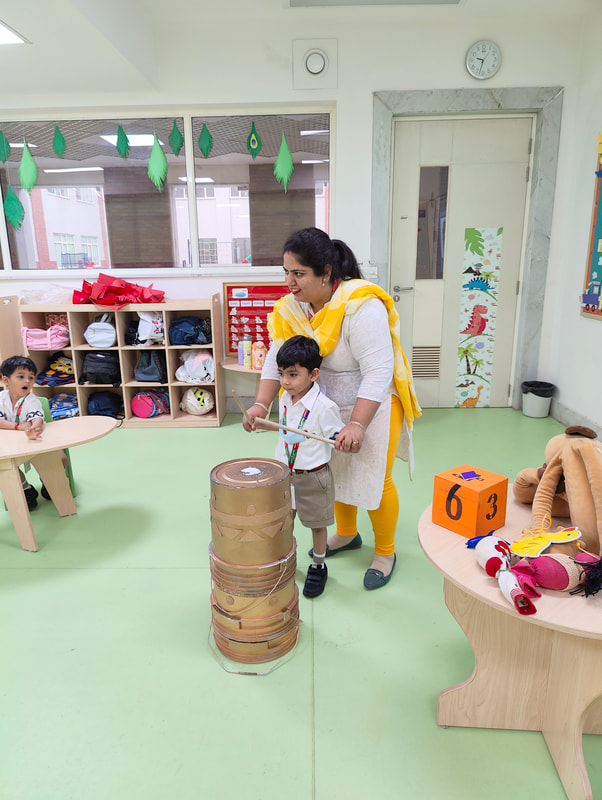
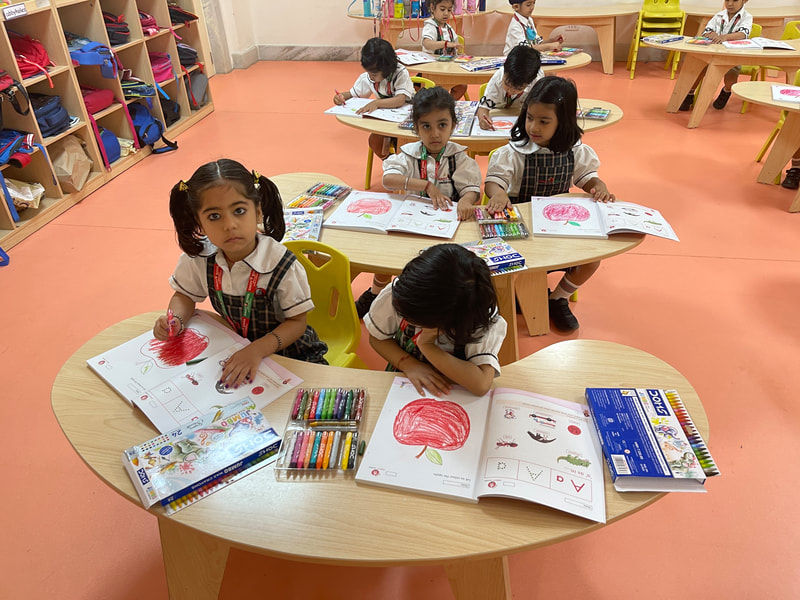
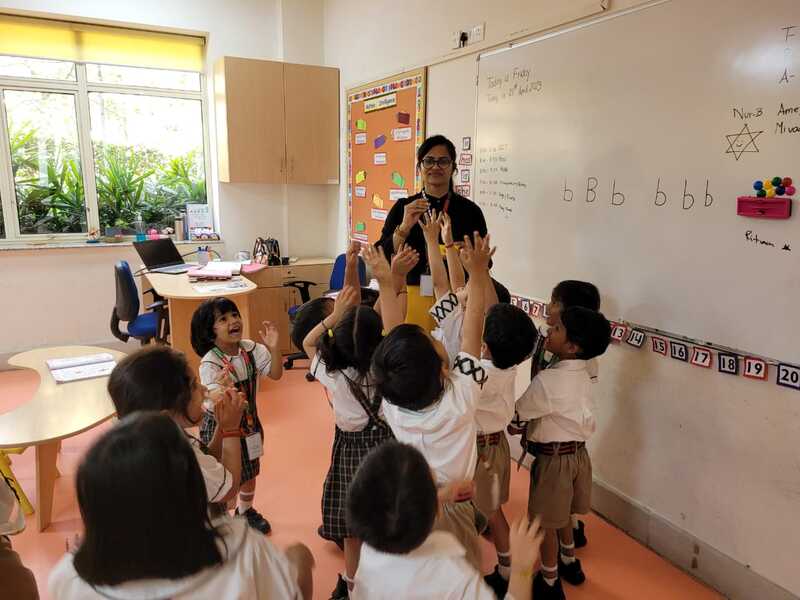
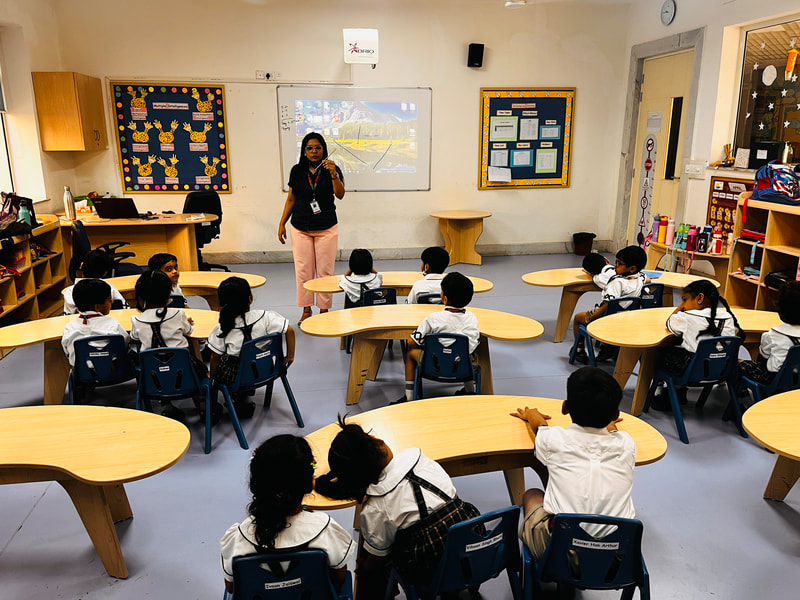
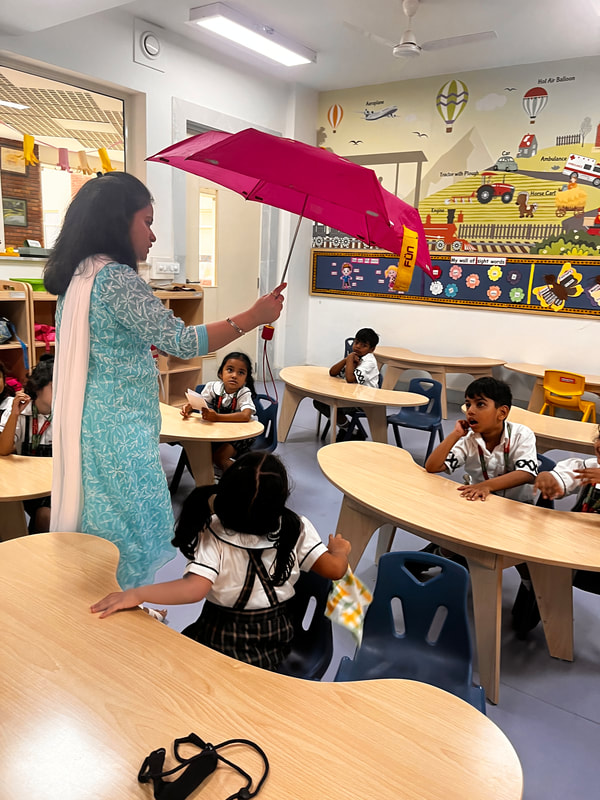
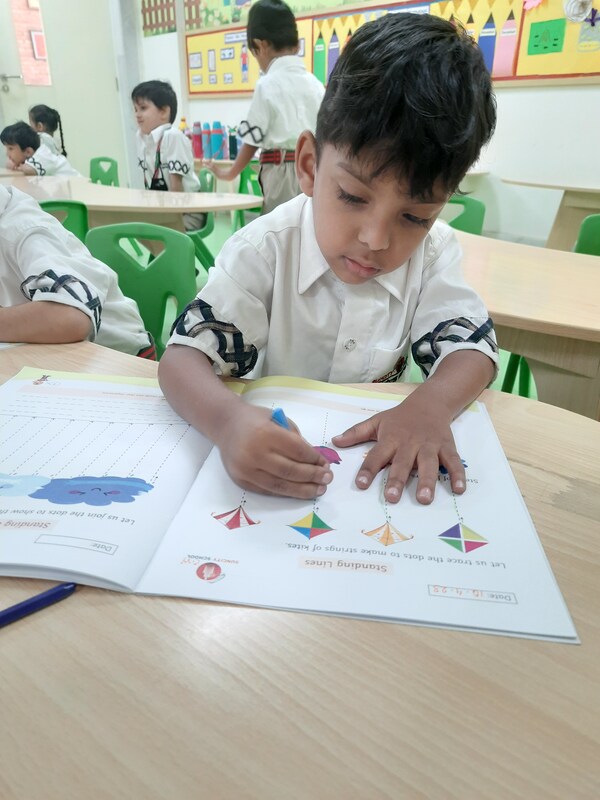
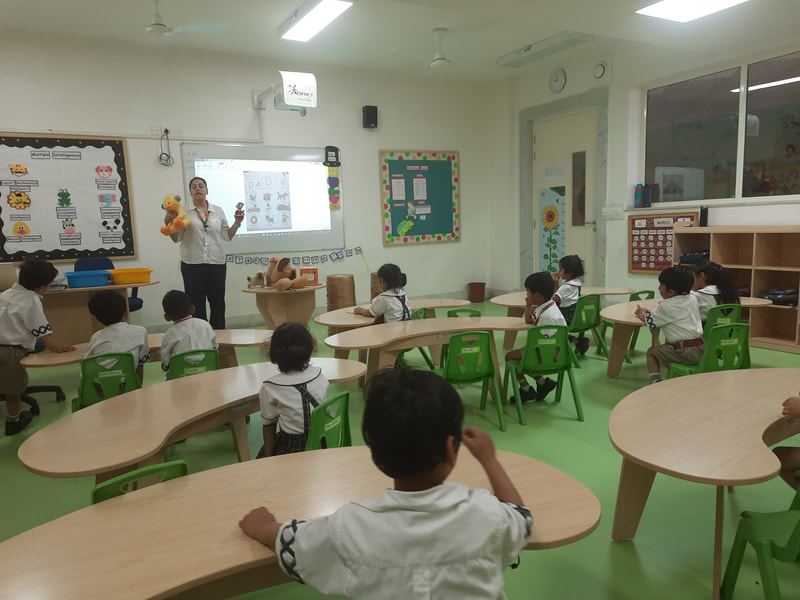
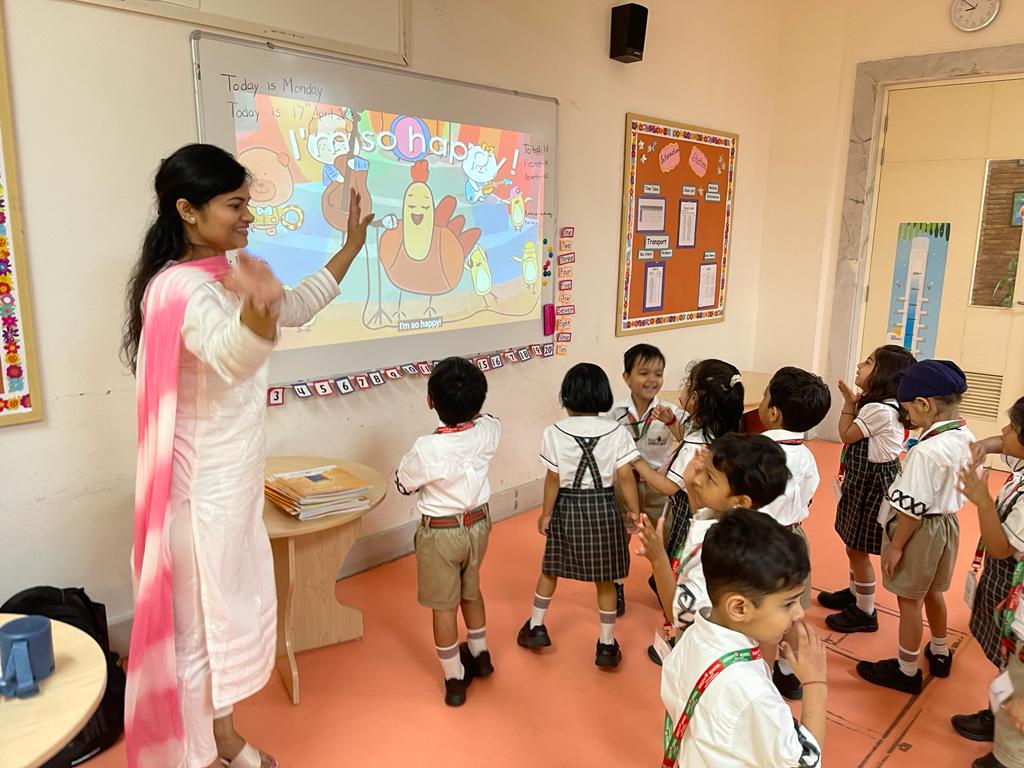
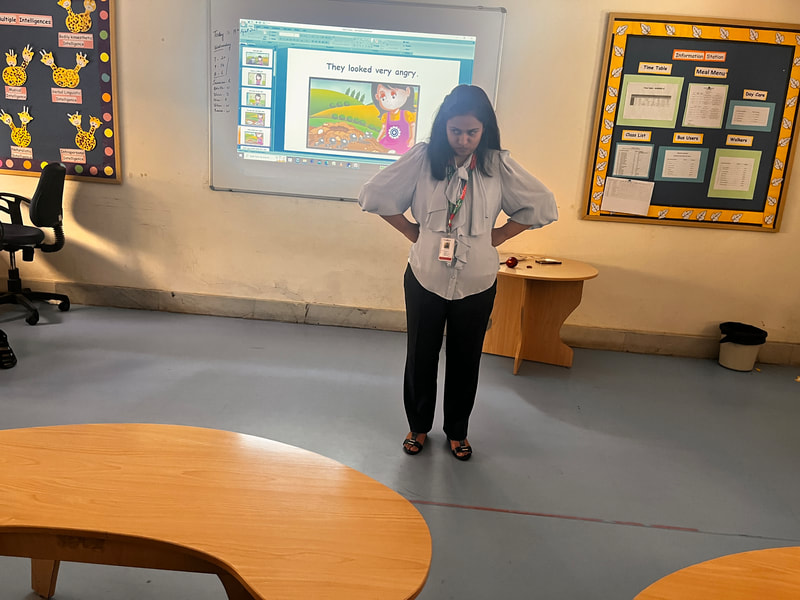
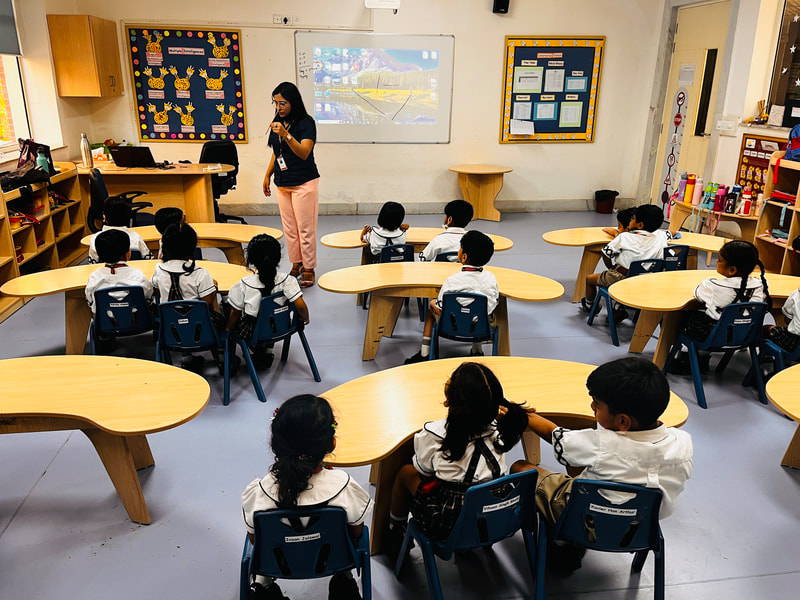
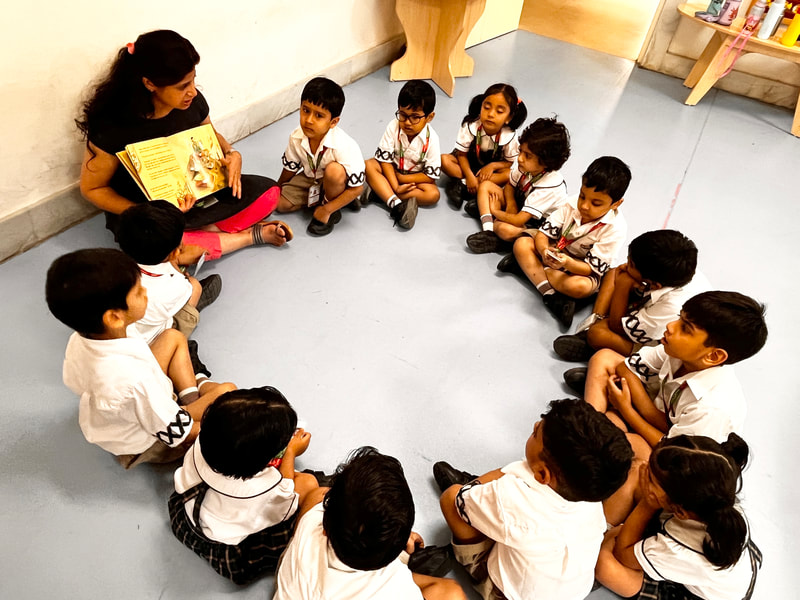
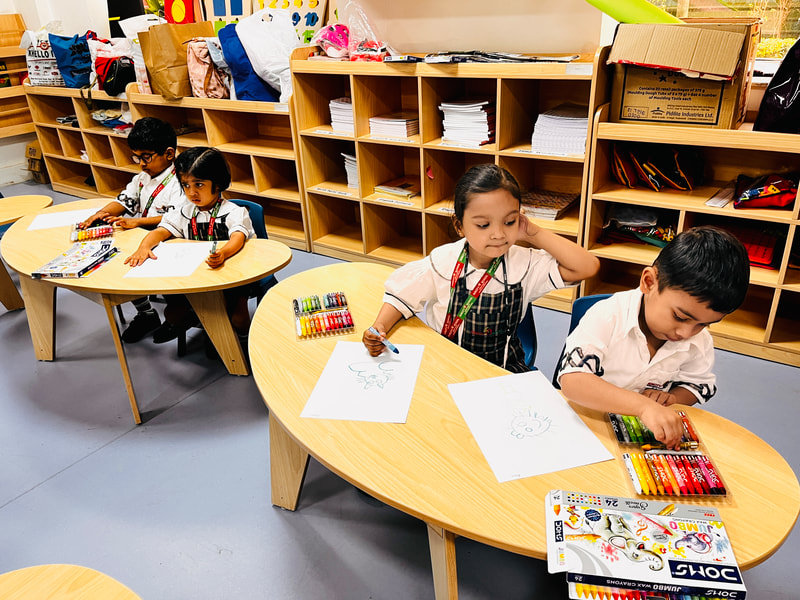
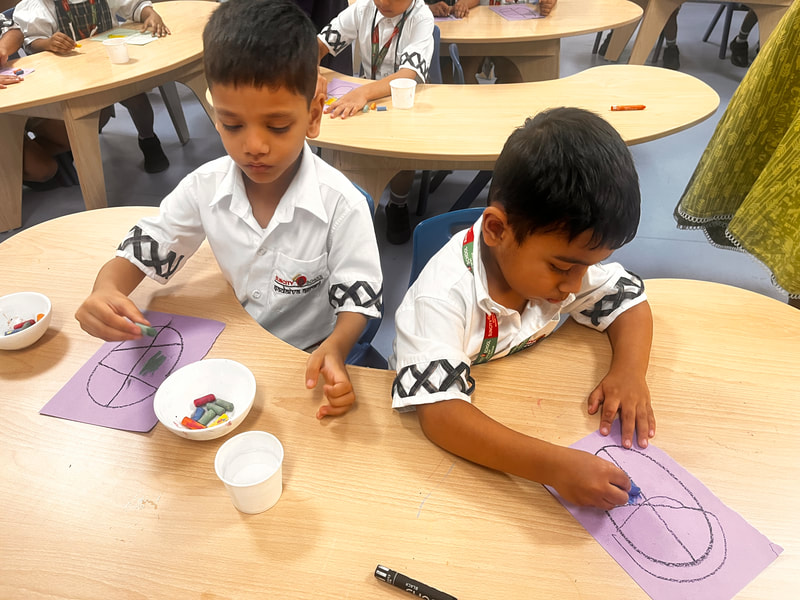
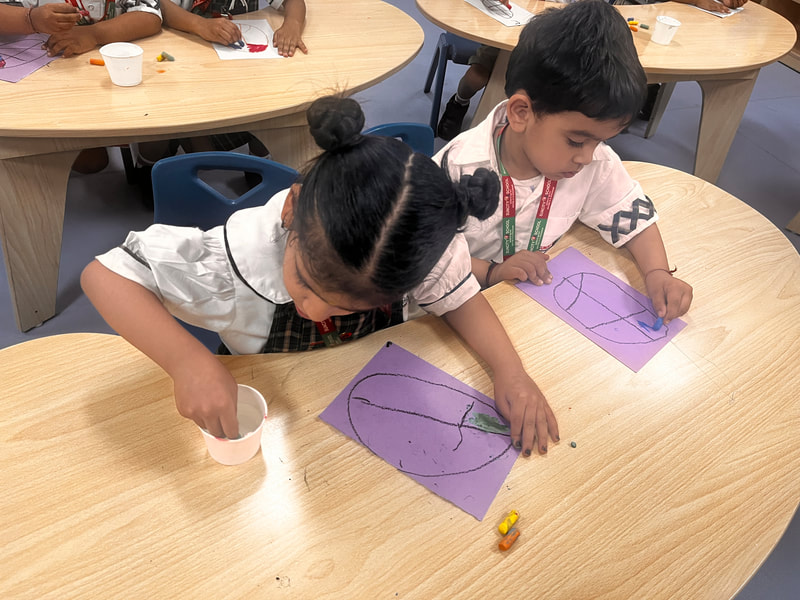
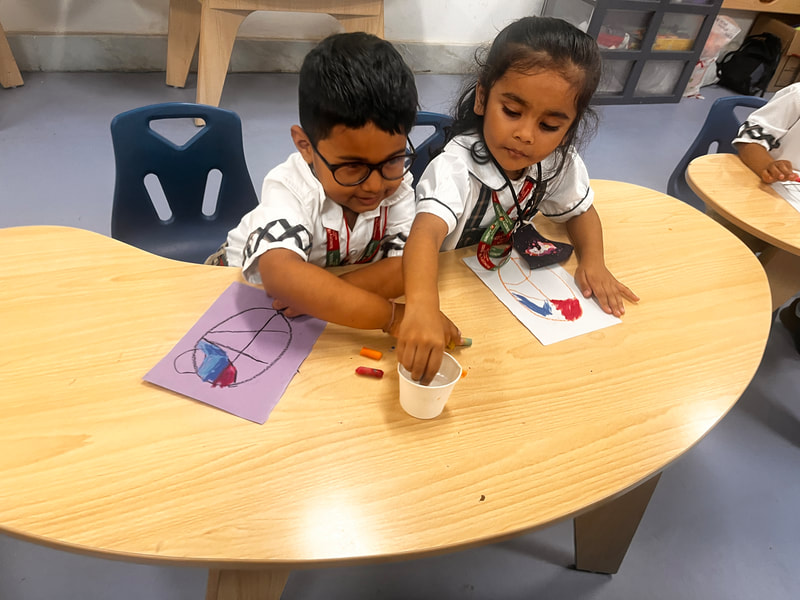
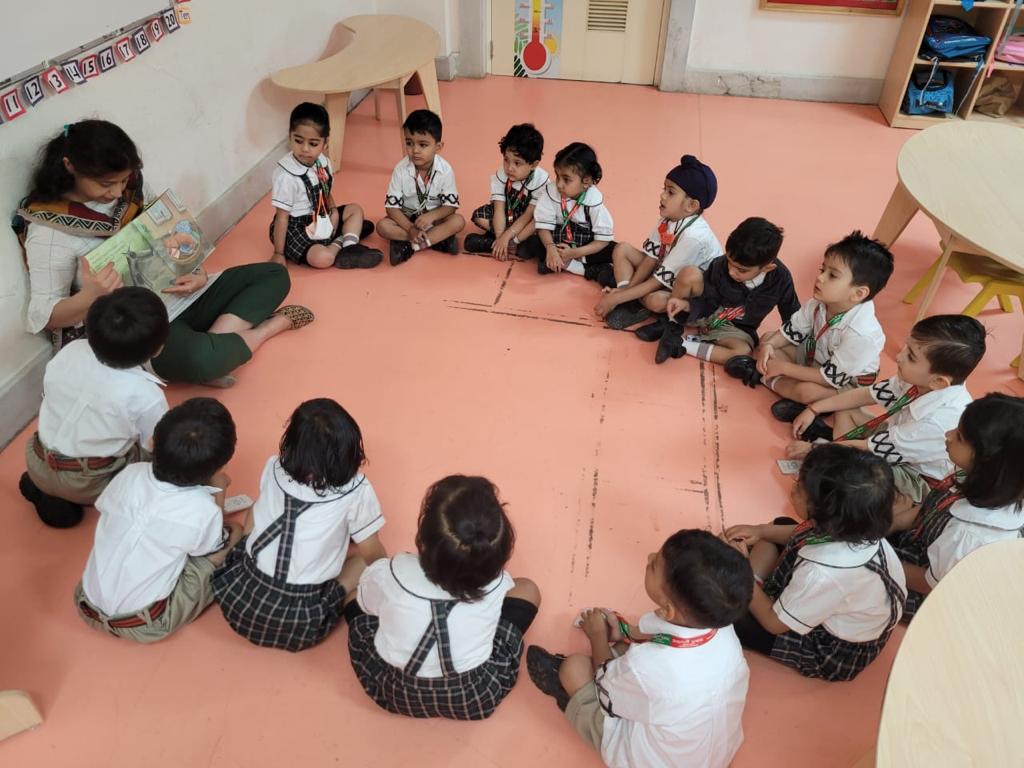
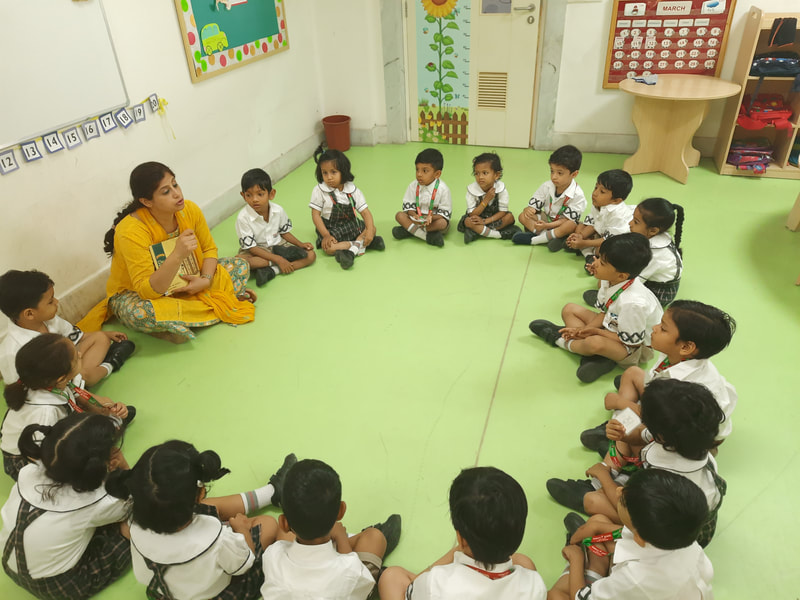
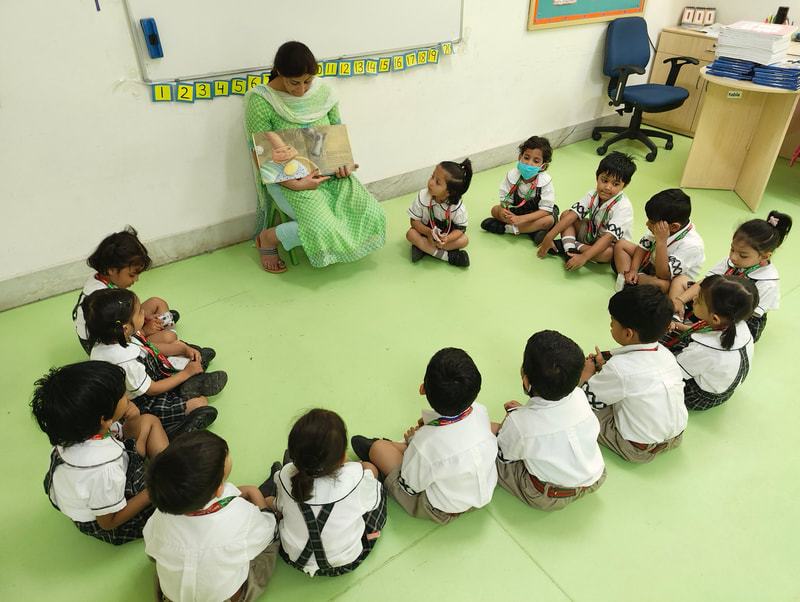

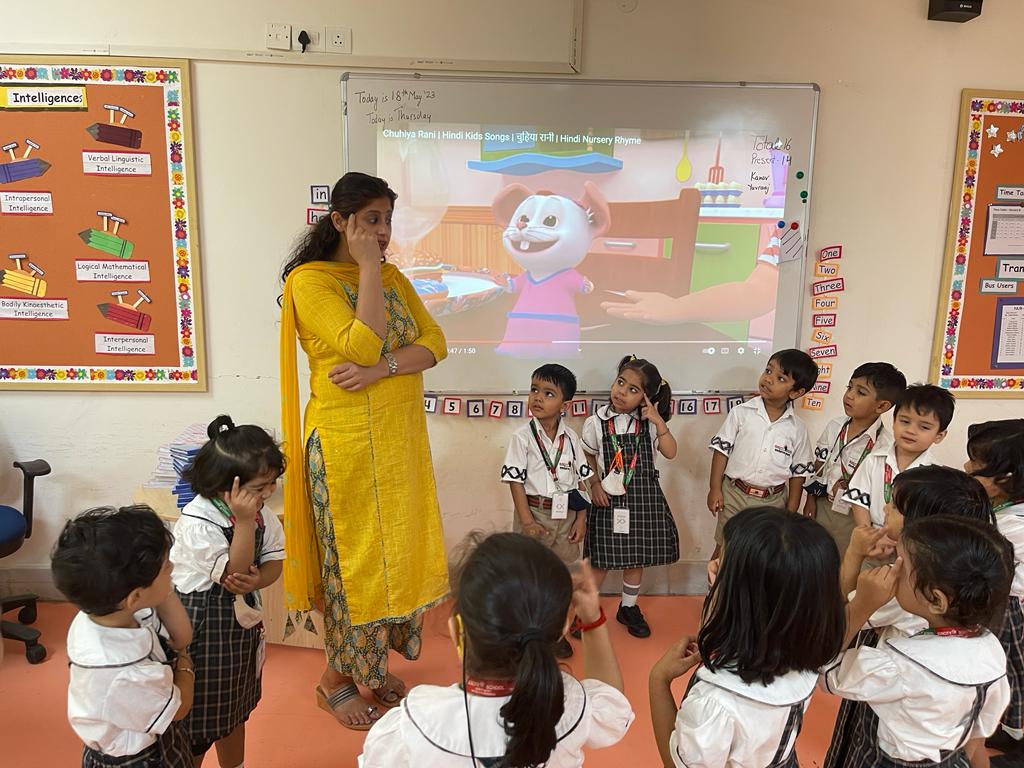
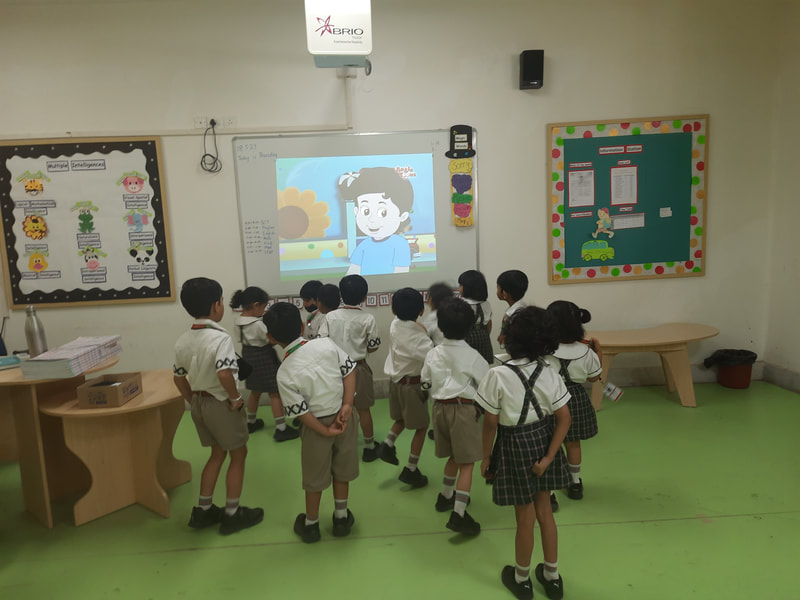
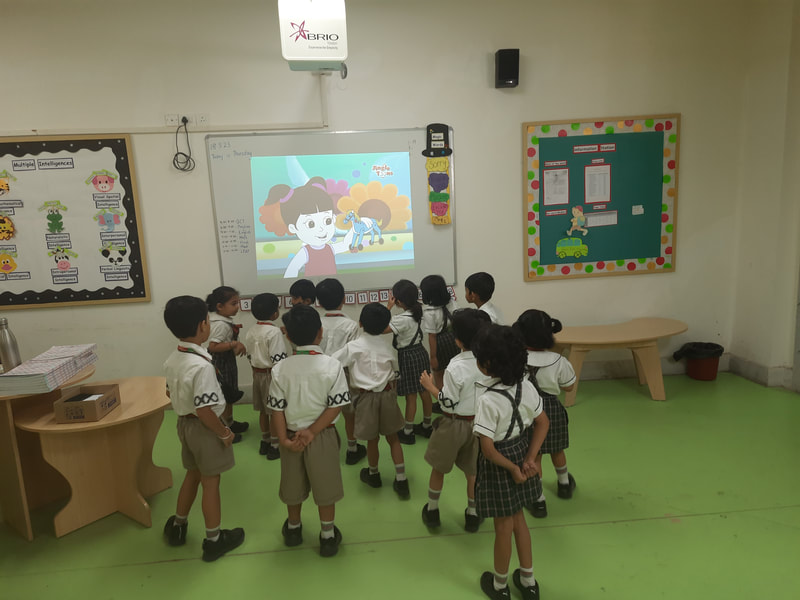
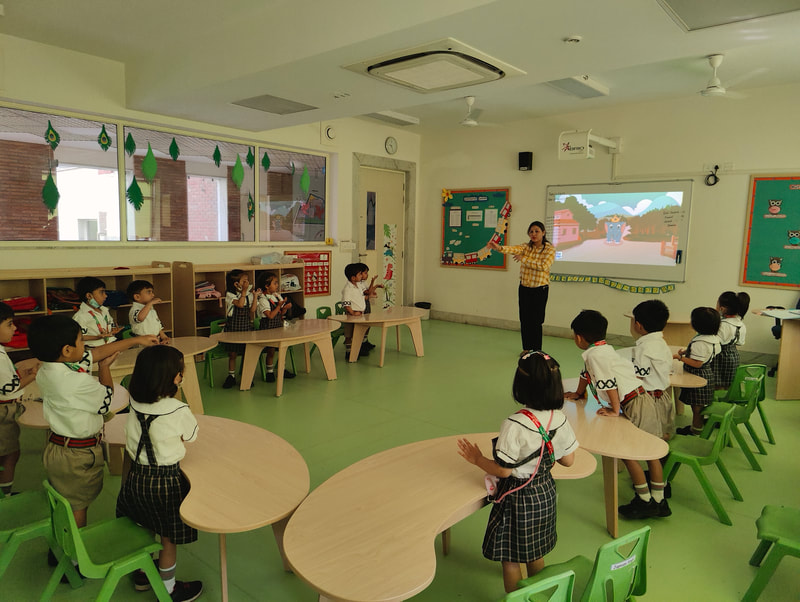
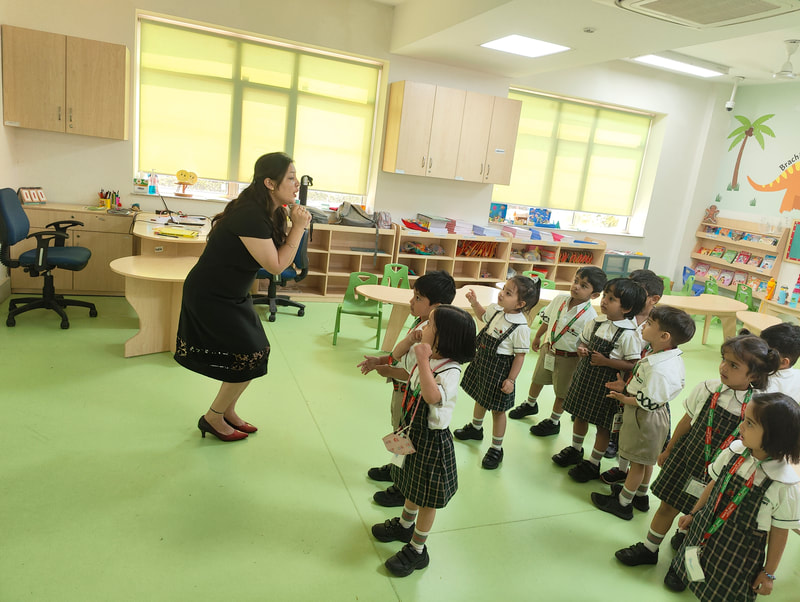
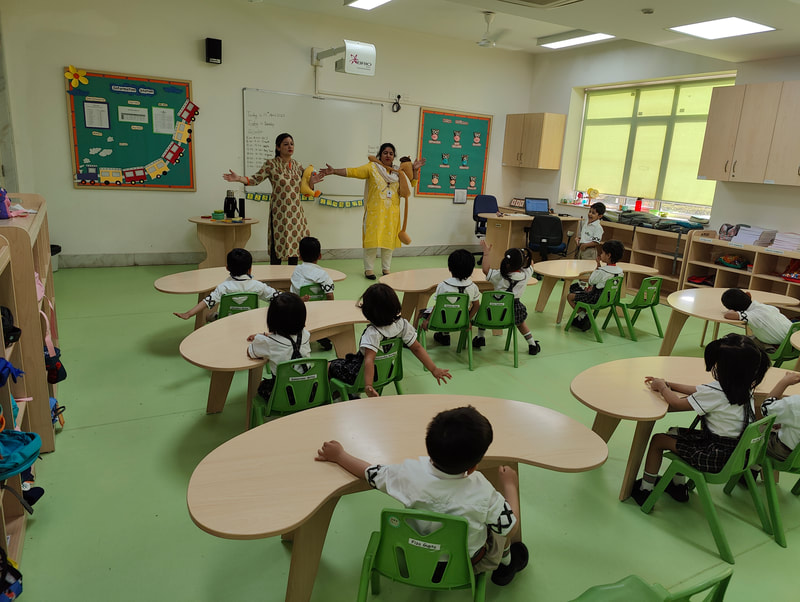
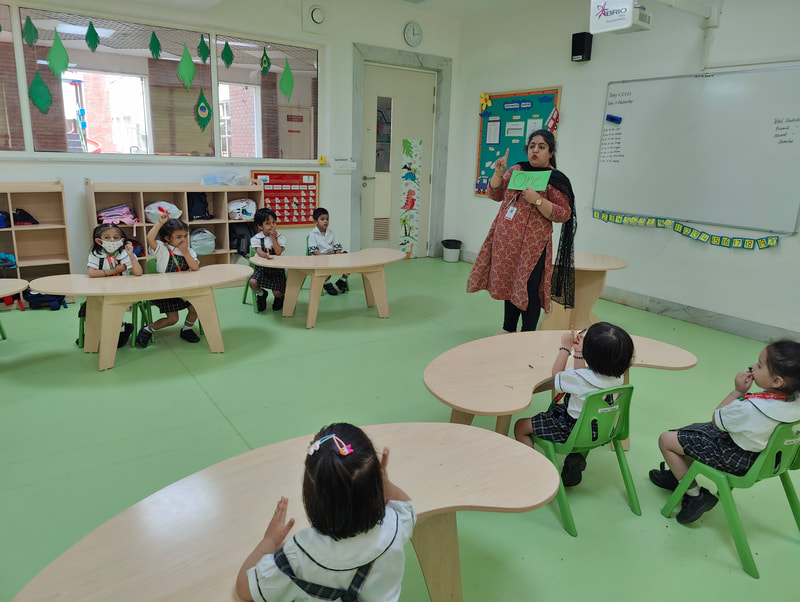
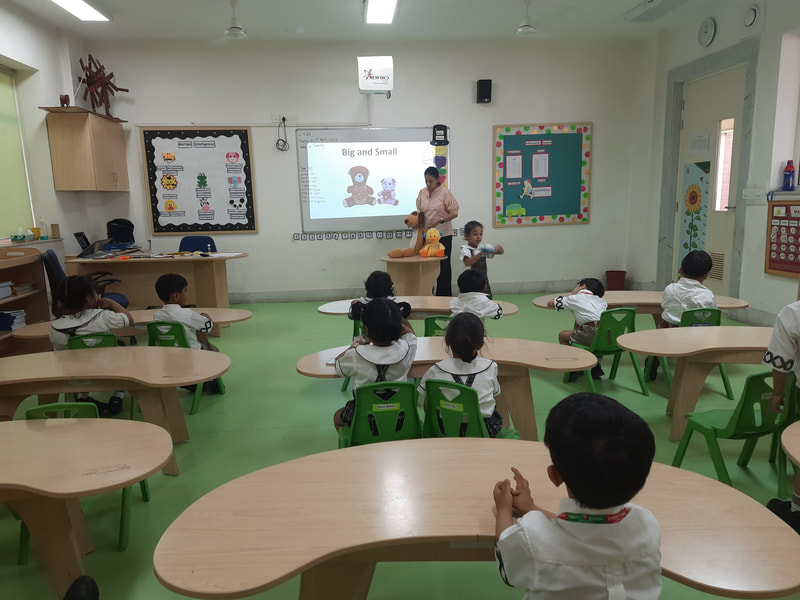
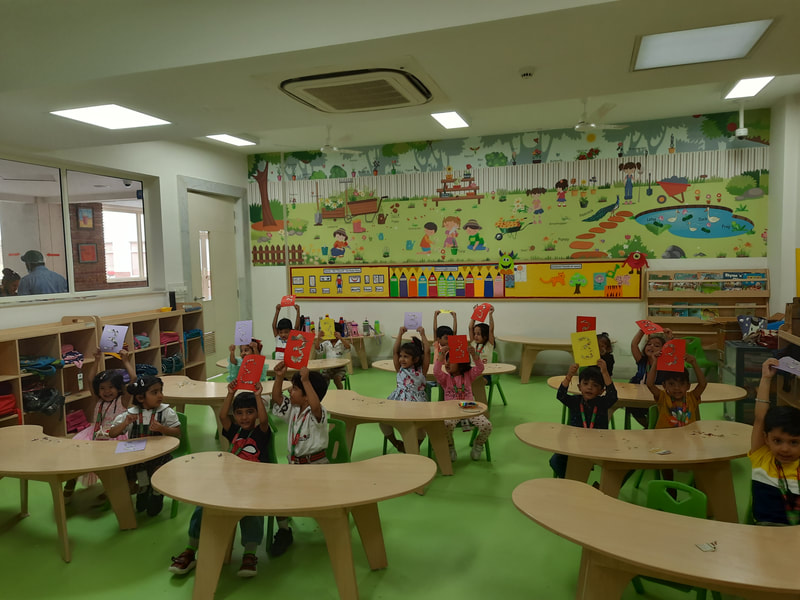
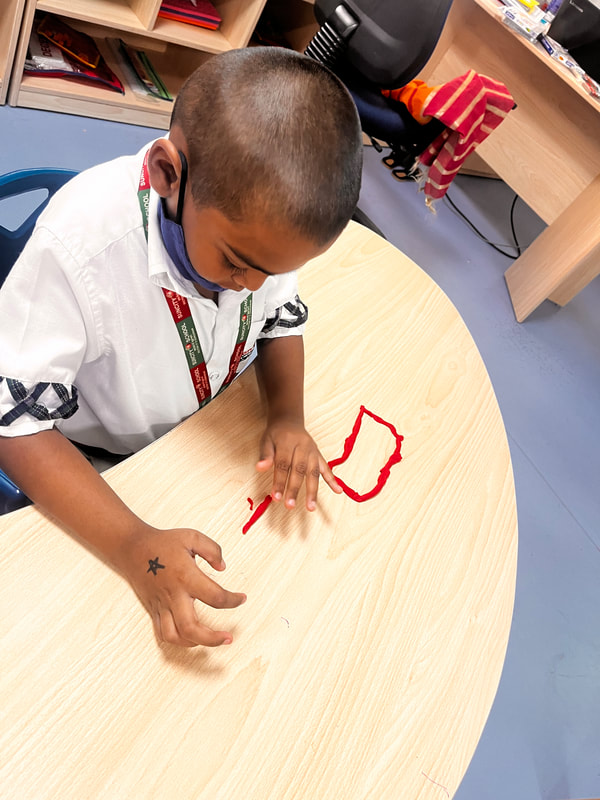
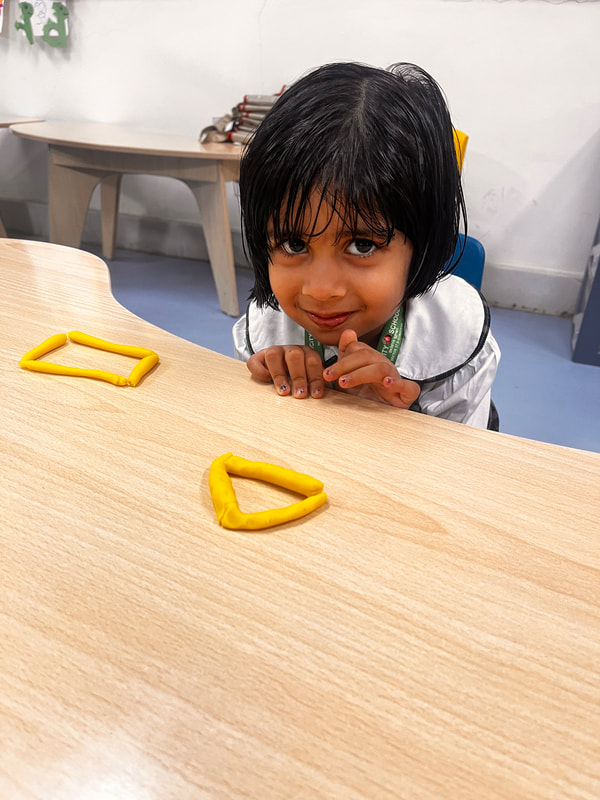
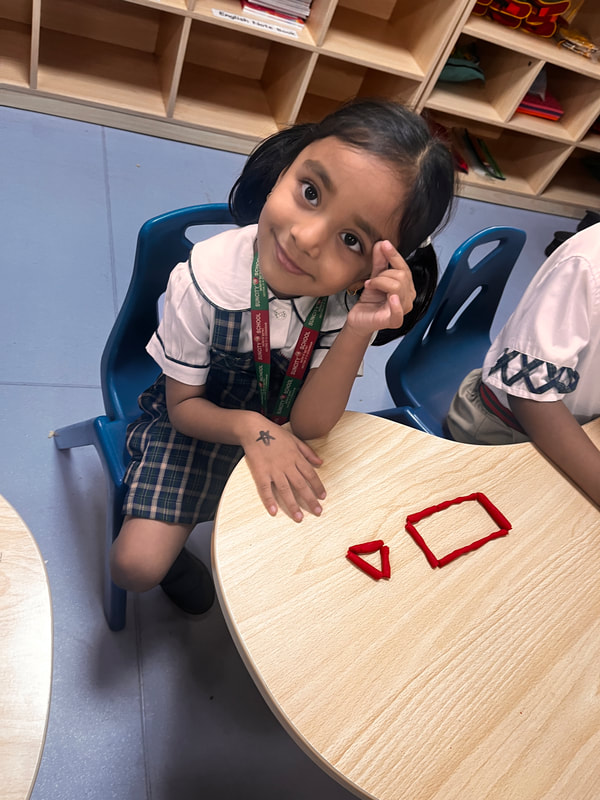
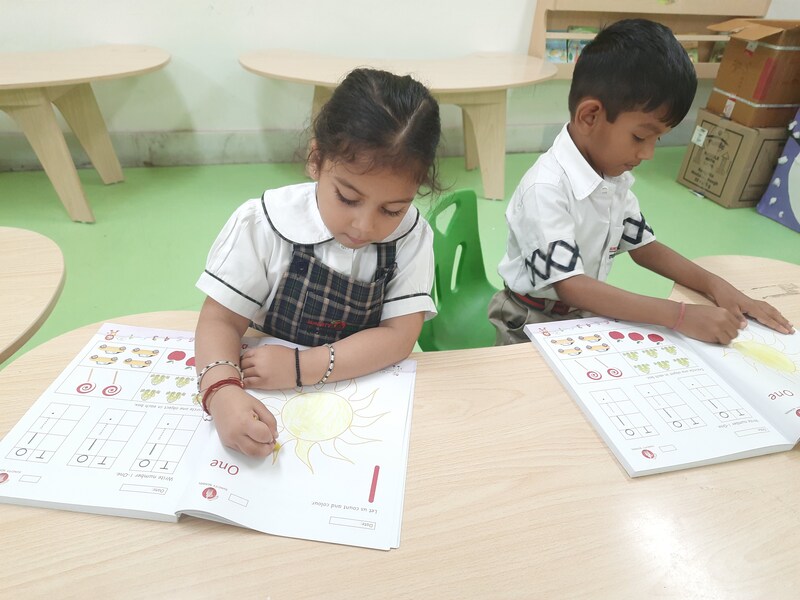
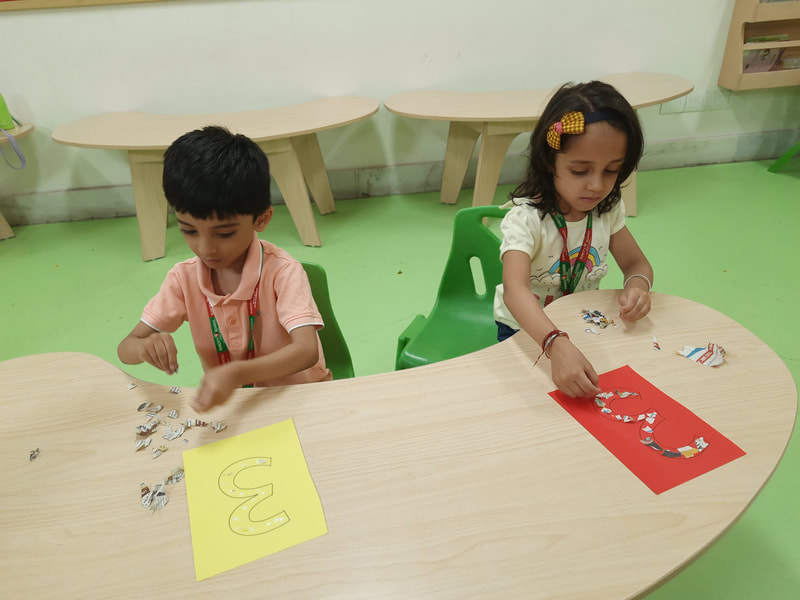
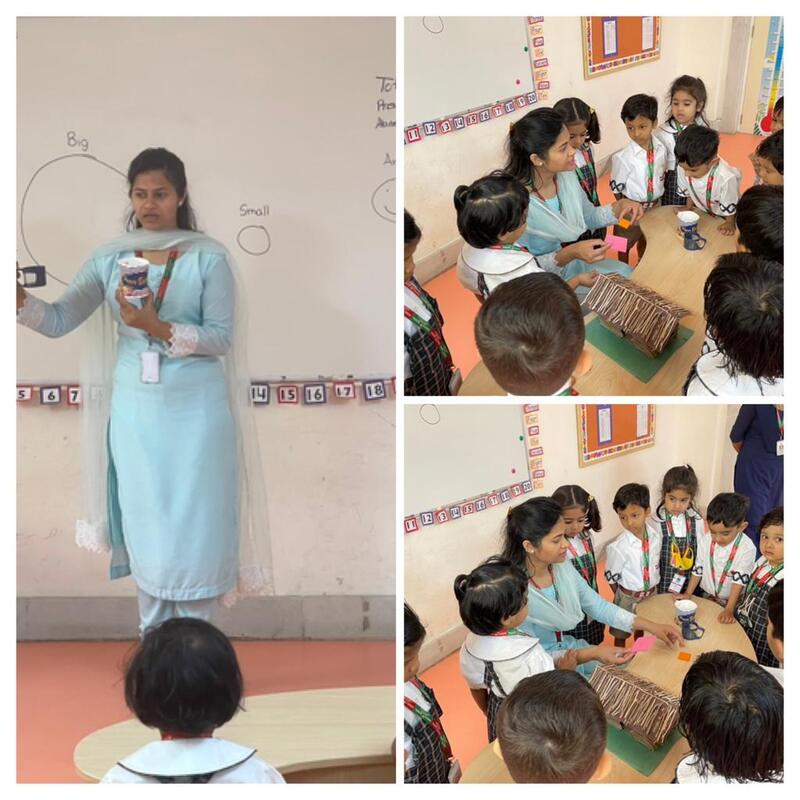
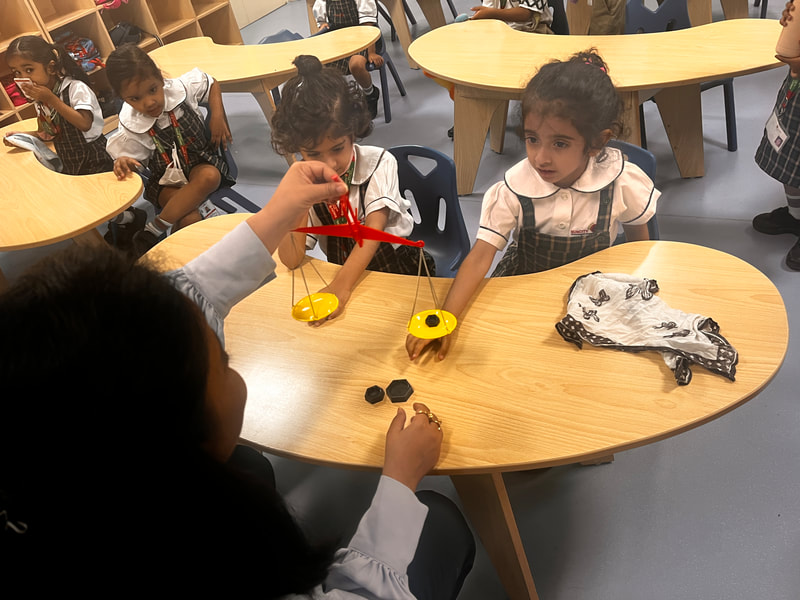
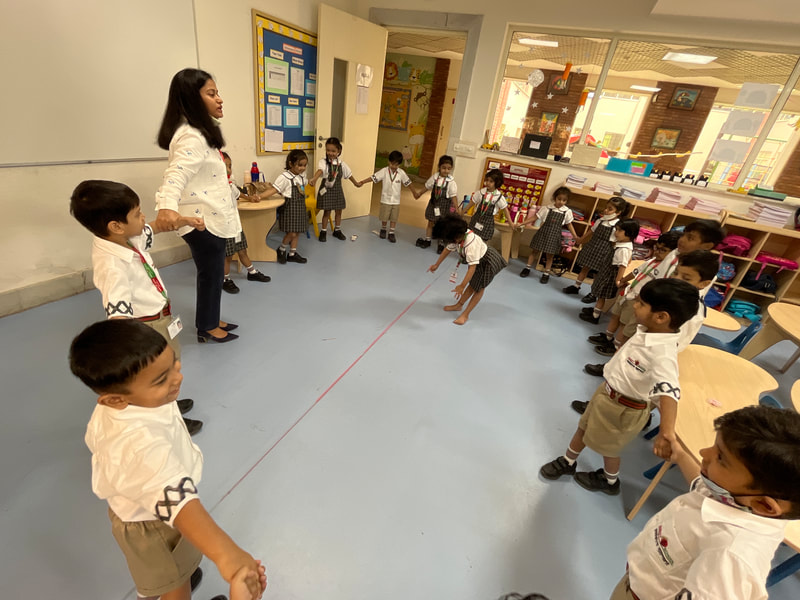
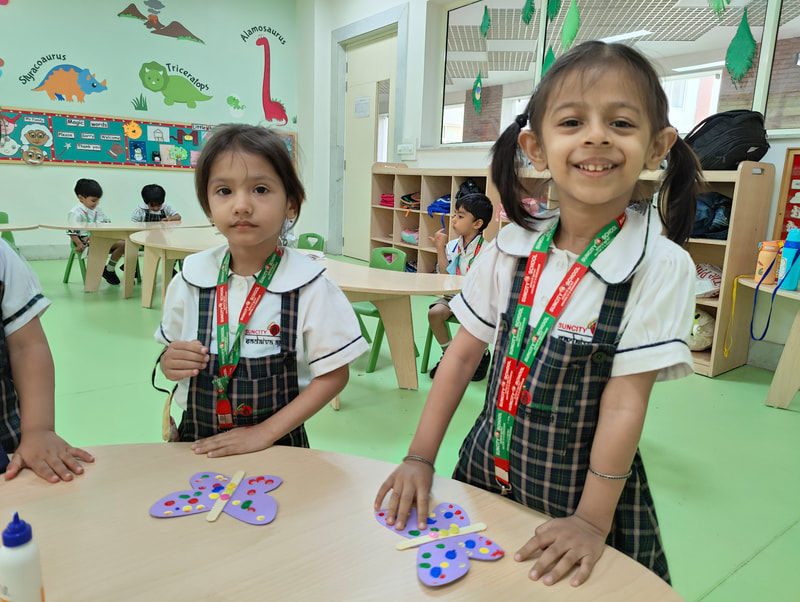
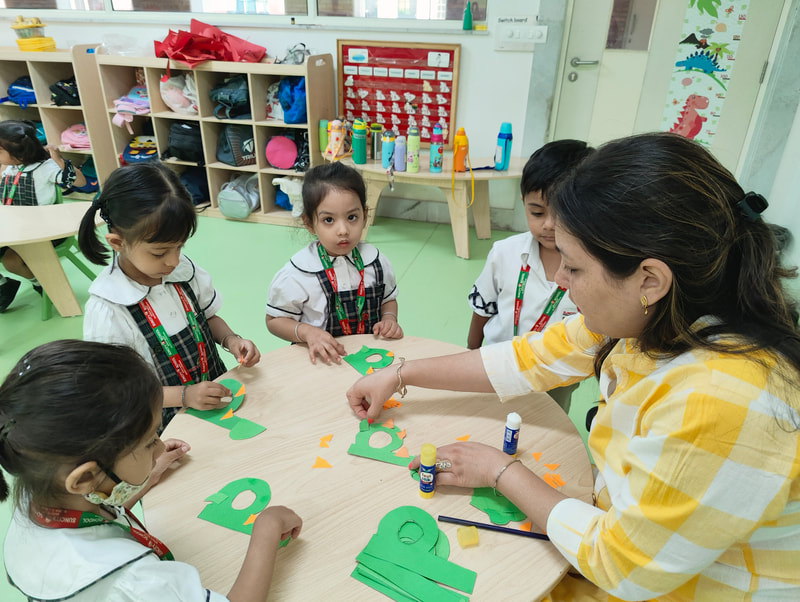

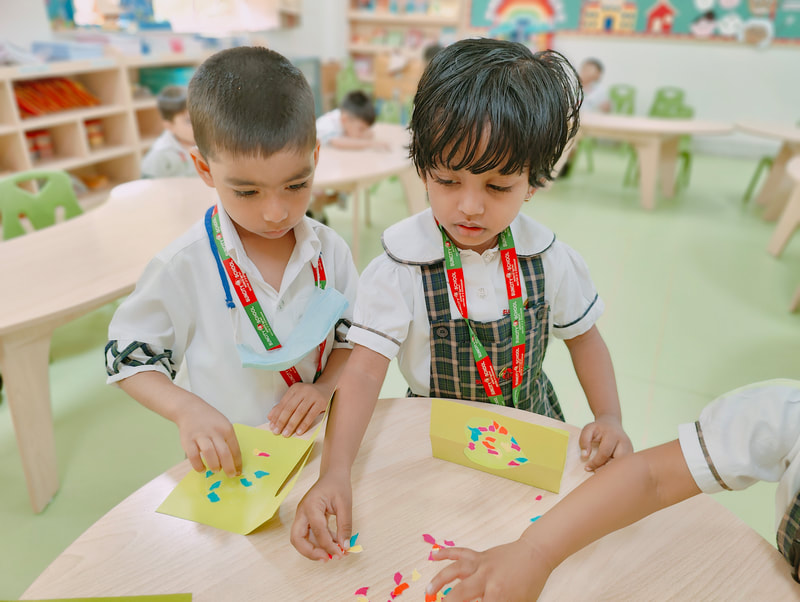
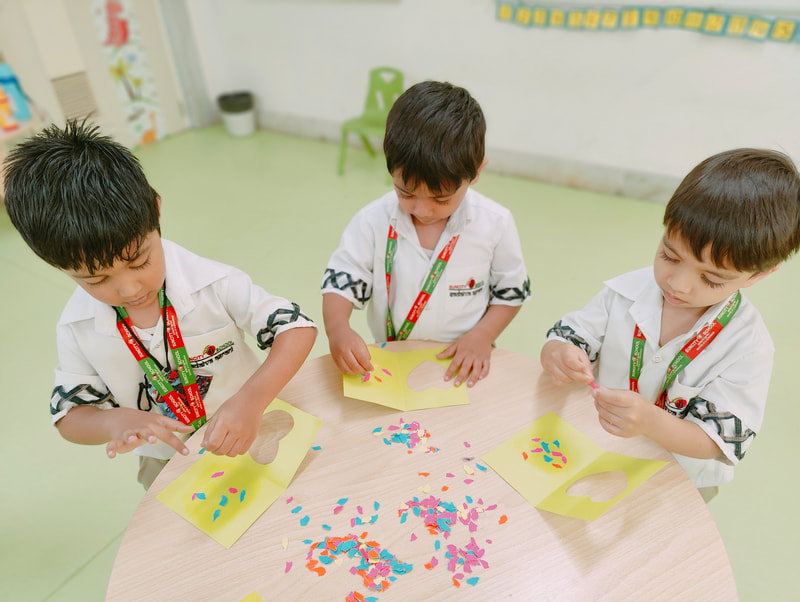
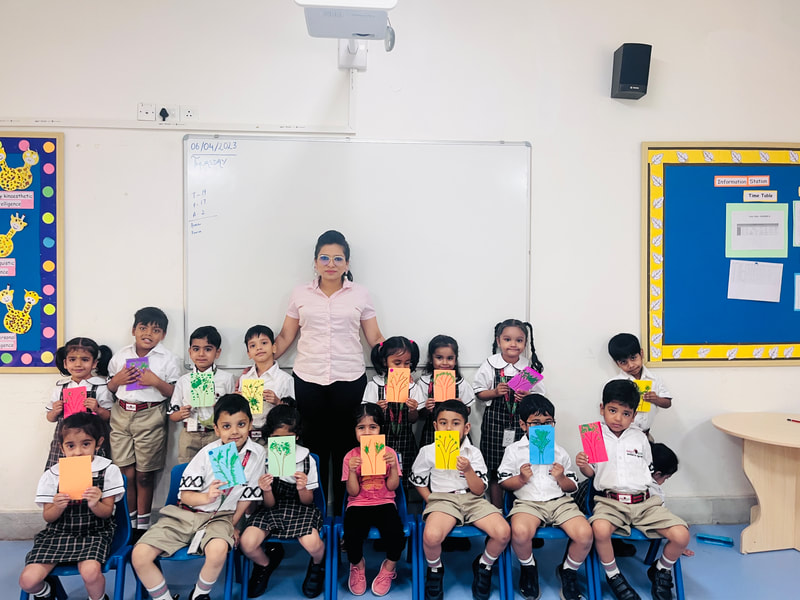
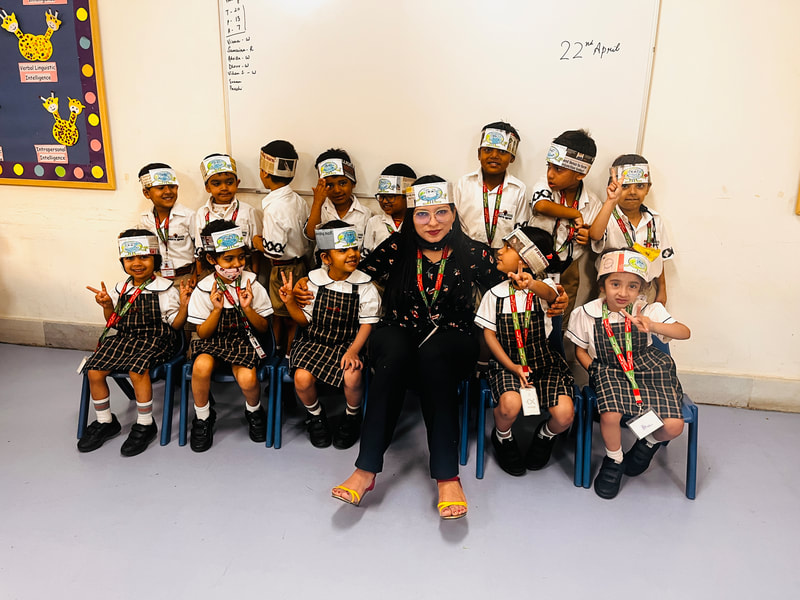
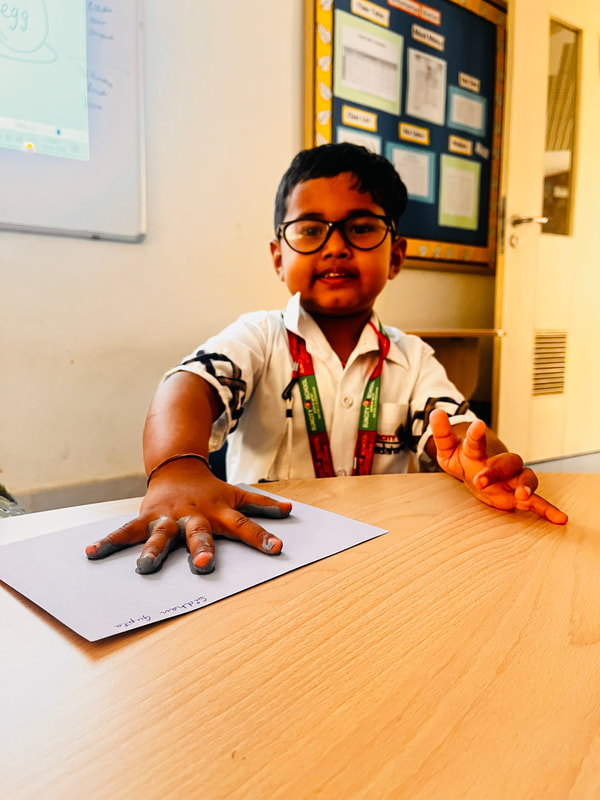
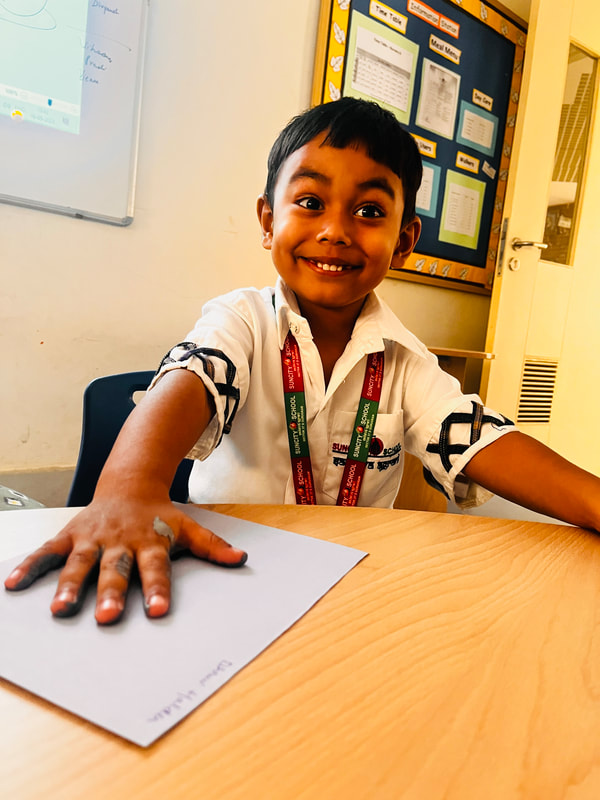
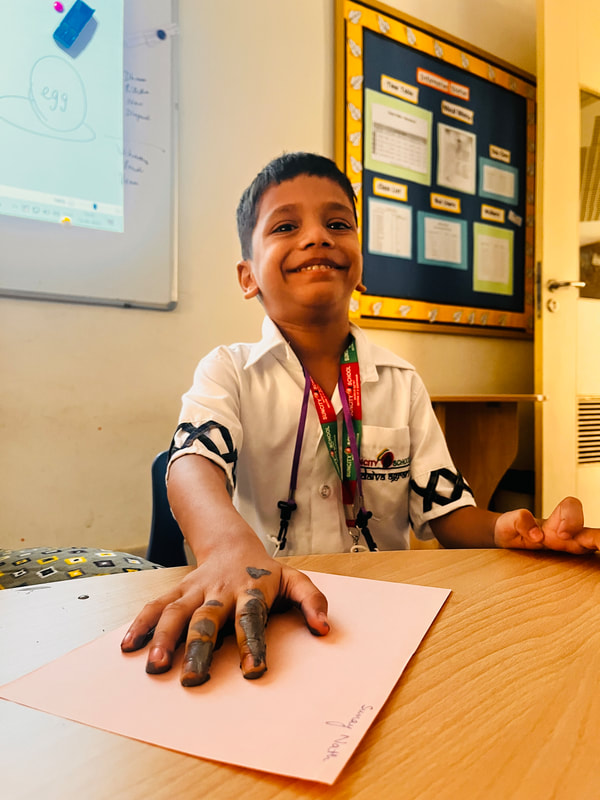
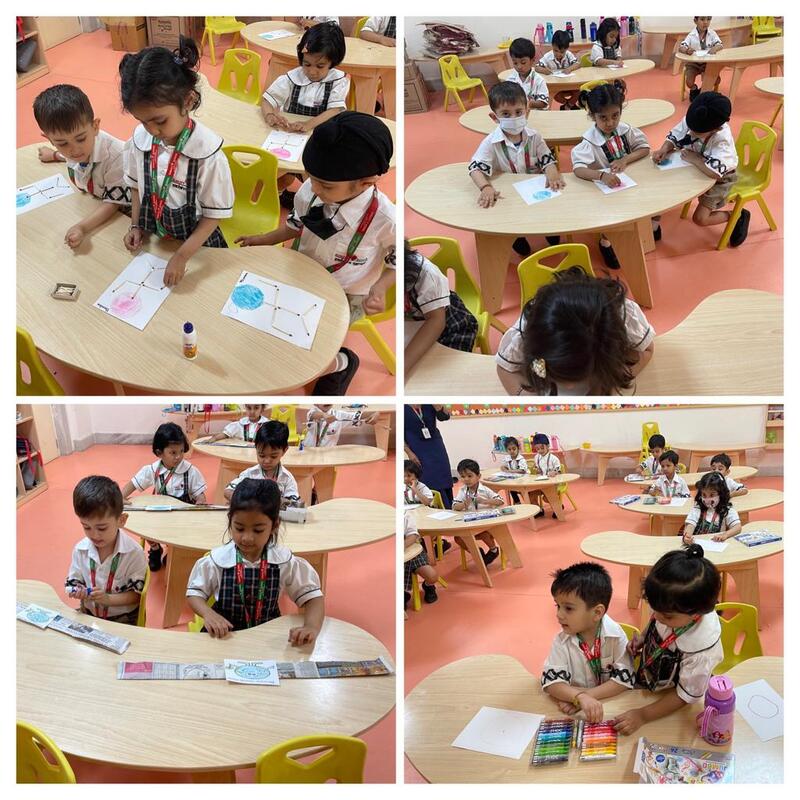
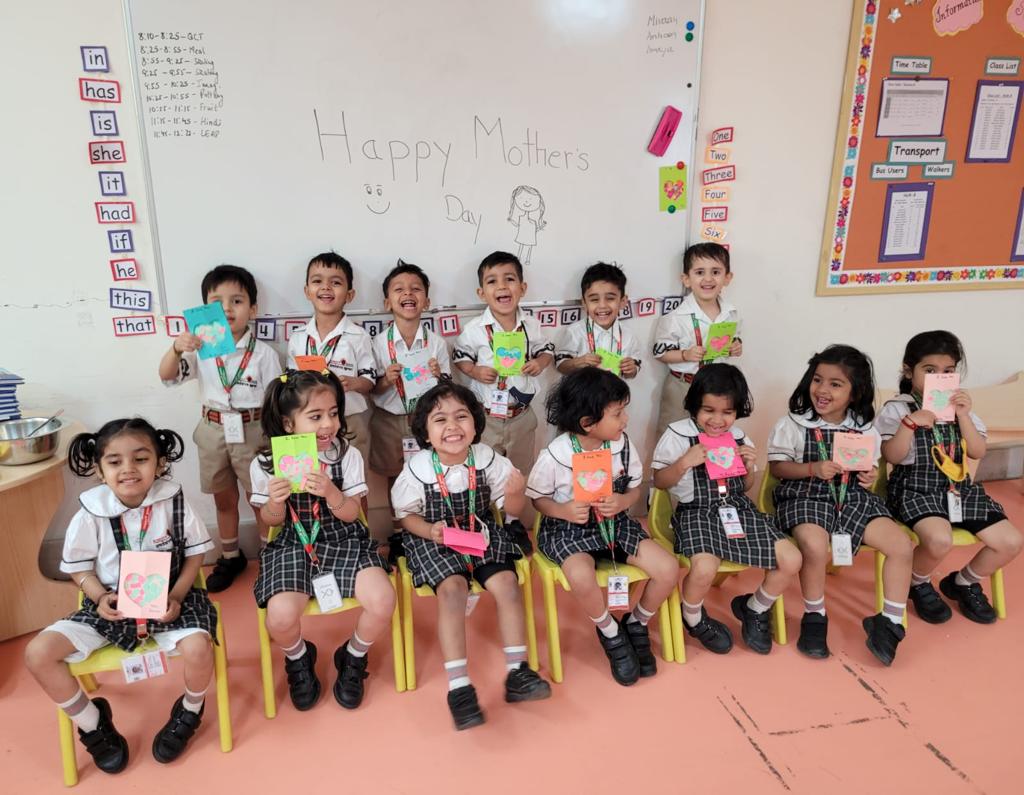
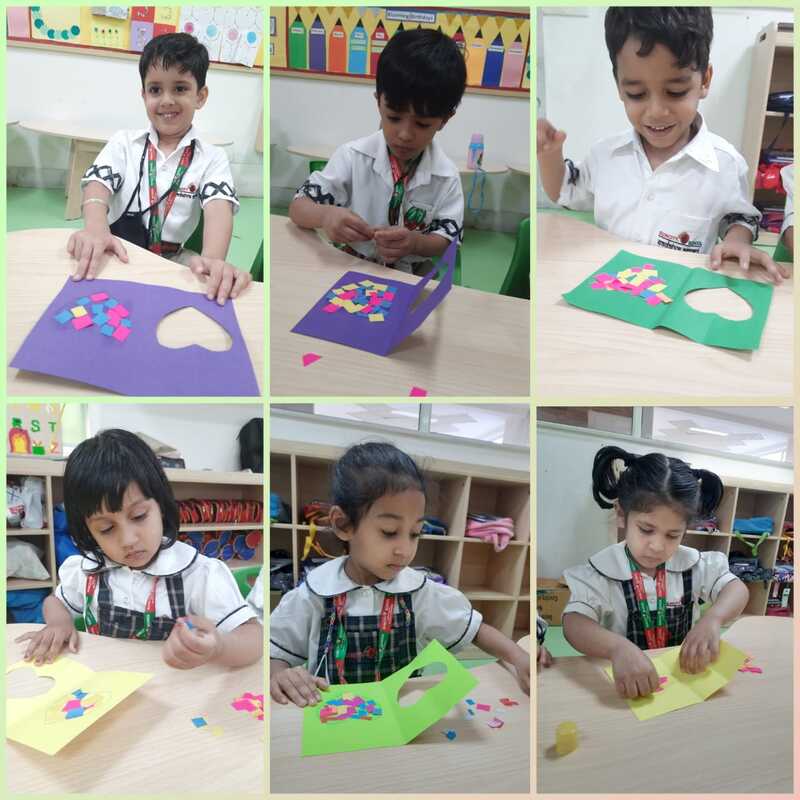
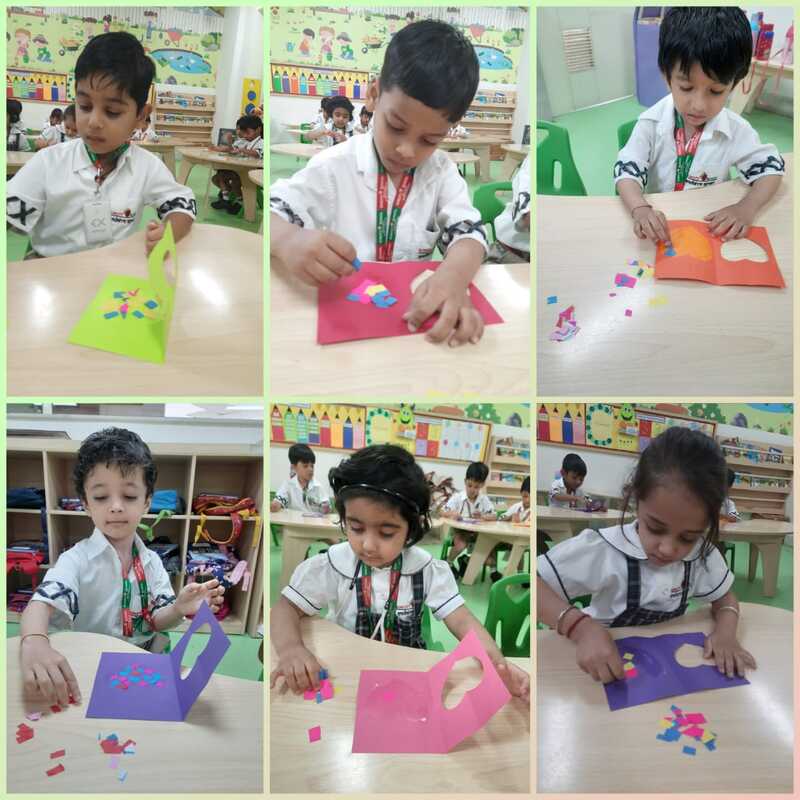
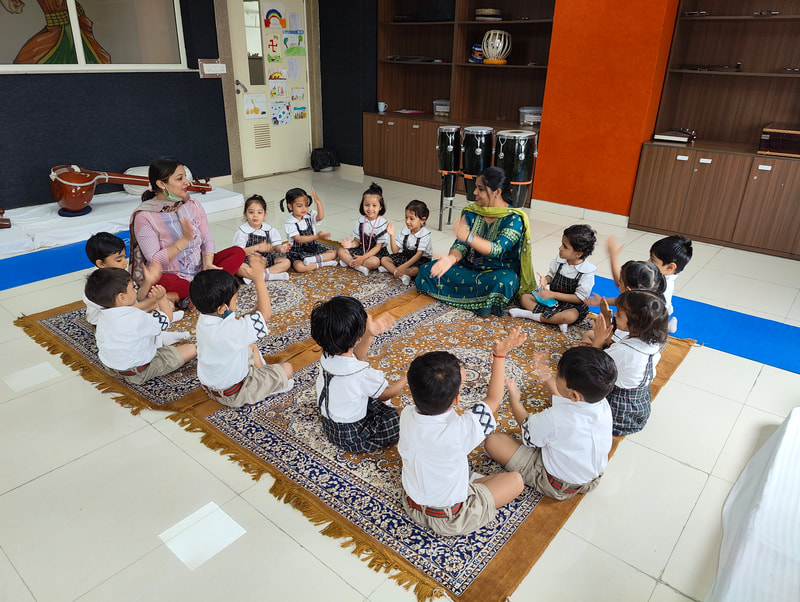
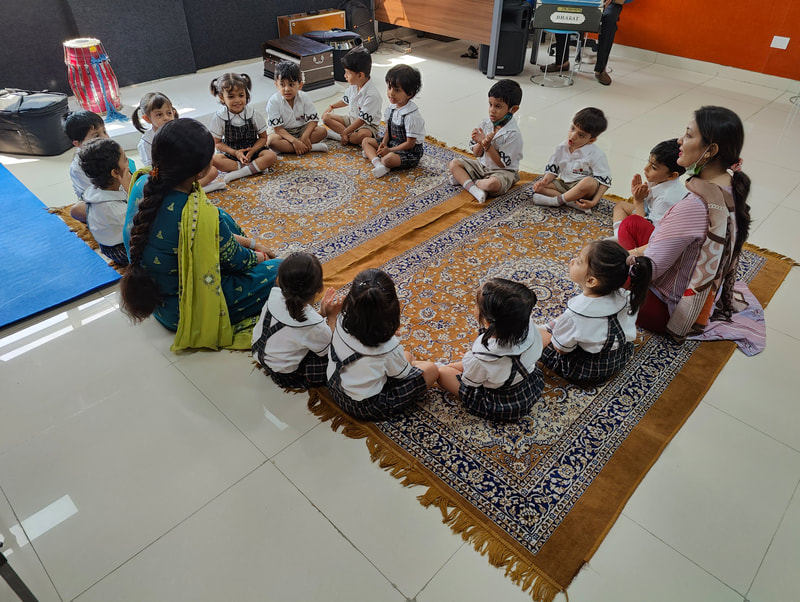
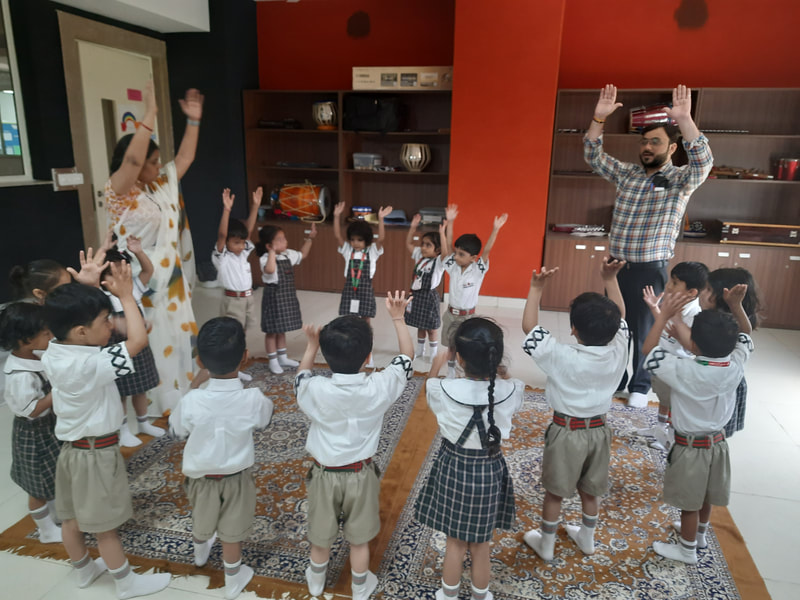
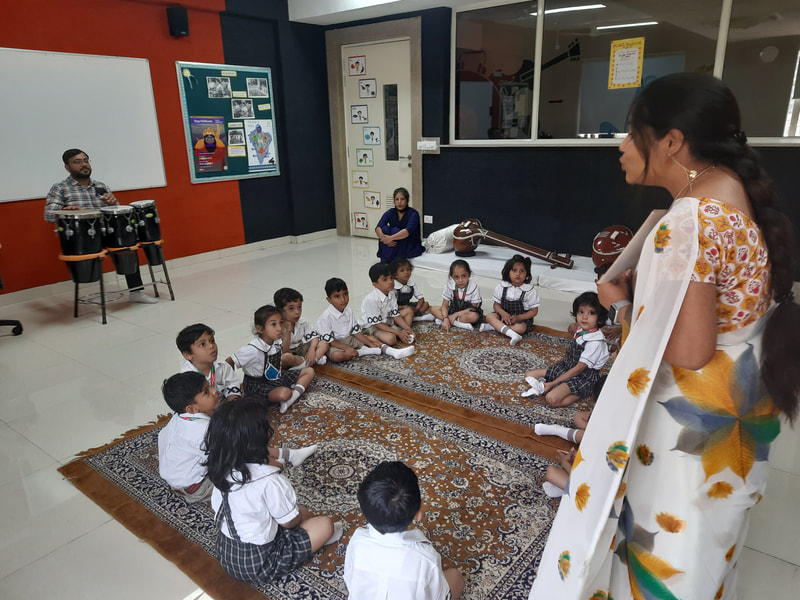
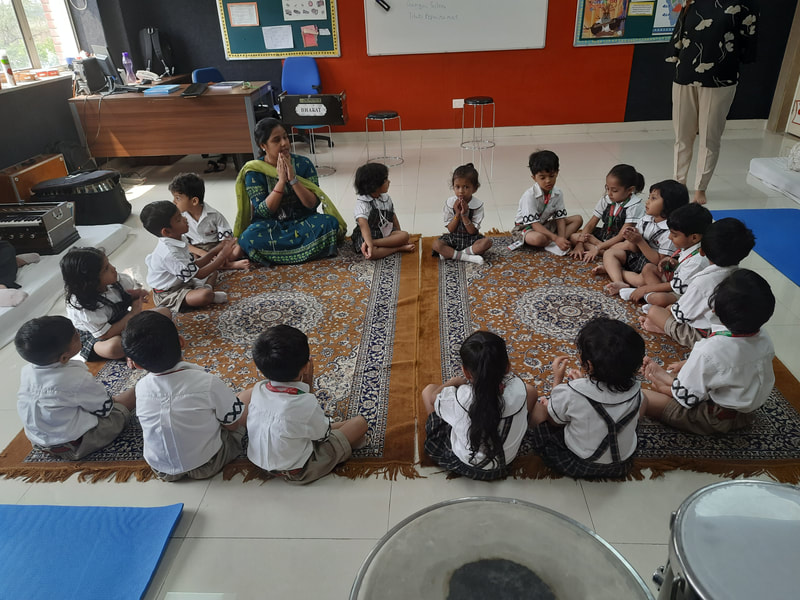
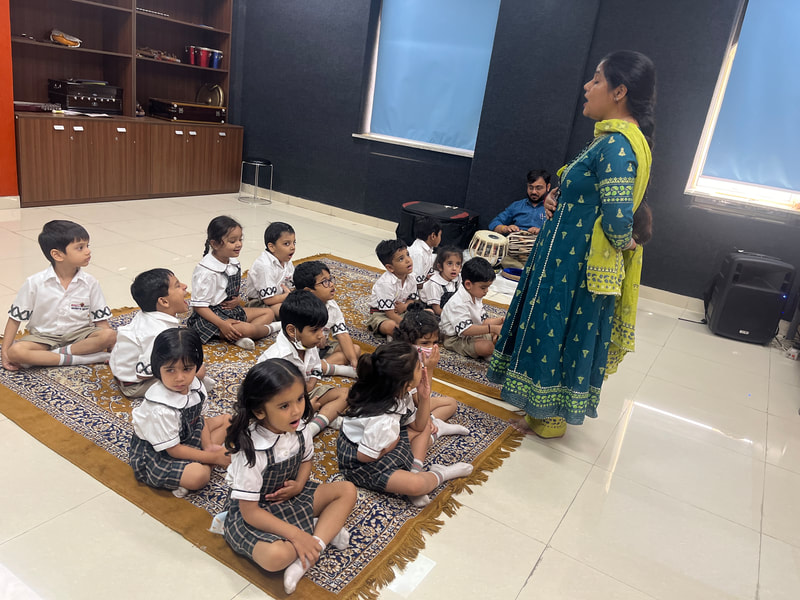
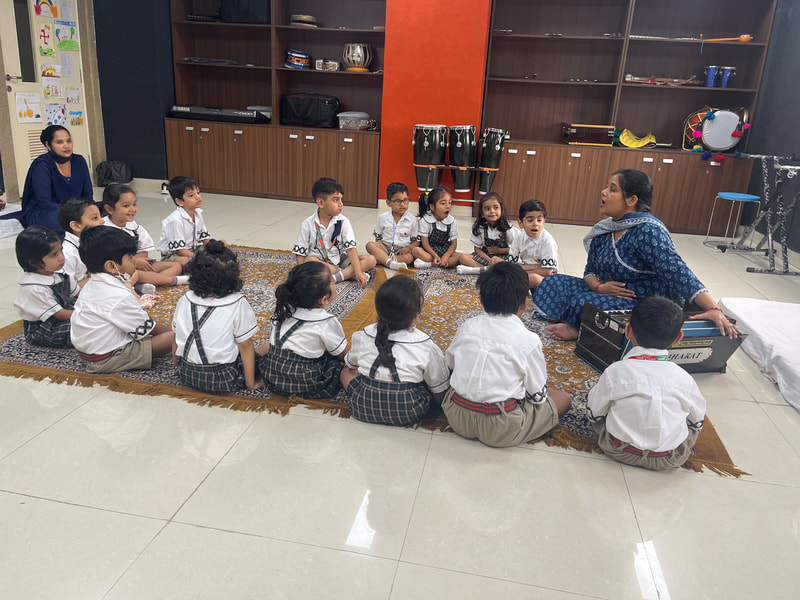
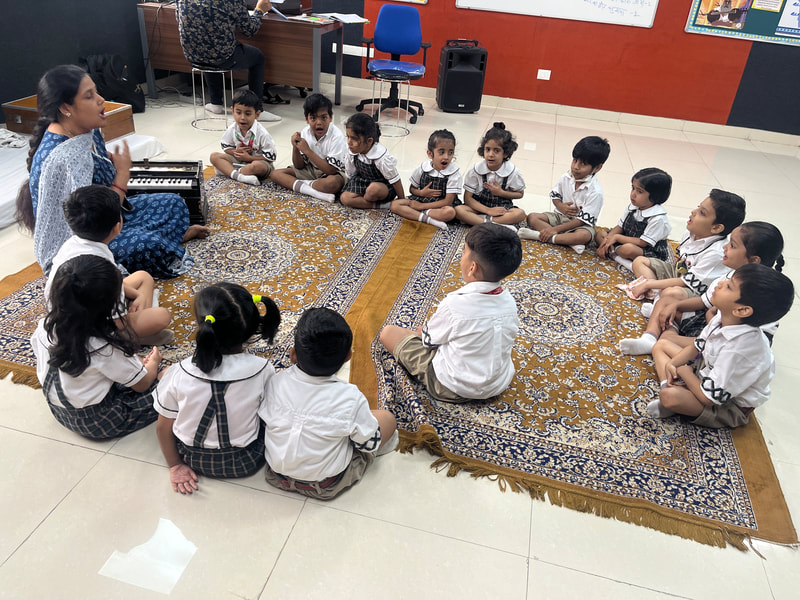
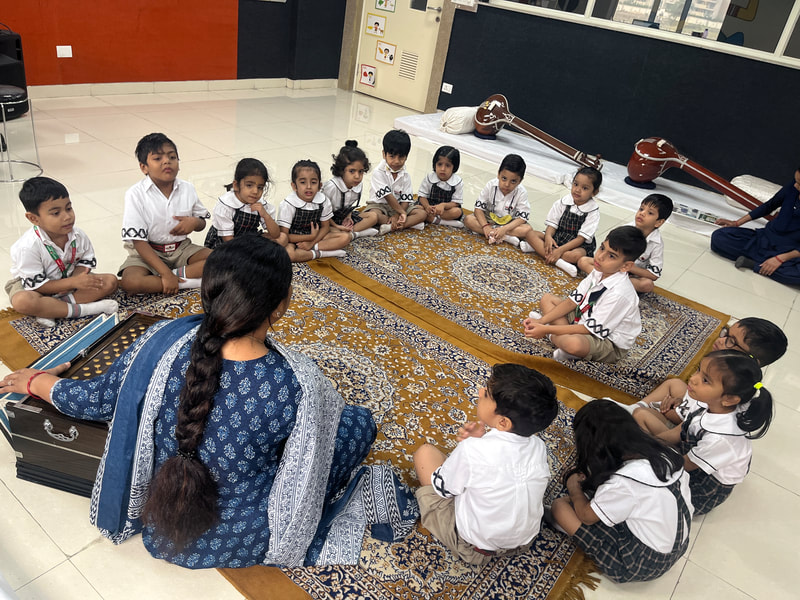
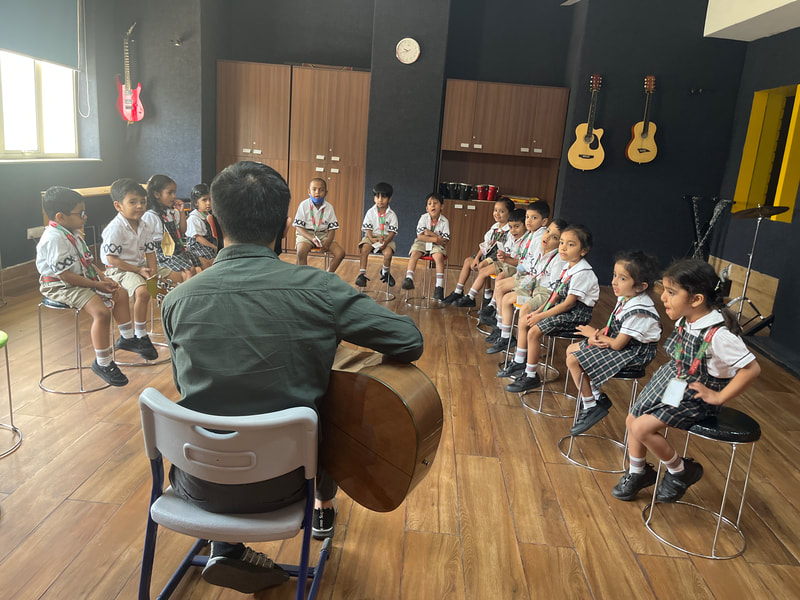
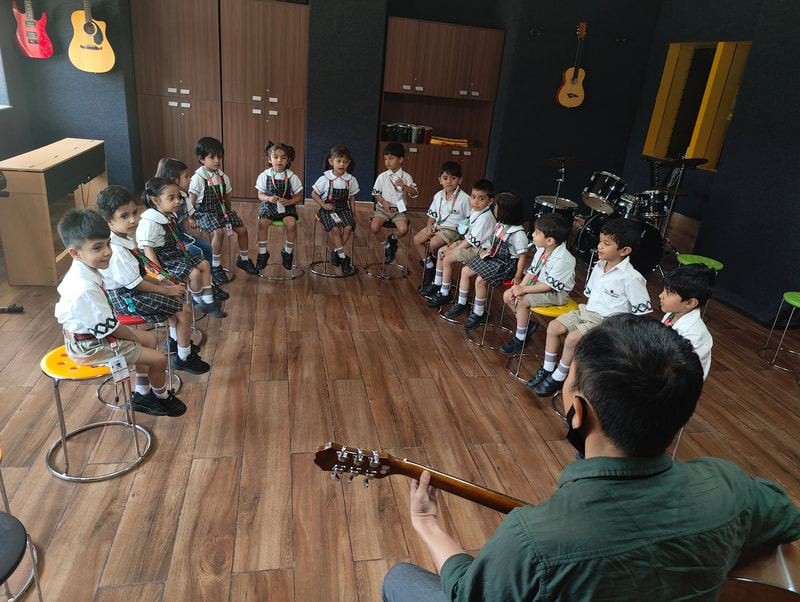
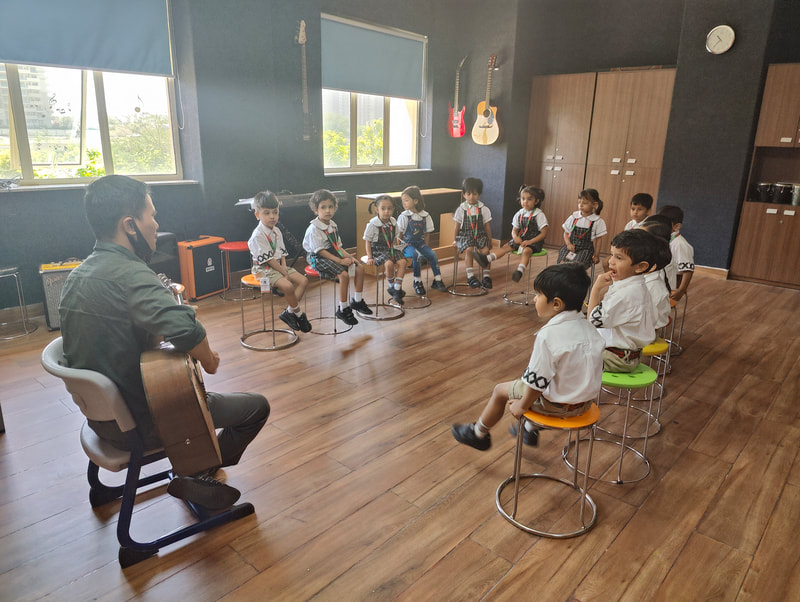
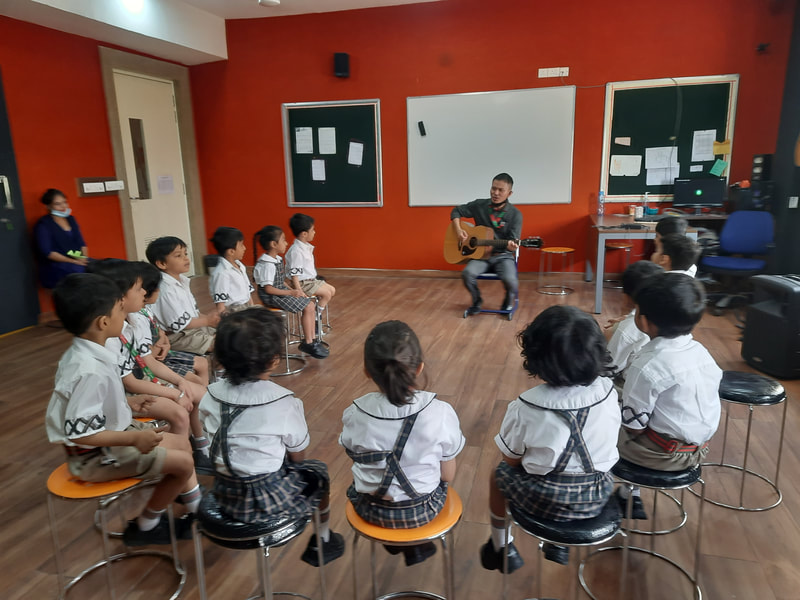

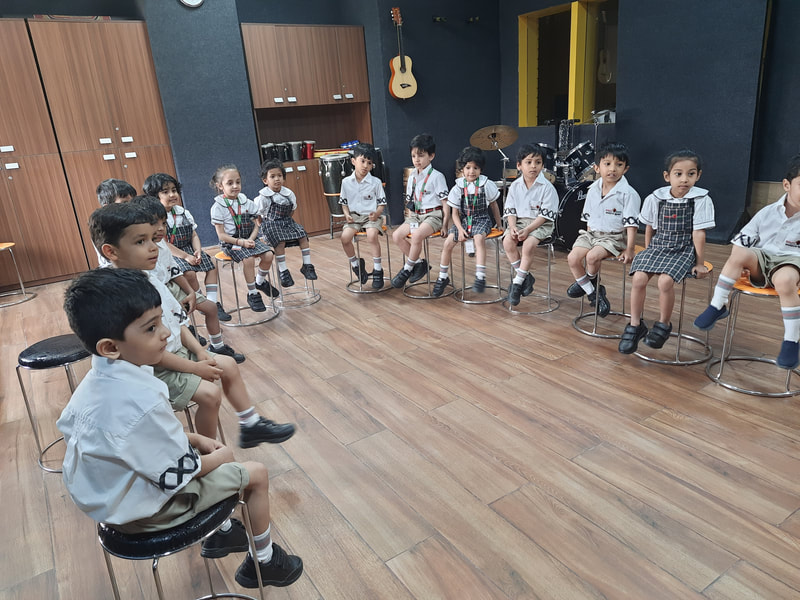
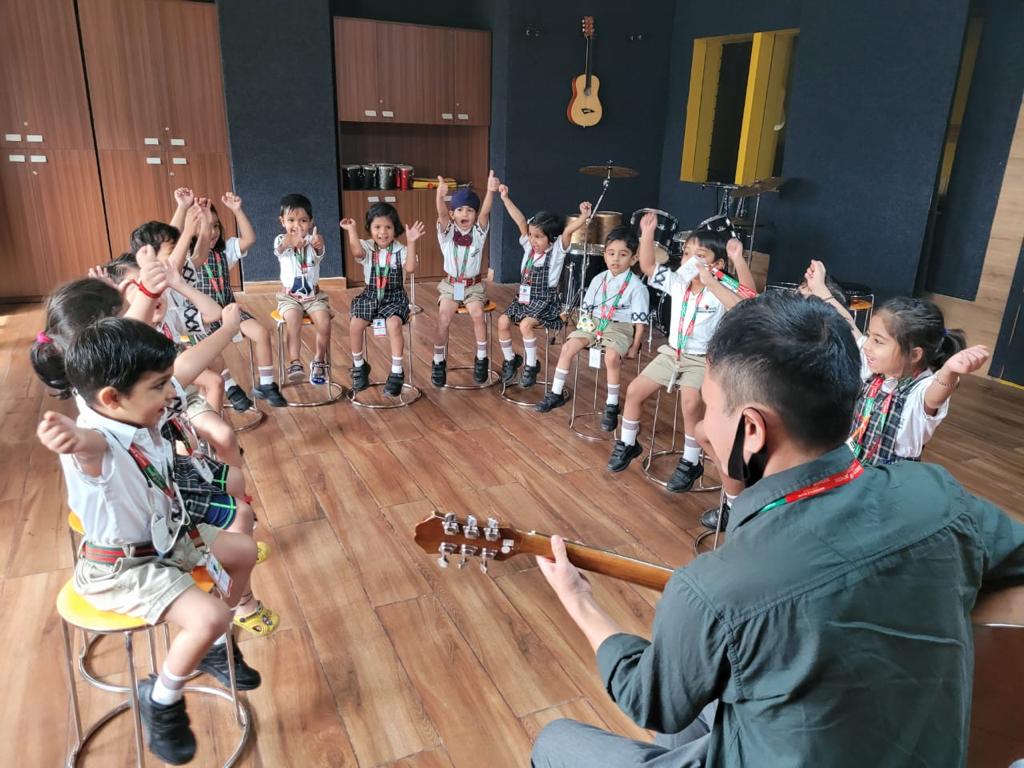
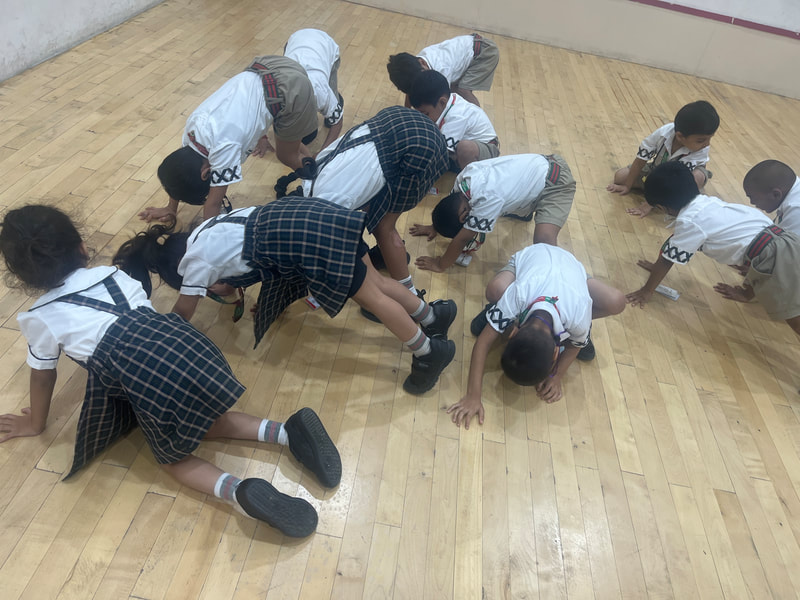
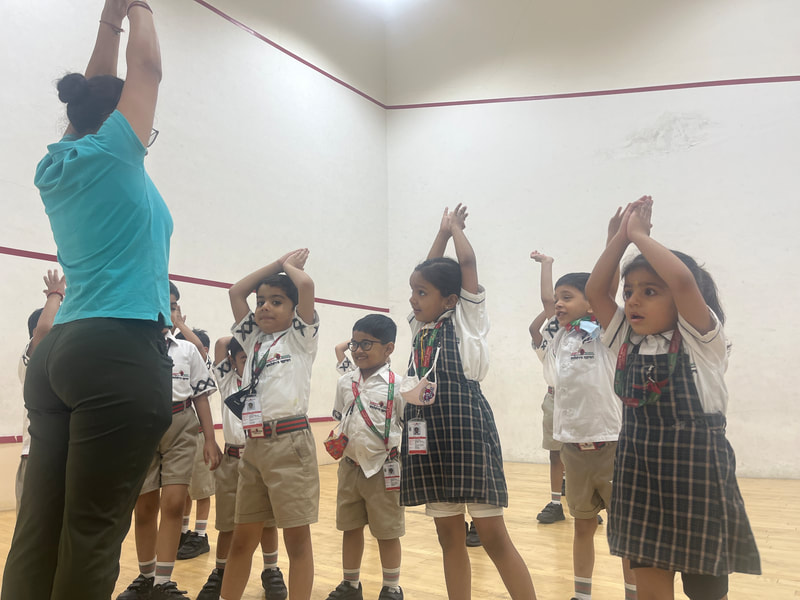
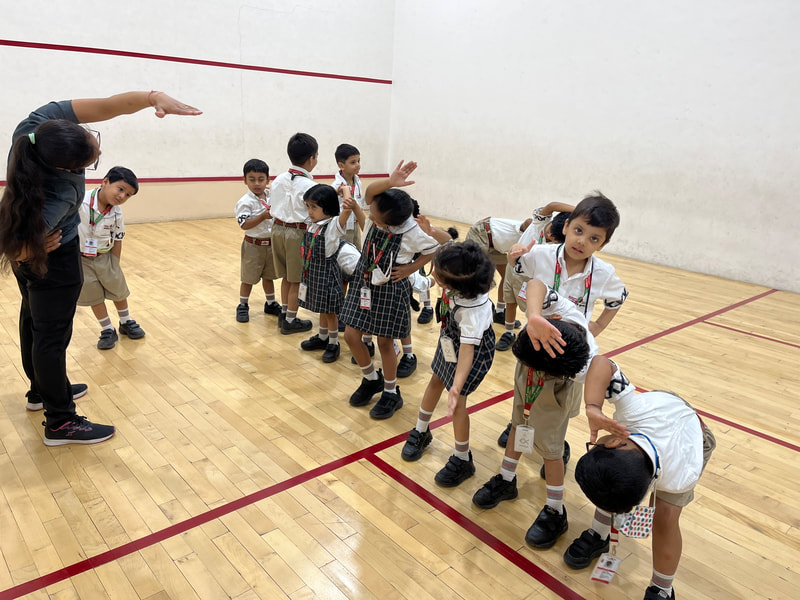
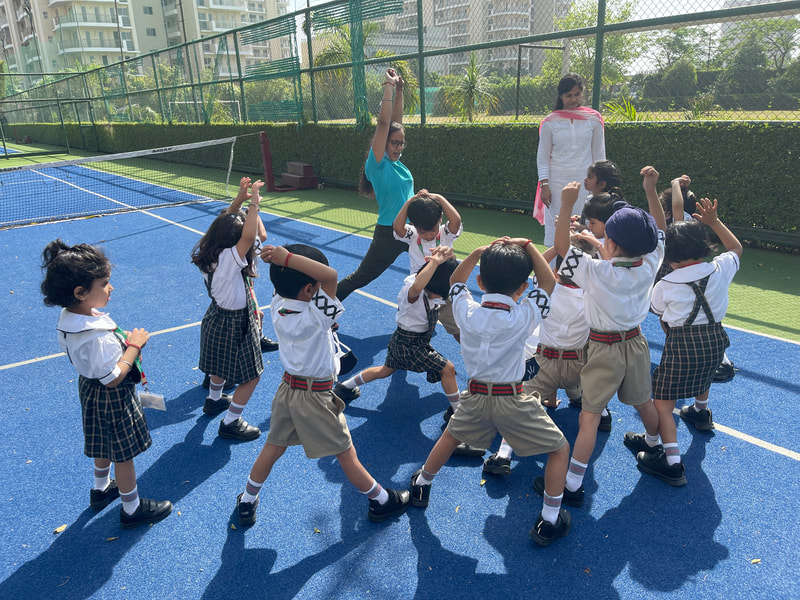
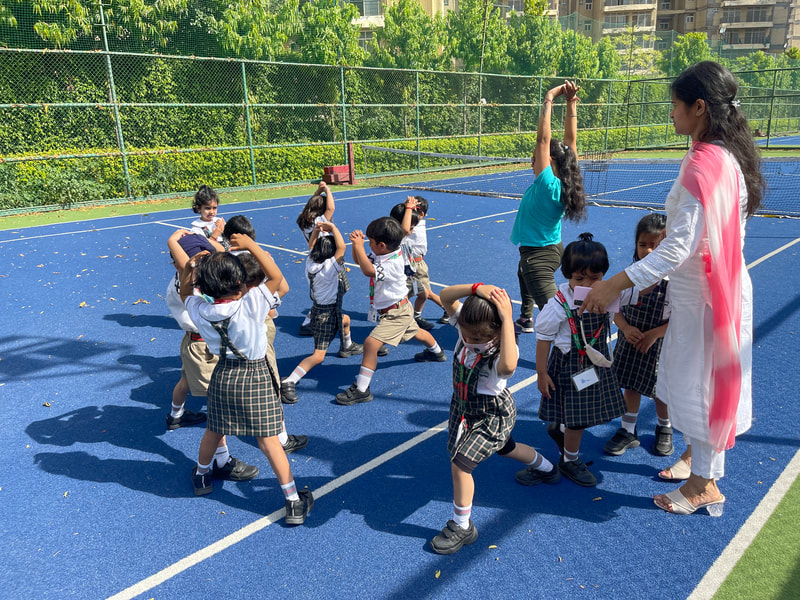
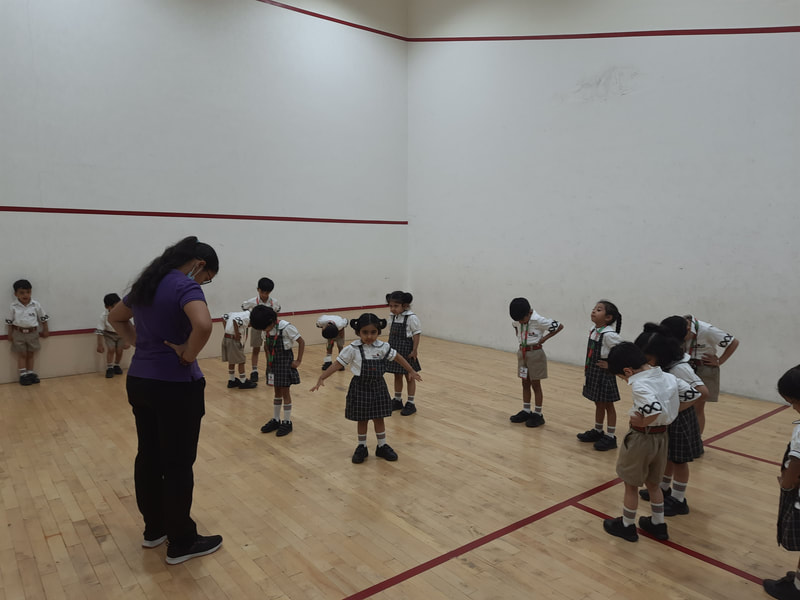

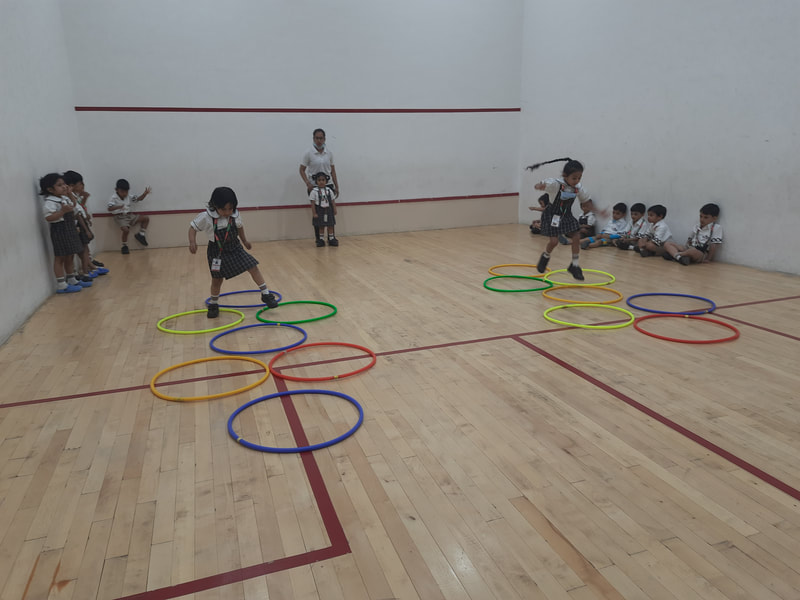
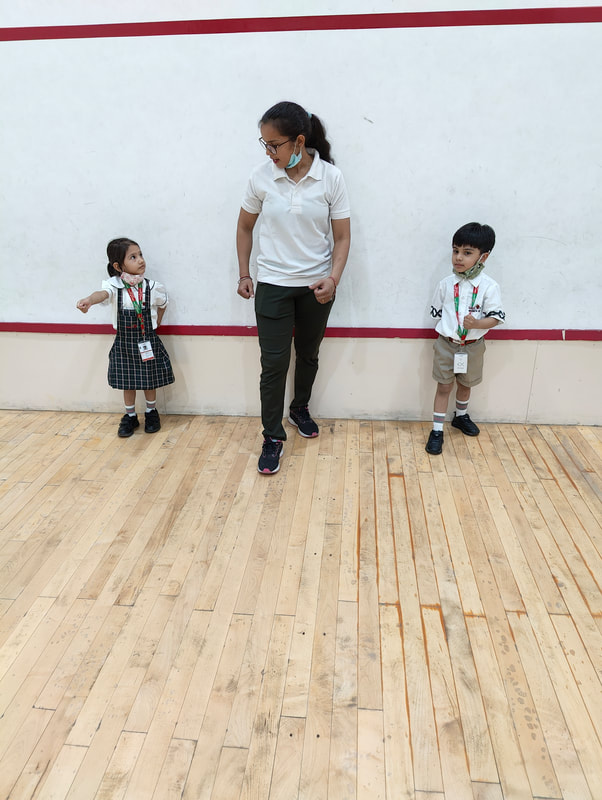
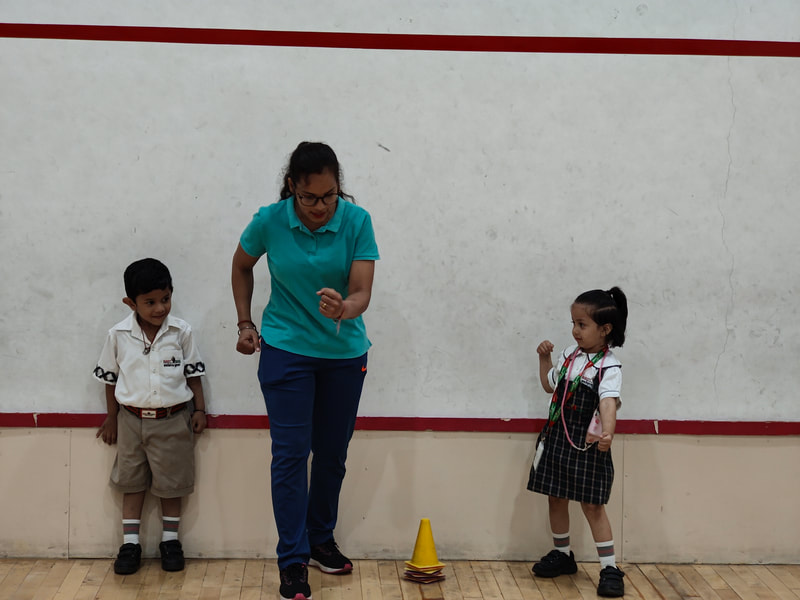
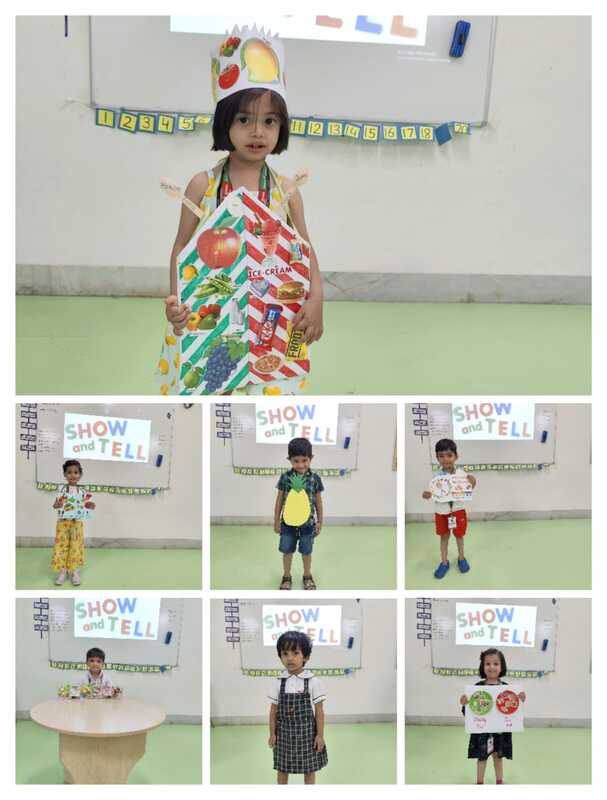
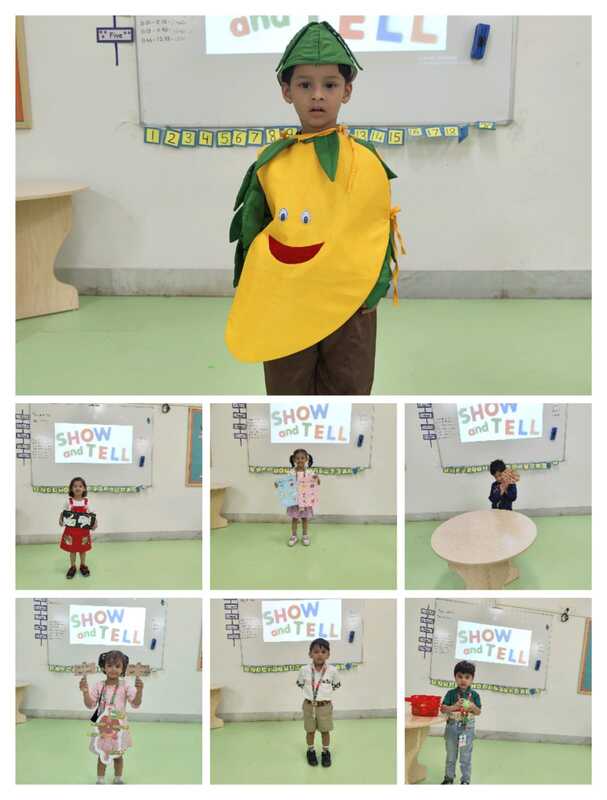
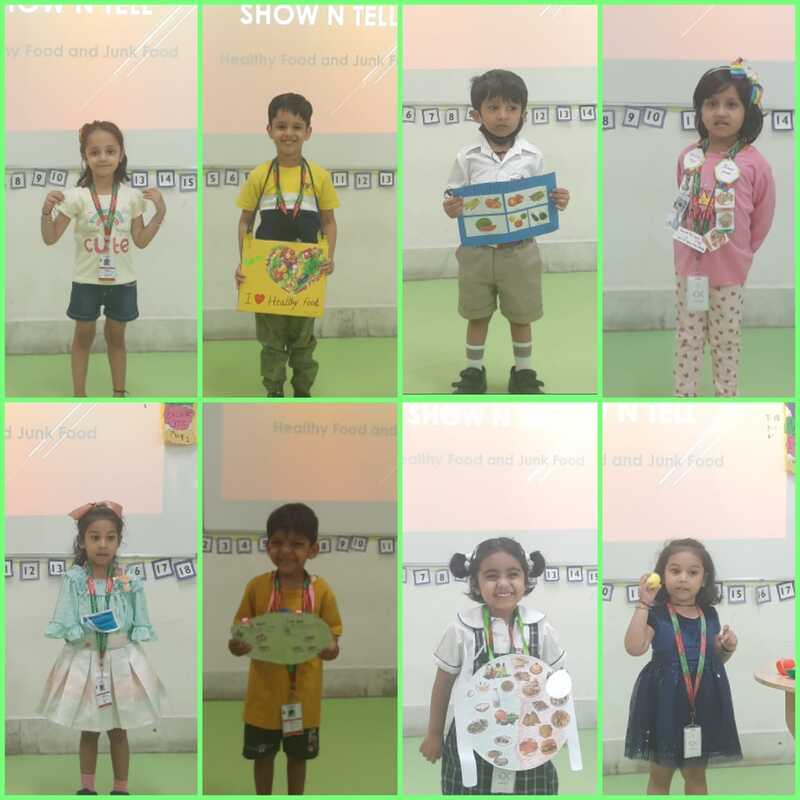
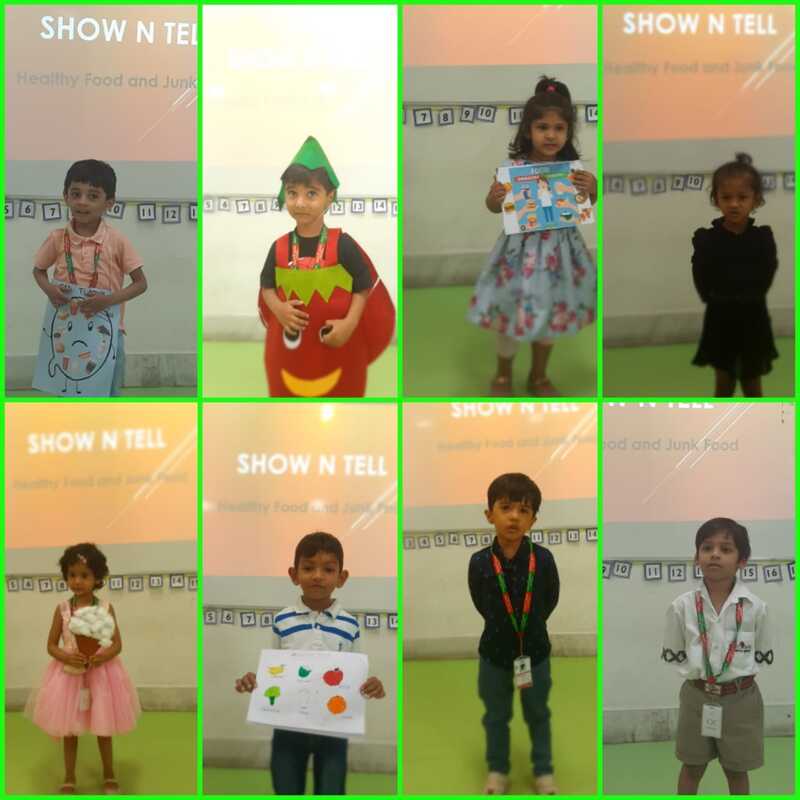
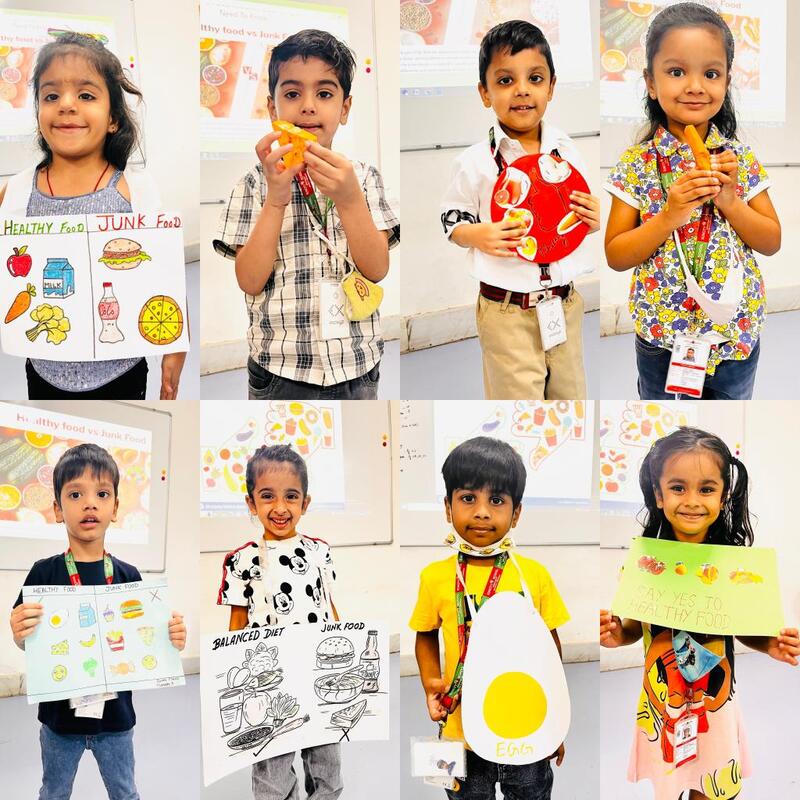
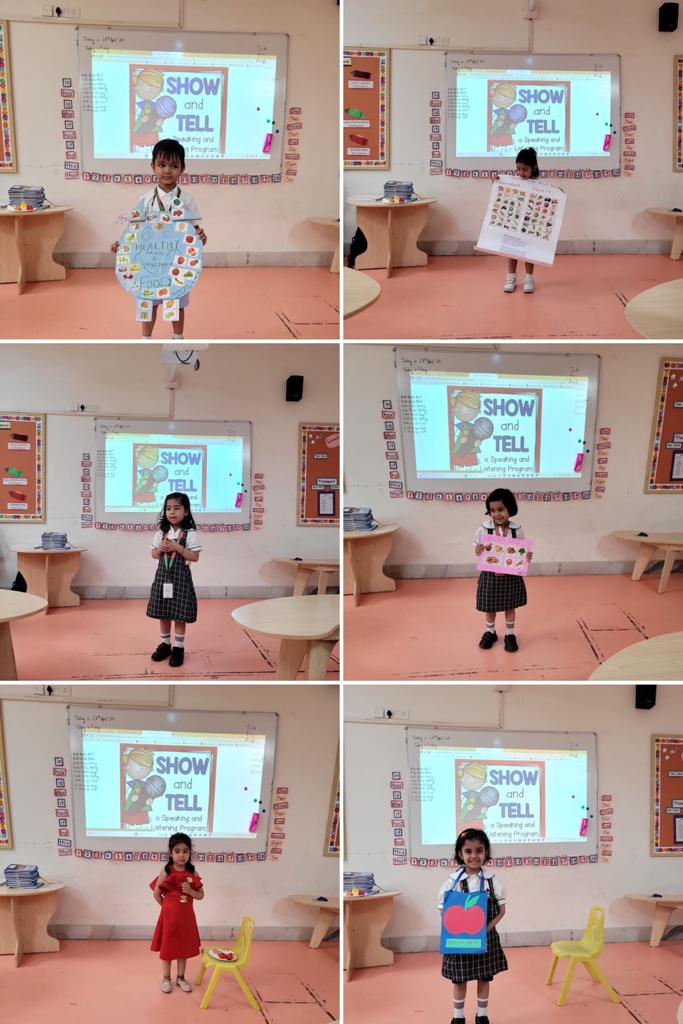

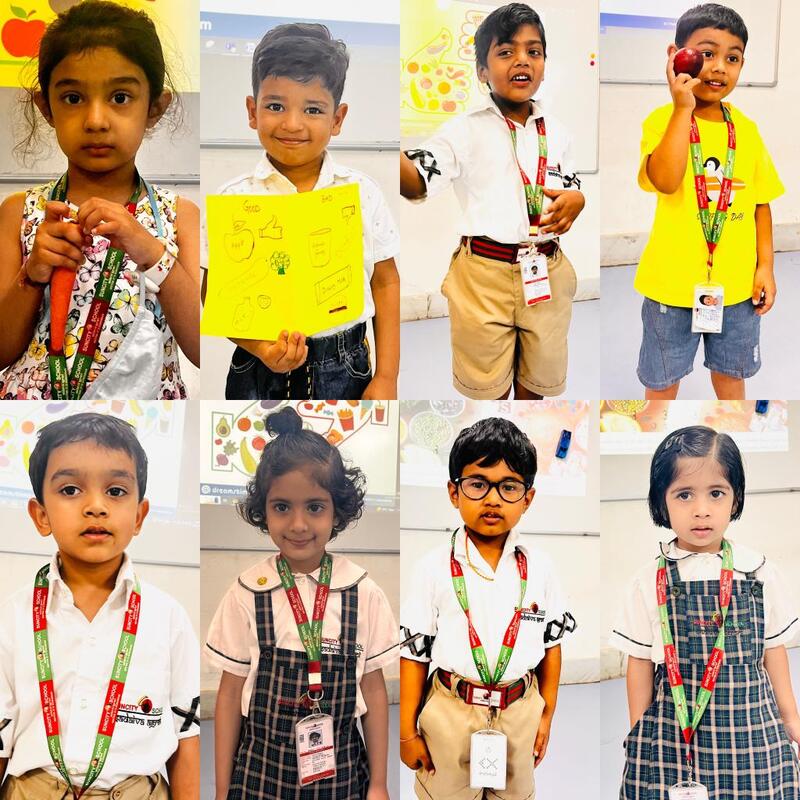


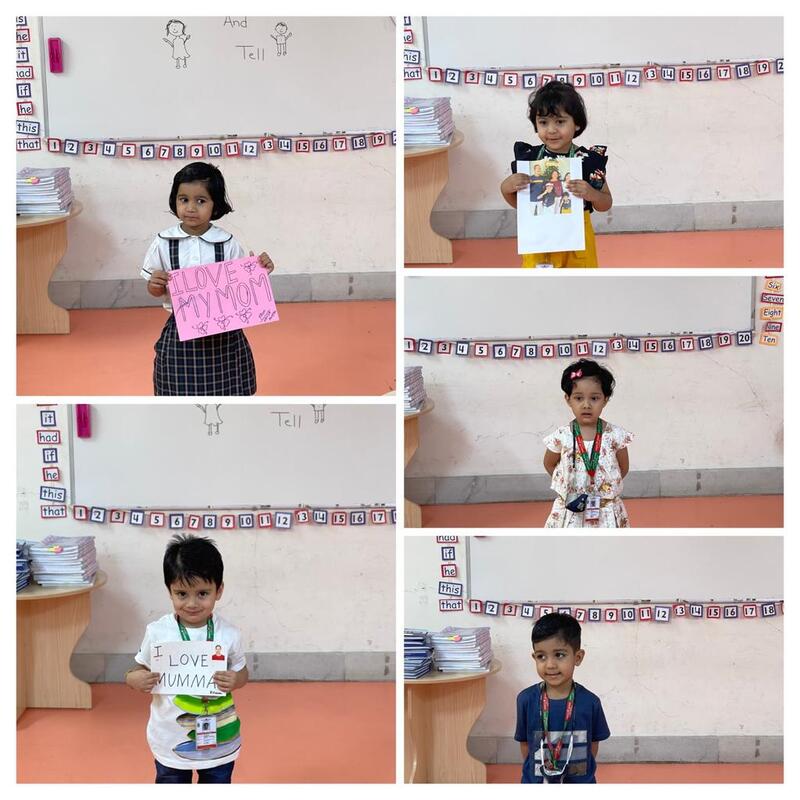
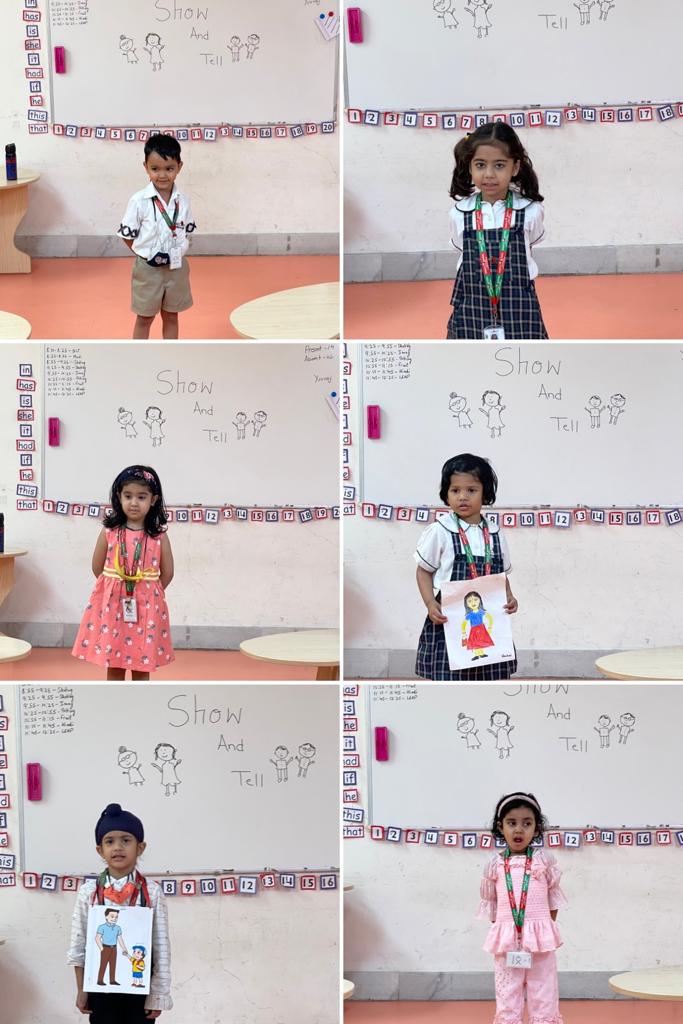


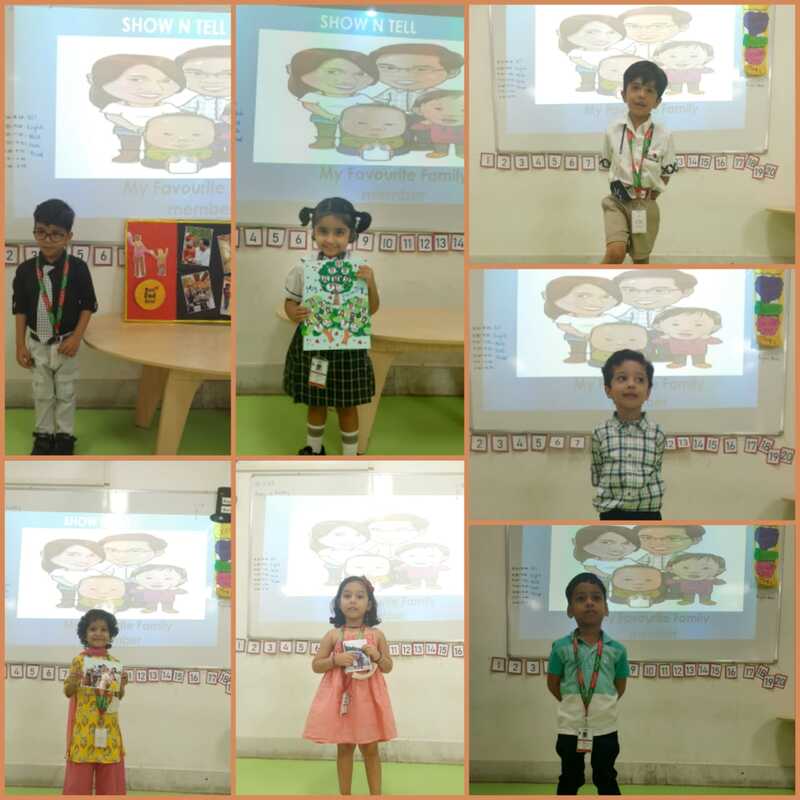
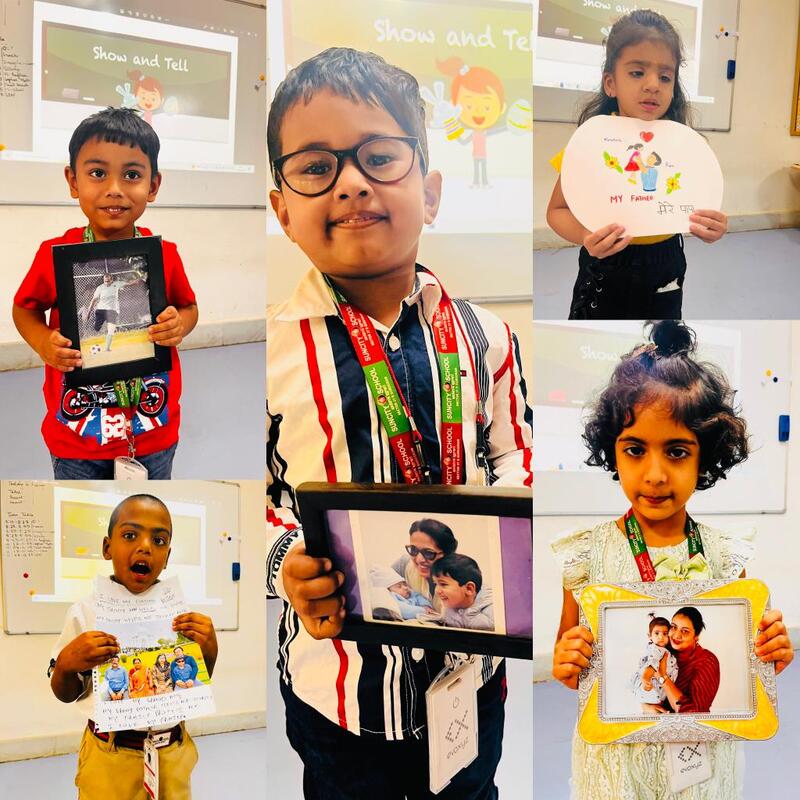
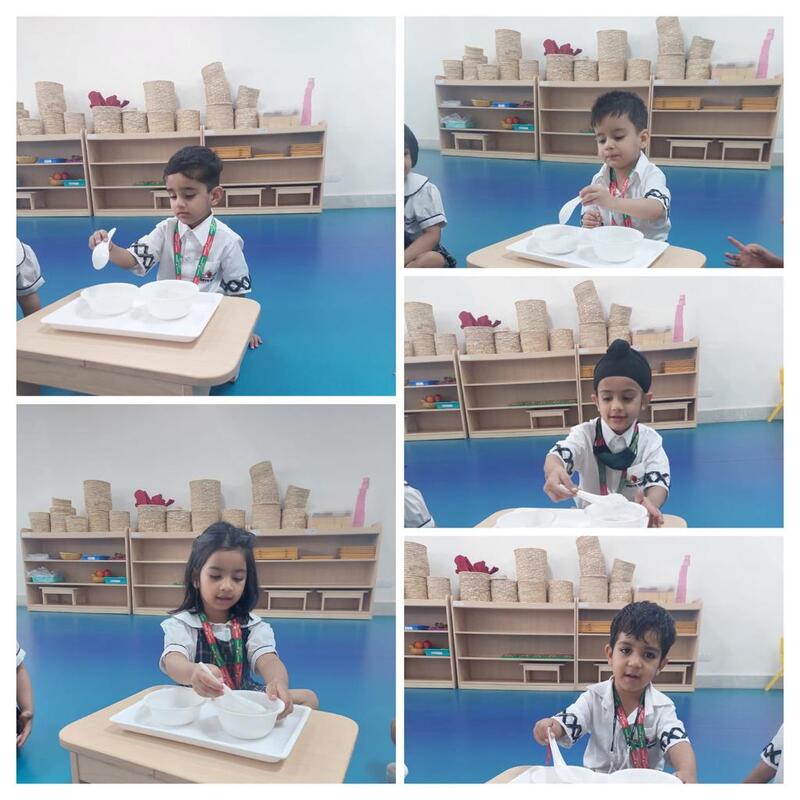
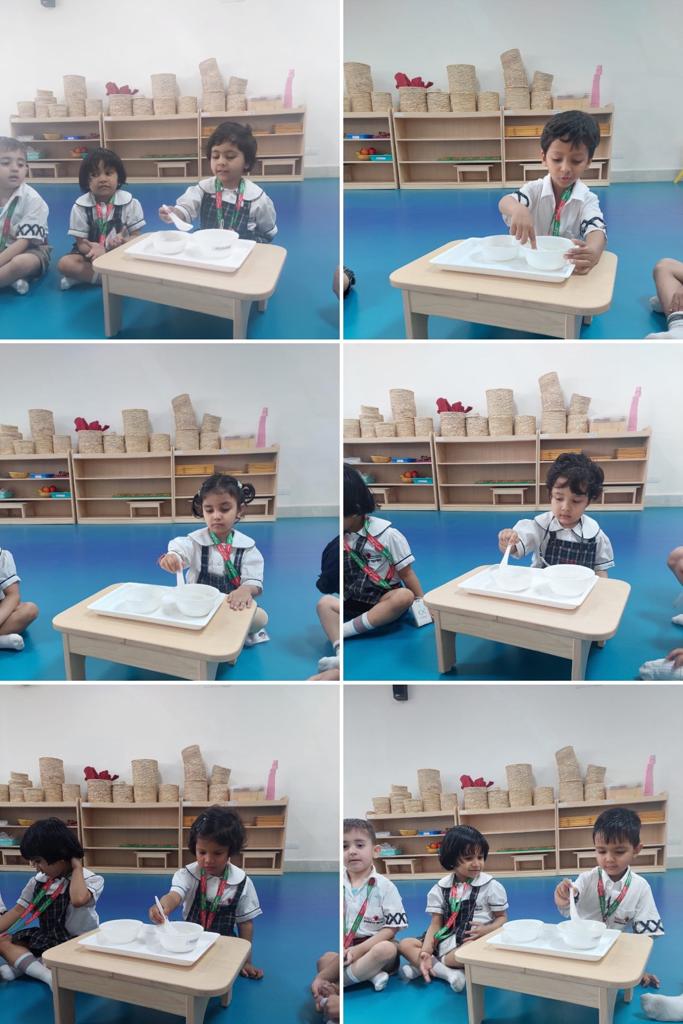
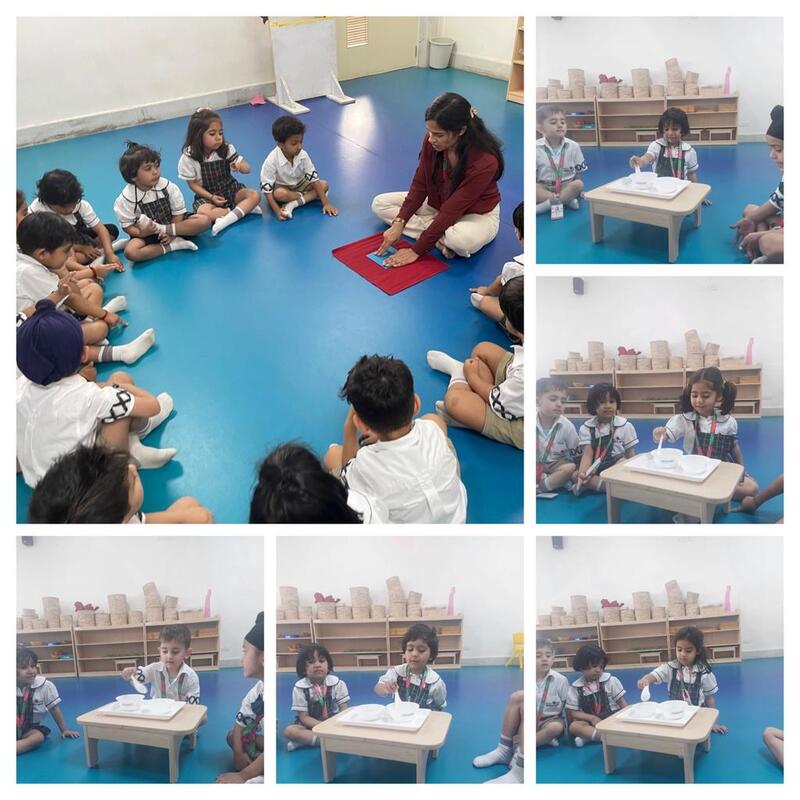
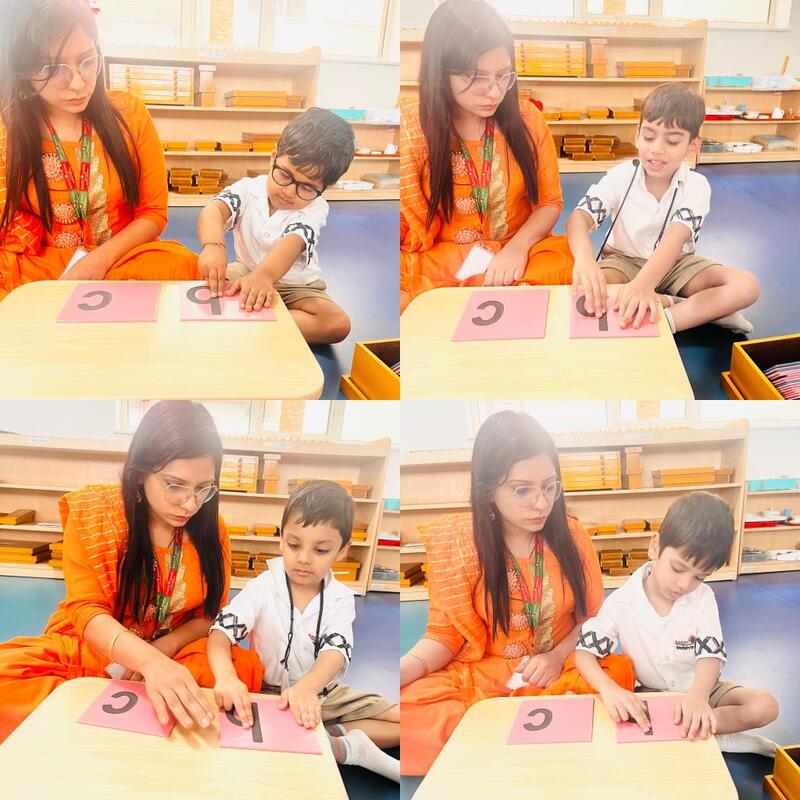

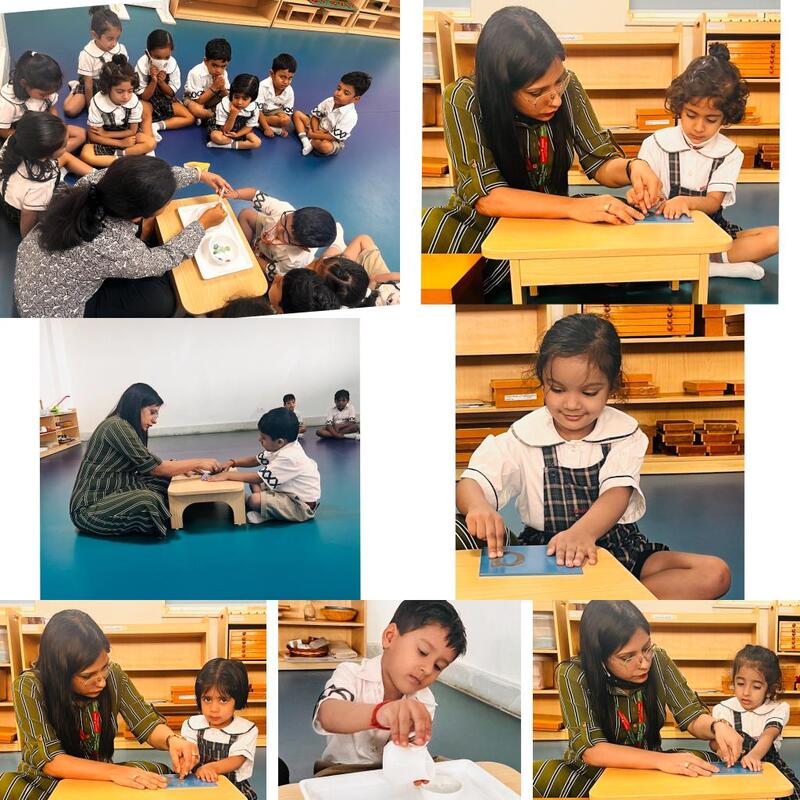
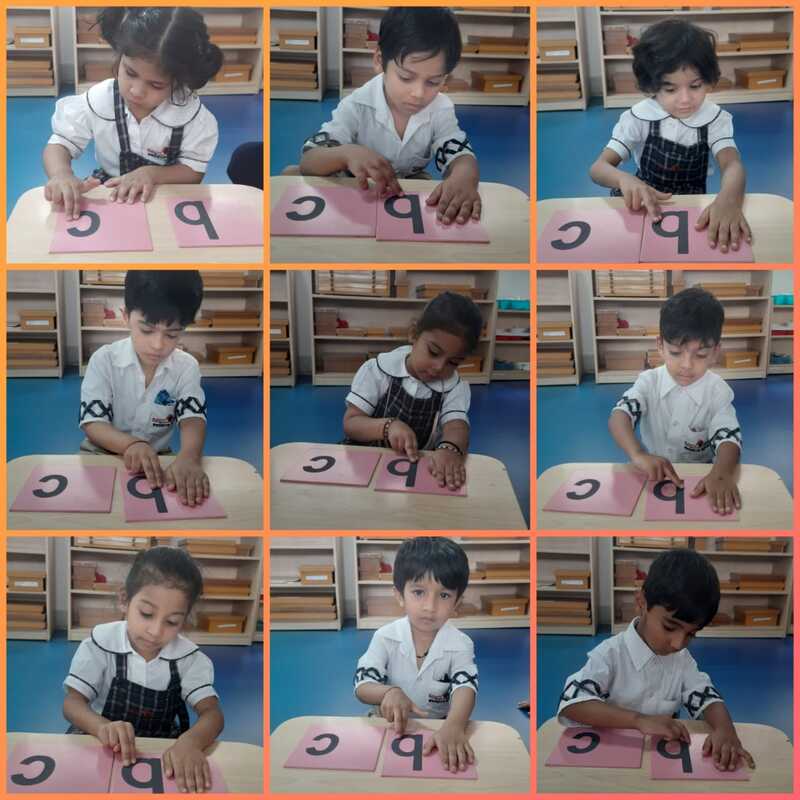
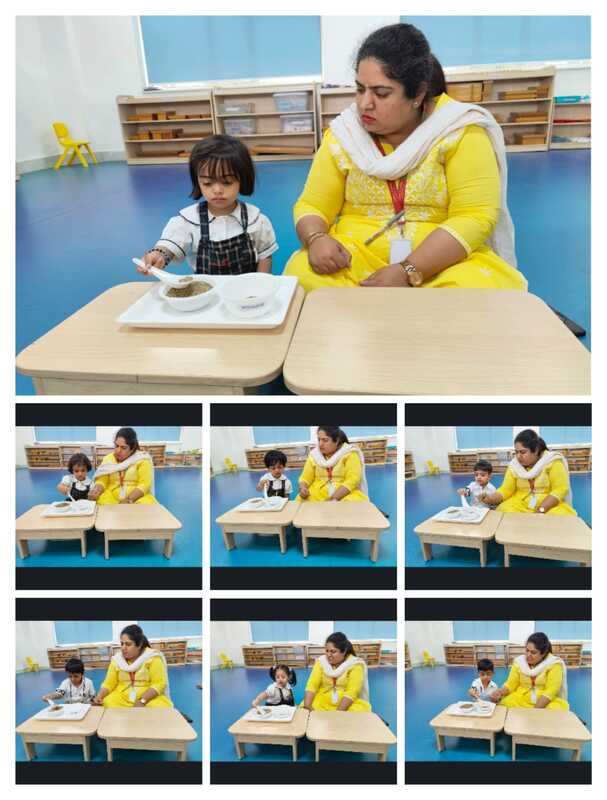
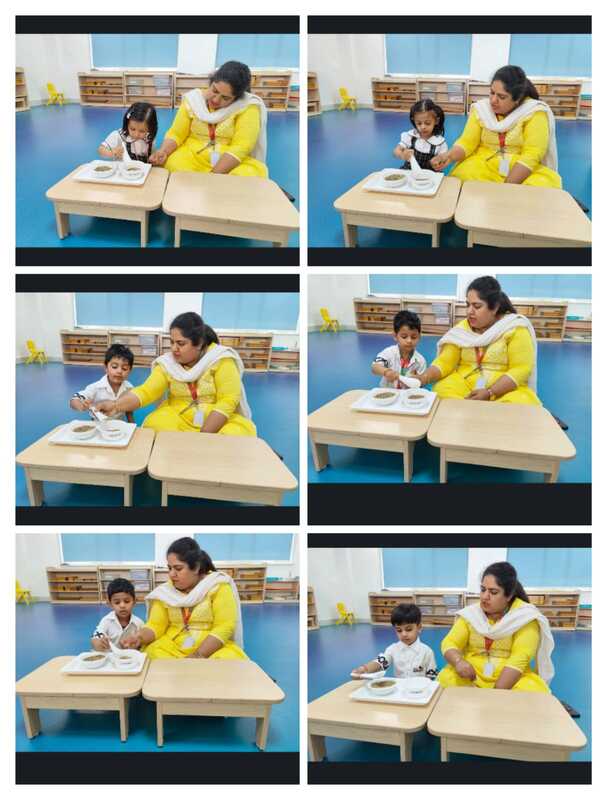
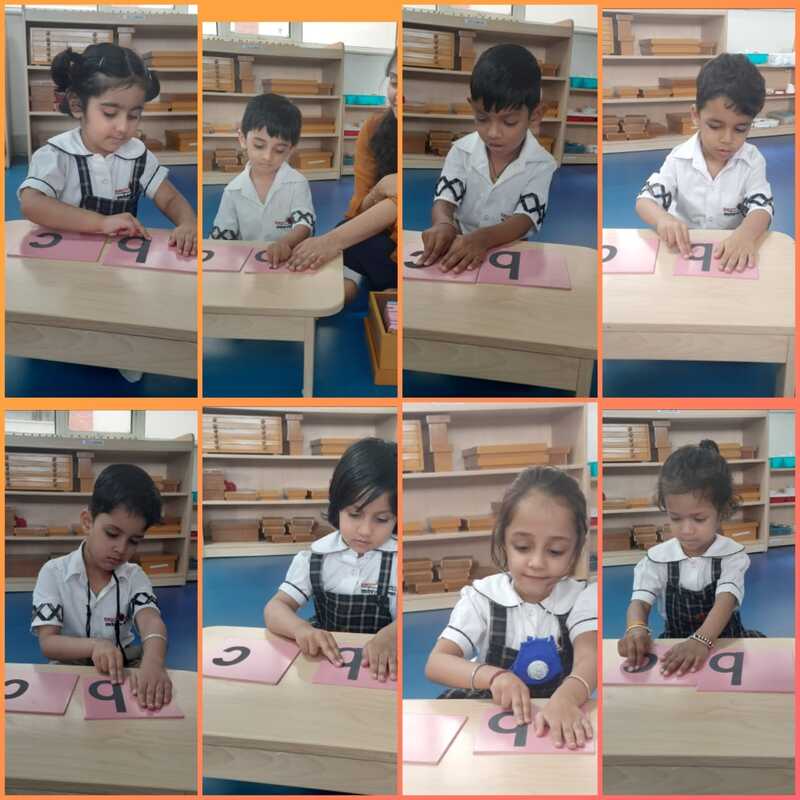
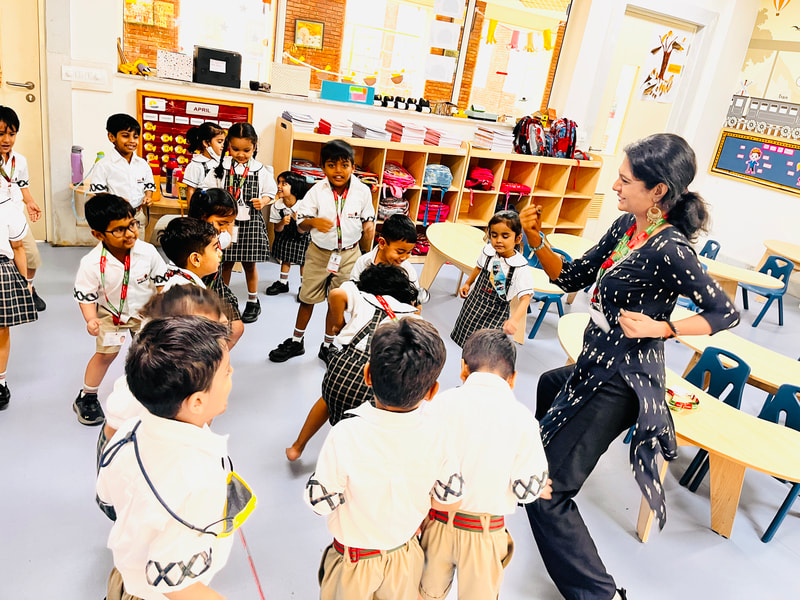
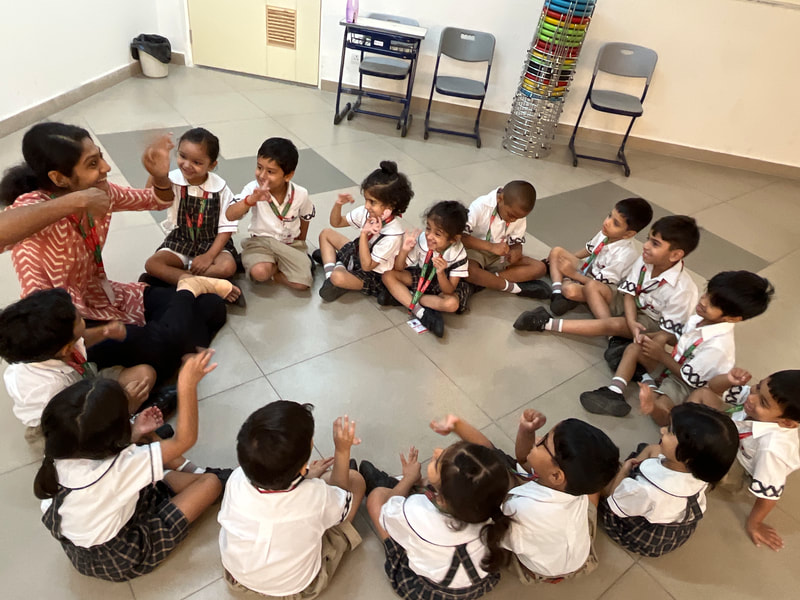
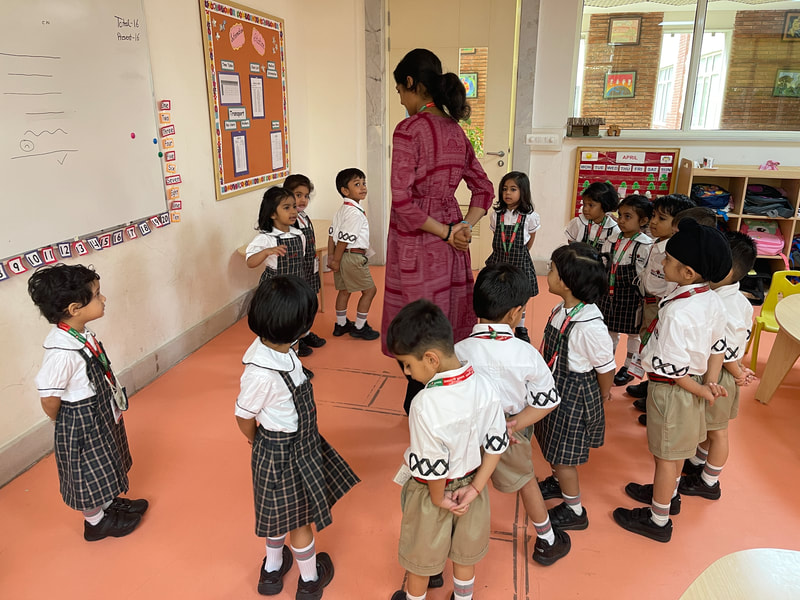
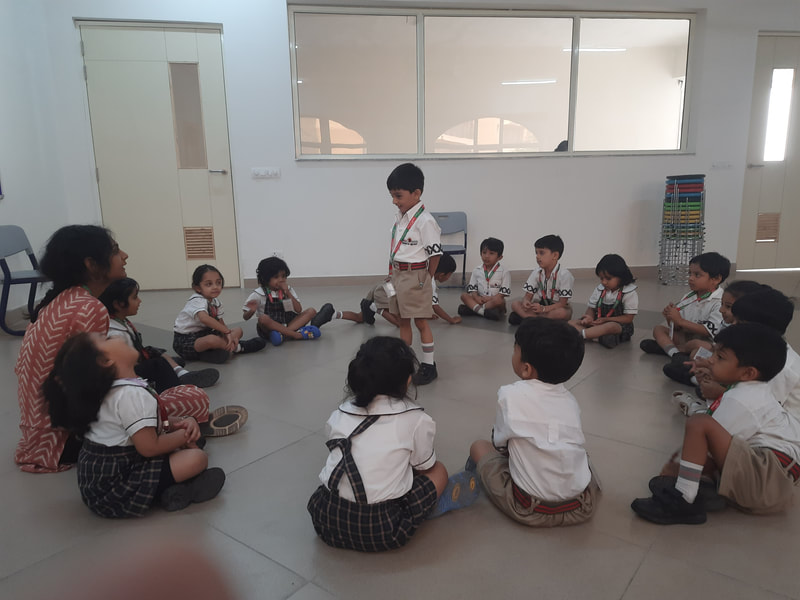
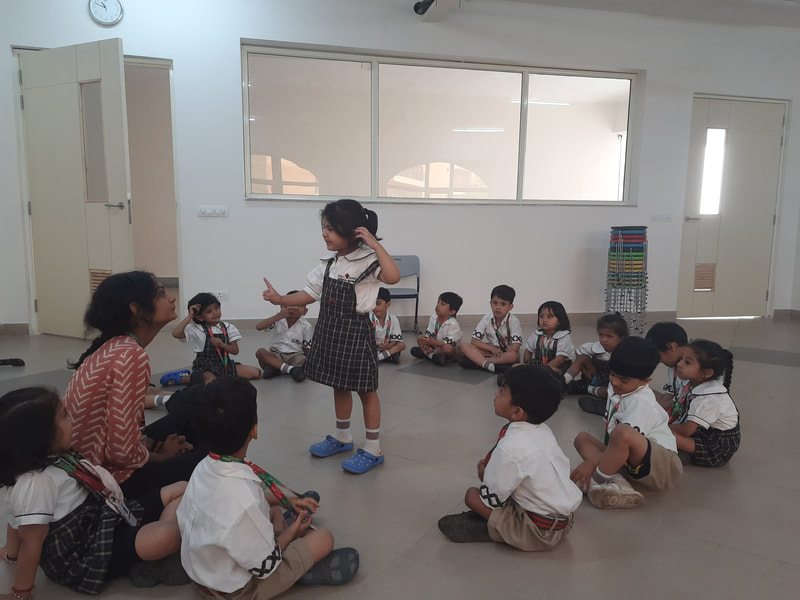
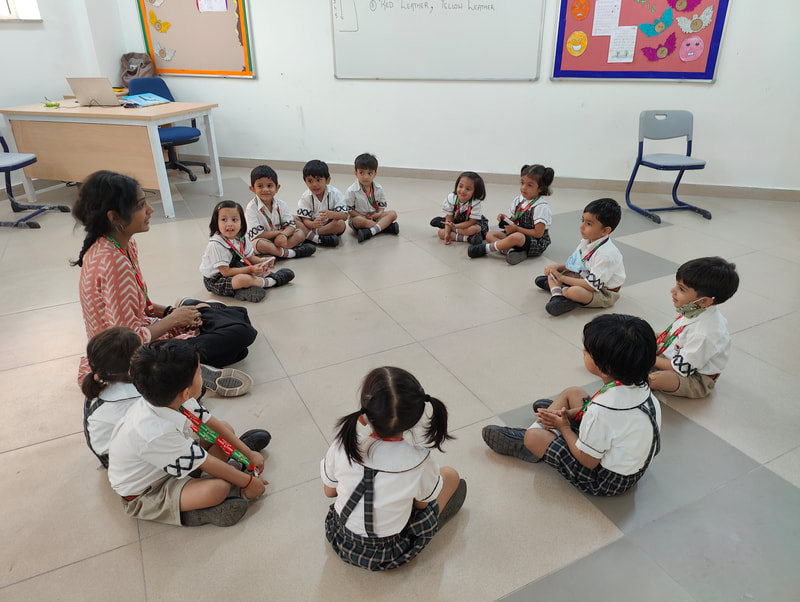
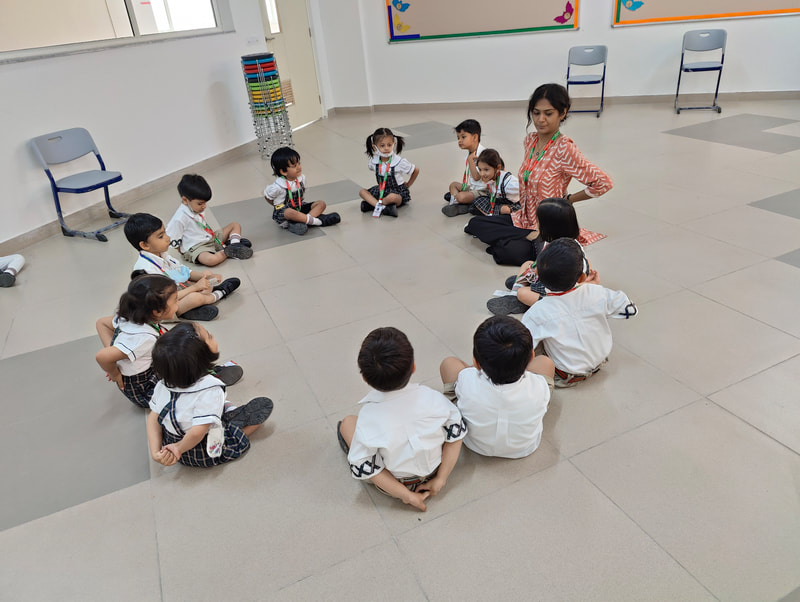
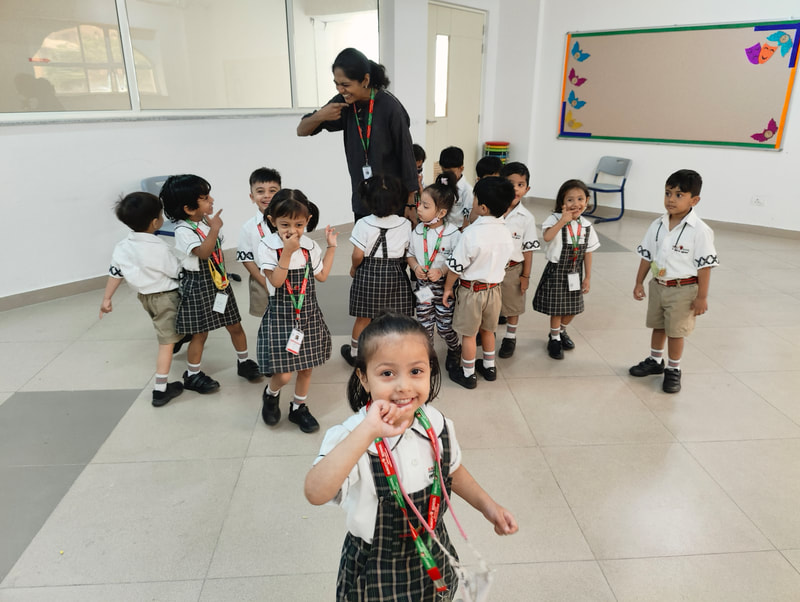
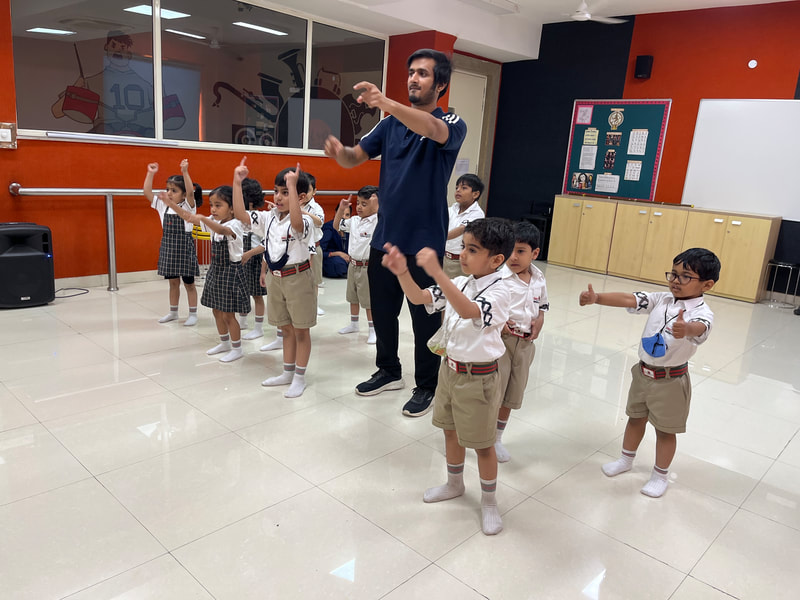
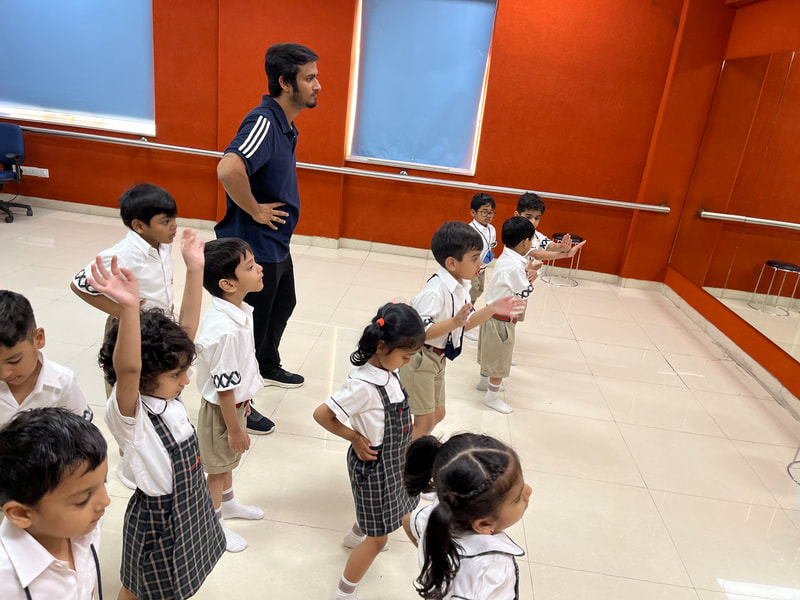
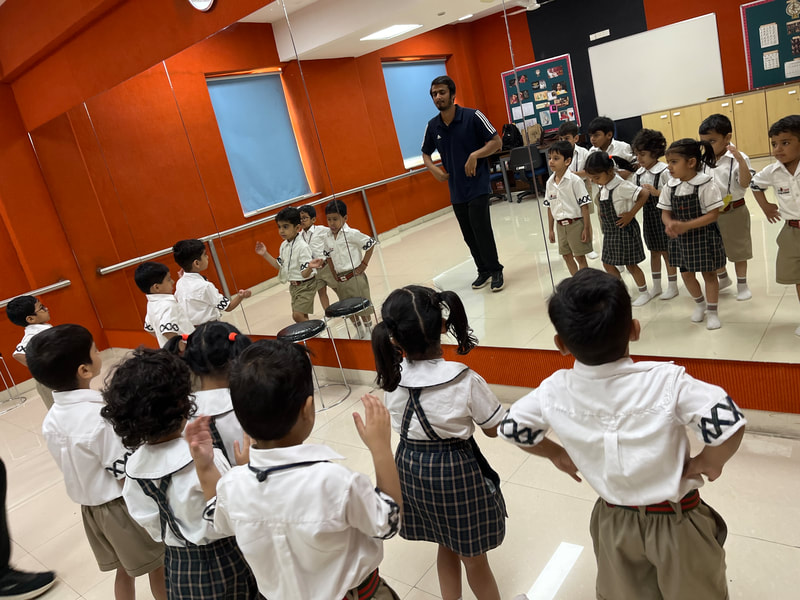
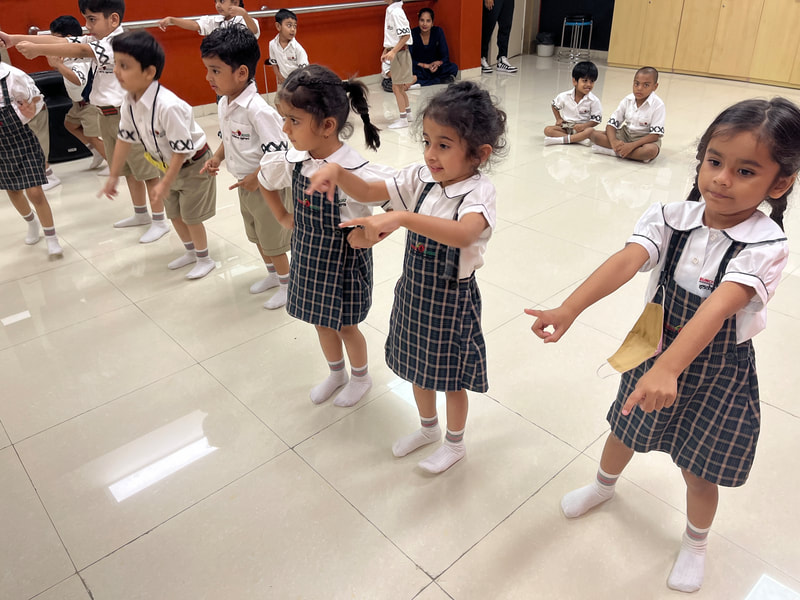
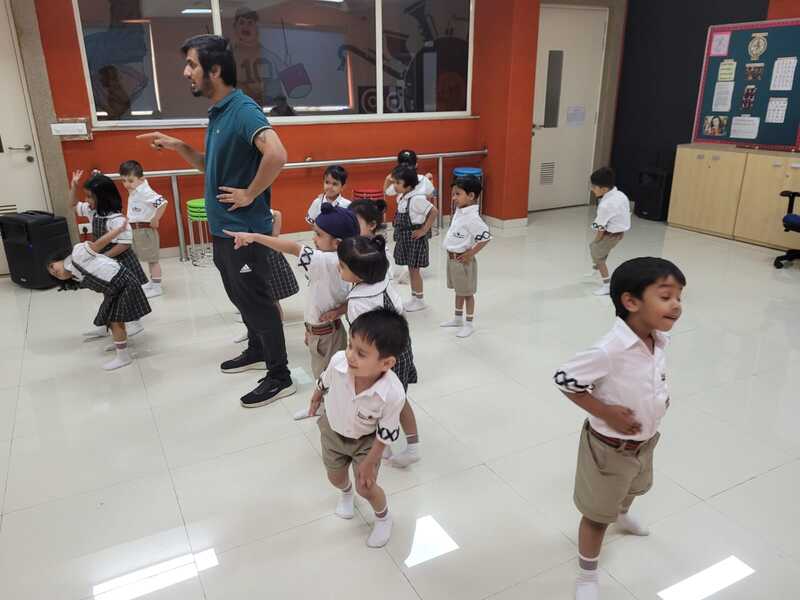
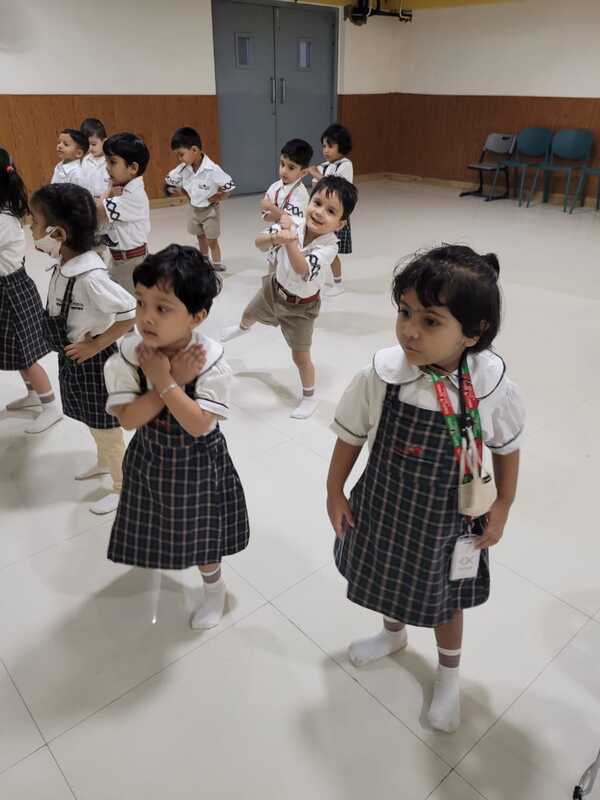
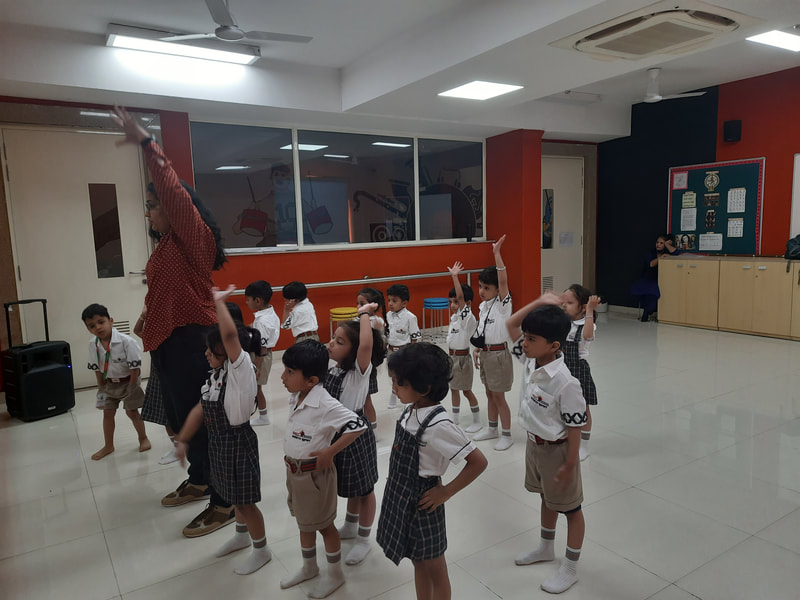

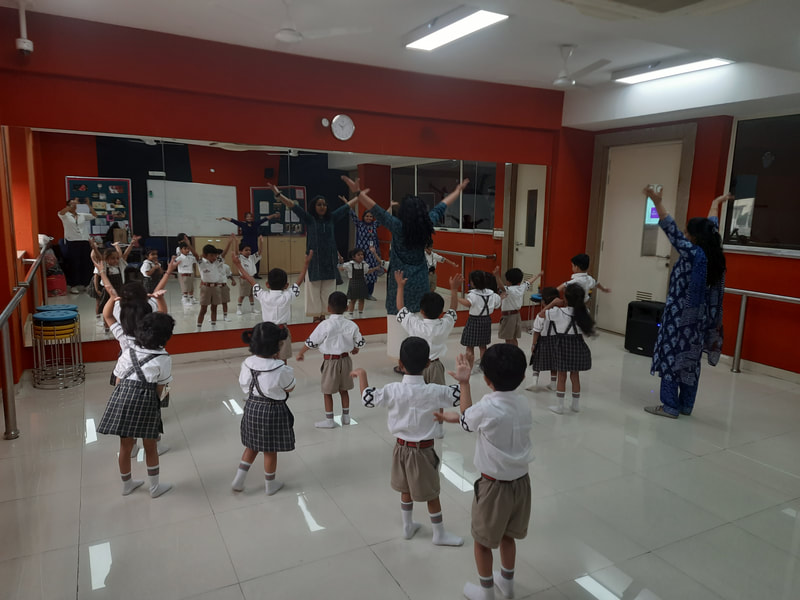
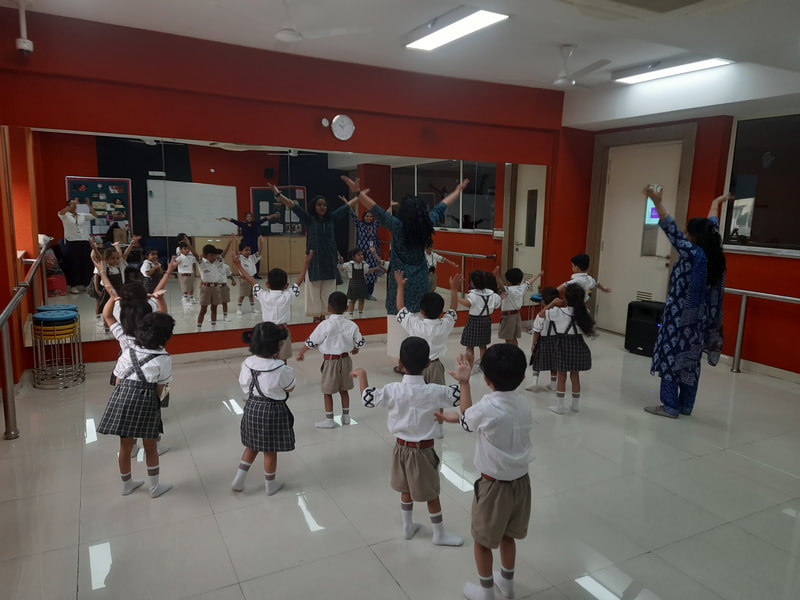
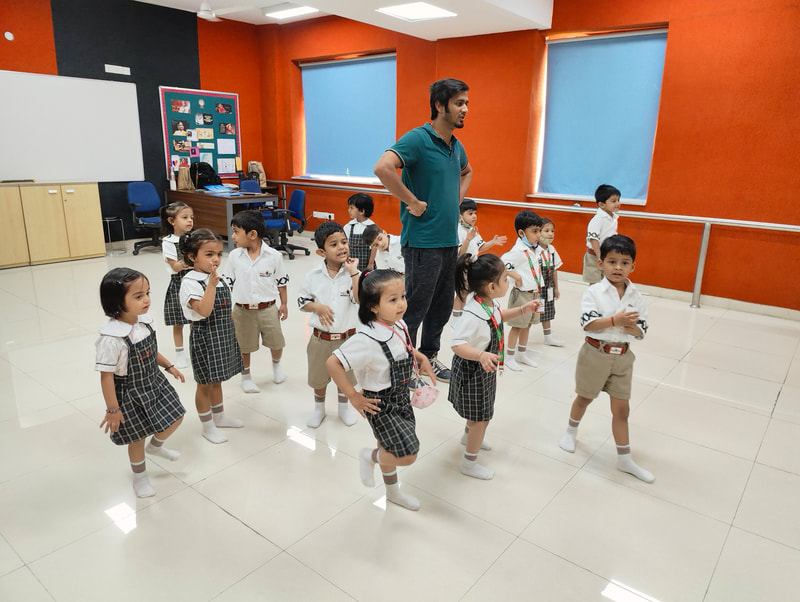
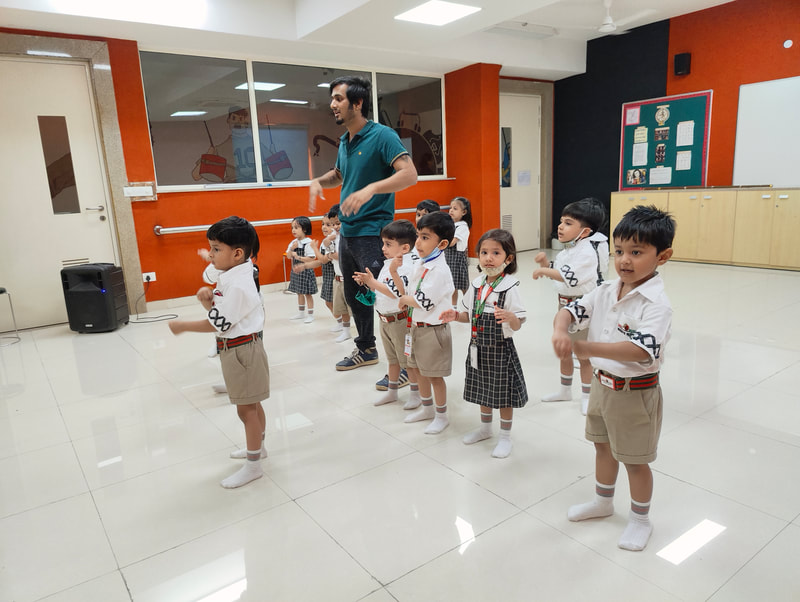

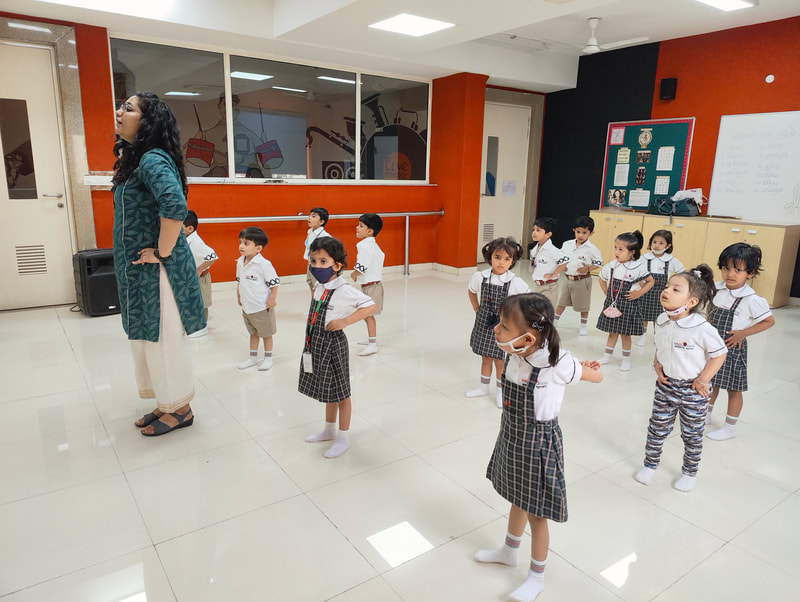
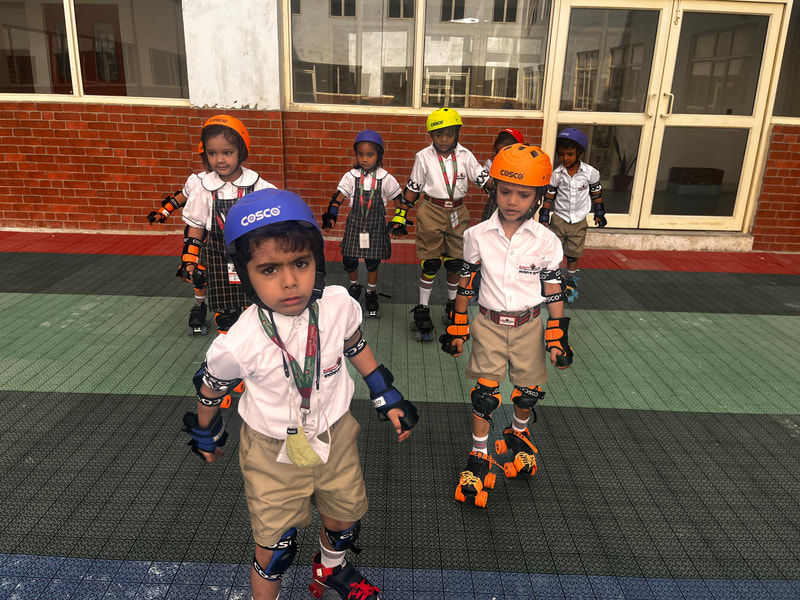
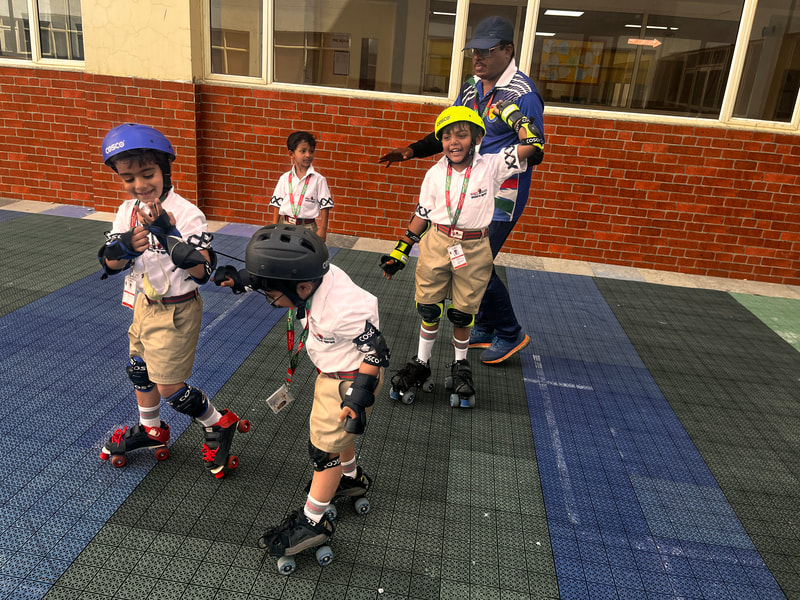
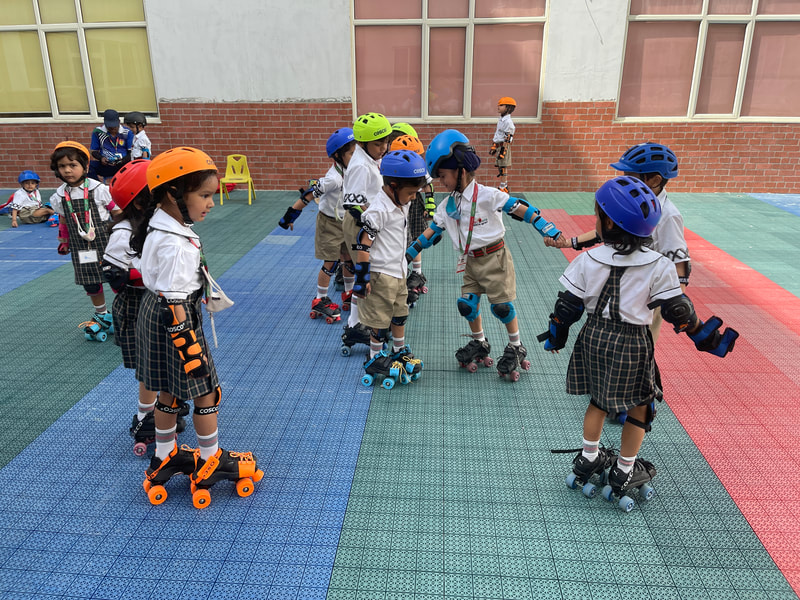
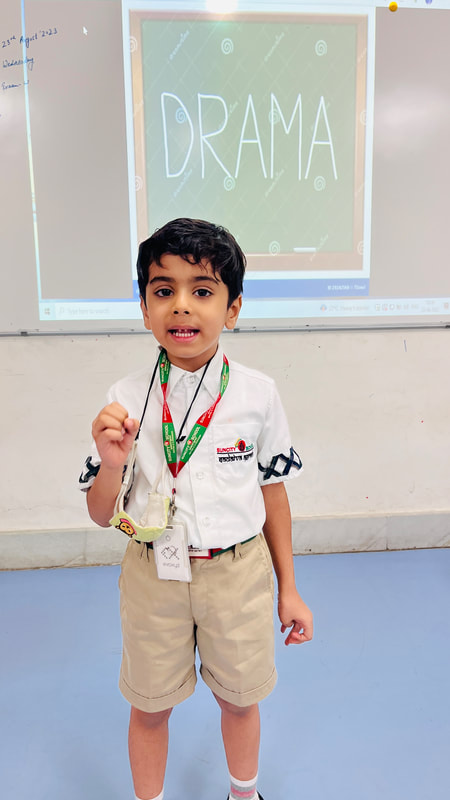
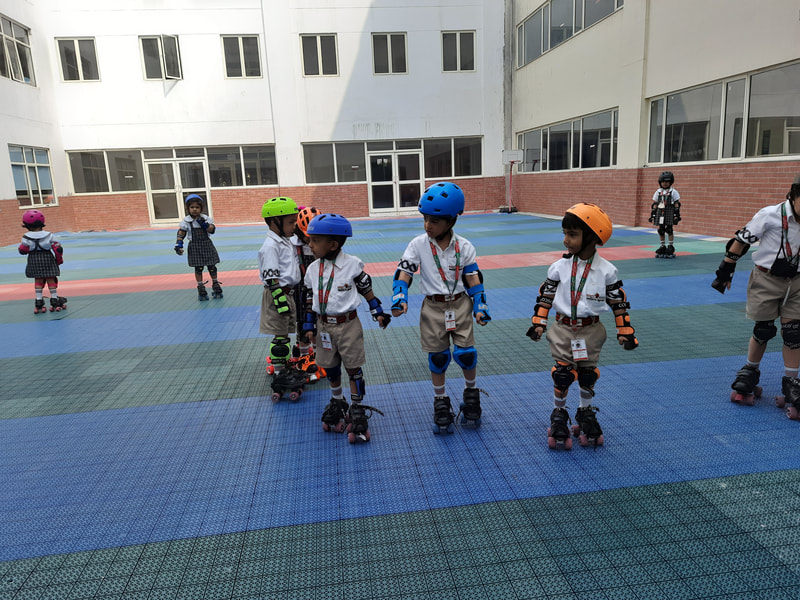
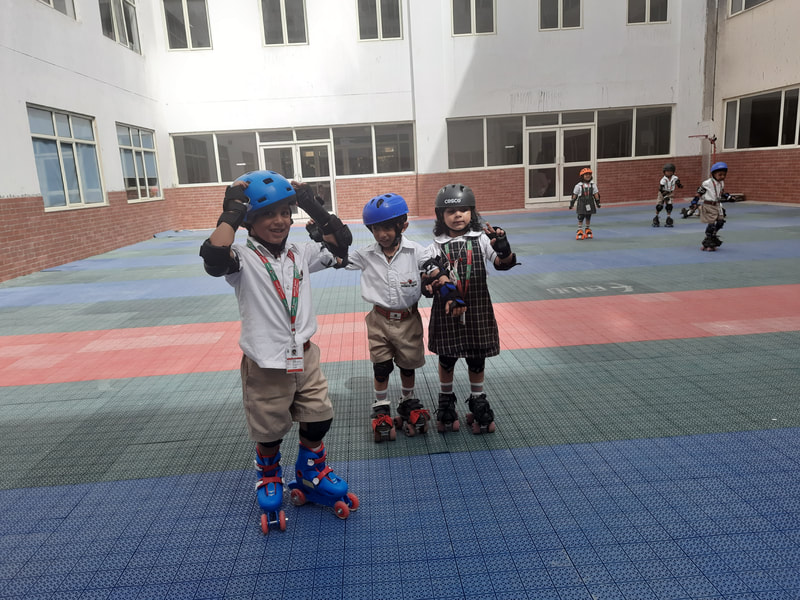
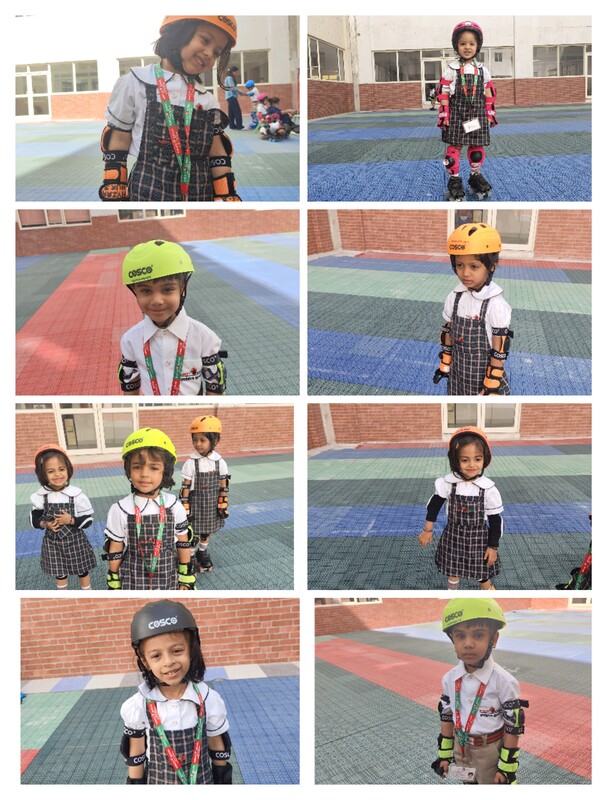
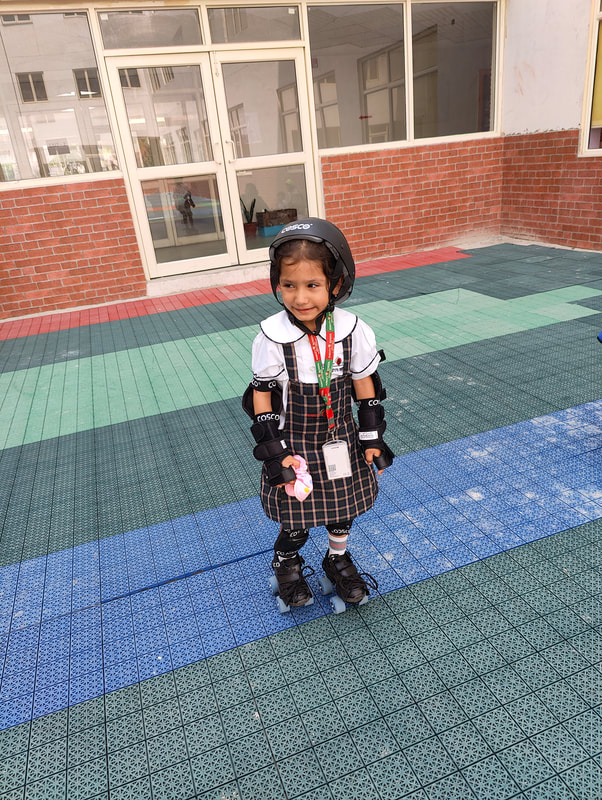
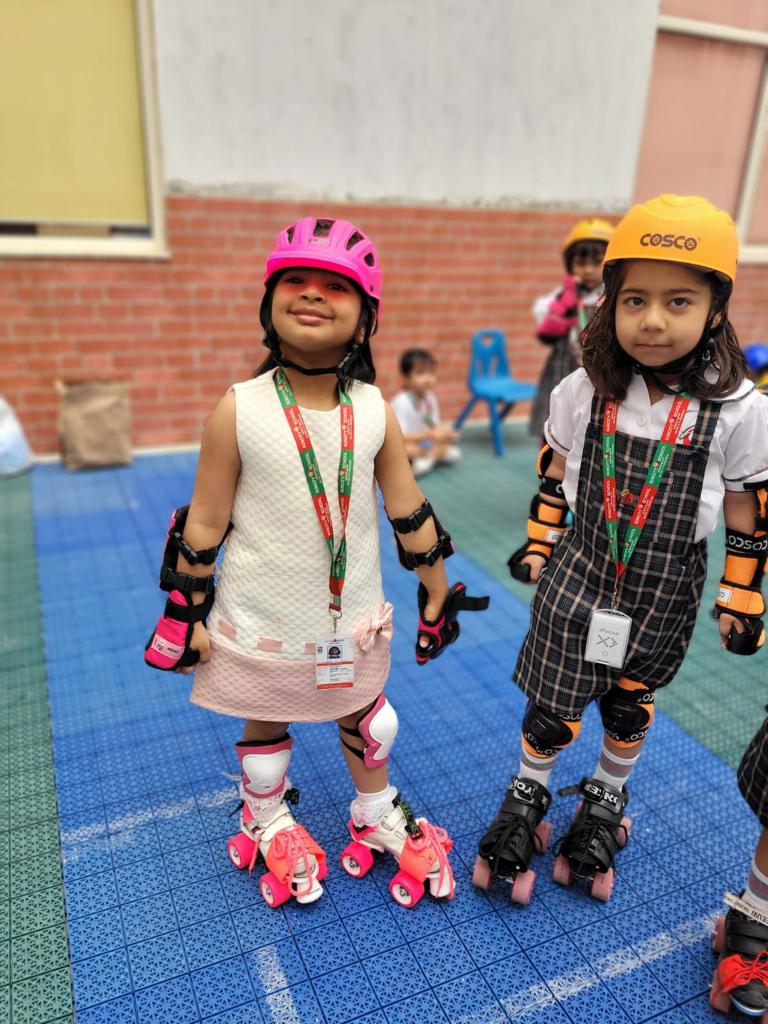
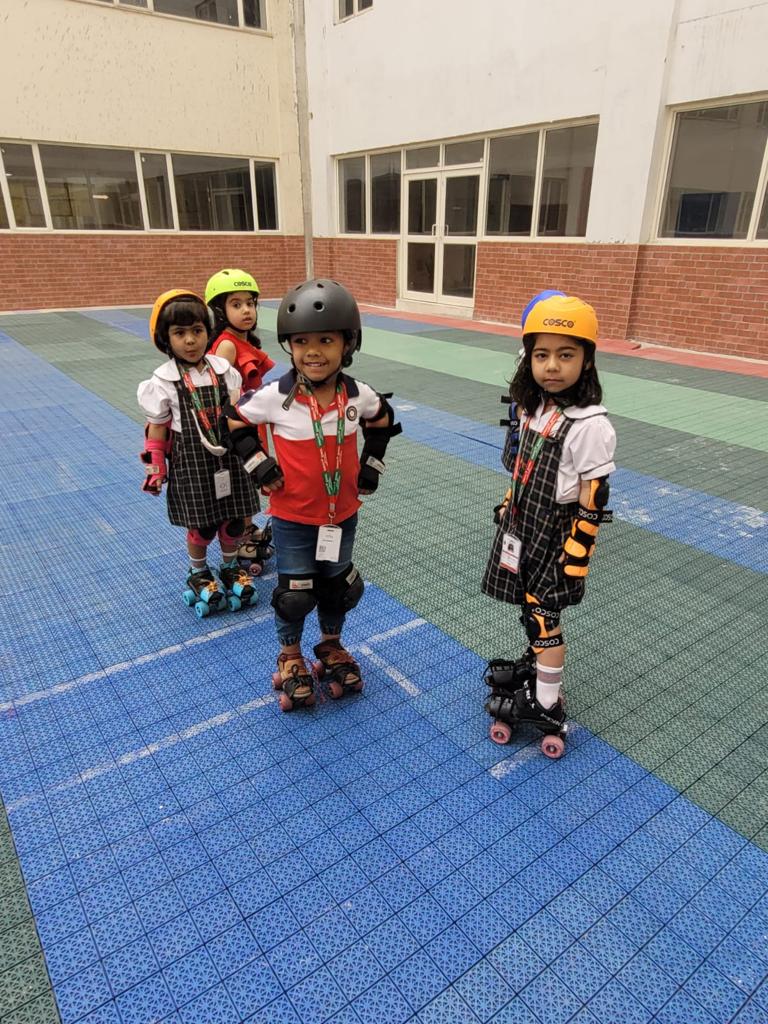
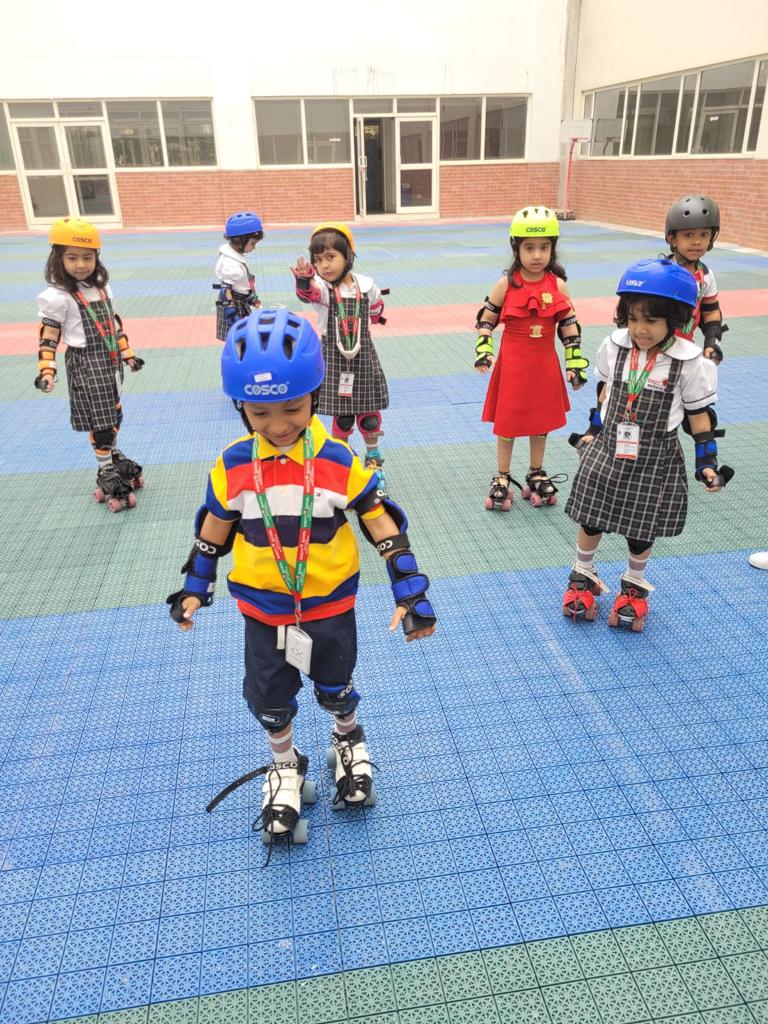
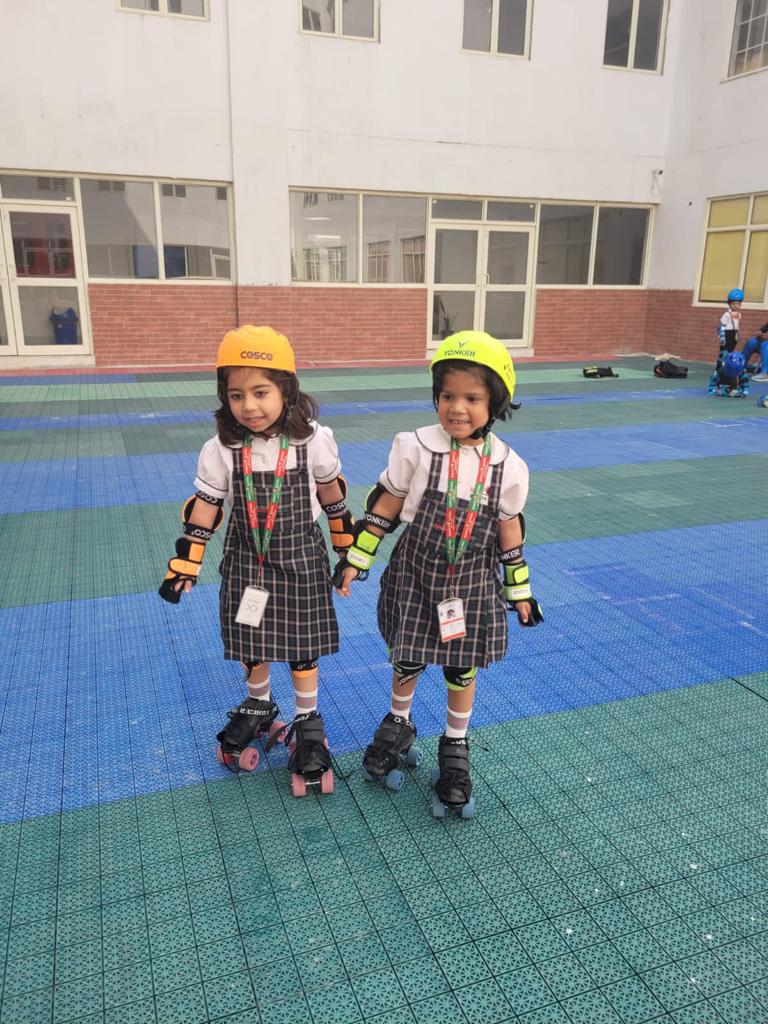
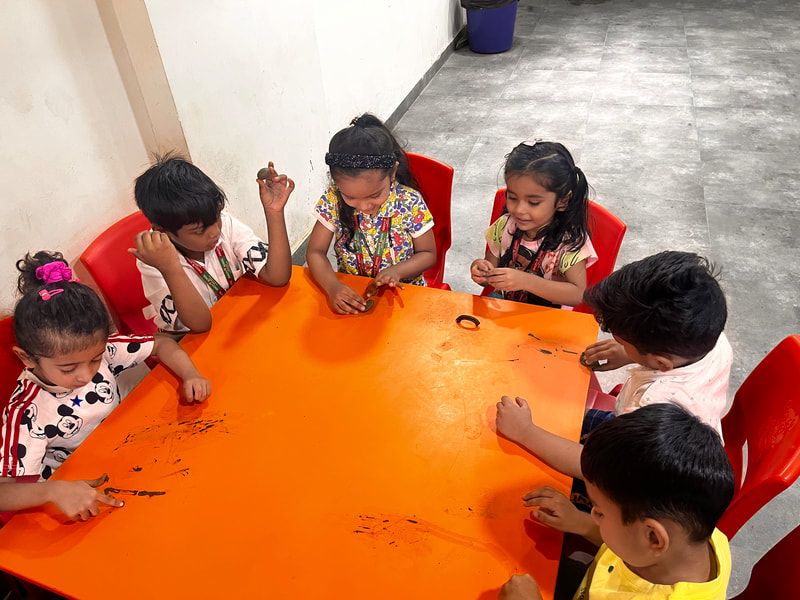
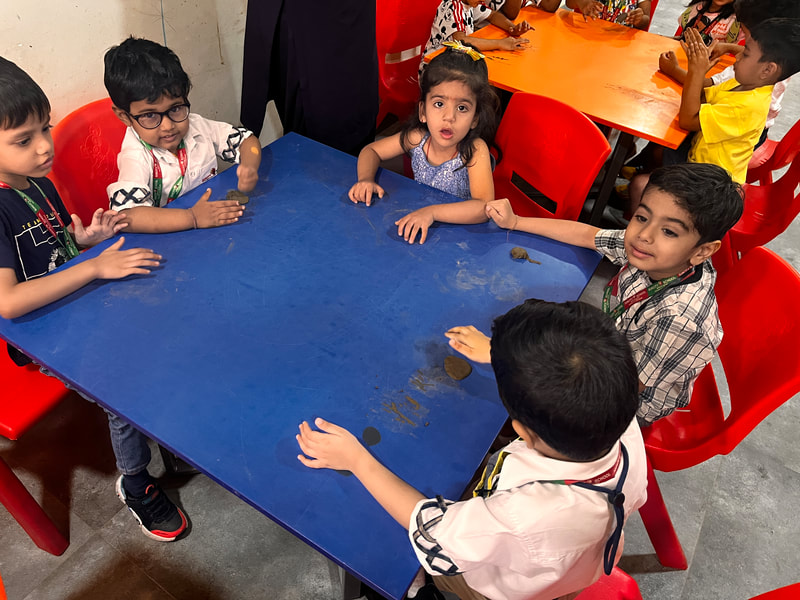
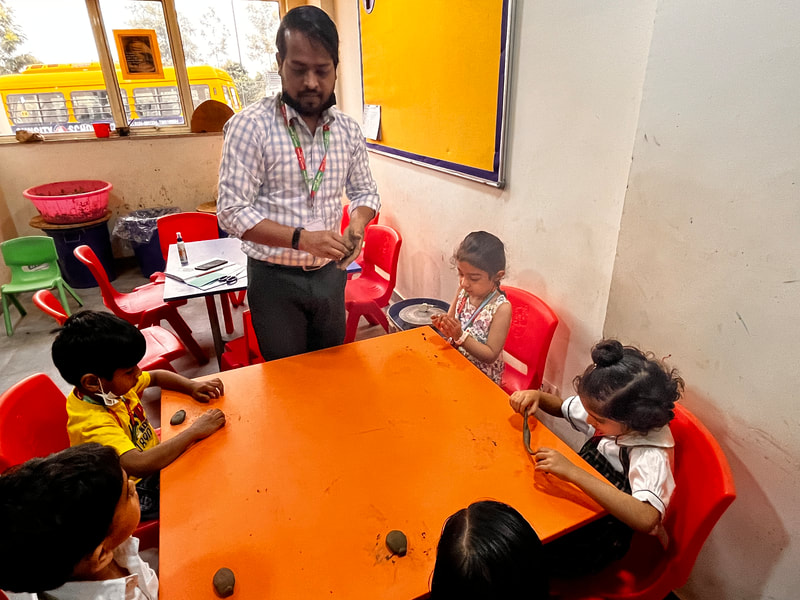
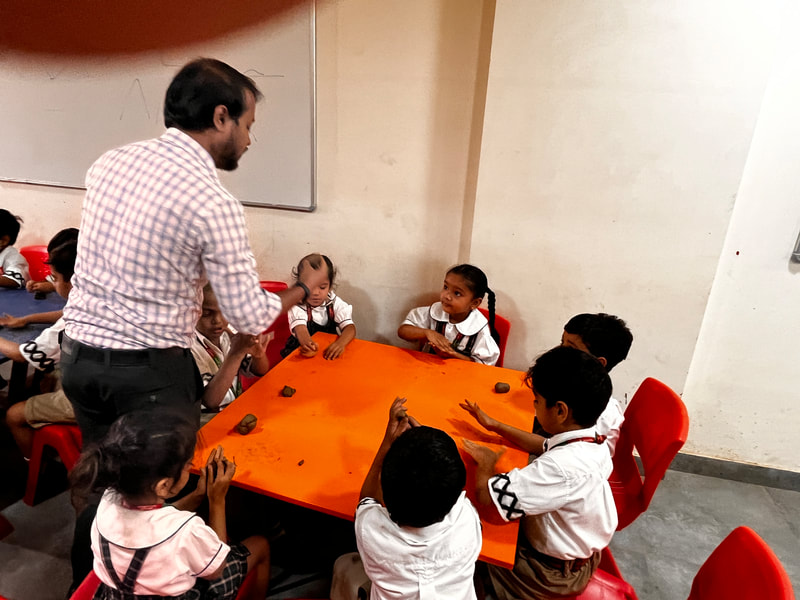
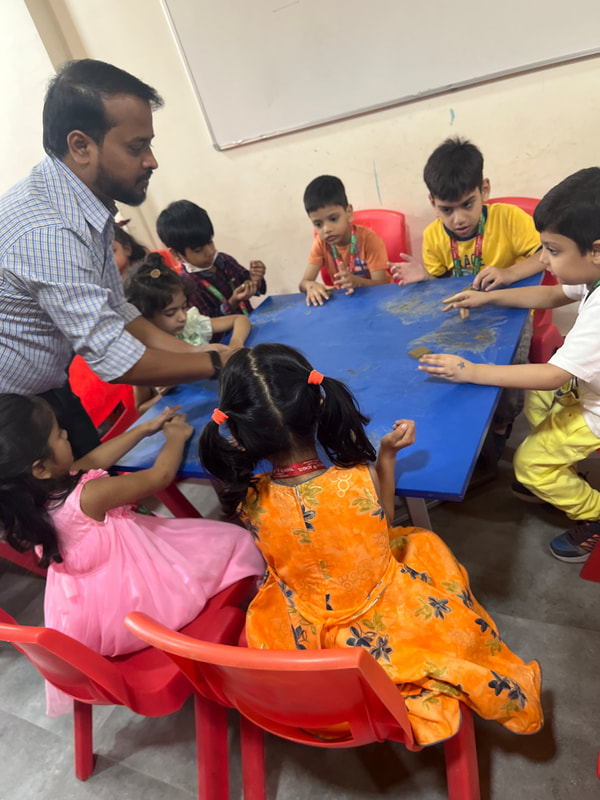


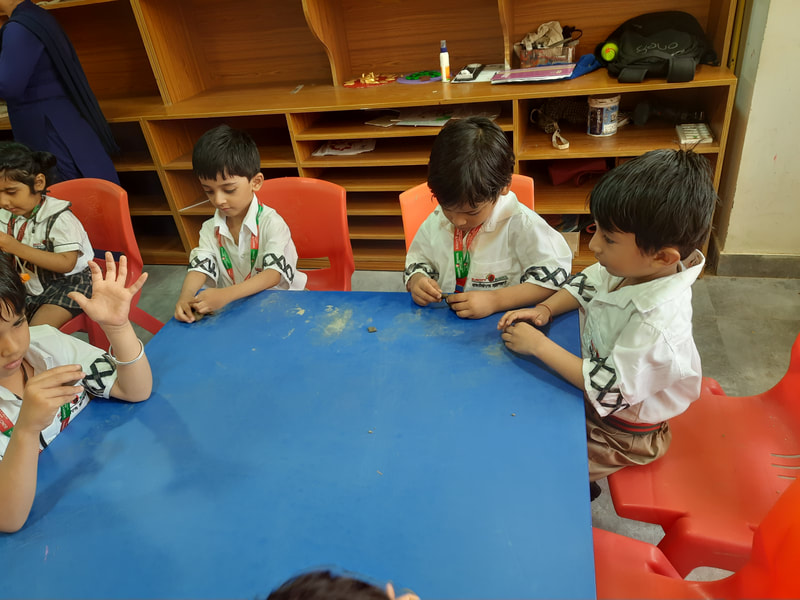
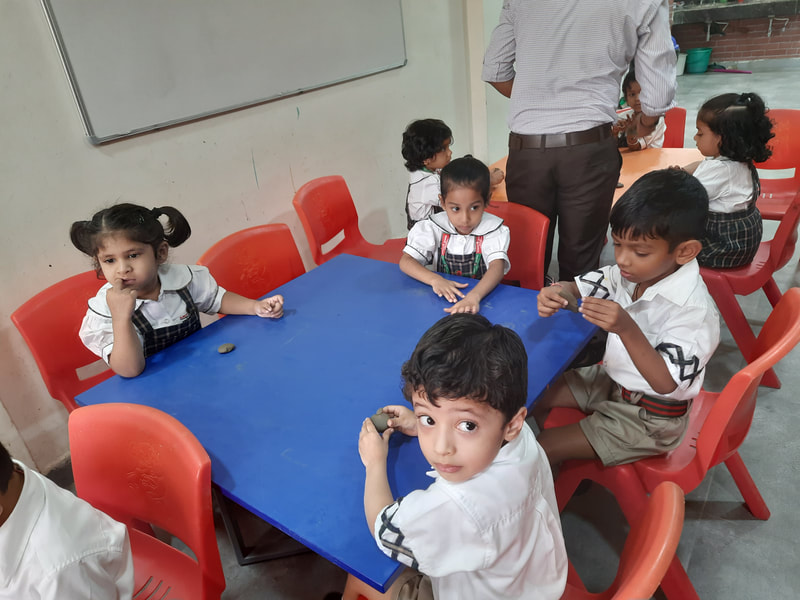
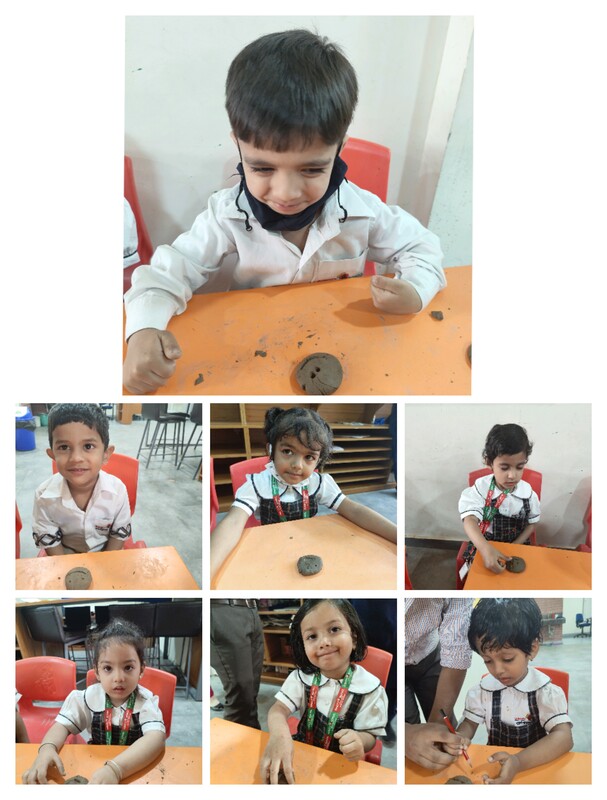
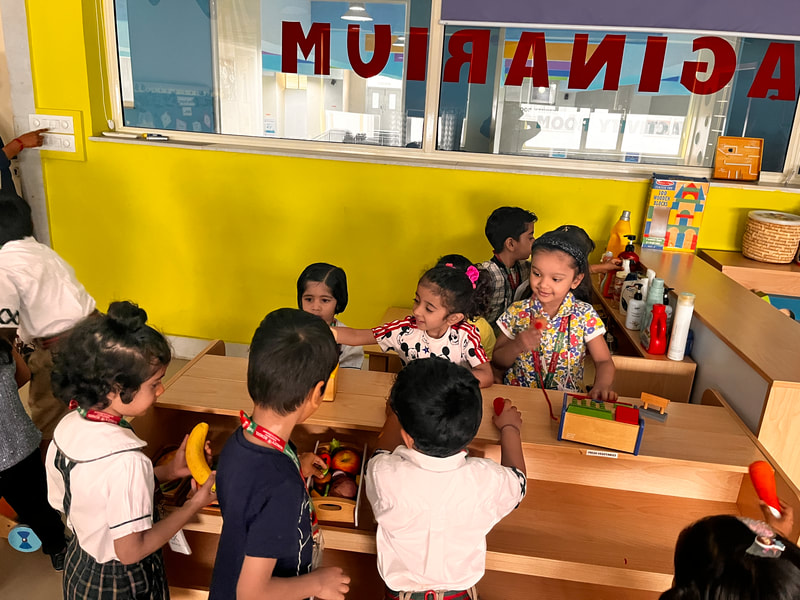

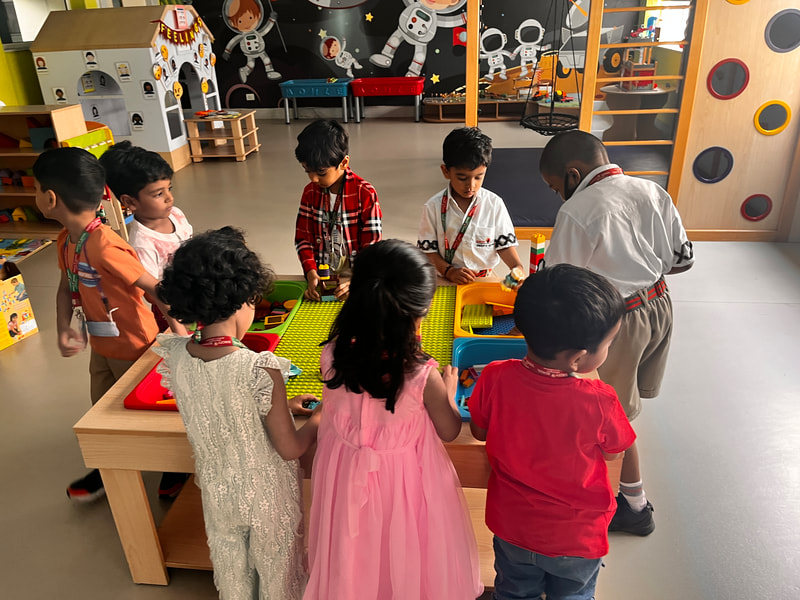
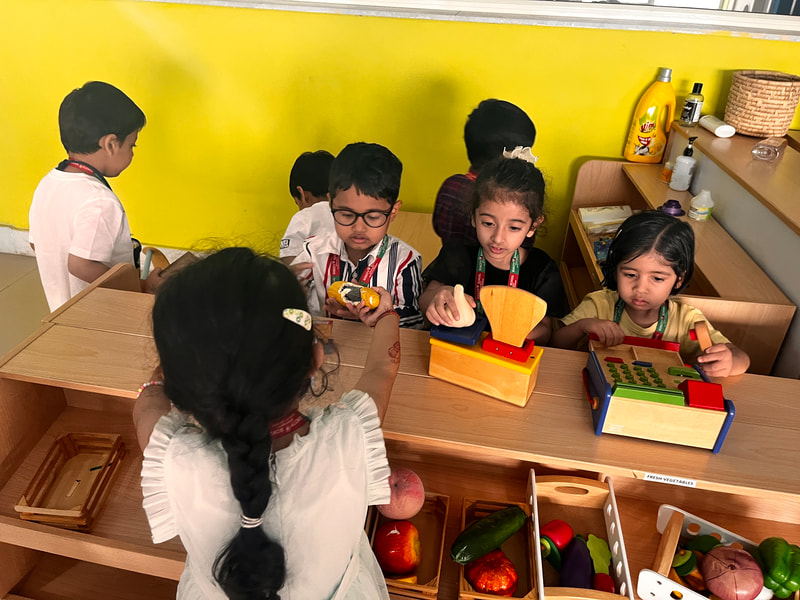
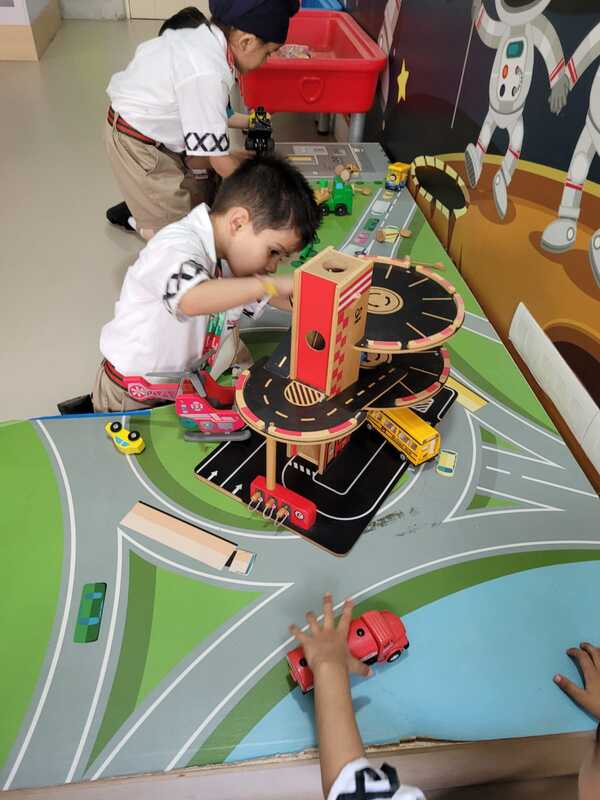
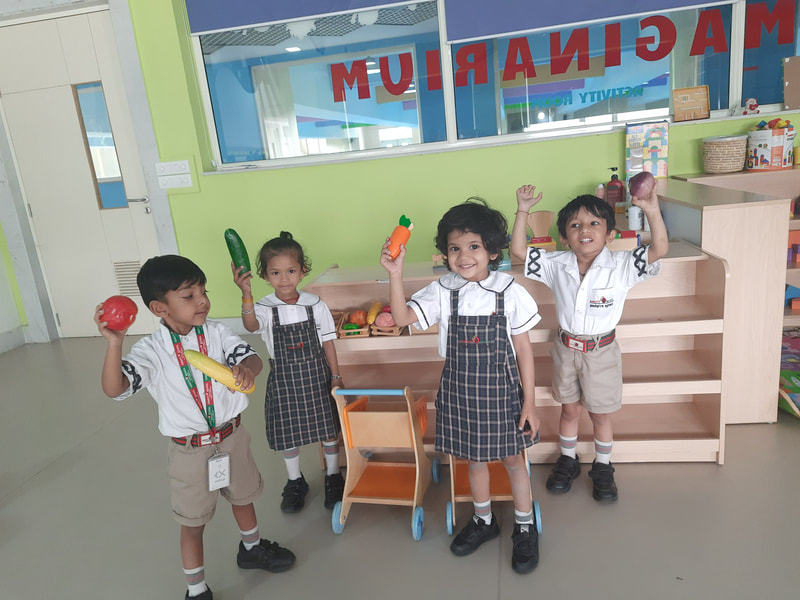
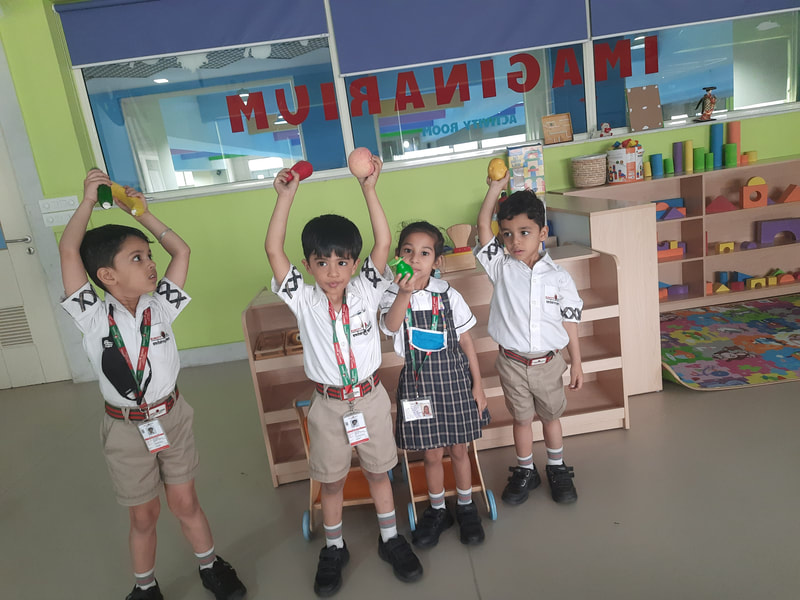
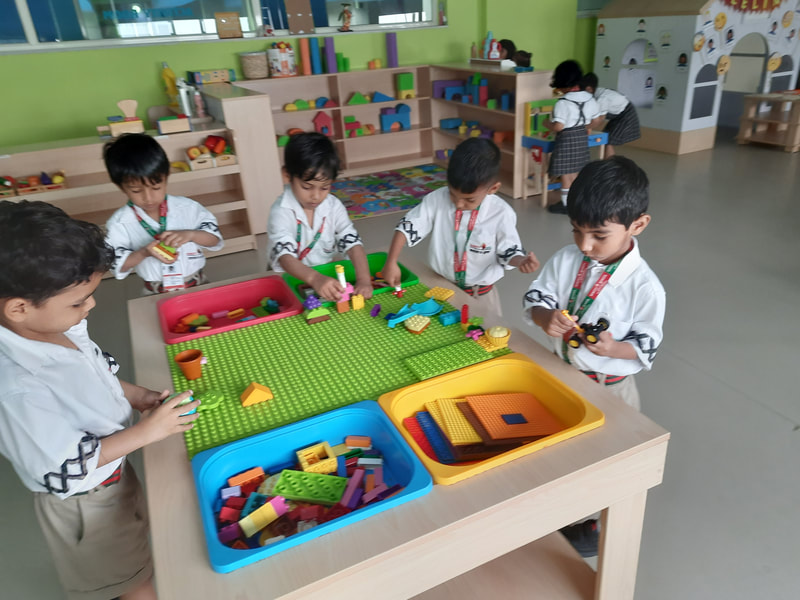
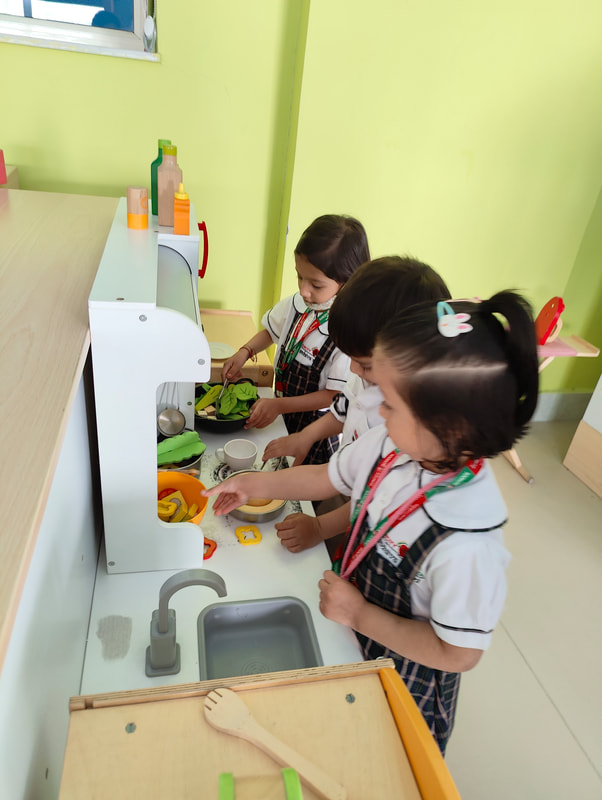
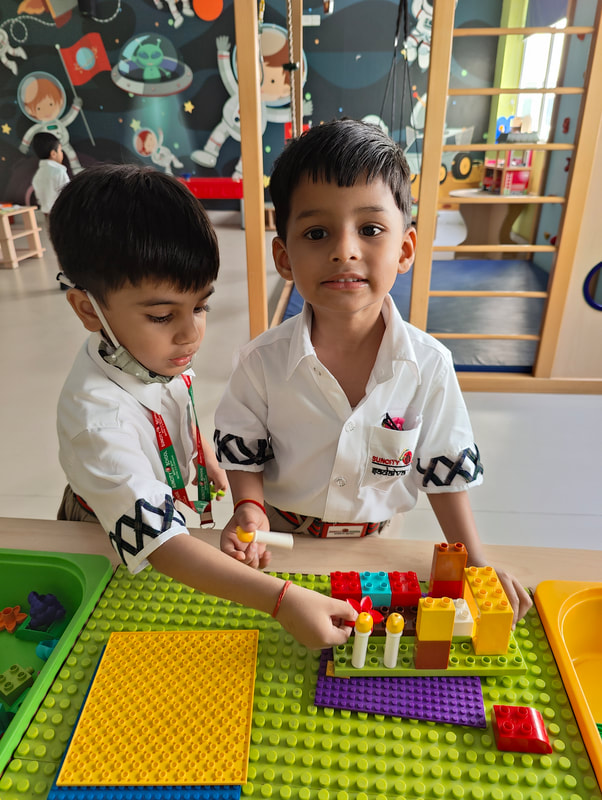
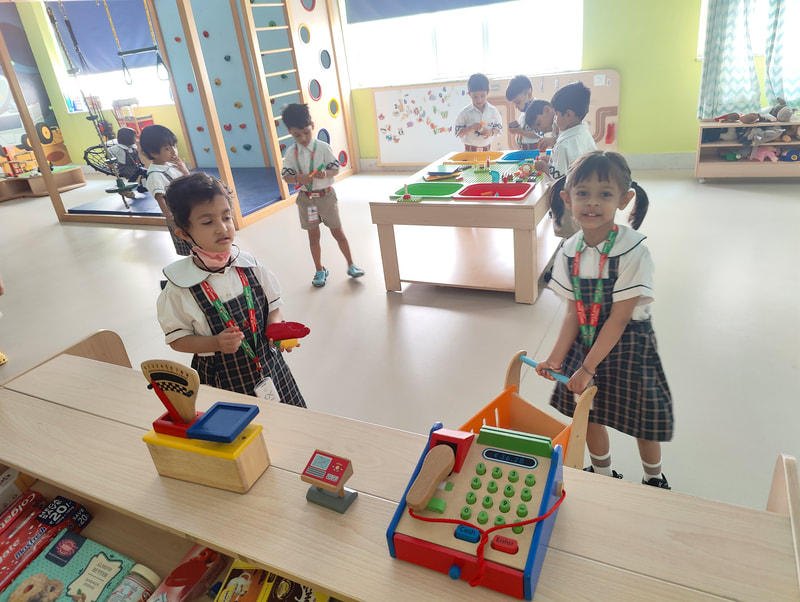
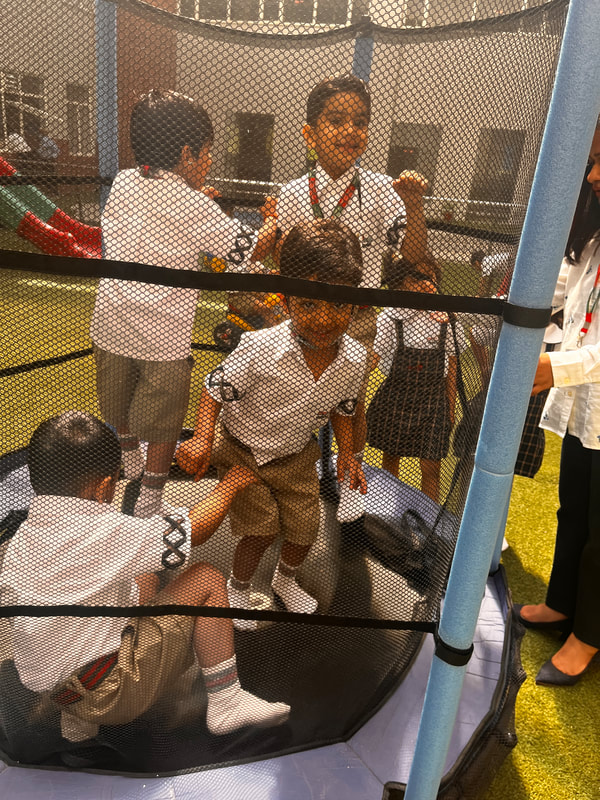
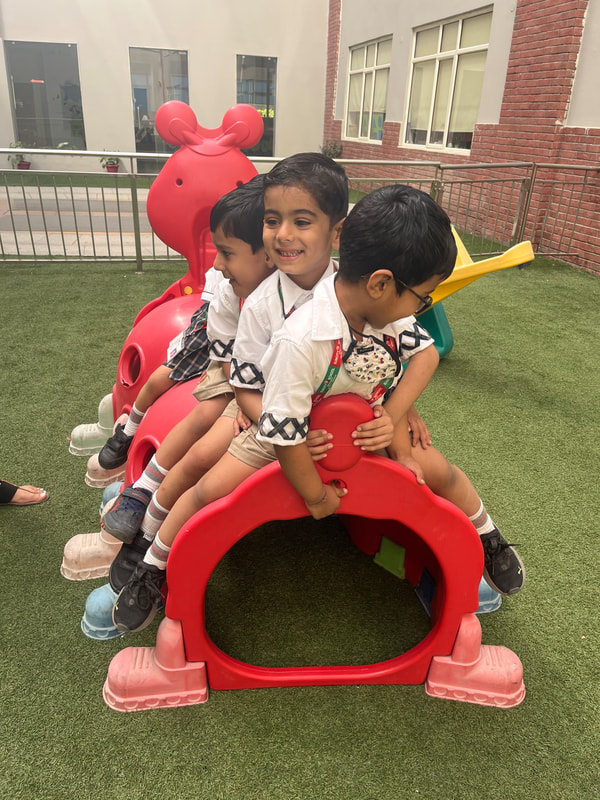
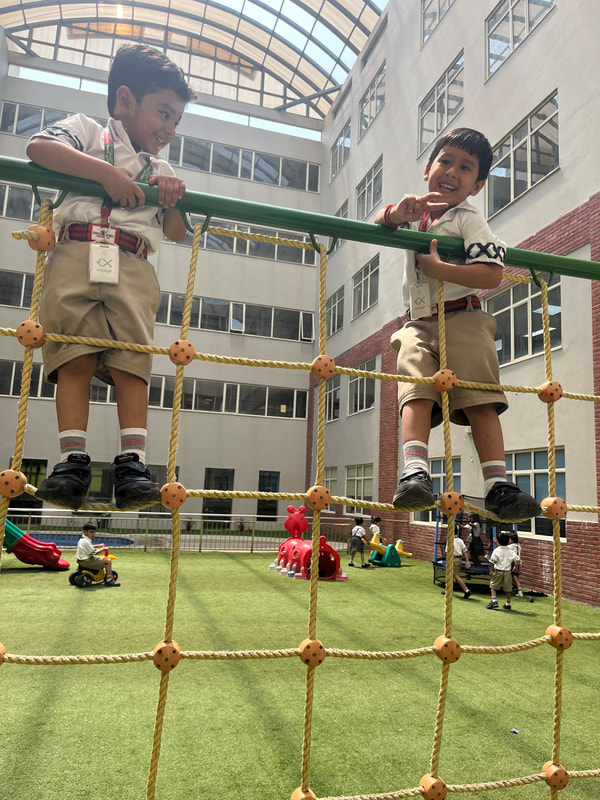
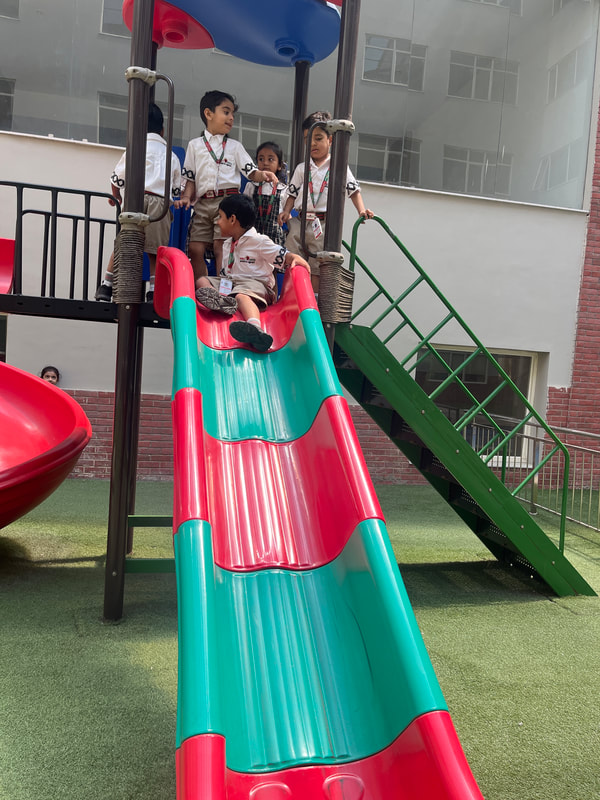
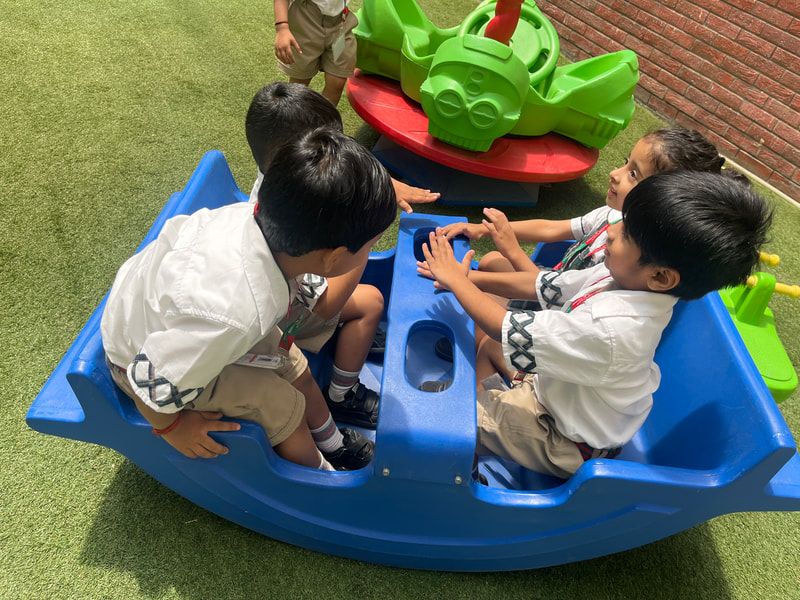
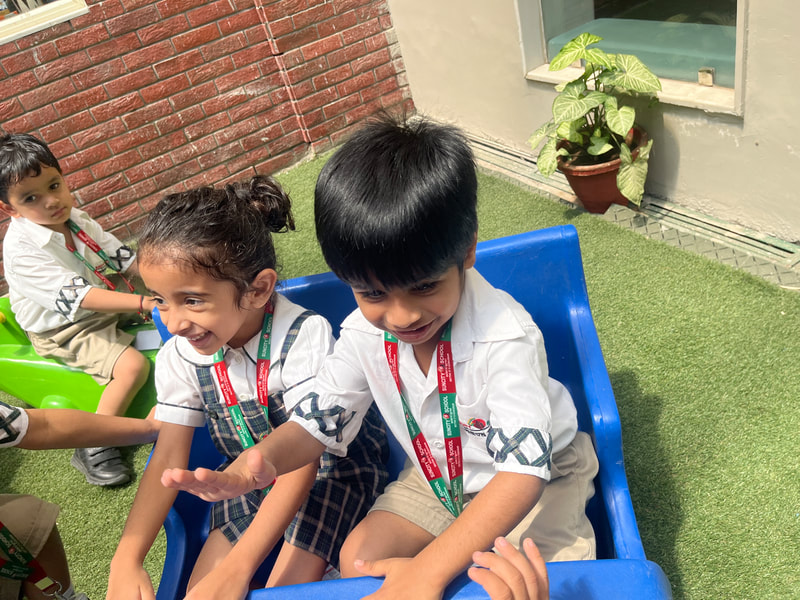
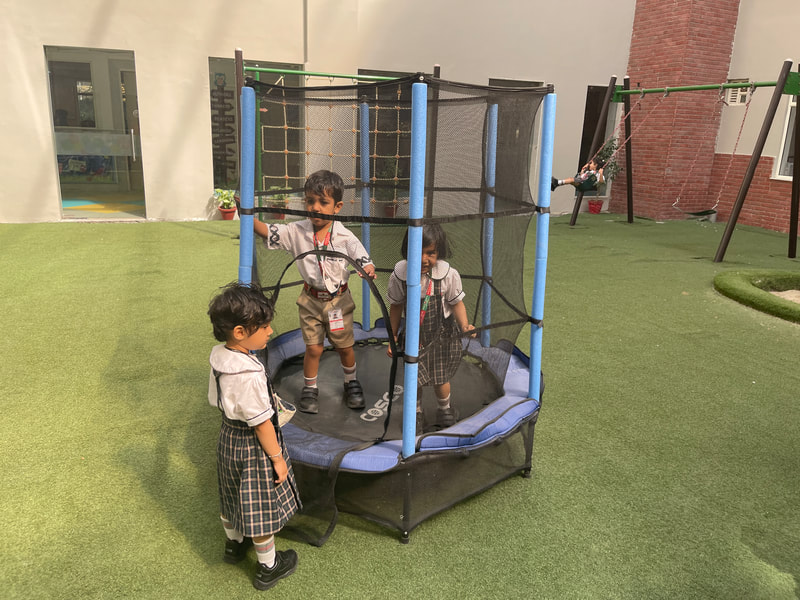
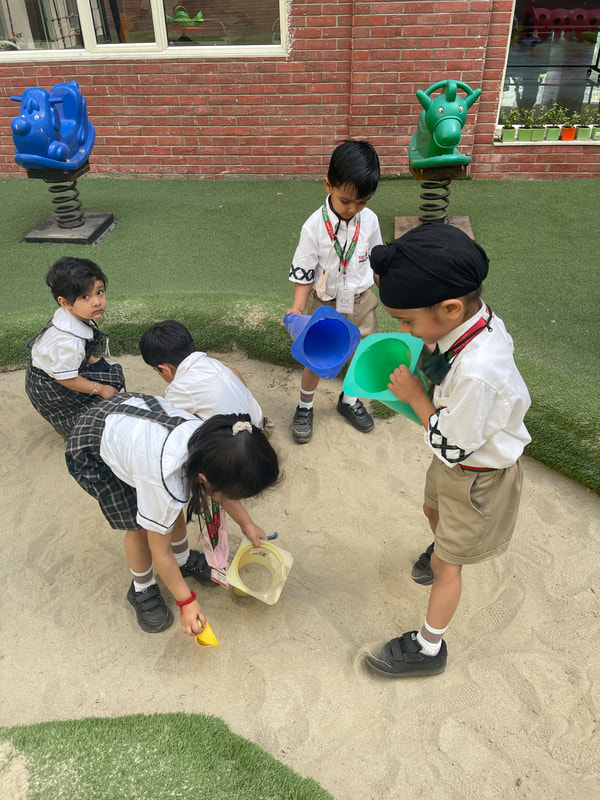
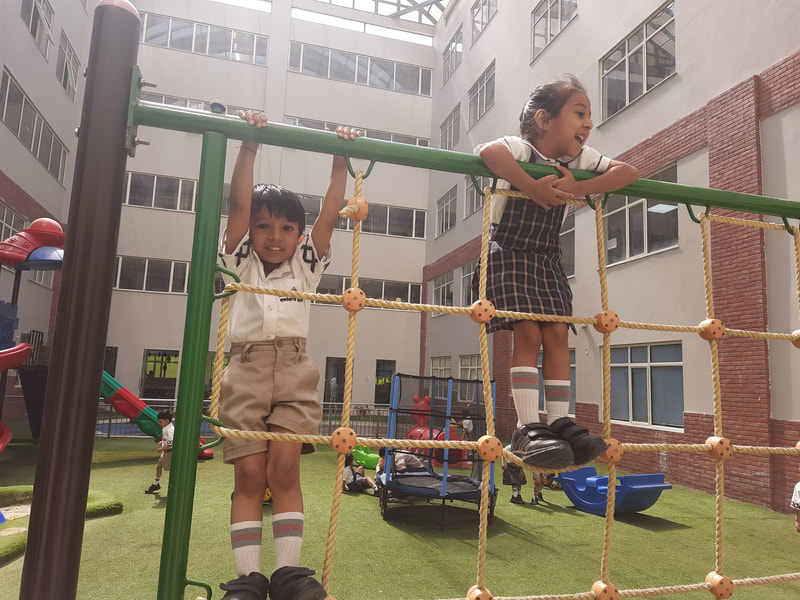
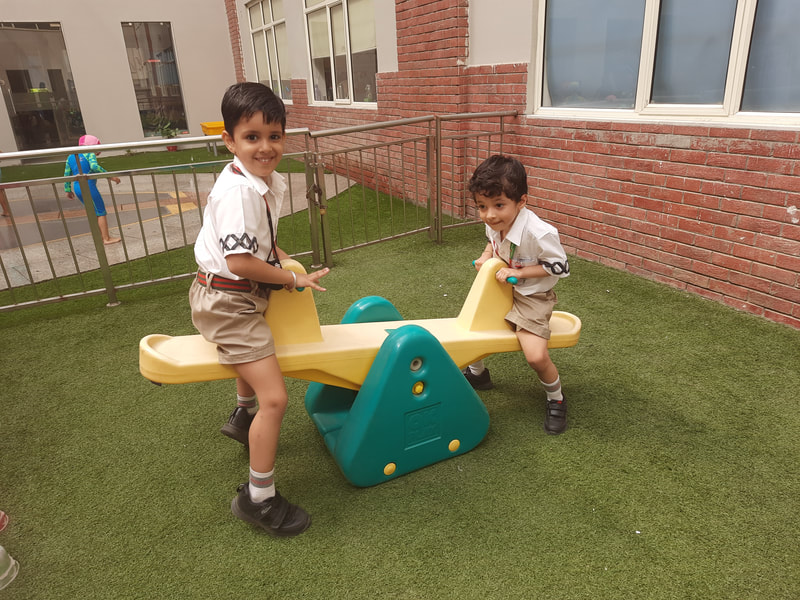
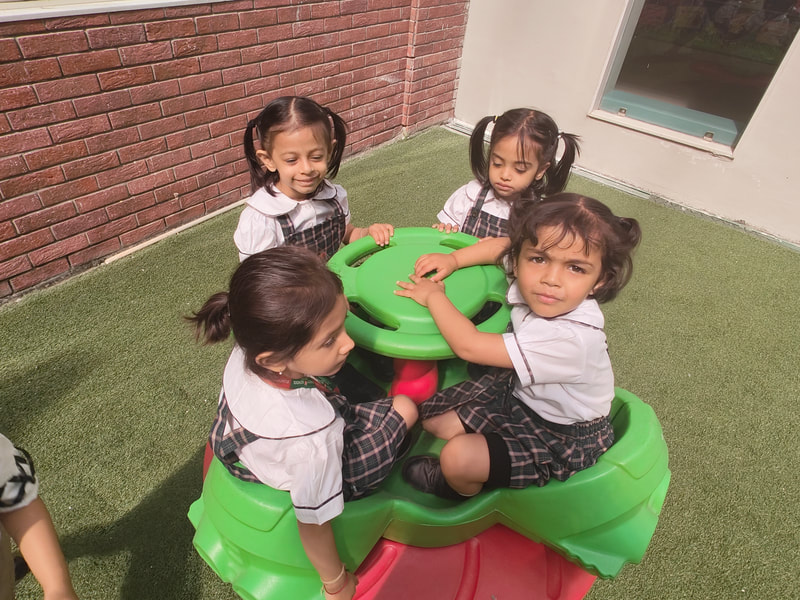
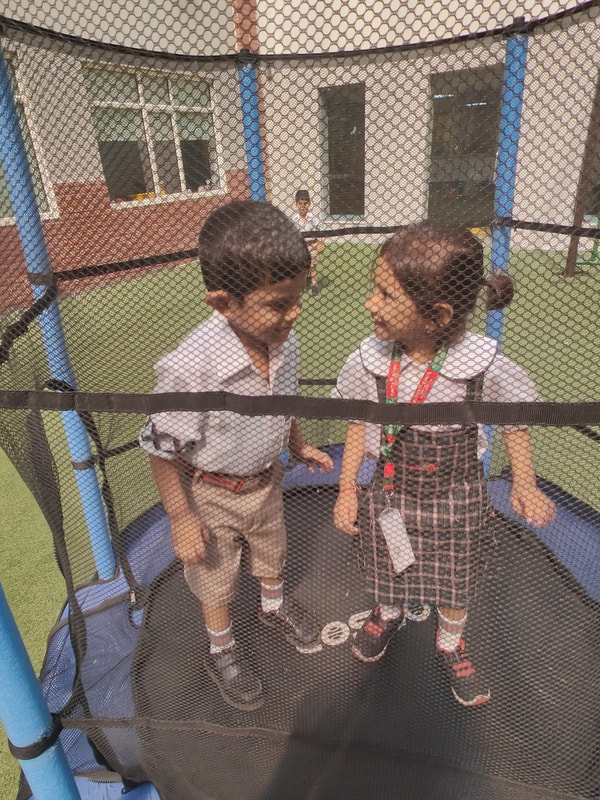
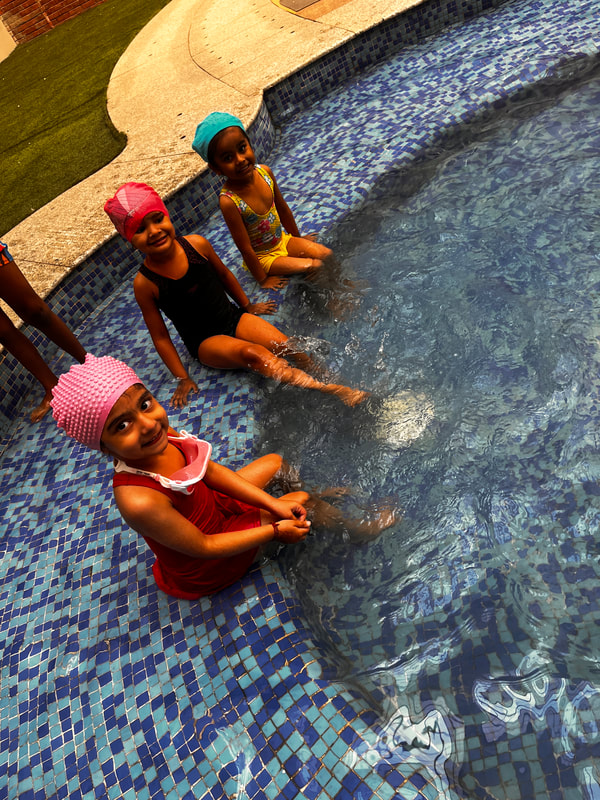
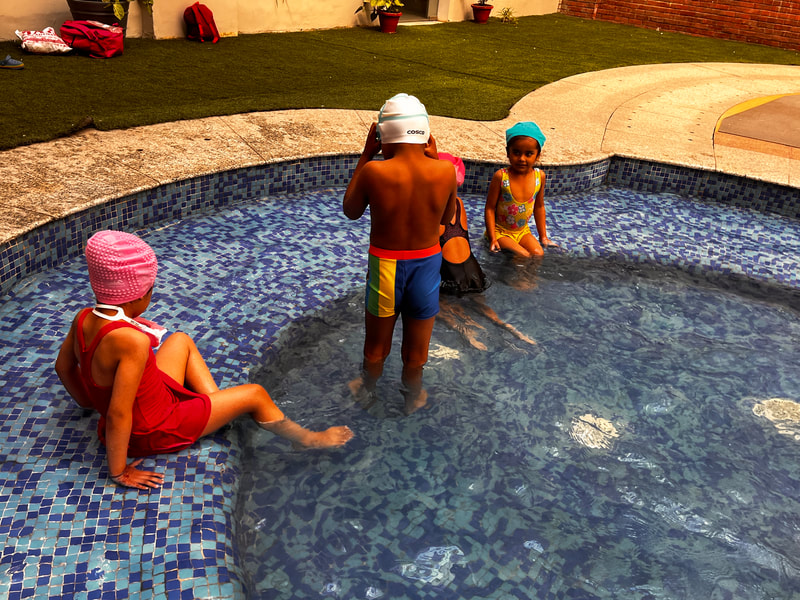

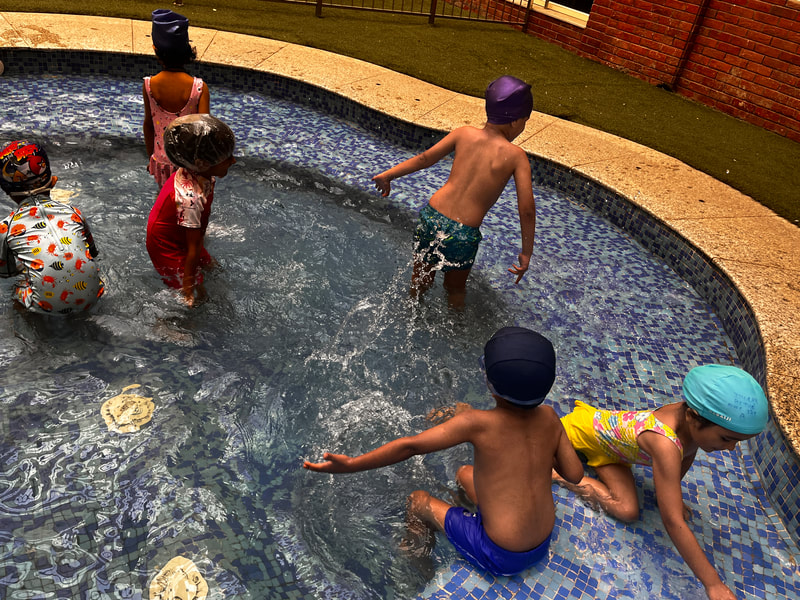
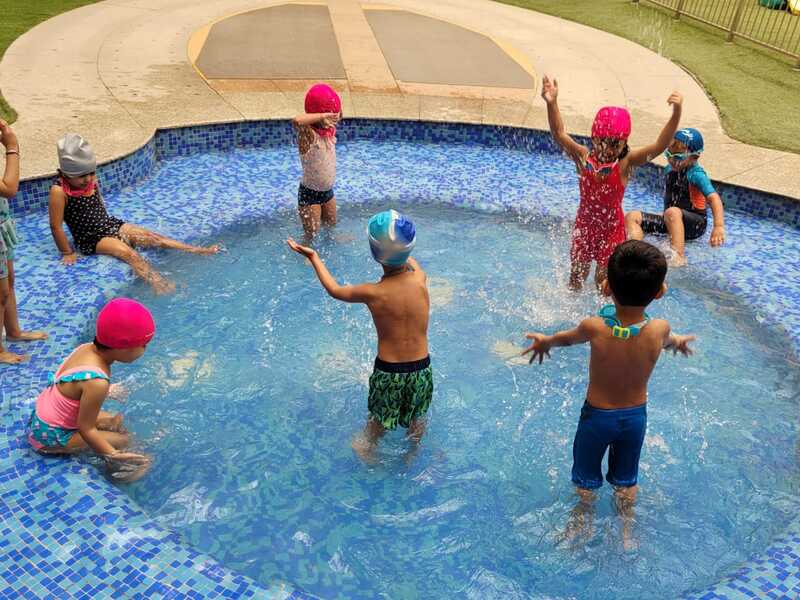

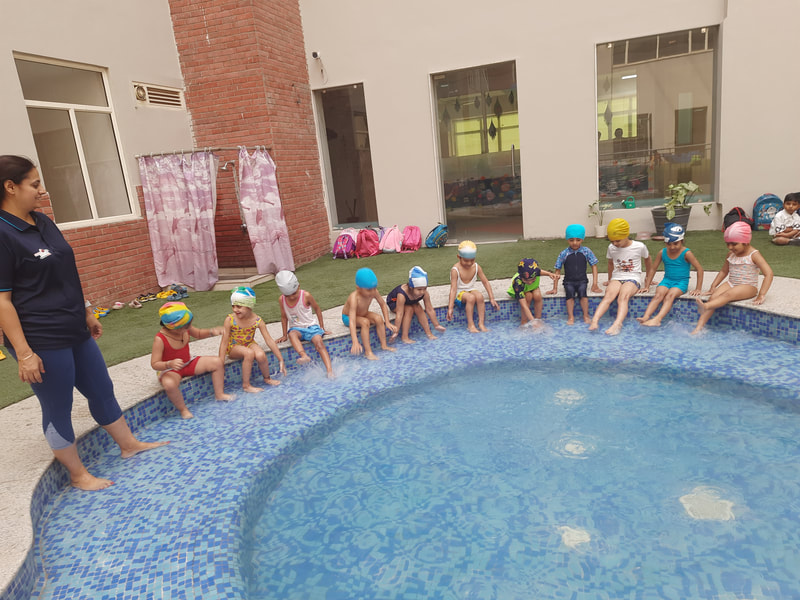
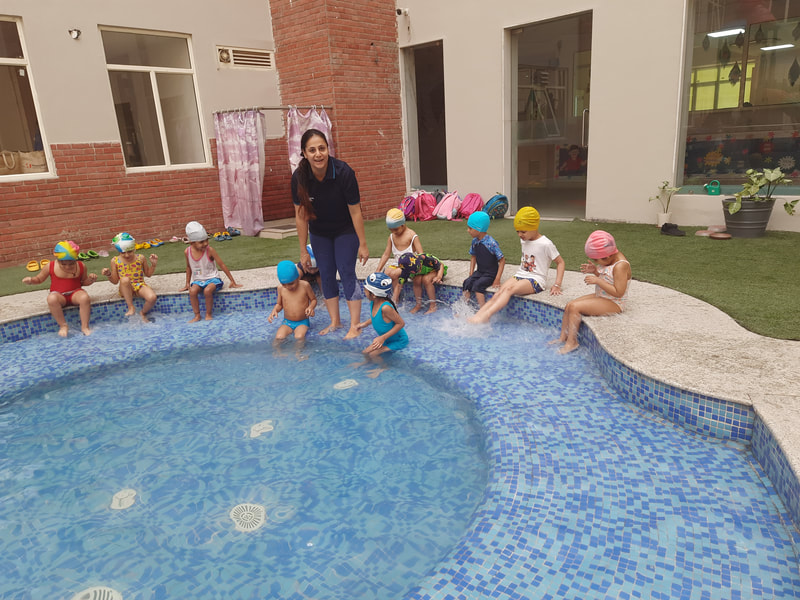

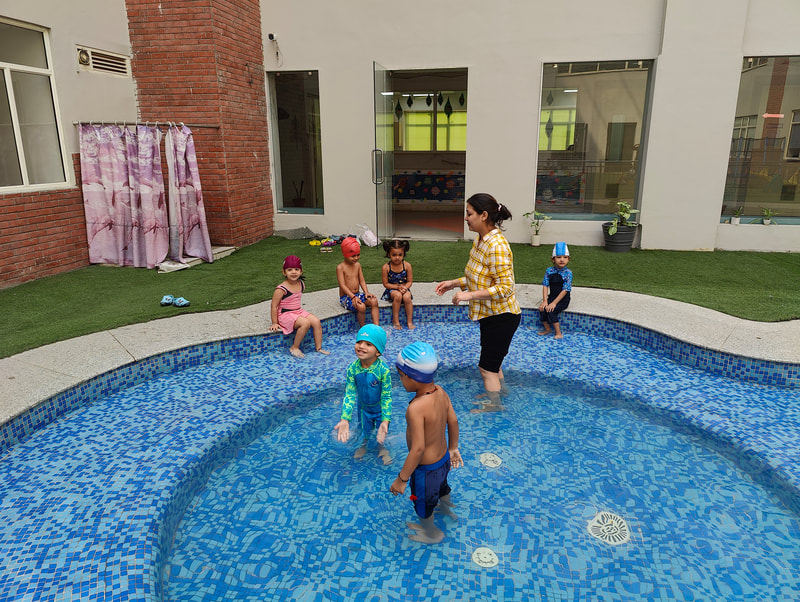

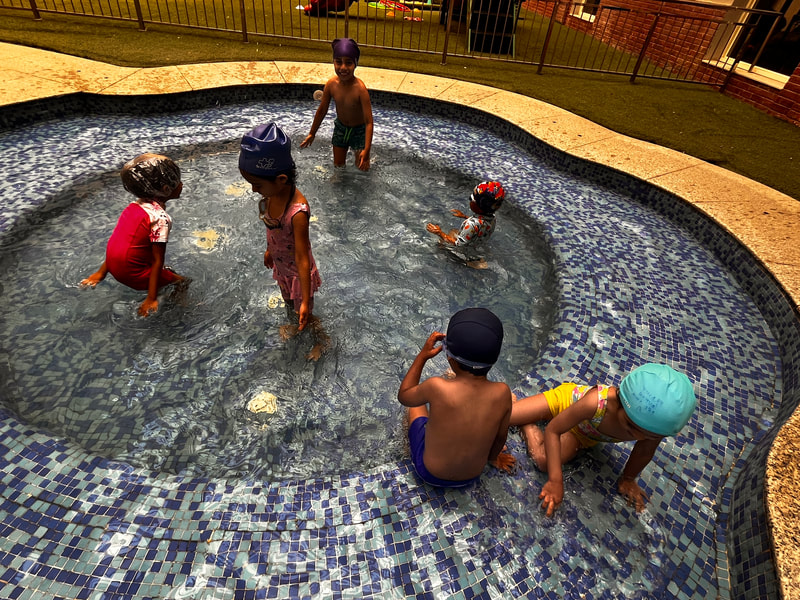
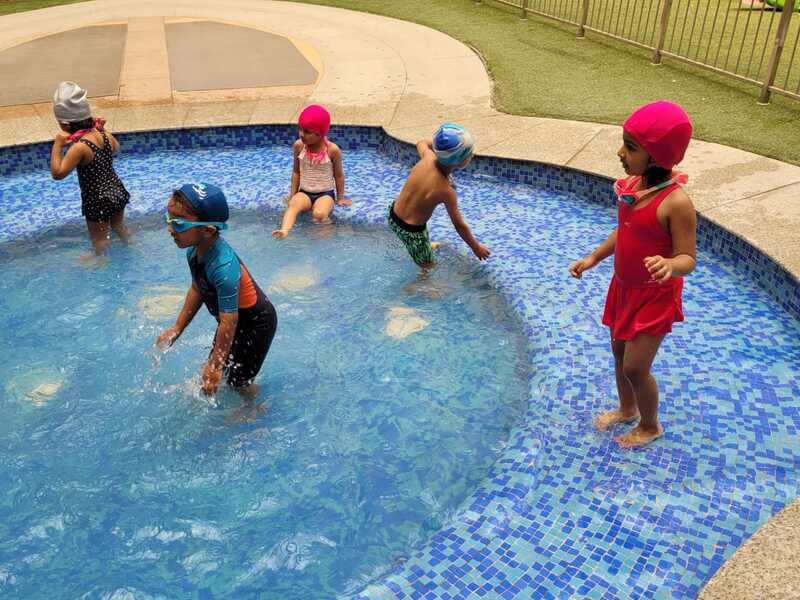
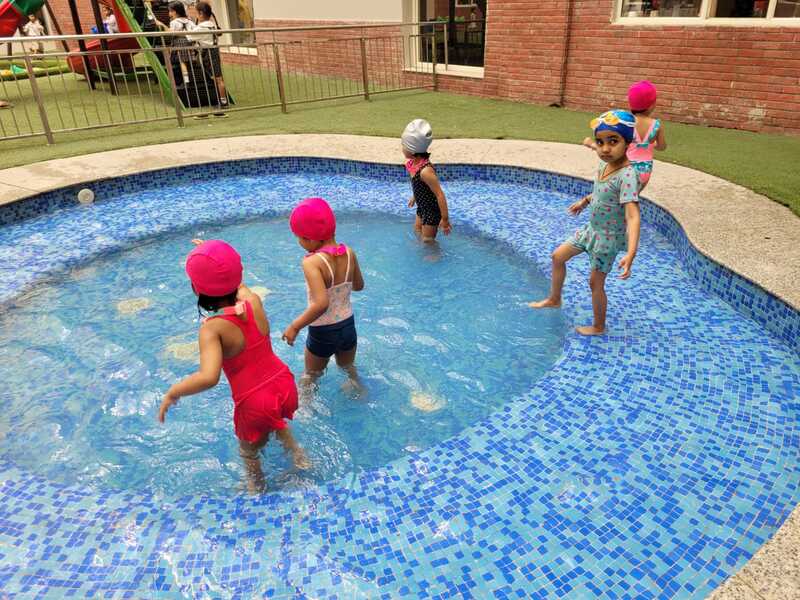
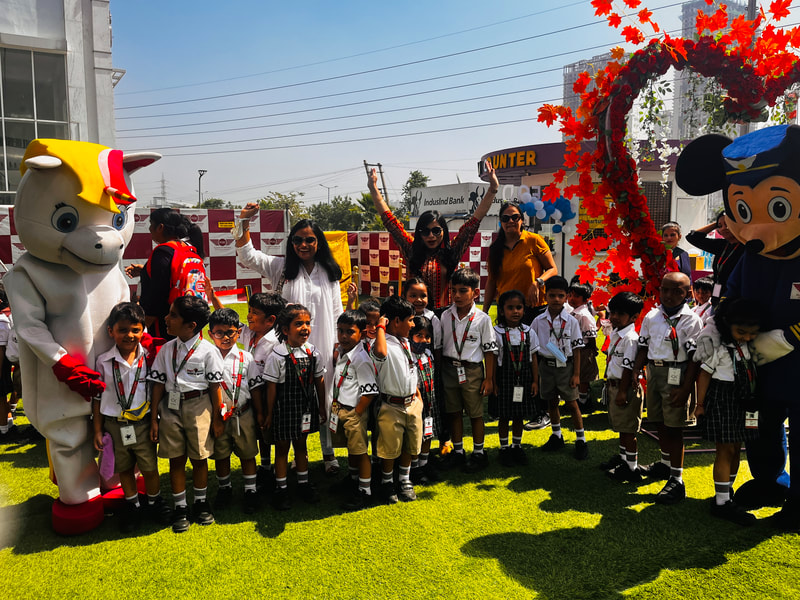
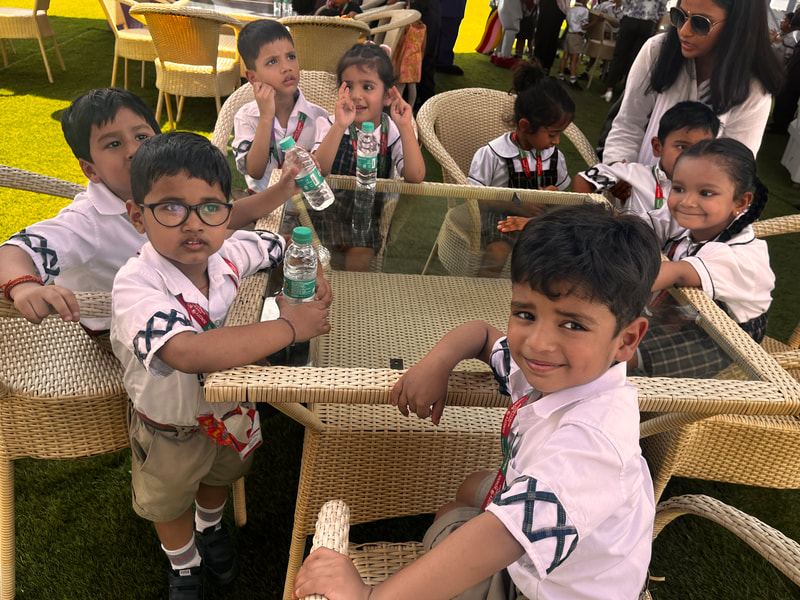

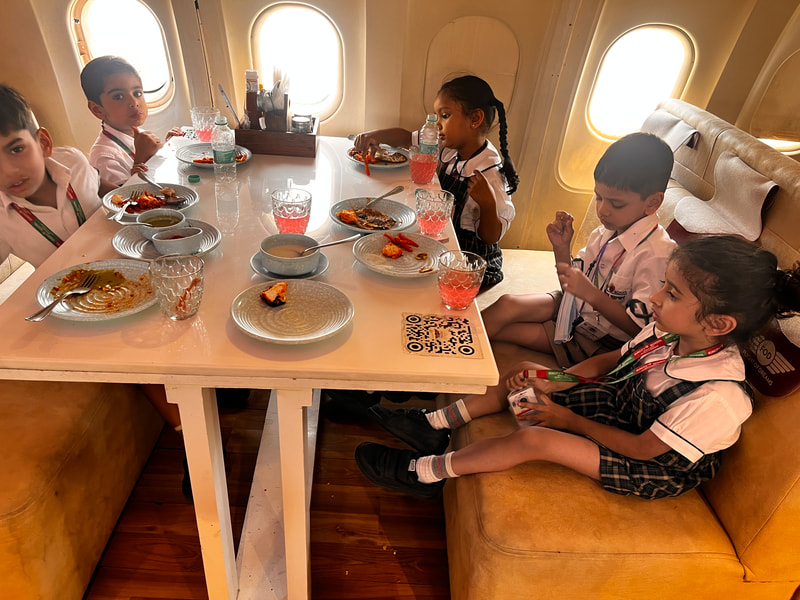



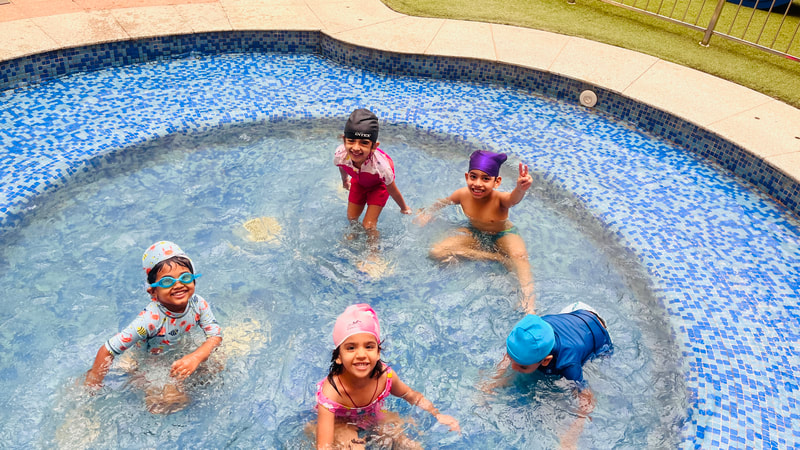
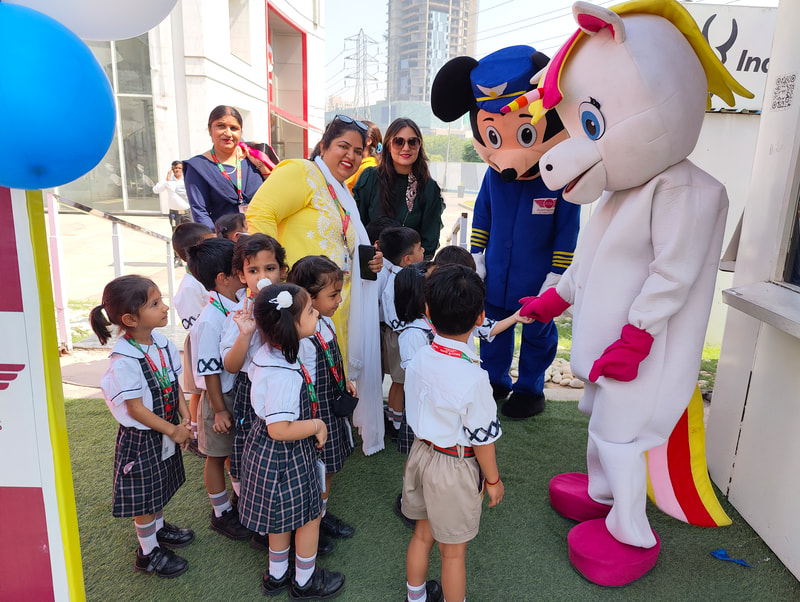
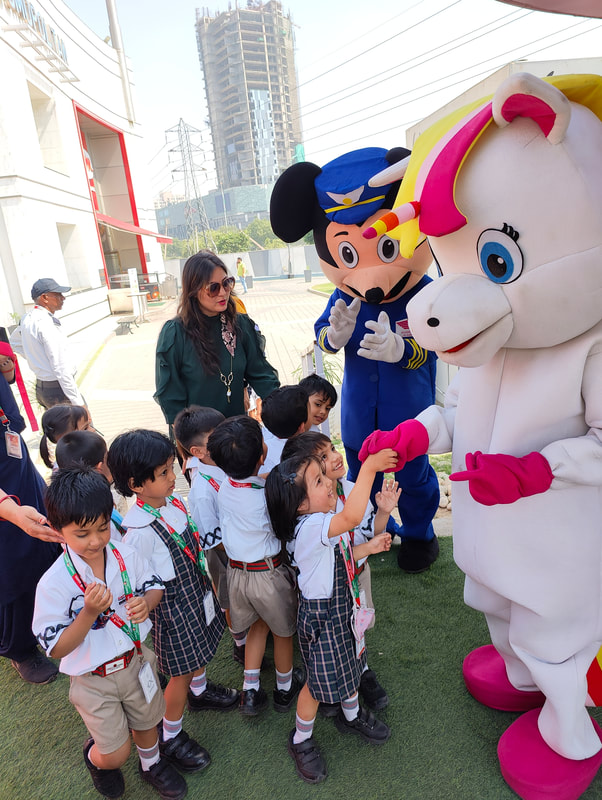

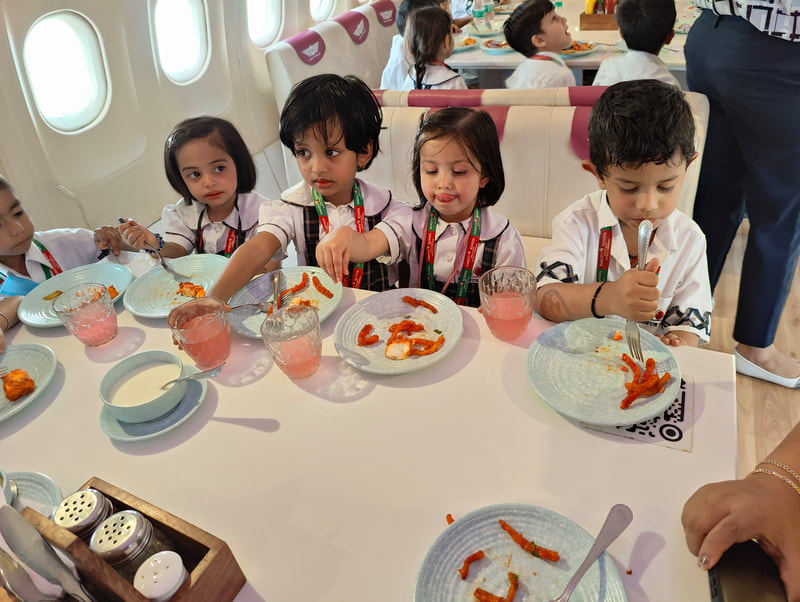

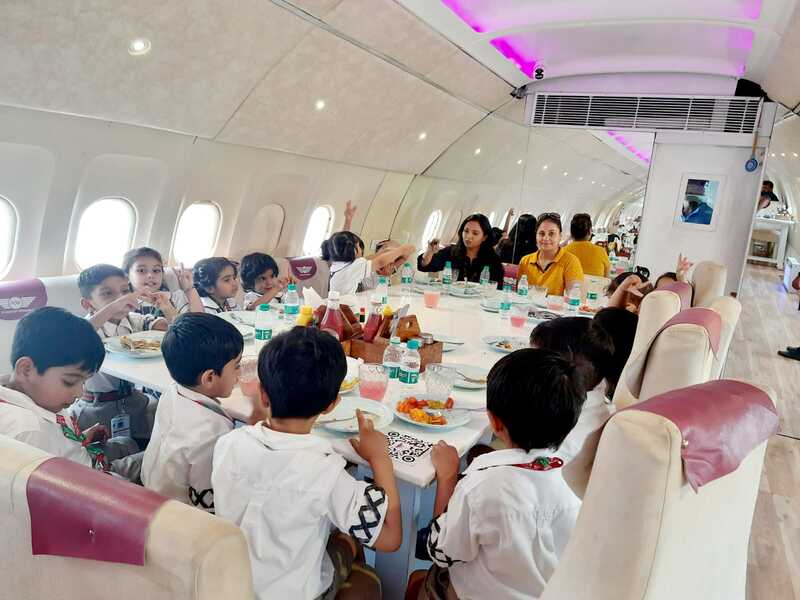

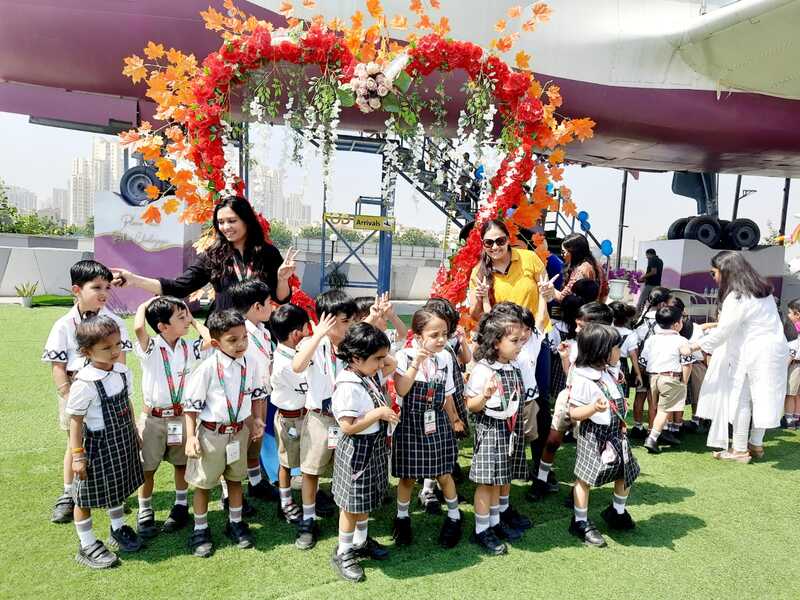


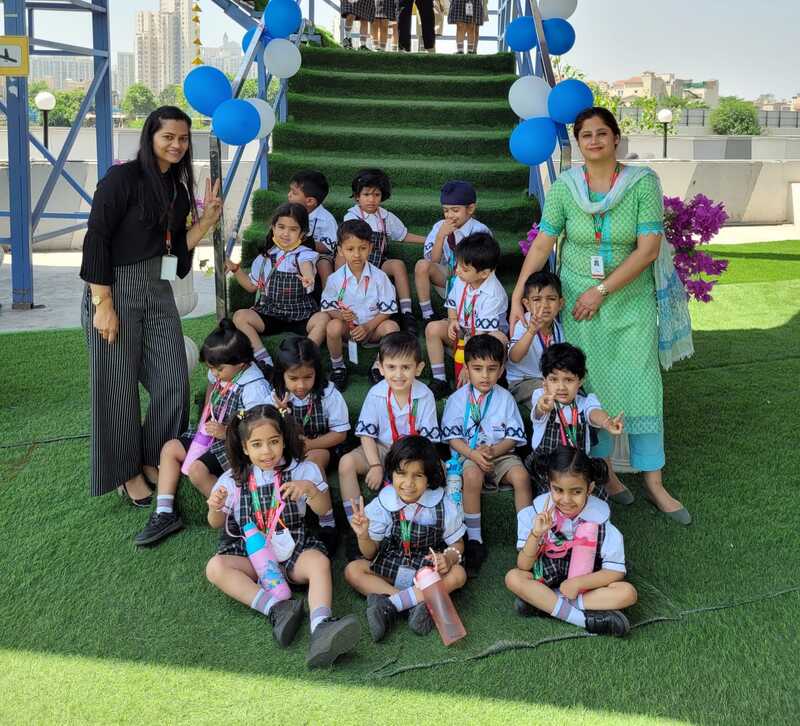
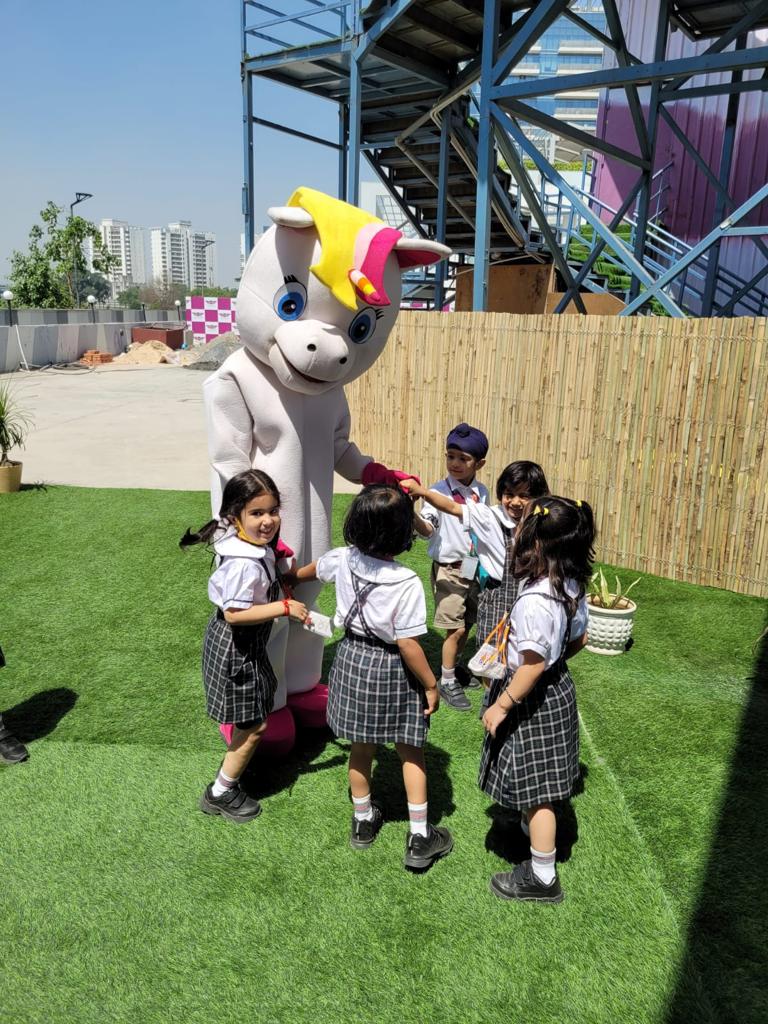

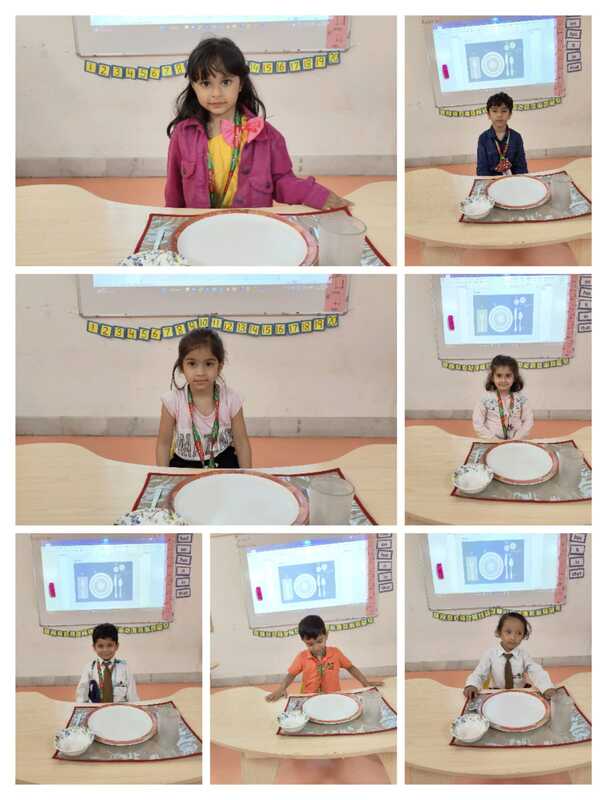
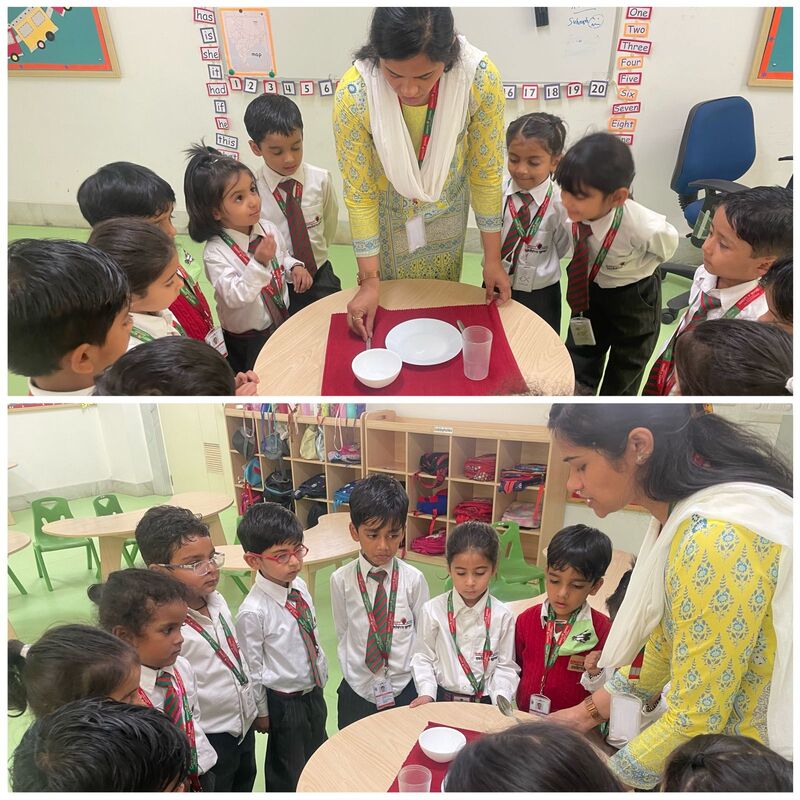
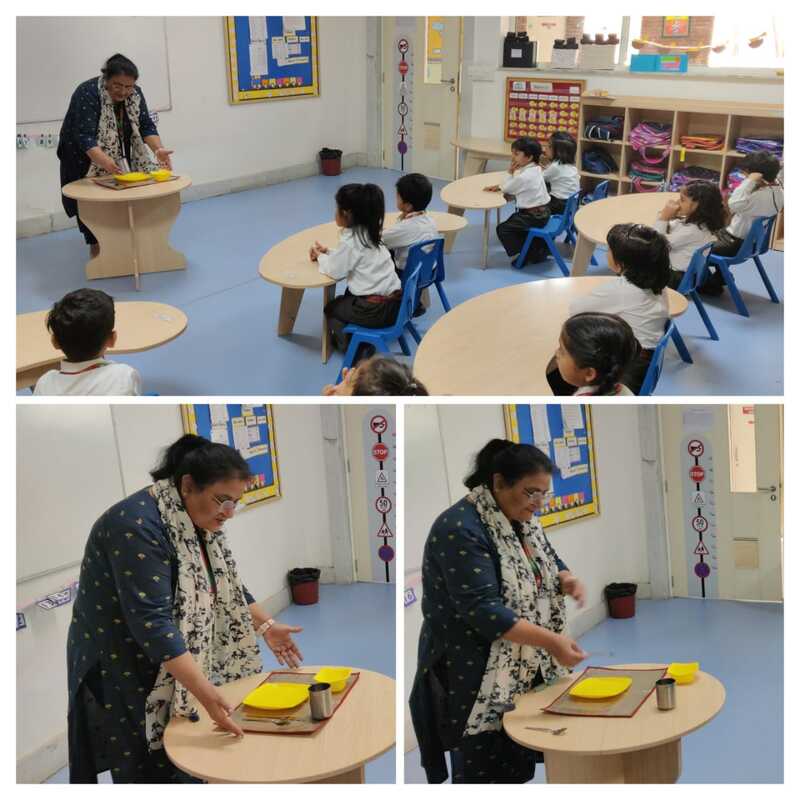

 RSS Feed
RSS Feed
